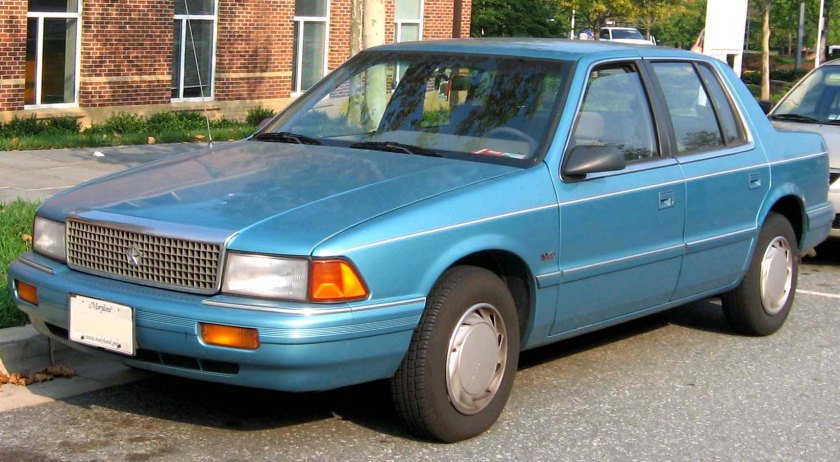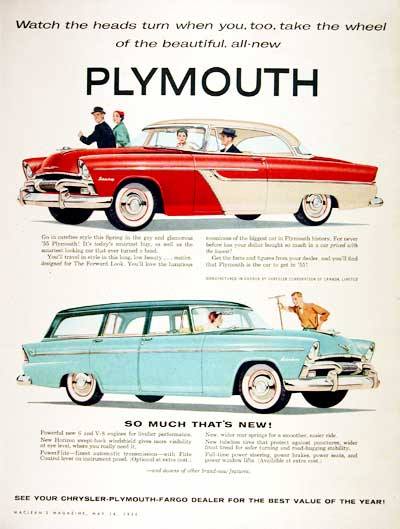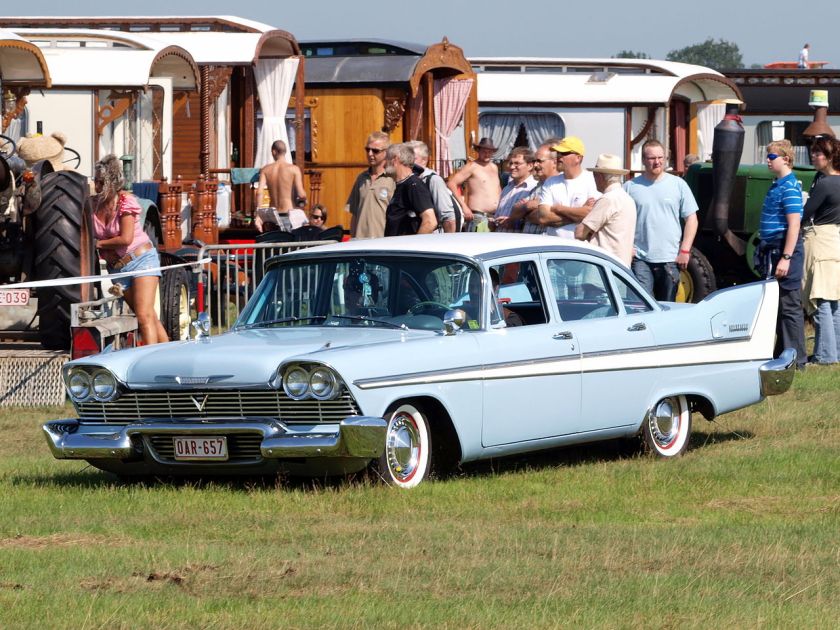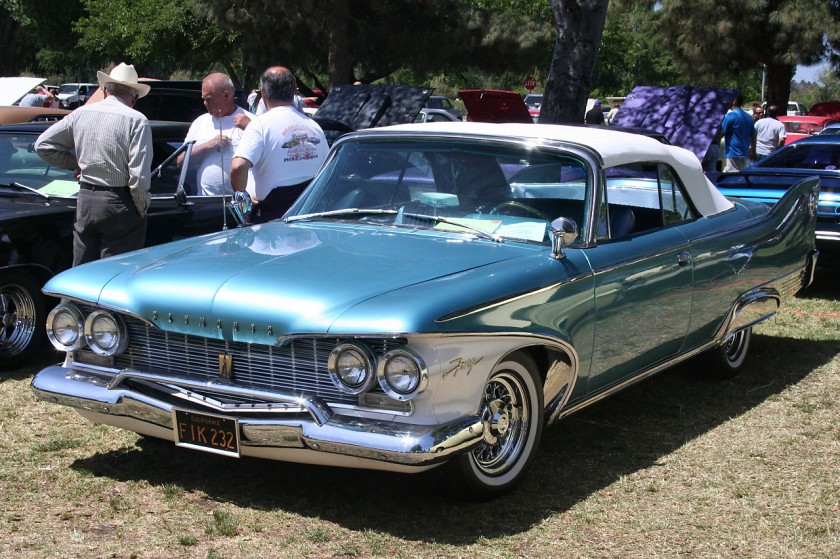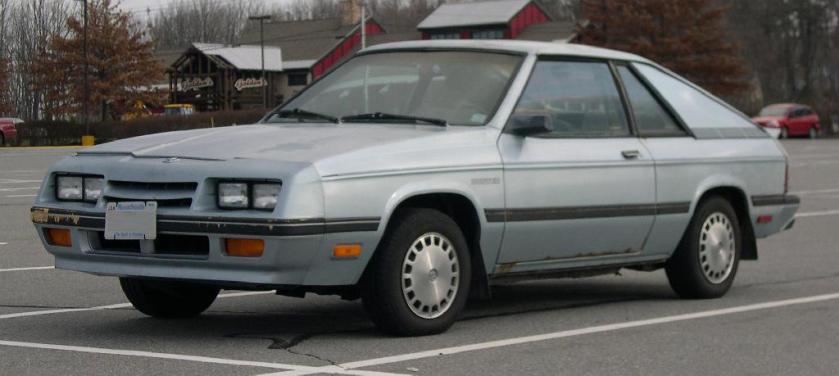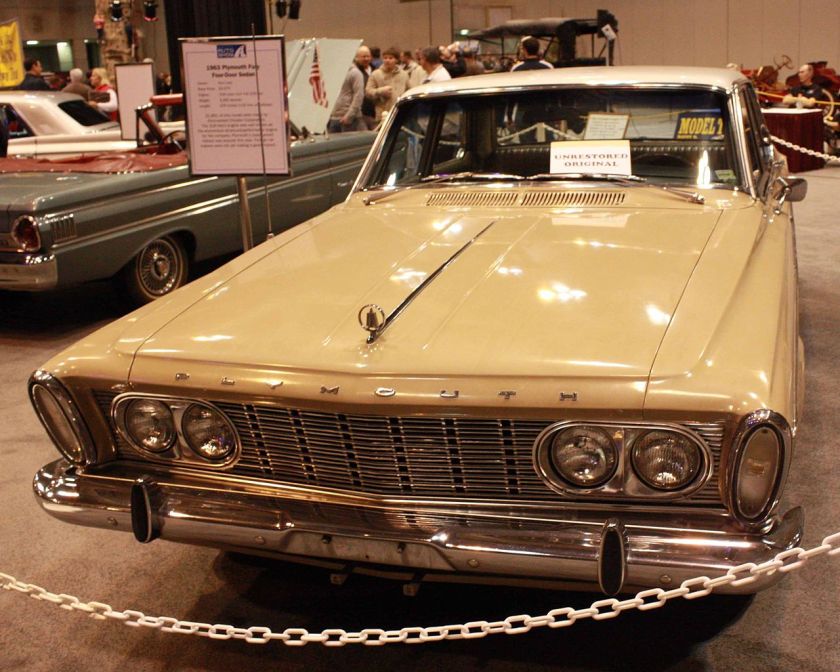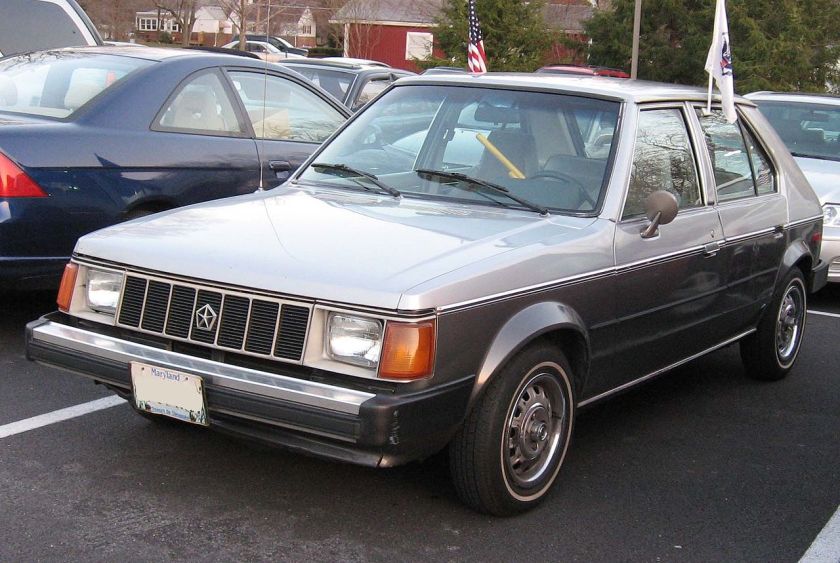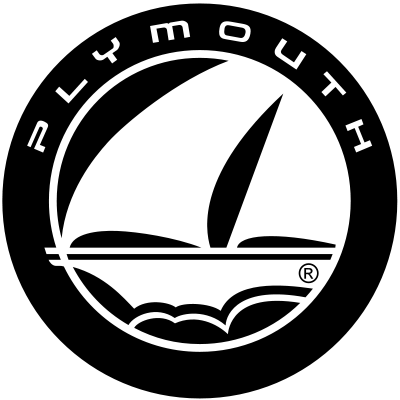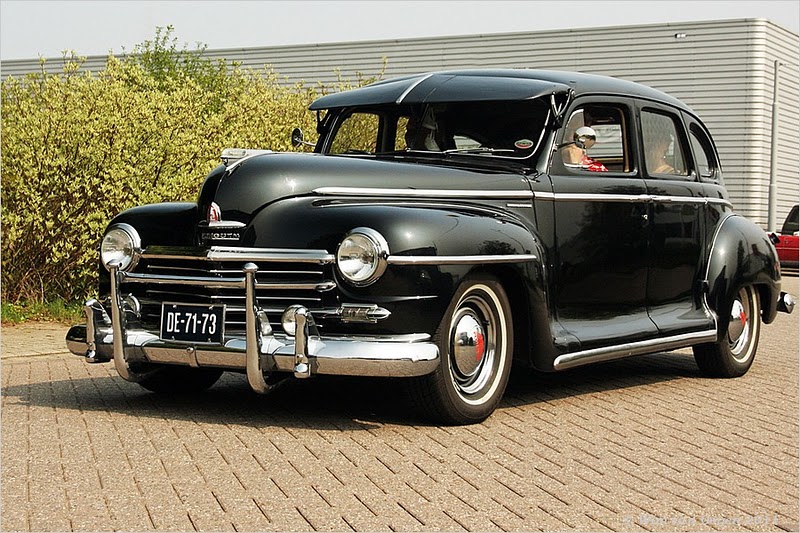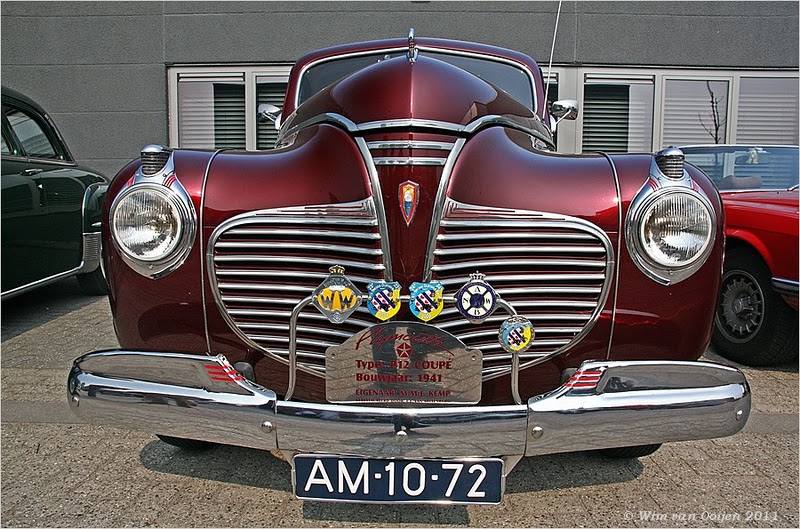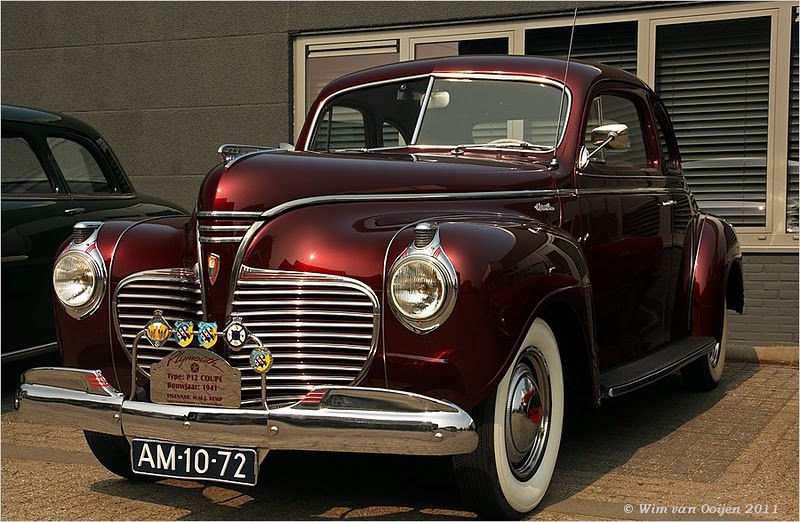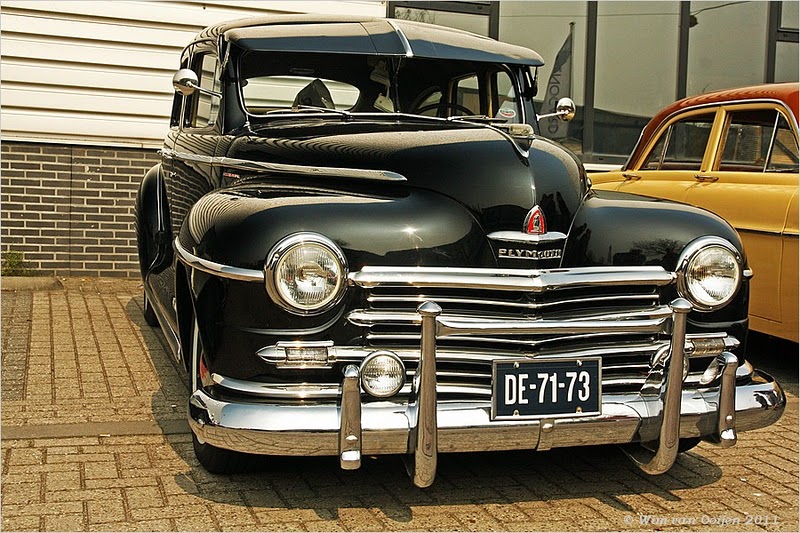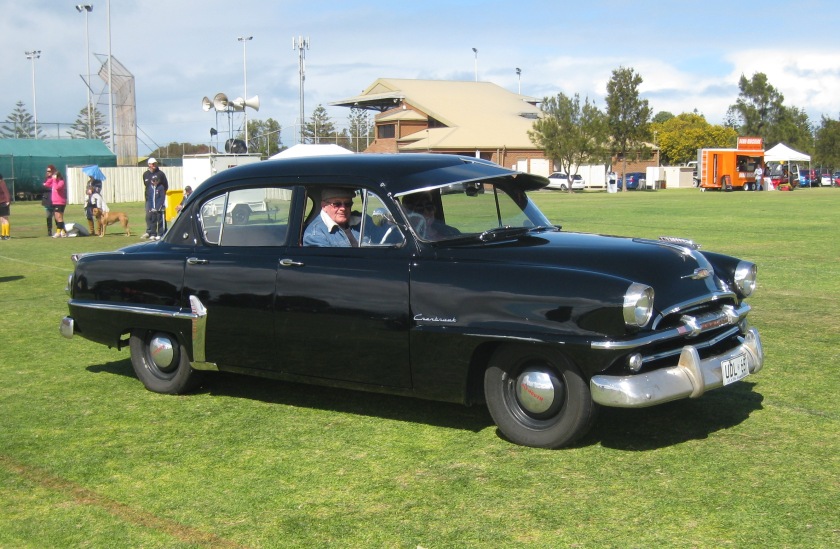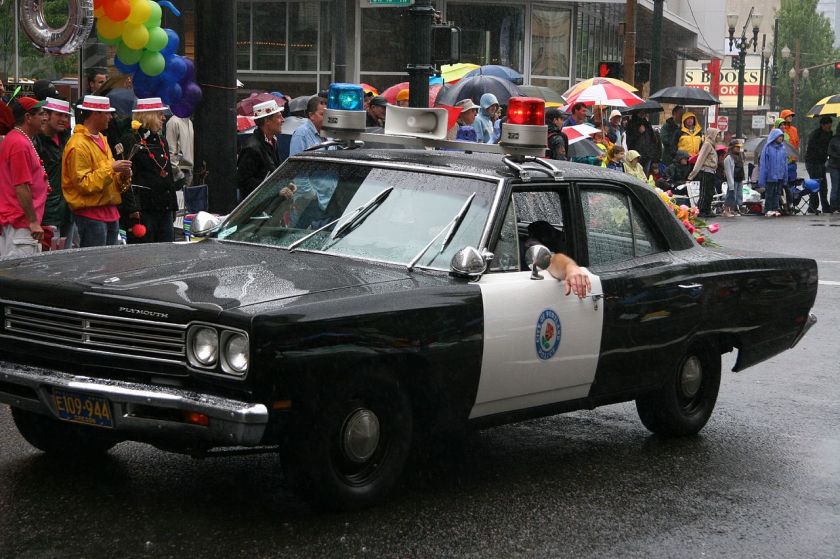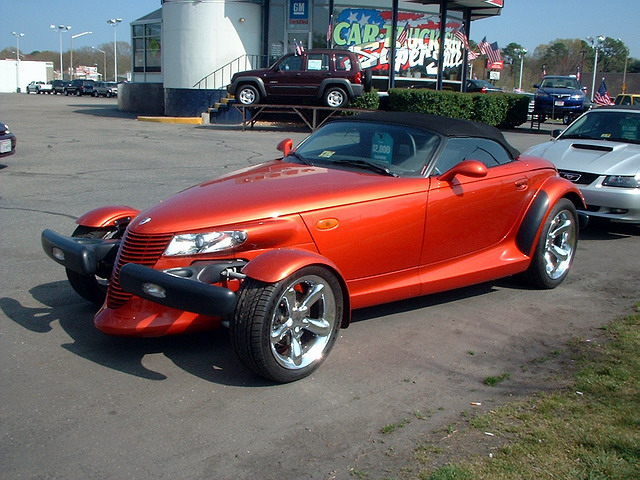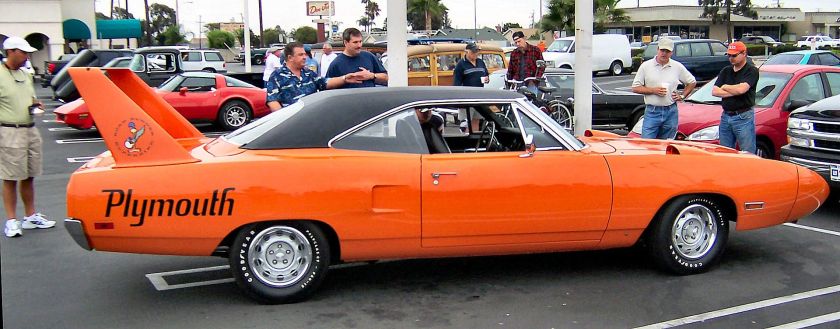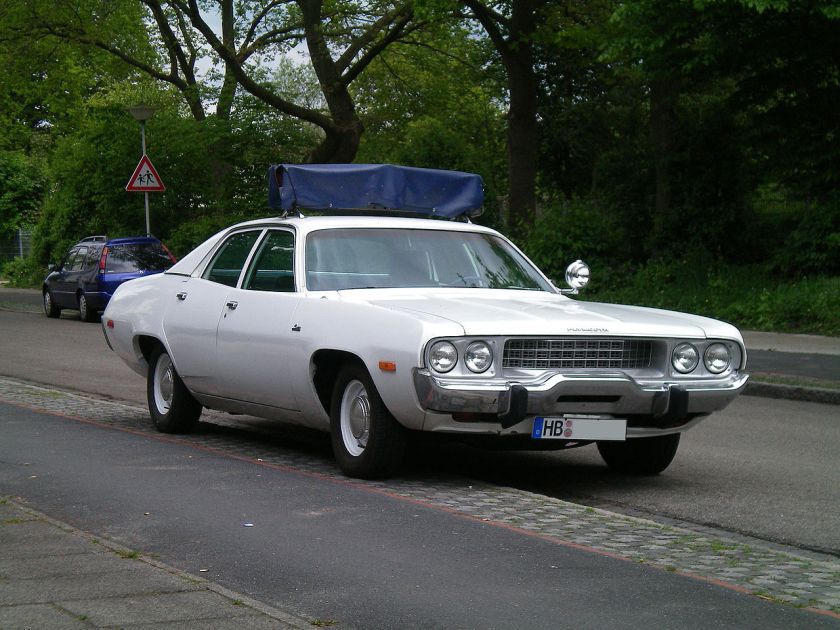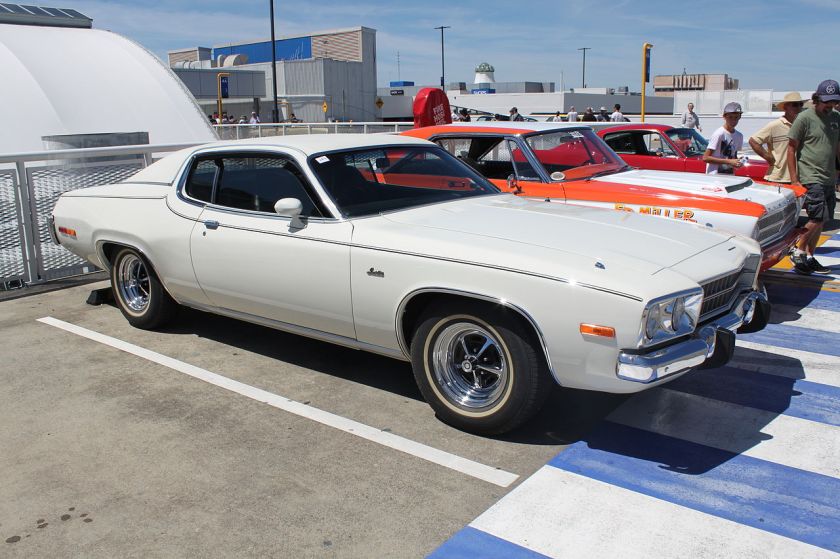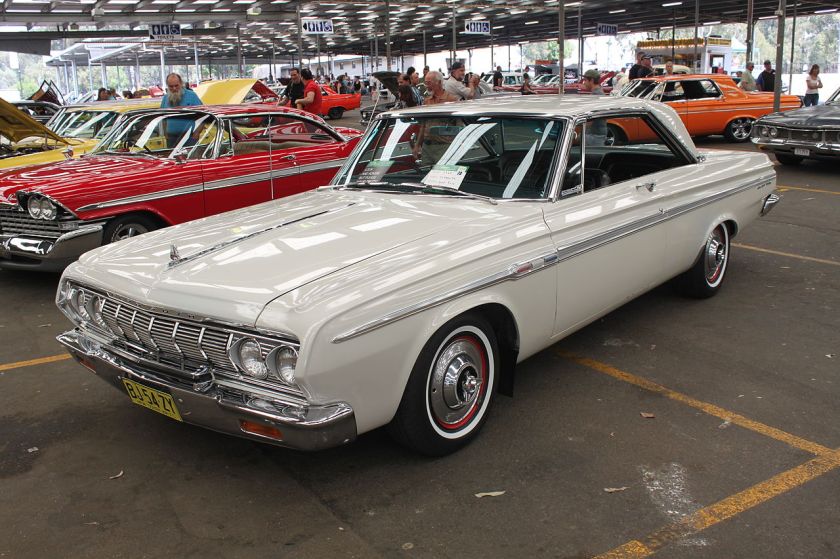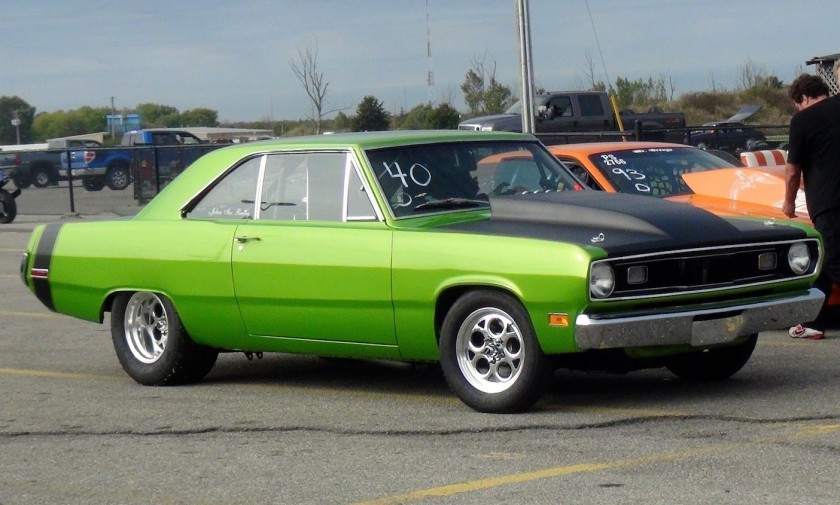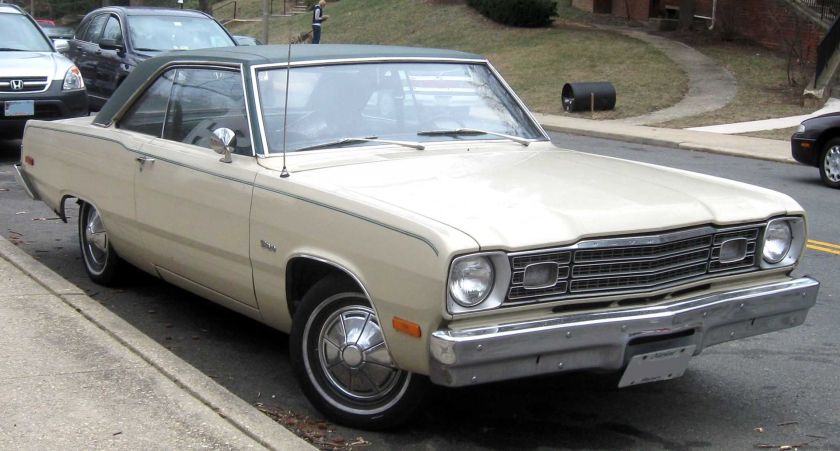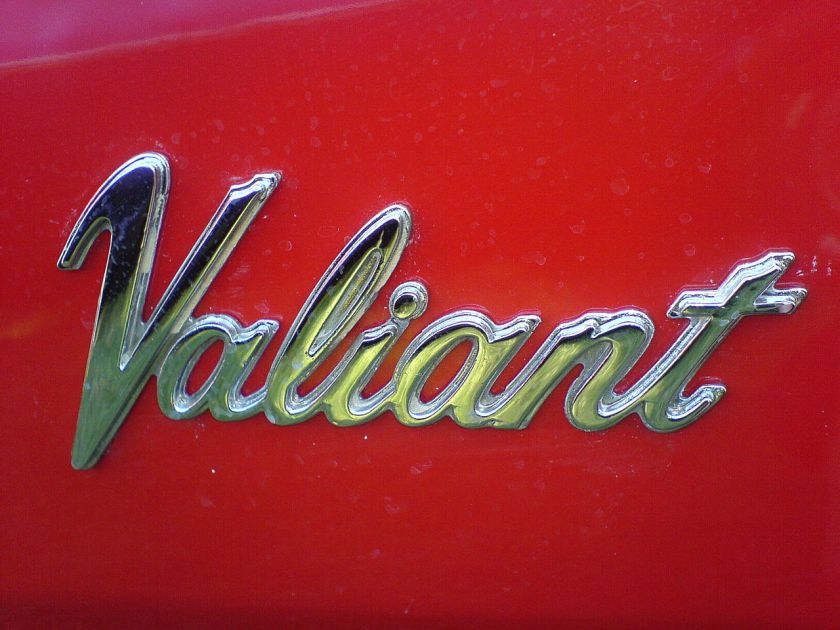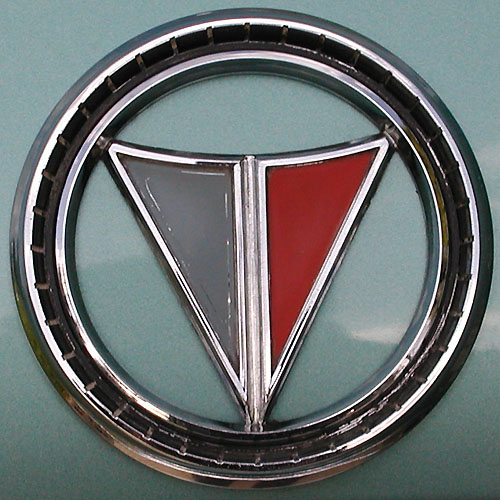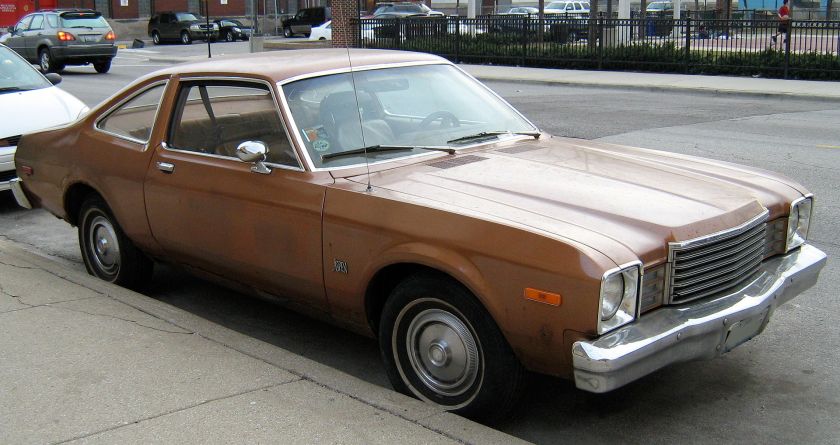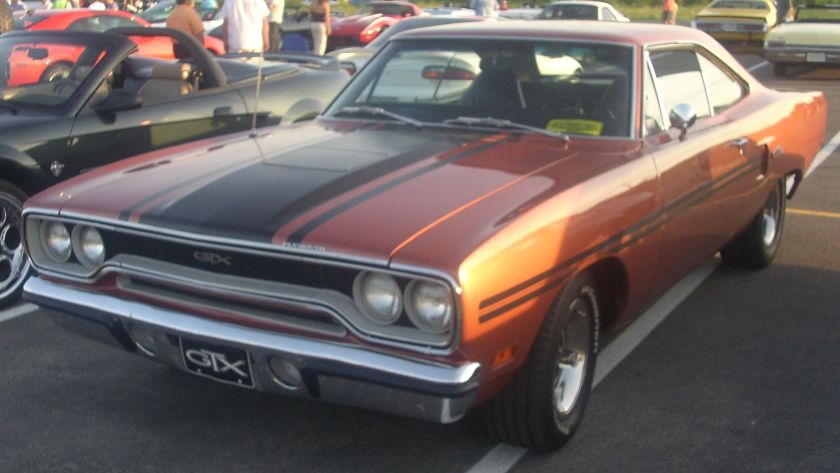Plymouth (automobile) 1928 – 2001 Auburn Hills, Michigan, United States

“One clever idea after another” (late 1990s)
|
|
| Industry | Automobile |
|---|---|
| Fate | Withdrawn from the market in 2001; models were either discontinued or rebranded as Chrysler |
| Founded | July 7, 1928 |
| Founder | Walter Chrysler |
| Defunct | June 29, 2001 |
| Headquarters | Auburn Hills, Michigan United States |
| Products | Cars, Minivans |
| Parent | Chrysler (1928–1998) DaimlerChrysler (1998–2001) |
Plymouth was a brand of automobiles based in the United States, produced by the Chrysler Corporation and its successor DaimlerChrysler. The brand first appeared in 1928 in the United States and was discontinued in 2001.
History
Origins
The Plymouth automobile was introduced at Madison Square Garden on July 7, 1928. It was Chrysler Corporation’s first entry in the low-priced field, which at the time was already dominated by Chevrolet and Ford. Plymouths were actually priced slightly higher than their competition, but offered standard features such as internal expanding hydraulic brakes that the competition did not provide. Plymouths were originally sold exclusively through Chrysler dealerships, offering a low-cost alternative to the upscale Chrysler-brand cars. The logo featured a rear view of the ship Mayflower which landed at Plymouth Rock in Plymouth, Massachusetts. However, the inspiration for the Plymouth brand name came from Plymouth binder twine, produced by the Plymouth Cordage Company, also of Plymouth. The name was chosen by Joe Frazer due to the popularity of the twine among farmers.
The origins of Plymouth can be traced back to the Maxwell automobile. When Walter P. Chrysler took over control of the troubled Maxwell-Chalmers car company in the early 1920s, he inherited the Maxwell as part of the package. After he used the company’s facilities to help create and launch the six-cylinder Chrysler automobile in 1924, he decided to create a lower-priced companion car. So for 1926, the Maxwell was reworked and rebadged as the low-end four-cylinder Chrysler “52” model. In 1928, the “52” was once again redesigned to create the Chrysler-Plymouth Model Q. The “Chrysler” portion of the nameplate was dropped with the introduction of the Plymouth Model U in 1929.
Great Depression, 1940s–1950s
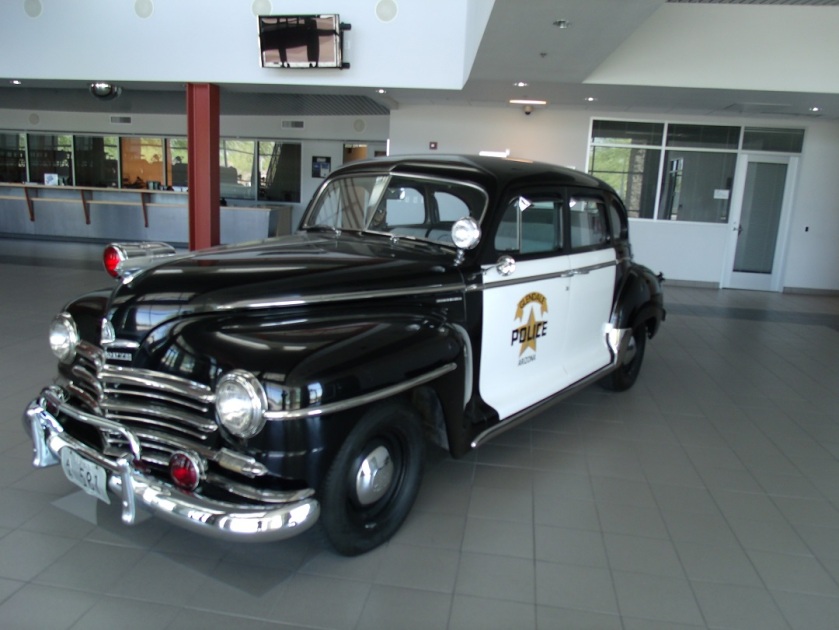
1947 Plymouth police car property of the Glendale Police Dept. in Glendale, Arizona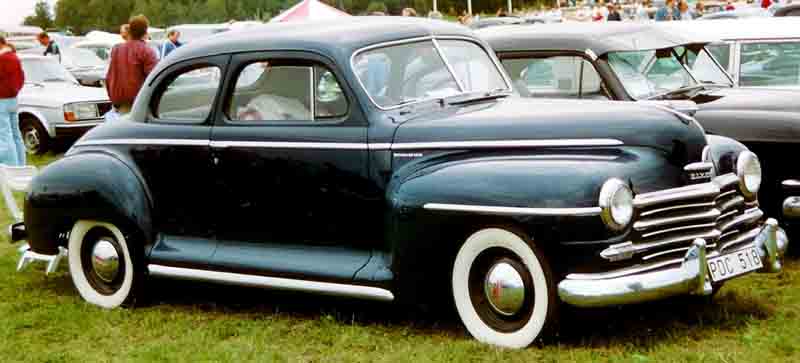 1948 Plymouth Special De Luxe Coupé
1948 Plymouth Special De Luxe Coupé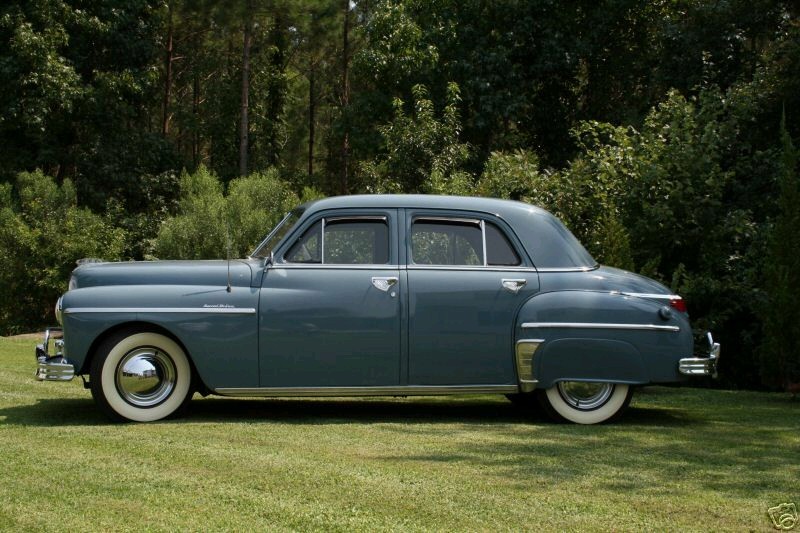 1949 Plymouth four-door sedan
1949 Plymouth four-door sedan
While the original purpose of the Plymouth was to serve a lower-end marketing niche, during the Great Depression of the 1930s the division helped significantly in ensuring the survival of the Chrysler Corporation in a decade when many other car companies failed. Beginning in 1930, Plymouths were sold by all three Chrysler divisions (Chrysler, DeSoto, and Dodge). Plymouth sales were a bright spot during this dismal automotive period, and by 1931 Plymouth rose to number three in sales among all cars. In 1931 with the Model PA, the company introduced floating power and boasted, “The economy of a four; the smoothness of a six.”
In 1933, Chrysler decided to catch up with Ford and Chevrolet with respect to engine cylinder count. The 190 cu in version of Chrysler’s flathead-six engine was equipped with a downdraft carburetor and installed in the new 1933 Plymouth PC, introduced on November 17, 1932. However, Chrysler had reduced the PC’s wheelbase from 112 to 107 in (284.5 to 271.8 cm), and the car sold poorly. By April 1933, the Dodge division’s Model DP chassis, with a 112-inch (284.5 cm) wheelbase, was put under the PC body with DP front fenders, hood, and radiator shell. The model designation was advanced to PD’ and the car was marketed as the “DeLuxe” 1933 Plymouth. This car sold very well and is the 1933 model most commonly found in collections. The PC became the ‘Standard Six’. It had been the ‘Plymouth Six’ at introduction, and was sold through to the end of 1933, but in much lower numbers. It is consequently in the minority in collectors’ hands today. In 1937, Plymouth (along with the other Chrysler makes) added safety features such as flat dash boards with recessed controls and the back of the front seat padded for the rear seat occupants.[4] The PC was shipped overseas to Sweden, Denmark, and the UK, as well as Australia. In the UK, it was sold as a ‘Chrysler Kew’, Kew Gardens being the location of the Chrysler factory outside London. The flathead six which started with the 1933 Model PC stayed in the Plymouth until the 1959 models.
In 1939, Plymouth produced 417,528 vehicles, of which 5,967 were two-door convertible coupes with rumble seats. The 1939 convertible coupe was prominently featured at Chrysler’s exhibit at the 1939 New York World’s Fair, advertised as the first mass-production convertible with a power folding top. It featured a 201 cu in, 82 hp version of the flathead six engine.
For much of its life, Plymouth was one of the top-selling American automobile brands; it, together with Chevrolet and Ford, was commonly referred to as the “low-priced three” marques in the American market. Plymouth almost surpassed Ford in 1940 and 1941 as the second-most popular make of automobiles in the U.S. In 1957, Virgil Exner’s new Forward Look design theme, advertised by Plymouth with the tagline “Suddenly, it’s 1960”, produced cars with much more advanced styling than Chevrolet or Ford. The 1957 total production soared to 726,009, about 200,000 more than 1956, and the largest output yet for Plymouth. However, the 1957–1958 Forward Look models suffered from poor materials, spotty build quality, and inadequate corrosion protection; they were rust-prone and greatly damaged Chrysler’s reputation.
In 1954, Chrysler started its decade-long unsuccessful attempt to develop and market a viable car powered by turbine engine when it installed an experimental turbine developed specifically for vehicles in a Plymouth.
1960s–1970s
Although Plymouth sales suffered as a result of the quality control problems and excesses of Exner-styled models in the early 1960s, people bought enough of the cars to keep the division profitable. Starting in 1961, the Valiant compact became a Plymouth, further boosting sales. Under the impression that Chevrolet was about to “downsize” its 1962 models, Chrysler introduced a significantly smaller standard Plymouth for 1962. As is known, Chevrolet’s big cars were not downsized, catching Plymouth in a sales slump in a market where “bigger was better”. The ’63 Fury, Belvedere, and Savoy were slightly larger and more substantial, featuring a totally new body style, highlighted by prominent outboard front parking lights. For 1964, Plymouth got another major restyle, featuring a new “slantback” roofline for hardtop coupes that would prove extremely popular. Many enthusiasts consider the ’64s to be the most attractive of the early ’60s Plymouths.
For 1965, the Fury models were built on the new C-body platform. The Savoy line was discontinued and the Belvedere was classified an intermediate, retaining the B-body platform used starting 1962. The low-end series was Fury I, the mid-level model was Fury II, and the higher-end models were Fury IIIs. The Sport Fury, which featured bucket seats and console shifter, was a mix of luxury and sport. Ford and Chevrolet had introduced luxury editions of their big cars for 1965 and Plymouth responded in 1966 with the VIP, a more luxurious version of the Fury. Furys, Belvederes, and Valiants continued to sell well during the late-1960s and early-1970s.
Of note are the Plymouth “muscle cars” of the late 1960s. As the performance car market segment expanded during the late 1960s and early 1970s, Plymouth participated and produced some of the most memorable models. Many consider the Barracuda fastback of 1964 to be the first of Plymouth’s sporty cars. Based on the Valiant, it was available with a durable Slant Six, or 273 cubic-inch small block V8. For 1967, Plymouth introduced the Belvedere GTX, a bucket-seat high-style hardtop coupe and convertible that could be ordered with either the Super Commando 440, or Hemi 426 V8. Looking for an advantage at the drag races, 1968 had a stripped-down Belvedere coupe, the Road Runner, which featured a bench seat and minimal interior and exterior trim, but was available with Chrysler’s big-block engines and a floor-mounted four-speed manual transmission. The Barracuda, originally a “compact sporty car”, became a top-tier muscle car in 1968-’69 when it was made available with the 426 Hemi and 440 big block engines, respectively, – putting it in contention with America’s most powerful muscle cars. With the success of their small- and big-block-powered sporty cars – principally among them the GTX, Barracuda (and the more muscular ‘Cuda), Road Runner, Sport Fury GT, and Valiant Duster 340, Plymouth unveiled the ‘Rapid Transit System’, which was similar to Dodge’s ‘Scat Pack’ concept- an all-inclusive club made up of Plymouth sports cars which provided further immersion into their performance automobiles. Throughout this period in Plymouth history, the brand also competed heavily in professional automobile racing. Their foremost success stories come from racing icon Richard Petty’s career with Plymouth in NASCAR; Dan Gurney, who raced a ‘Cuda as part of the All American Racers in numerous Trans Am events; and Sox and Martin, one of the most well-known drag-racing teams of the period, only raced Plymouths after 1964. The GTX, Barracuda/’Cuda, and Road Runner continued into the 1970s, but as that decade wore on, emissions and safety regulations, along with soaring gasoline prices and an economic downturn, spelled death for the majority of Plymouth’s muscle-car brands. Nonetheless, the compact Valiant sold well, built an enviable reputation for attractive styling, durability, economy, and value, and offered the hi-po 360-4 V8 right through the final year. Although the Valiant hardtop was discontinued for 1967, it was reintroduced as a virtual clone of the Dodge Dart Swinger for 1971 under the model name “Valiant Scamp”. The Scamp was produced along with the Valiant, Dodge Dart, and Swinger until 1976, when it was replaced with the Volaré. Featuring transverse-mounted torsion bars and a slightly larger body, the Volaré (and its Dodge twin, the Aspen) was an instant sales success. Available as coupe, sedan, or station wagon, the Volaré offered a smoother ride and better handling than the Dart/Valiant, but unfortunately suffered quality control problems and by 1980, was selling poorly.
Realizing that front-wheel drive, four-cylinder engines, and rack-and-pinion steering would become the standards for the 1980s, Chrysler introduced a new compact car for 1978, the Plymouth Horizon/Dodge Omni twins, based on a Simca platform. Horizon sold well, but unfortunately suffered from a scathing report by Consumer Reports, which found its handling dangerous in certain situations. Plymouth continued to sell the Horizon until 1987, when a gaggle of front-wheel drive compact cars made up the line. Big Plymouths, including the Fury and Gran Fury, were sold until the early 1980s, but mostly as fleet vehicles. While attempting to compete with Ford and Chevrolet for big-car sales, Plymouth was hurt by Chrysler’s financial woes in the late 1970s, when both its competitors downsized their full-size models.
Final years
Most Plymouth models, especially those offered from the 1970s onward, such as the
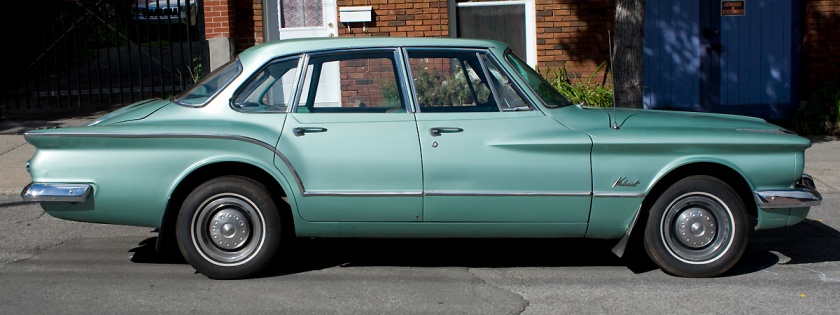 1960 Plymouth Valiant side view showing the semi-fastback Valiant,
1960 Plymouth Valiant side view showing the semi-fastback Valiant,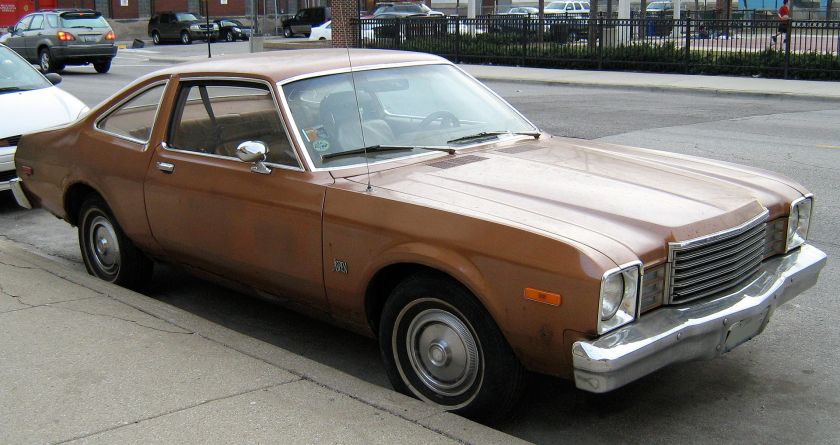 Plymouth Volaré two-door sedan coupé Volaré,
Plymouth Volaré two-door sedan coupé Volaré,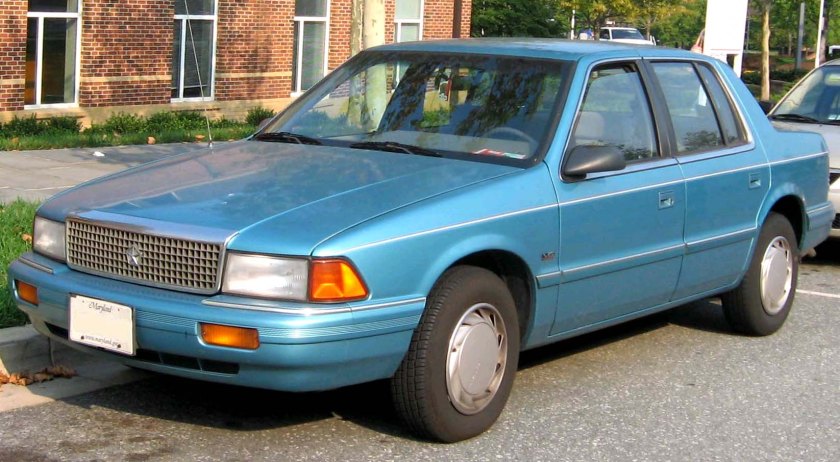 Plymouth acclaim Acclaim,
Plymouth acclaim Acclaim,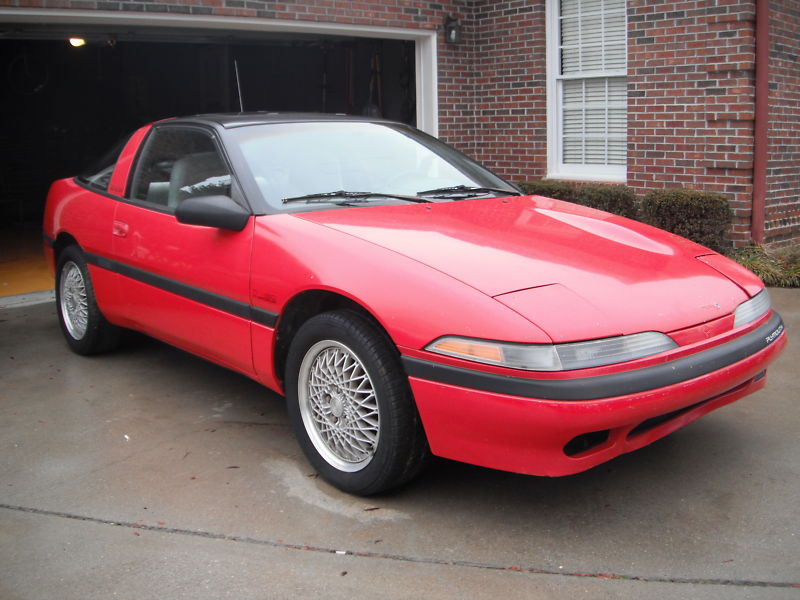 1990 Plymouth Laser,
1990 Plymouth Laser,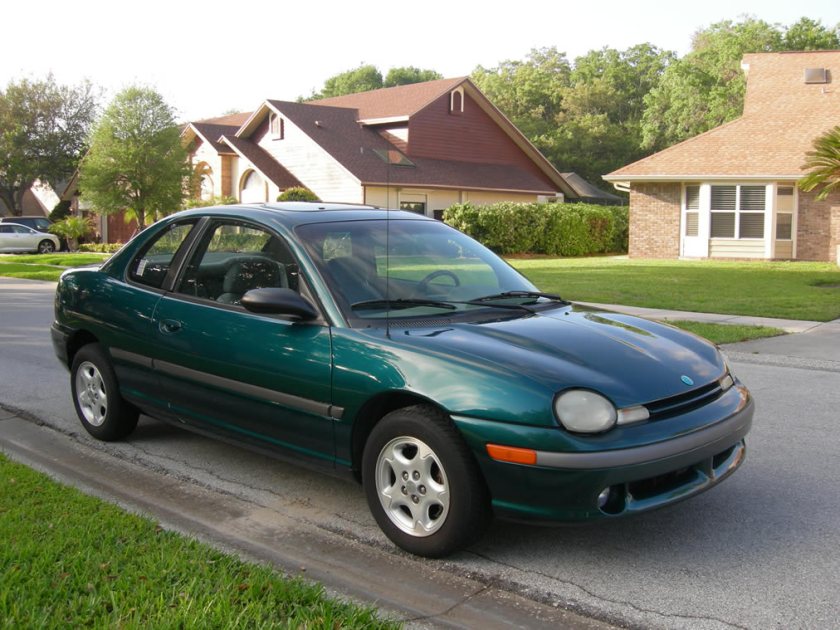 1995 Plymouth Neon Sport Coupe Neon, and
1995 Plymouth Neon Sport Coupe Neon, and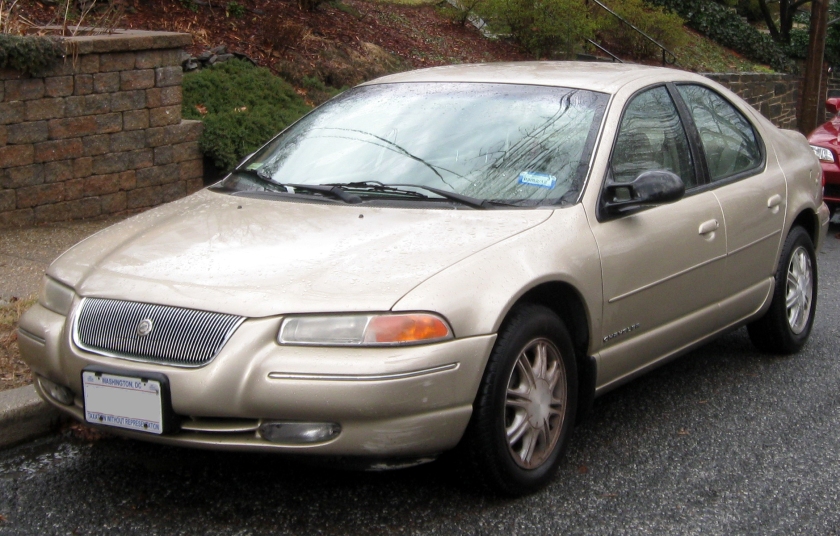 1995-98 Plymouth Breeze Breeze,
1995-98 Plymouth Breeze Breeze,
were badge-engineered versions of Dodge or Mitsubishi models. By the 1990s, Plymouth had lost much of its identity, as its models continued to overlap in features and prices with Dodges and Eagles. In an attempt to fix this, Chrysler tried repositioning Plymouth to its traditional spot as the automaker’s entry-level brand. Part of this marketing strategy included giving Plymouth its own new sailboat logo and advertisements that focused solely on value. However, this only further narrowed Plymouth’s product offerings and buyer appeal, and sales continued to fall.
Chrysler considered giving Plymouth a variant of the highly successful new-for-1993 full-size LH platform, which would have been called the Accolade, but decided against it. By the late 1990s, only four vehicles were sold under the Plymouth name: the Voyager/Grand Voyager minivans, the Breeze mid-size sedan, the Neon compact car, and the Prowler sports car, which was to be the last model unique to Plymouth, though the Chrysler PT Cruiser was conceived as a concept unique to Plymouth before production commenced as a Chrysler model.
After discontinuing the Eagle brand in 1998, Chrysler was planning to expand the Plymouth line with a number of unique models before the corporation’s merger with Daimler-Benz AG. The first model was the Plymouth Prowler, a hot rod-styled sports car. The PT Cruiser was to have been the second. Both models had similar front-end styling, suggesting Chrysler intended a retro styling theme for the Plymouth brand. At the time of Daimler’s takeover of Chrysler, Plymouth had no models besides the Prowler not also offered in similar version by Dodge.
From a peak production of 973,000 for the 1973 model year, Plymouth rarely exceeded 200,000 cars per year after 1990. Even the Voyager sales were usually less than 50% that of Dodge Caravan. In Canada, the Plymouth name was defunct at the end of the 1999 model year. Consequently, DaimlerChrysler decided to drop the make after a limited run of 2001 models. This was announced on November 3, 1999.
The last new model sold under the Plymouth marque was the second-generation Neon for 2000. The PT Cruiser was ultimately launched as a Chrysler, and the Prowler and Voyager were absorbed into that make, as well. Following the 2001 model year, the Neon was sold only as a Dodge in the US, though it remained available as a Chrysler in Canadian and other markets. The Plymouth Breeze was dropped after 2001, before Chrysler introduced their redesigned 2001 Dodge Stratus and Chrysler Sebring sedan.
Timeline
- 1955: Plymouth first offered a V-8 engine.
- 1956: The automatic three-speed TorqueFlite transmission was introduced on some premium models. The Plymouth Fury was introduced.
- 1957: As with all other Chrysler divisions, the Forward Look design made its debut on the 1957 Plymouths. Torsion-Aire front suspension was introduced on all models.
- 1960: Dodge introduced the smaller, lower-priced Dart model that competed directly with Plymouth’s offerings. The new compact Valiant was introduced as a marque unto itself. All Plymouths now featured unit-body construction.
- 1961: Valiant was repositioned as a Plymouth model for US market; Dodge got the badge-engineered Lancer version. Rambler and then Pontiac assumed third place in industry sales for the remainder of the 1960s.
- 1962: Sales dropped dramatically with the introduction of a line of unpopularly styled, downsized full-sized models.
- 1963: Valiant received a new, trim body resulting in a significant increase in sales. Full-sized models were restyled to look larger.
- 1964: The new Barracuda fastback coupe was introduced in April. Full-sized models were restyled with a new “slantback” hardtop coupe roofline.
- 1965: Plymouth rejoined the full-sized car market with the new Fury, based on the Chrysler C-body. The intermediate B-body model line became the Belvedere and Satellite for 1965. Push-button automatic transmission controls were replaced with a conventional column- or floor-mounted lever.
- 1967: The GTX was introduced.
- 1968: The Road Runner entered the Plymouth line-up.
- 1970: Duster coupe was introduced in the Valiant line for 1970, along with the new E-body Barracuda.
- 1971: The British Hillman Avenger was imported as the Plymouth Cricket; it was discontinued in mid-1973. The new Valiant Scamp two-door hardtop was a badge-engineered Dodge Dart Swinger.
- 1973: Plymouth production hit an all-time peak of 973,000. The Plymouth Cricket in Canada was now based on the Dodge Colt.
- 1974: The full-sized Plymouth Voyager van, based on the similar Dodge B-series van, and Trailduster SUV, based on the Dodge Ramcharger, were introduced. The Dodge Dart and Plymouth Valiant were, for the first time, different only in name and minor trim details (grille and tail lamps) as the two cars now shared the same 111-in wheelbase (both division’s fastbacks remain 108 in). Barracuda was discontinued.
- 1975: The car that was to become the 1975 Plymouth Sebring was instead released as the new Chrysler Cordoba.[citation needed]
- 1976: The Volaré was launched, and the Valiant was discontinued at year-end.
- 1977: The large Gran Fury was discontinued.
- 1978: The mid-sized Fury was discontinued at the end of the model year. The subcompact Horizon was introduced. Chrysler Canada introduced the Plymouth Caravelle based on the Dodge Diplomat.
- 1979–1980: Chrysler made several thousand more Dodges than Plymouths for the first time. More Plymouths would be made than Dodges for 1981 and 1982, but from then on, always be more Dodges were made than Plymouths.
- 1980: The Newport-based Gran Fury (R-body) was introduced. This was the last year for the Volaré and Road Runner.
- 1981: The compact
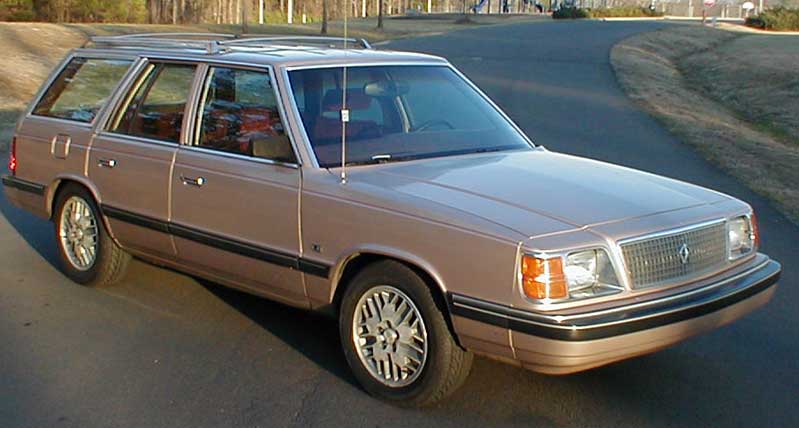
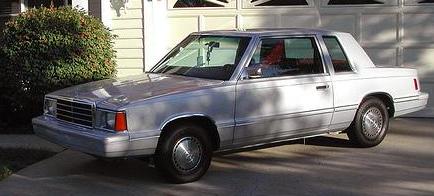
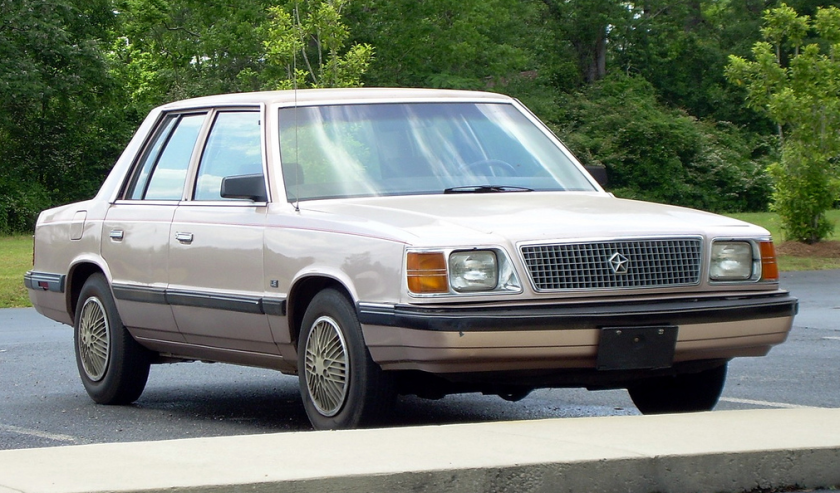
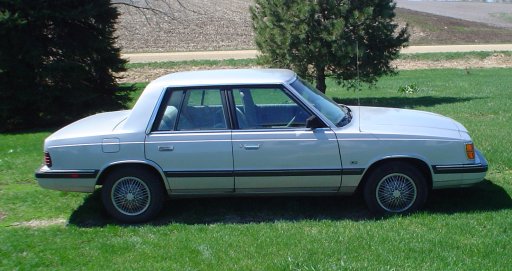 Plymouth Reliant was introduced. The full-sized Gran Fury sedan and Trailduster SUV were discontinued.
Plymouth Reliant was introduced. The full-sized Gran Fury sedan and Trailduster SUV were discontinued.- 1982: The mid-sized Plymouth Gran Fury, a Dodge Diplomat with a Plymouth grille, was introduced in the United States.
- 1983: The subcompact Plymouth Scamp pickup, based on the Dodge Rampage, was introduced and sold for one year only. The Caravelle four-door sedan based on the E-body and a two-door coupe based on the K-body were introduced in Canada. The sporty subcompact
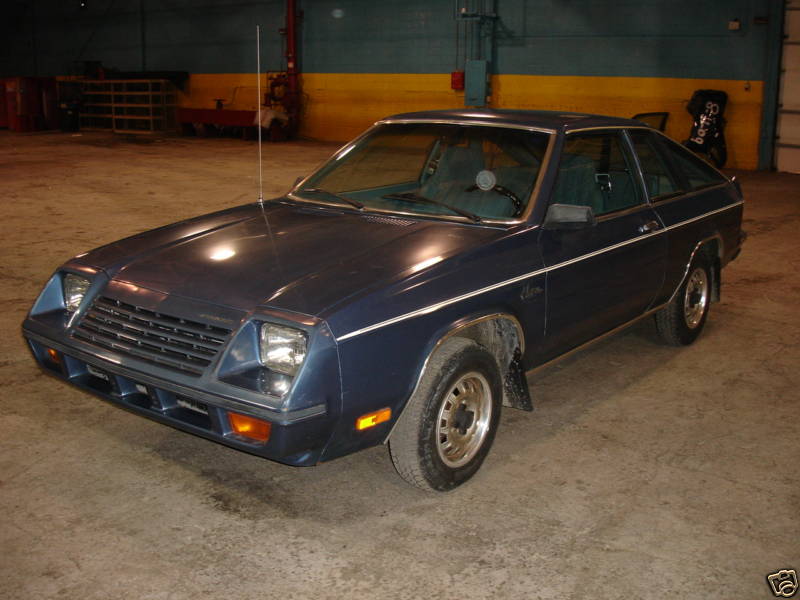 Horizon TC3 was renamed Turismo. The full-sized Voyager van was discontinued.
Horizon TC3 was renamed Turismo. The full-sized Voyager van was discontinued.- 1984: The Voyager minivan and Mitsubishi-based Colt Vista multi-purpose vehicle (MPV) were introduced.
- 1985: The E-body Plymouth Caravelle was introduced in the United States.
- 1987: The compact P-body Plymouth Sundance entered the line-up with three- and five-door hatchbacks. The Turismo was discontinued.
- 1989: The mid-sized Gran Fury (Caravelle in Canada), as well as the Reliant, are discontinued after this model year. The Reliant and E-body Caravelle are replaced by the Acclaim.
- 1990: The Mitsubishi-based Plymouth Laser sport-compact was introduced. The L-body Horizon was discontinued.
- 1992: The higher-priced Acclaim models were repositioned as Chrysler LeBarons. Total sales of Acclaim and LeBaron dropped. Total 1993 Plymouth model-year production dropped to 159,775, along with 237,875 Voyager models. Dodge built 300,666 Caravans.
- 1994: The little-advertised Laser and the popular Sundance and Colt compacts all end production. They are replaced by a single car, the Neon, a car that Chrysler decided to offer as a Plymouth after dealers protested the loss of the Sundance and Colt with no replacement.
- 1995: Plymouth’s lineup was at its all-time low, just three cars: the Acclaim, the Neon, and the Voyager/Grand Voyager. The number went up to four in 1997, with the introduction of the Prowler, but never got any higher.
- 1996: Chrysler announced the new Plymouth Breeze six months after sister Dodge Stratus and Chrysler Cirrus models. Chrysler originally had no plans to replace the Acclaim model.[citation needed]
- 1996: In an attempt to move Plymouth downmarket, Chrysler made the redesigned Voyager only available in base and mid-level SE models. All of the higher-end trim levels available on the previous generation were now only be found on the Dodge Caravan. The high-end trim levels could still be found in certain markets outside the US.
- 1997: Production for the 1997 model year was 178,807 cars plus 187,347 Voyager models. Dodge built 448,394 cars and 355,400 Caravans.
- 1999: Total 1999 production for Plymouth cars was to 195,714 with Dodge at 394,052. Voyager production numbered 197,020, compared to 354,641 Caravans. The redesigned 2000 Neon became the brand’s last new model.
- 2000: The mid-sized Breeze ended production. This was also the last year for the Voyager minivan as a Plymouth. All 2000 Voyagers built in December 1999 and beyond were badged as Chrysler Voyagers. In Canada, the redesigned Neon was sold under the Chrysler name and both the Plymouth and Dodge names were dropped on all car models, save for the Prowler and Viper. The Voyager name was dropped in Canada as all Chrysler dealers sold Dodge trucks, including the Caravan. Total 2000 model year production for Plymouth was 108,546 compared to 459,988 Dodge cars. Voyager production totalled 123,869 versus 330,370 Caravan models.
- 2001: In Plymouth’s final model year, only the Neon remains. The Prowler and the Voyager became Chryslers. The Voyager gained a high-end LX trim, as well as a base eC trim, and it retained the SE trim. The Breeze was dropped as Chrysler issued the Chrysler Sebring sedan to replace the Chrysler Cirrus. The PT Cruiser was launched as a Chrysler, though it was originally planned to be a Plymouth. The final Plymouth, a Neon, was assembled on 28 June 2001, with a total of 38,657 built for the model year.
(All production numbers – Ward’s Automotive Yearbook, various issues, 1973 to 2002)[citation needed]
Plymouth car models
Plymouth trucks
Plymouth built various trucks and vans over the years, mainly rebadged Dodge or Chrysler vehicles. Early pickups, delivery trucks, and other commercial trucks were available, and later an SUV, full-sized vans, and minivans. Plymouth had supplied components to the Fargo vehicles, another member of the Chrysler family, but entered the commercial market in 1937 with the PT50.
Truck models
- Plymouth PT50 – 1937 – Express pickup, panel delivery van, cab and chassis, station wagon
- Plymouth PT57 – 1938 – Express pickup, panel delivery van, cab and chassis
- Plymouth PT81 – 1939 – Express pickup, cab and chassis
- Plymouth PT105 – 1940 – Express pickup
- Plymouth PT125 – 1941 – Express pickup
- Plymouth Trailduster – 1974-1981 – SUV, same as Dodge Ramcharger
- Plymouth Voyager (van) – 1974-1983 – full-sized van, same as Dodge Sportsman
- Plymouth Scamp – 1983 – front-wheel-drive pickup, same as Dodge Rampage
- Plymouth Voyager (minivan) – 1984-2000 – minivan, same as Dodge Caravan and Chrysler Town & Country; also sold as Chrysler Voyager from 1999 to 2003
- Plymouth Arrow pickup – 1979-1982 – compact pickup built by Mitsubishi
Plymouth concept cars
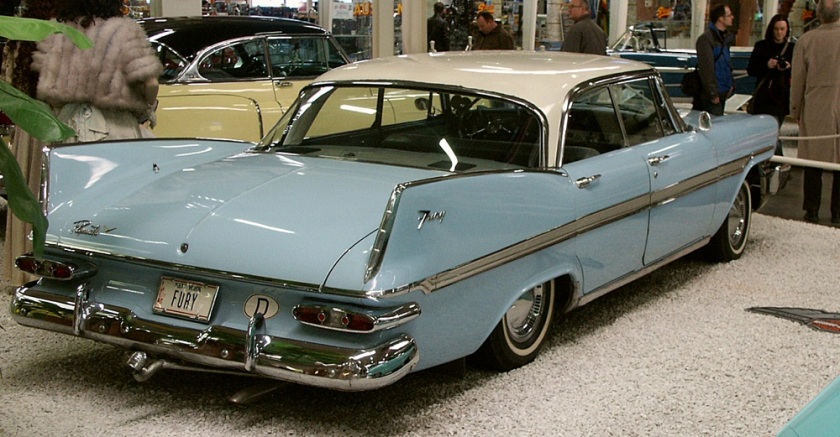
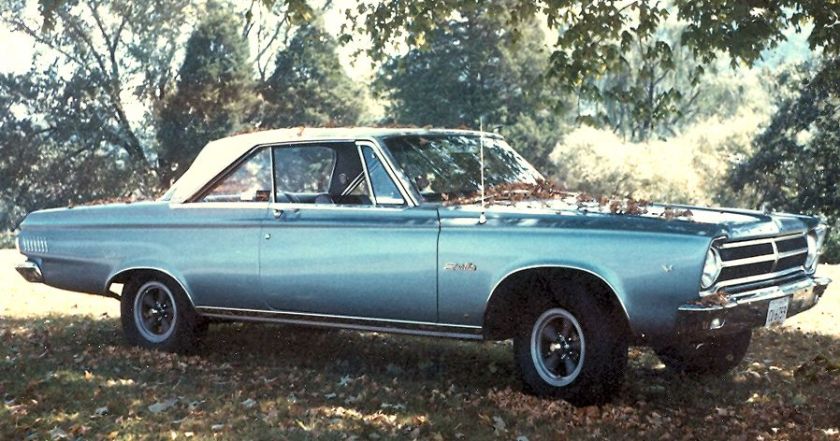
Photo taken c. 1966
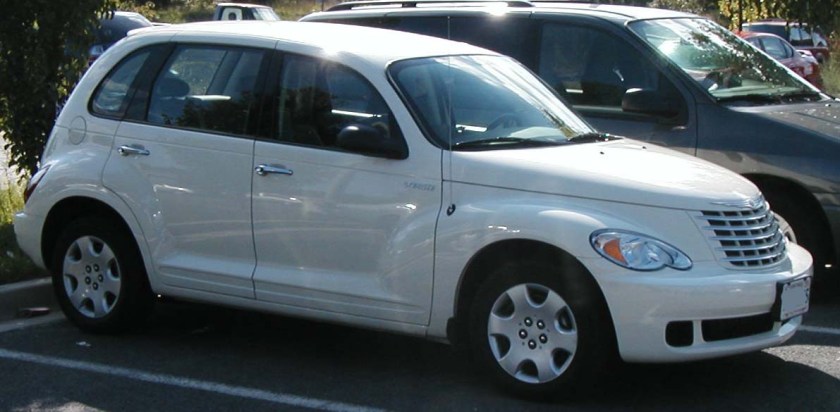
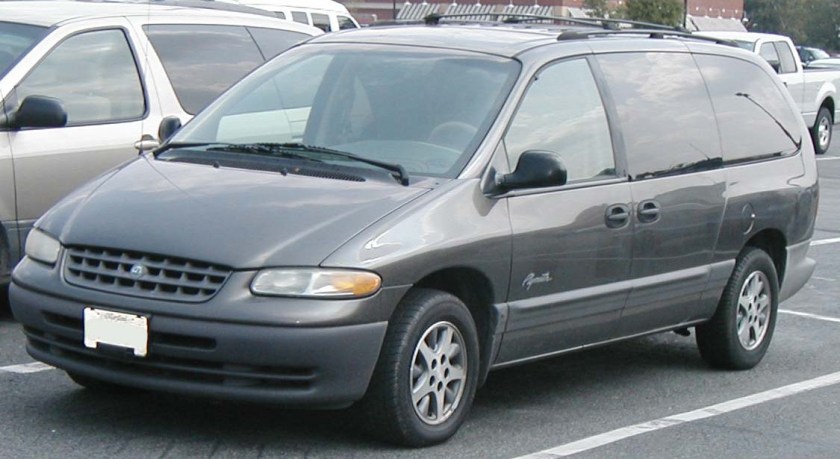
| Model | Year | Type | Specifications | Features |
|---|---|---|---|---|
| XX-500 | 1951 | Sedan | ||
| Belmont | c.1953 | 2-seaterConvertible | 3.9L 150 hp V8 | |
| Explorer | 1954 | Coupé | 3.7L 110 hp Straight-six engine | |
| Cabana | 1958 | Station wagon | Non-runner | Unique glass roof for the rear portion of the car. |
| XNR | 1960 | 2-seaterconvertible | 2.8L 250 hp Straight-six engine | |
| Asimmetrica | 1961 | 3.7L 145 hp Straight-six engine | ||
| Valiant St. Regis | 1962 | Coupé | ||
| V.I.P. | 1965 | 4-seaterconvertible | Unique roof bar from the top of the windshield to the rear deck. | |
| Barracuda Formula SX | 1966 | Coupé | ||
| Duster I Road Runner | 1969 | 340 hp V8 426 hp V8 |
All features of the Road Runner plus flaps on top and sides and adjustable spoilers on the side of the rear fender, all to reduce lift. | |
| Rapid Transit System ‘Cuda (440) | 1970 | Convertible | ||
| Rapid Transit System Road Runner | Coupé | Three-colored tail lights: red for “braking”, yellow for “coasting” and green for “on the gas”. | ||
| Rapid Transit System Duster 340 | 5.6L c.300 hp V8 | |||
| Concept Voyager II | 1986 | Minivan | ||
| Slingshot | 1988 | 2-seater coupé | 2.2L 225 hp turbocharged Straight-four engine | Canopy that swings upwards to open the car Adjustable four-wheel independent suspension Keyless credit card-like entry Combined headlight and rear-view mirror pods Exposed engine and suspension |
| Speedster | 1989 | 2-seaterconvertible | No opening doors, to make getting in more fun | |
| Voyager 3 | Minivan | The front of the car could be driven by itself or driven when attached to a “miniature tractor-trailer” Glass roof |
||
| X2S | Coupé Convertible |
2.0L (turbocharged) 167 hp V6 | ||
| Breeze | c.1990 | Sedan | 2.0L 132 hp 4 cylinder engine 2.4L 150 hp Straight-four engine |
|
| Prowler | 1993 | Convertible | 3.5L 214 hp V6 | |
| Expresso | 1994 | Compact car | ||
| Backpack | 1995 | 2-seat truck | 2.0L 135 hp Inline-four engine | Space for a laptop on a small table Built-in bike rack on the back |
| Pronto | 1997 | Sedan | 1.6L 115 hp Inline-four engine | The front of the car resembled that of the Prowler Roll-back fabric top |
| Pronto Spyder | 1998 | Convertible | 2.4L 225 hp Straight-four engine | |
| Howler | 1999 | 3.5L c.250 hp V6 4.7L c.250 hp V8 |
||
| Voyager XG[19] | Minivan | 2.5L 115 hp turbocharged diesel engine | Powered retractable sunroof. |
References
- ^ Jump up to:a b c Kimes, Beverly Rae; Clark, Jr., Henry A. Standard Catalog of American Cars 1805-1942 (second edition). Krause publications. p. 1156. ISBN 0-87341-111-0.
- Jump up^ Gunnell, John; Schrimpf, Dennis; Buttolph, Ken. Standard Catalog of American Cars 1946-1975 (second edition). Krause publications. p. 534. ISBN 0-87341-096-3.
- Jump up^ “What’s in a Name? (How Plymouth Was Named)”. Allpar.com. 1928-01-11. Retrieved 2011-06-26.
- Jump up^ http://www.oldcarbrochures.com/static/NA/Plymouth/1937_Plymouth/1937_Plymouth_Biggest_Value_Brochure/1937%20Plymouth%20Biggest%20Value-19.html
- Jump up^ “1939 Plymouth – history”. Joesherlock.com. Retrieved 2011-06-26.
- Jump up^ Vincent Curcio (2001), Chrysler: The Life and Times of an Automotive Genius, p.472
- ^ Jump up to:a b Benjaminson, Jim. “Plymouth cars 1957: Three Years Ahead”. Allpar.com. Retrieved 2011-06-26.
- Jump up^ “Insider’s history of Plymouth – Part V”. Allpar.com. 1956-10-30. Retrieved 2011-06-26.
- Jump up^ “Turbo Plymouth Threatens Future of Standard.” Popular Science, July 1954, p. 102, mid page, p. 103, bottom page.
- ^ Jump up to:a b “How Plymouth Works: 1990, 1991, 1992 Plymouths” by the Auto Editors of Consumer Guide, retrieved on 2011–01–20.
- Jump up^ Yates, Brock (1996). The Critical Path: Inventing an Automobile and Reinventing a Corporation “Showtime in St.Louis” p.209-11. Little, Brown.
- Jump up^ “How Plymouth Works: 1997, 1998, 1999, 2000, 2001 Plymouths” by the Auto Editors of Consumer Guide, retrieved on 2011–01–20.
- Jump up^ “Dodge Intrepid, Eagle Vision, Chrysler 300M, New Yorker, and LHS – the LH cars, with reviews”. Allpar.com. Retrieved 2011-06-26.
- Jump up^ Benjaminson, Jim. “Plymouth commercial vehicles”. Allpar.com. Retrieved 2011-06-26.
- Jump up^ http://www.conceptcars.it/usa/plymouth/xx500.htm
- Jump up^ http://www.rmauctions.com/lots/lot.cfm?lot_id=1052628
- Jump up^ http://www.carfolio.com/specifications/models/car/?car=228668&l=nl
- Jump up^ http://musclecars.howstuffworks.com/classic-muscle-cars/1970-plymouth-duster-340.htm
- Jump up^ http://www.theautochannel.com/news/press/date/19981029/press019465.html
- Kimes, Beverly Rae (Historian and Author) and Clark, Henry Austin, Jr. (Chief of Research) (MCMLXXXIX). Standard Catalog of American Cars, 1805-1942 (Second edition). Krause Publications, Inc. ISBN 0-87341-111-0.
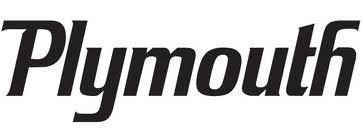
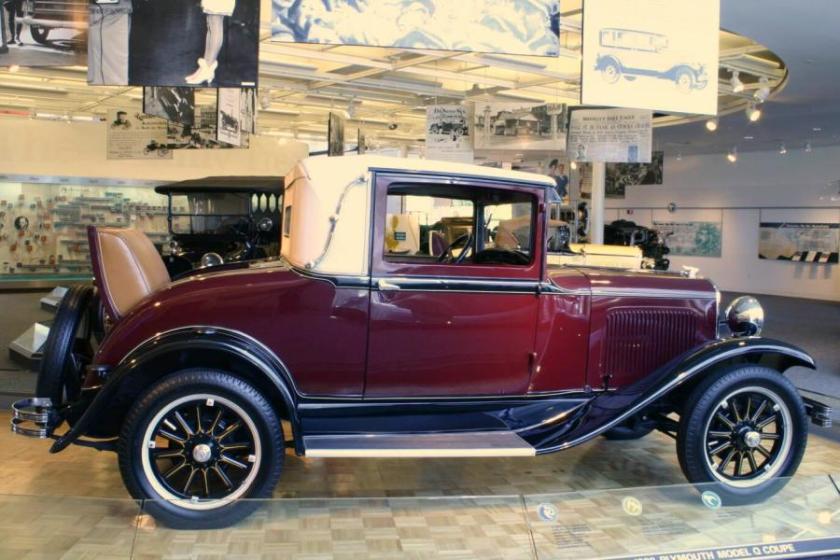
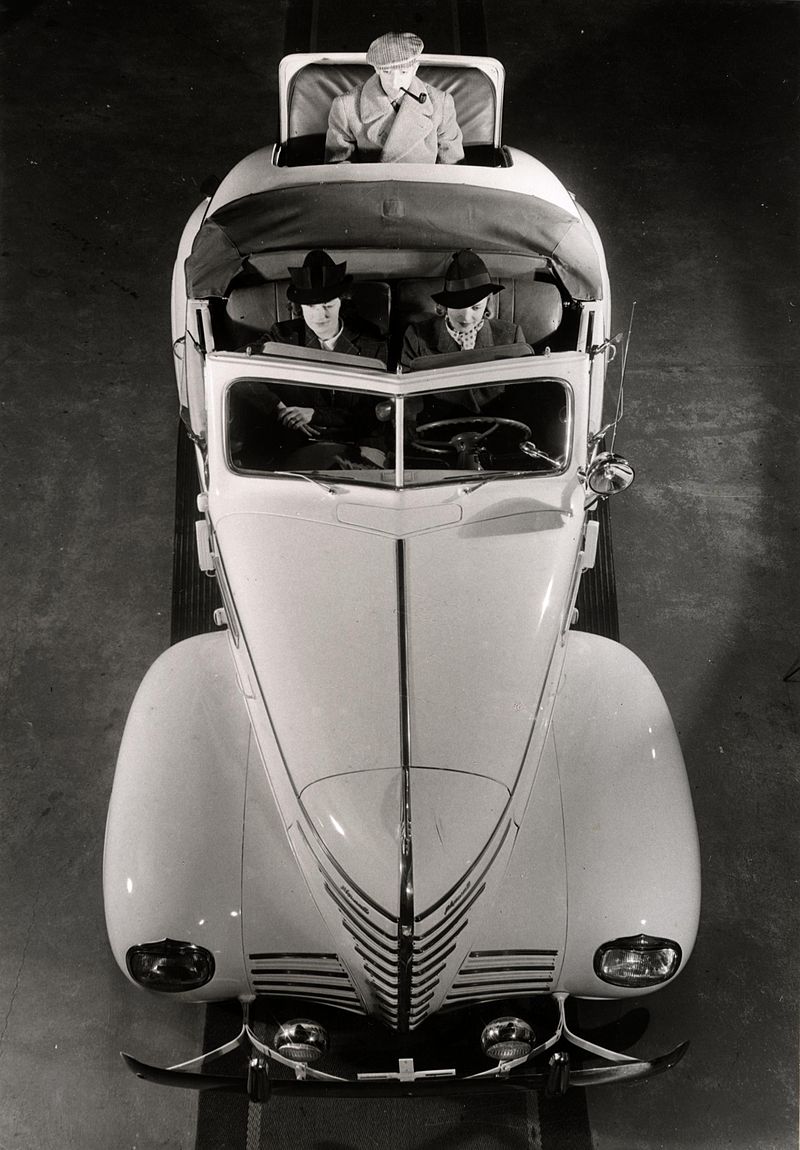

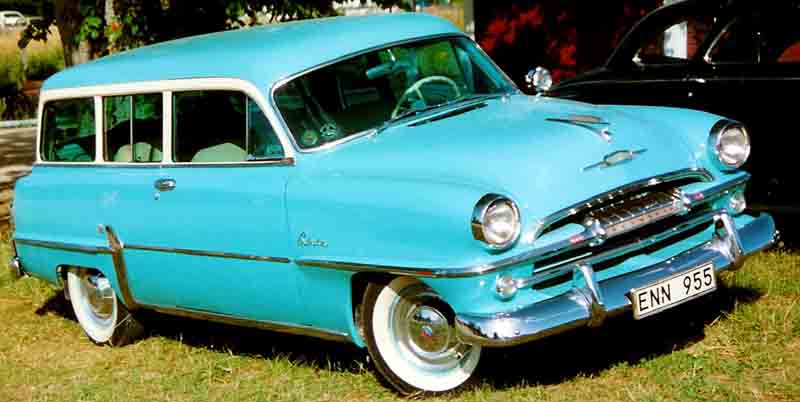
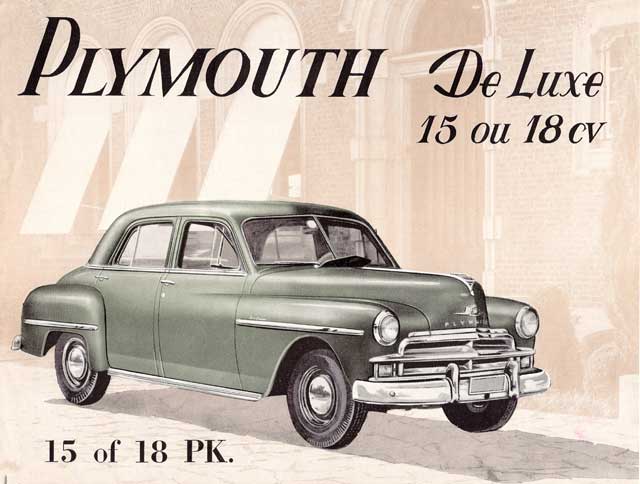
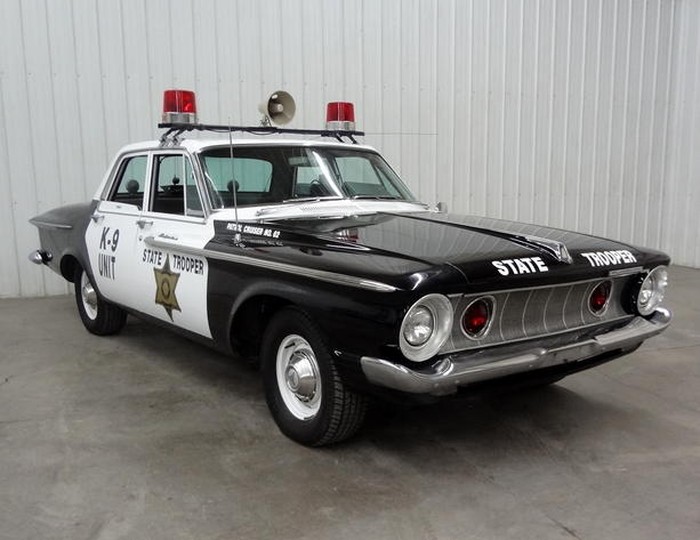
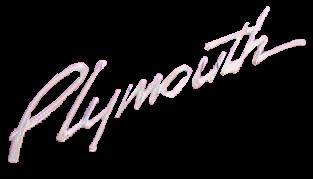
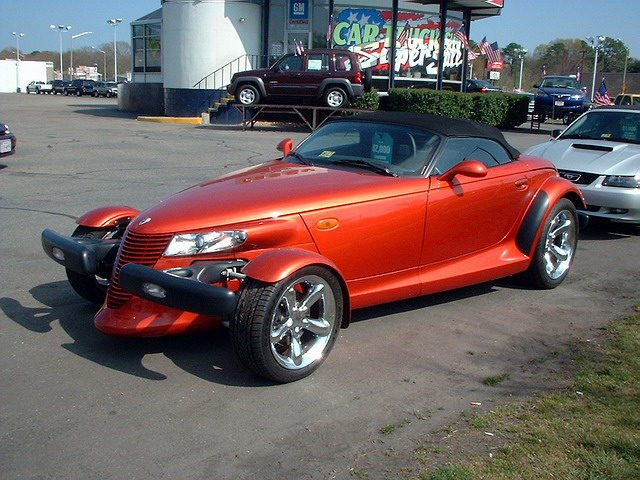
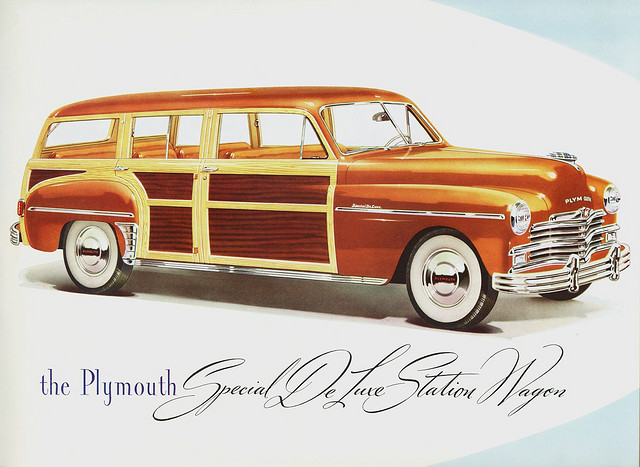
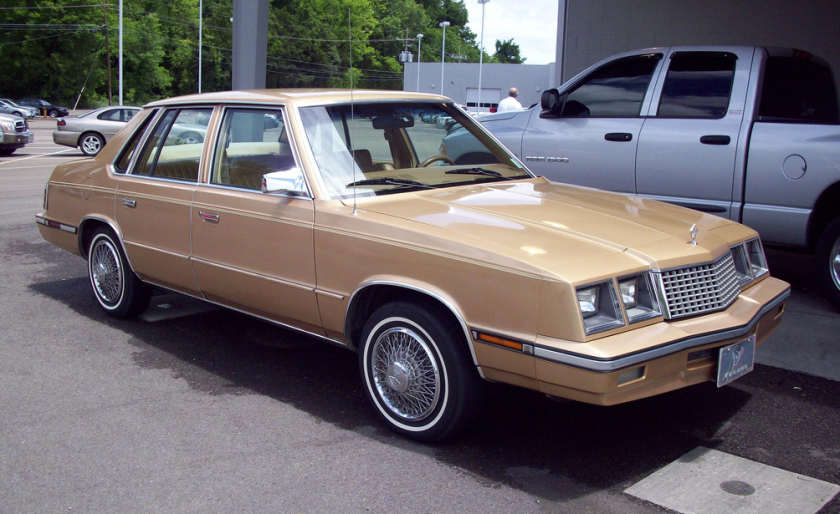
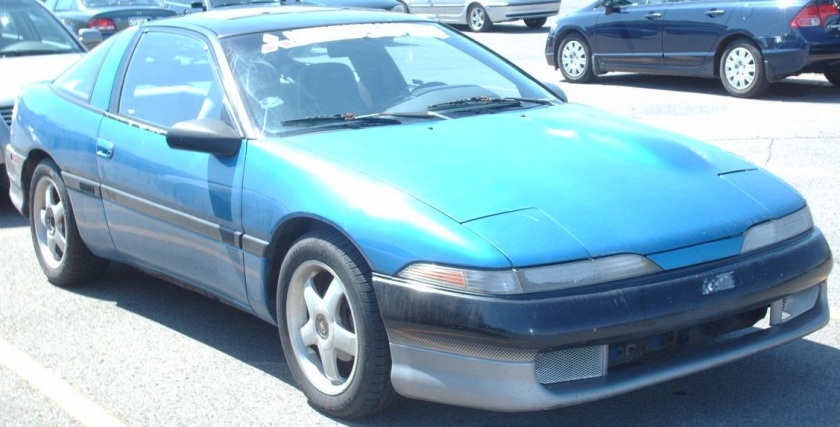
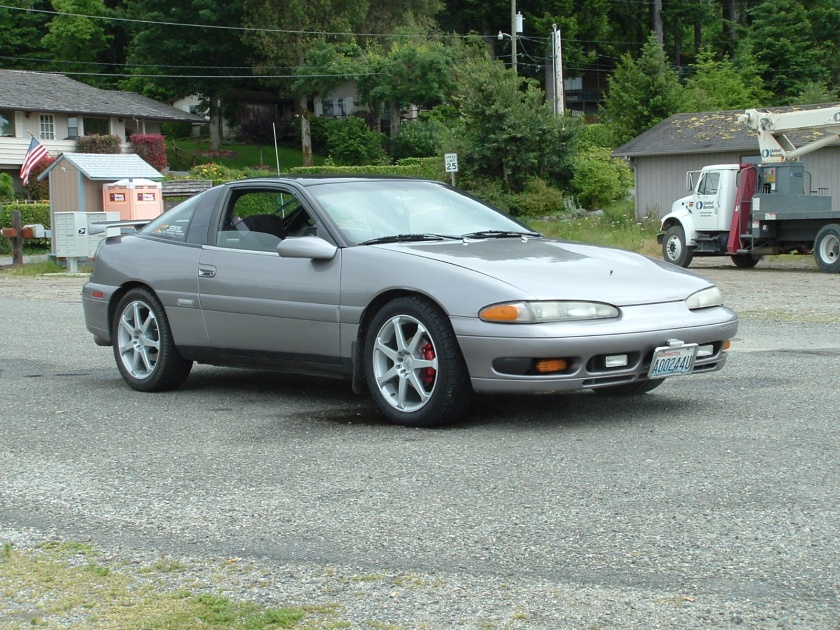
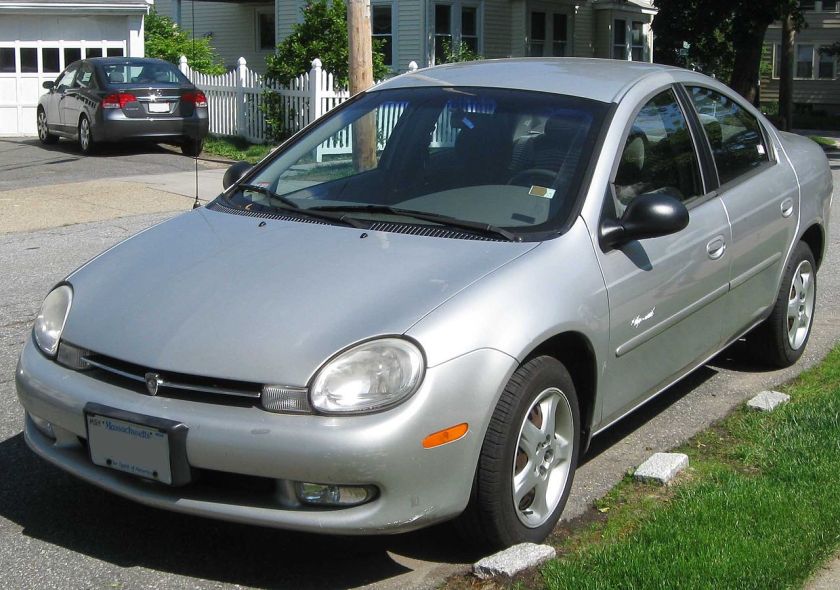
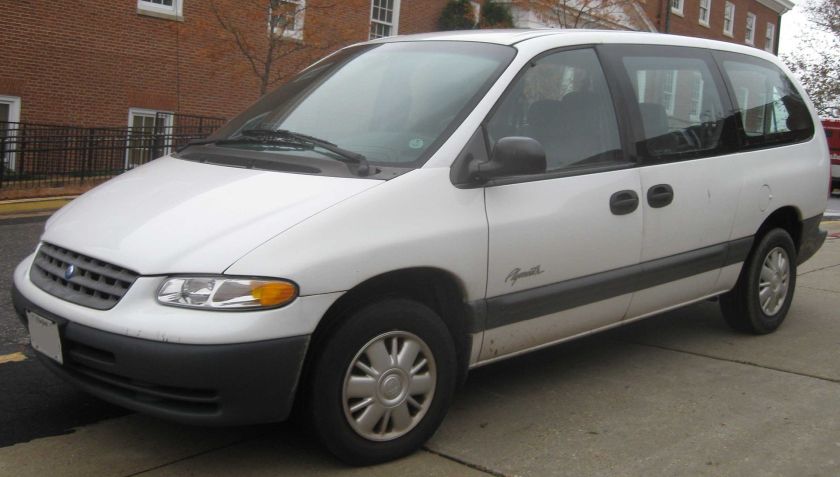
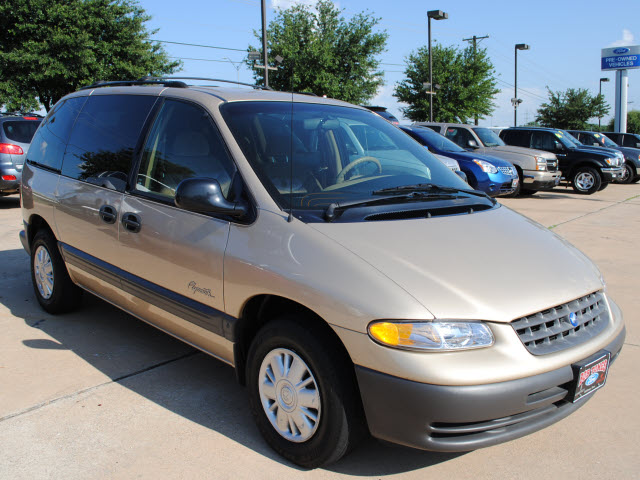
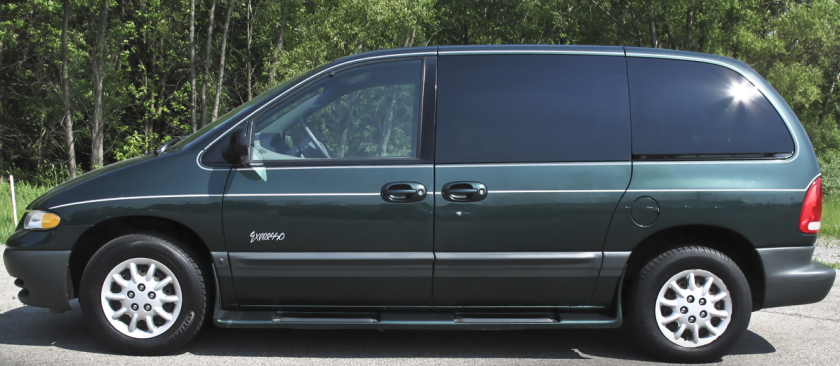
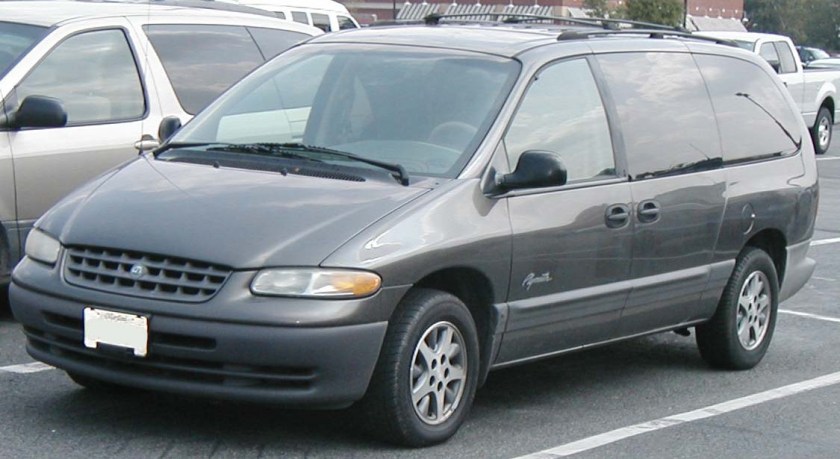
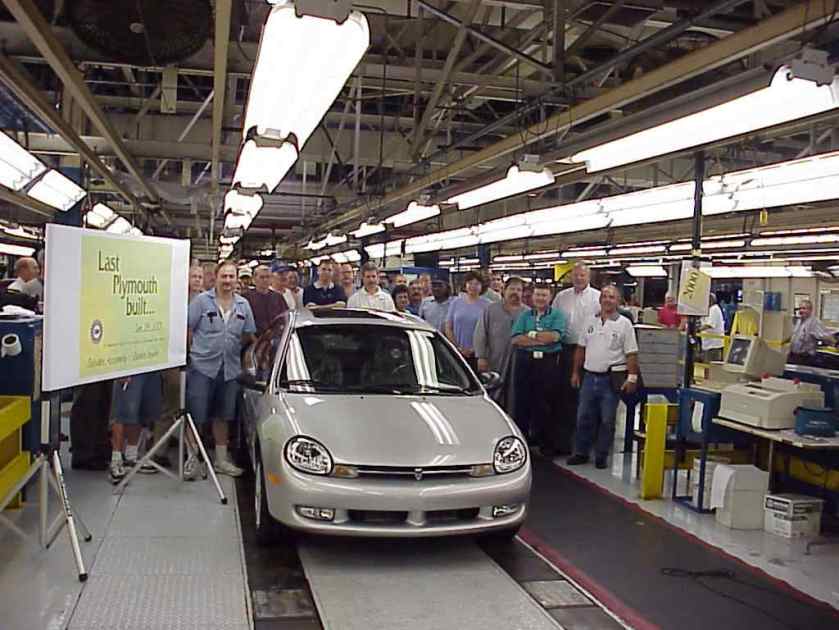
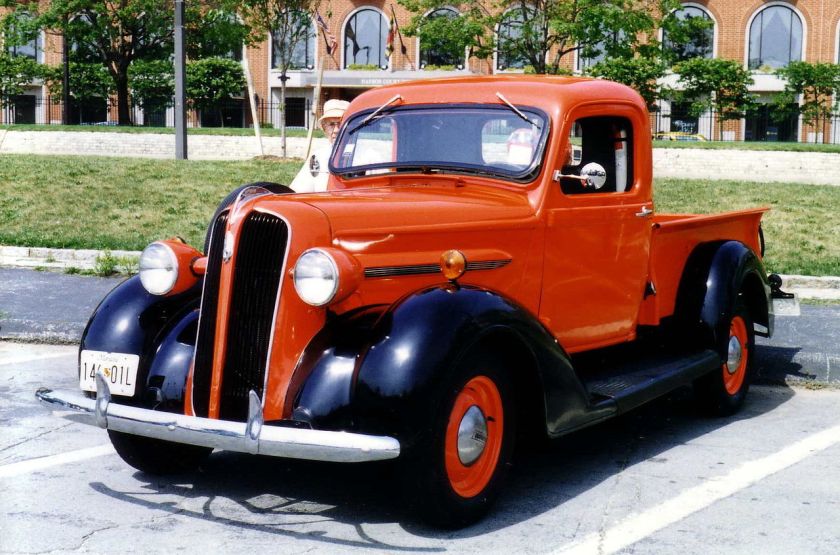
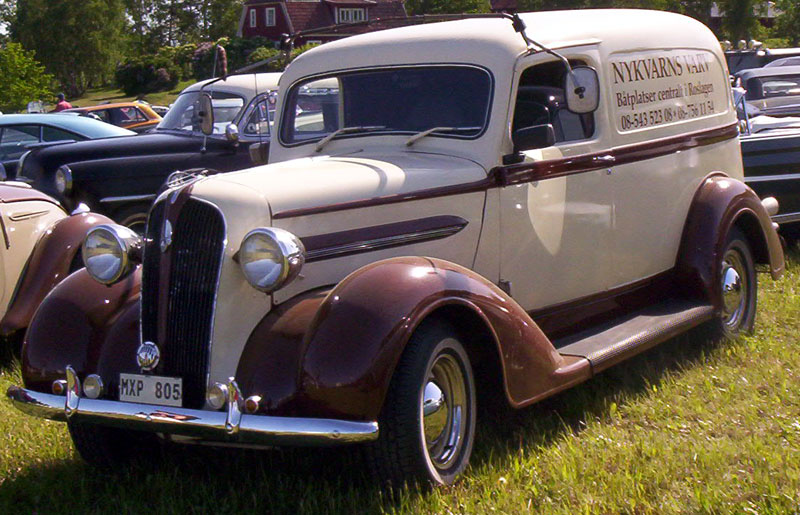
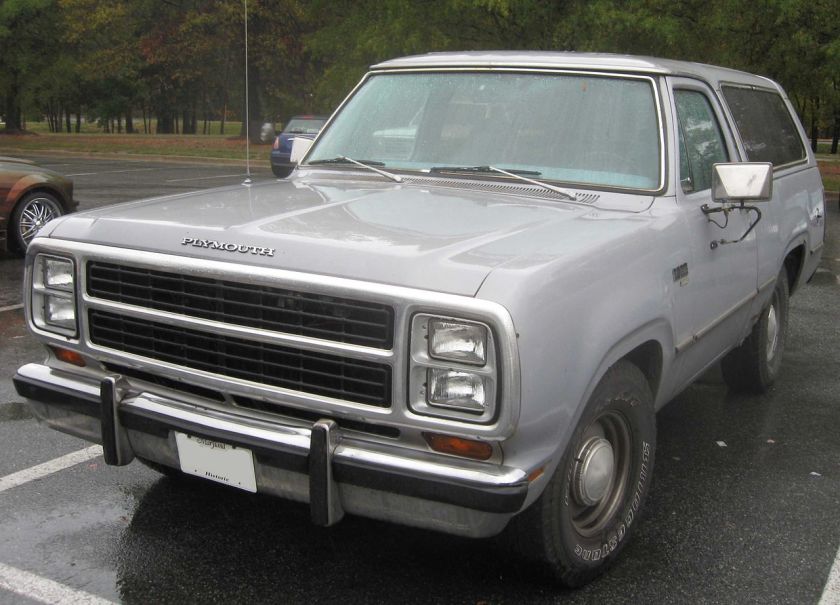
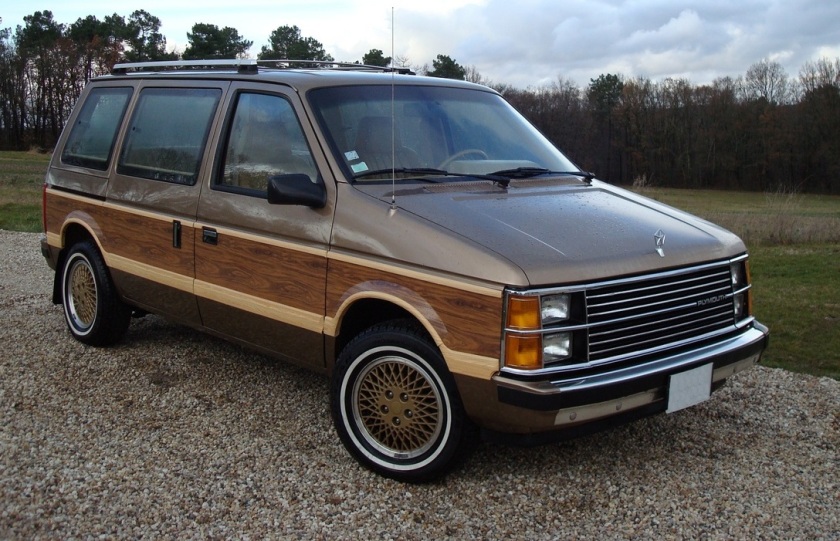
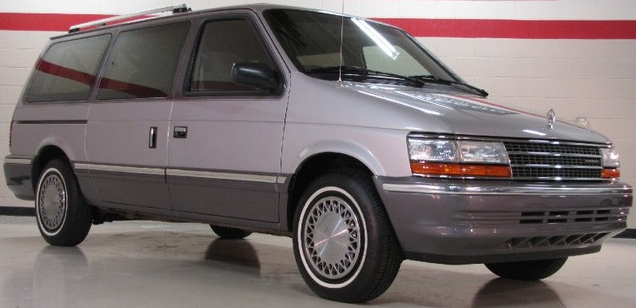
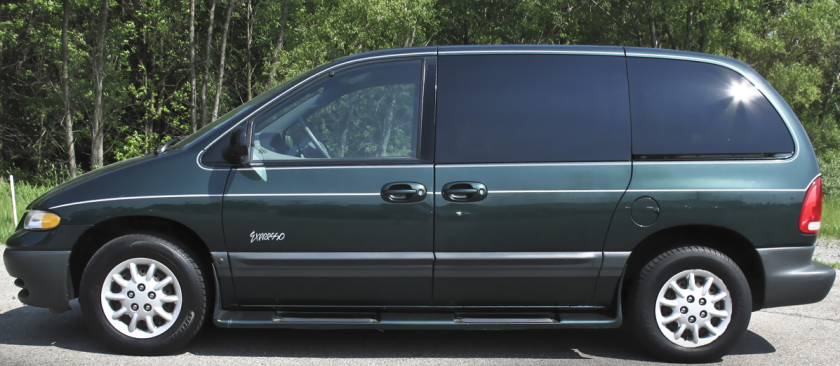
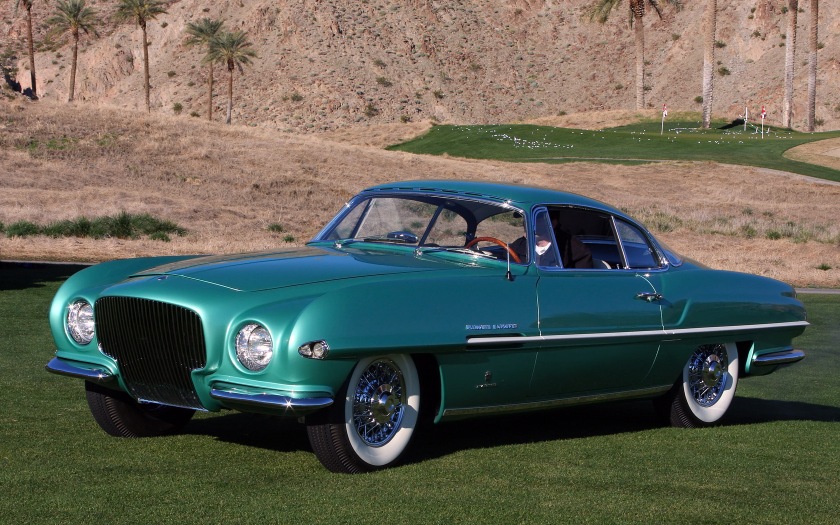
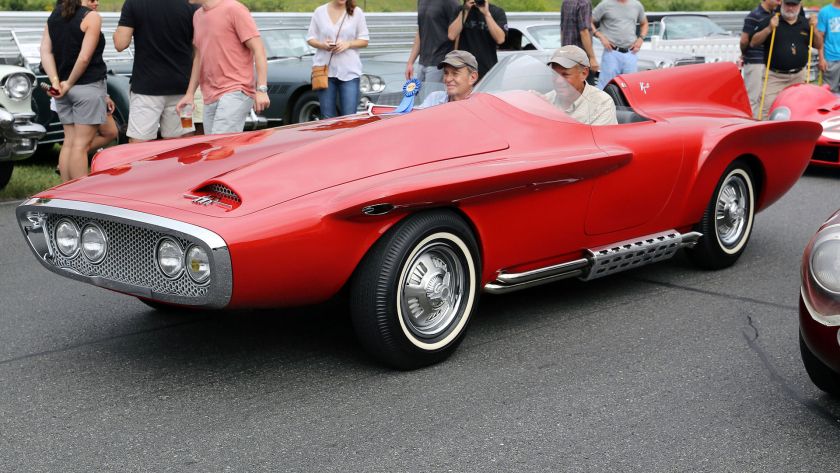
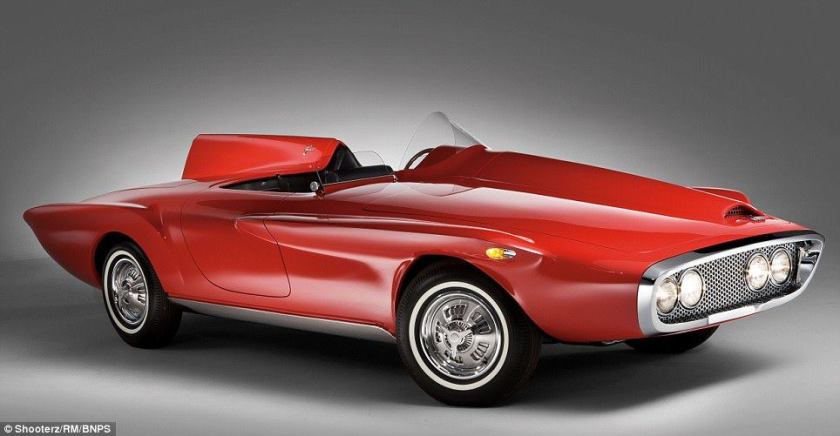
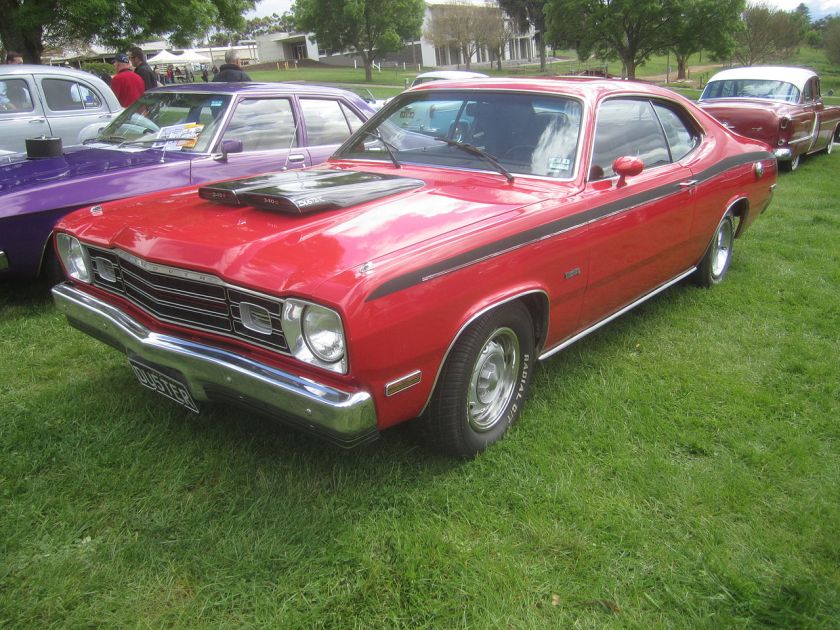
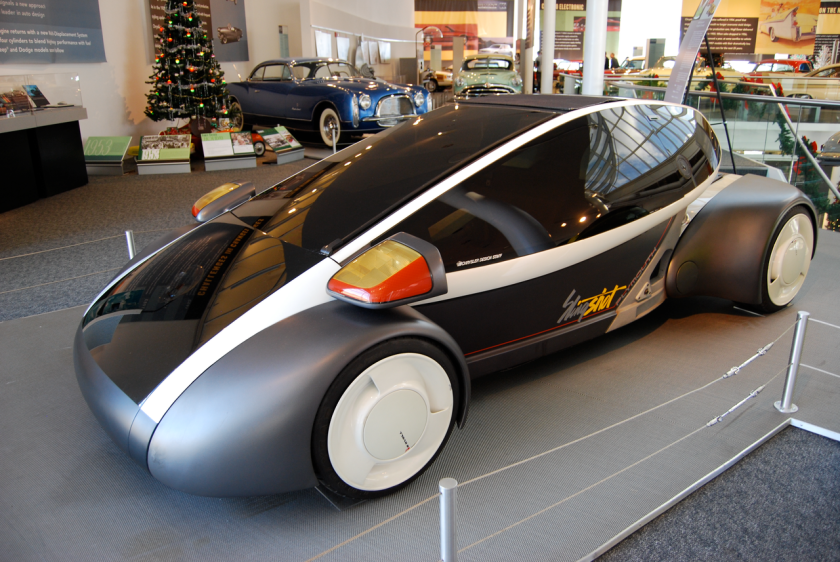
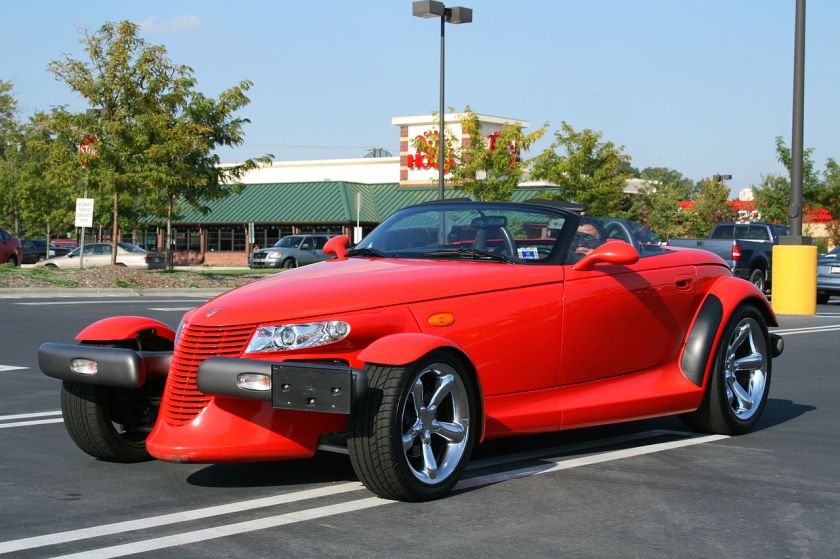
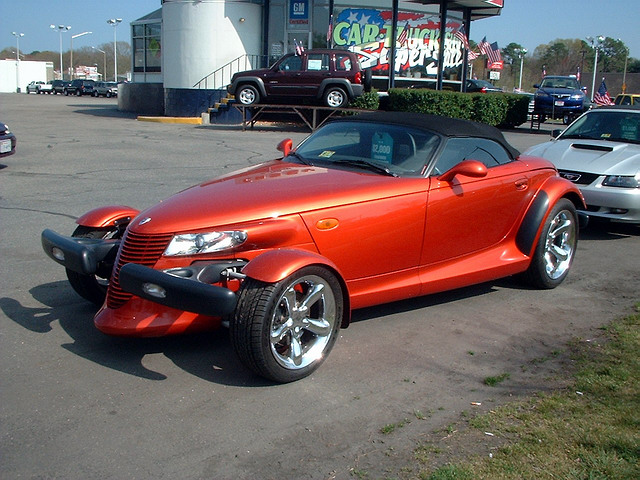
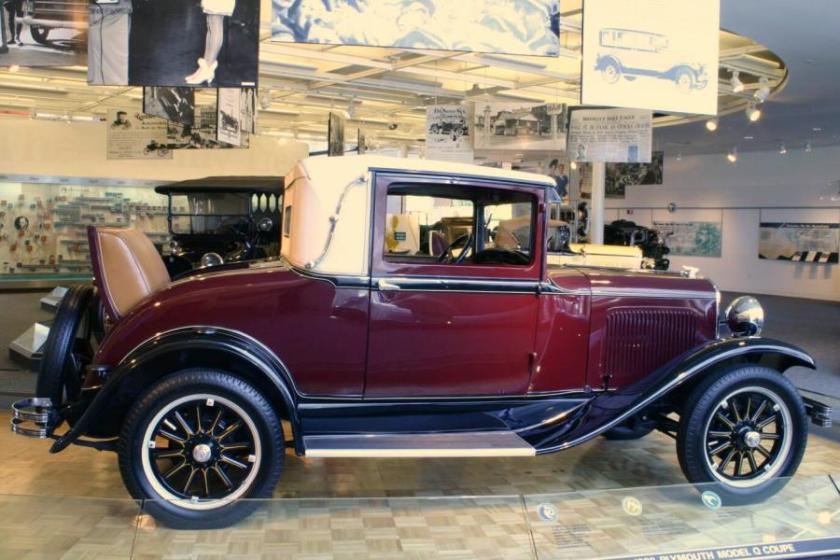
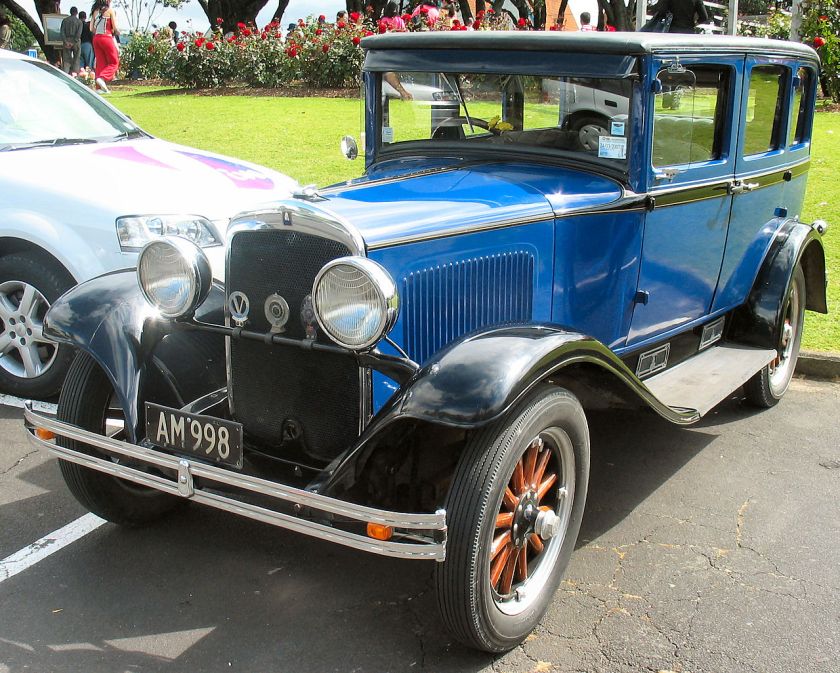
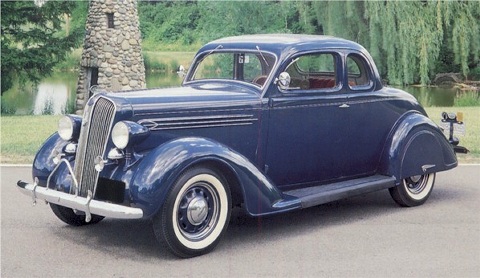
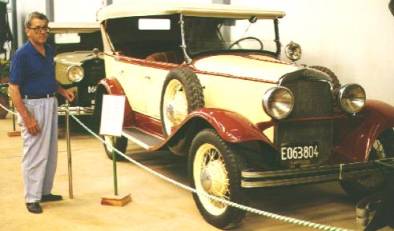
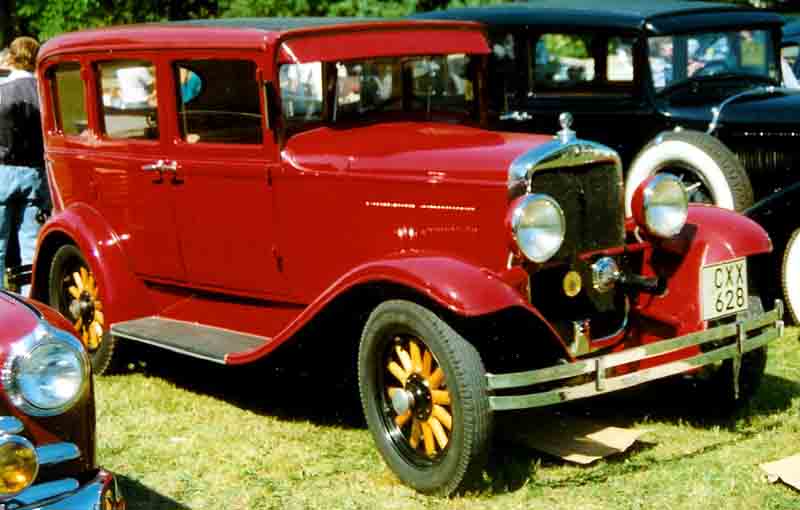
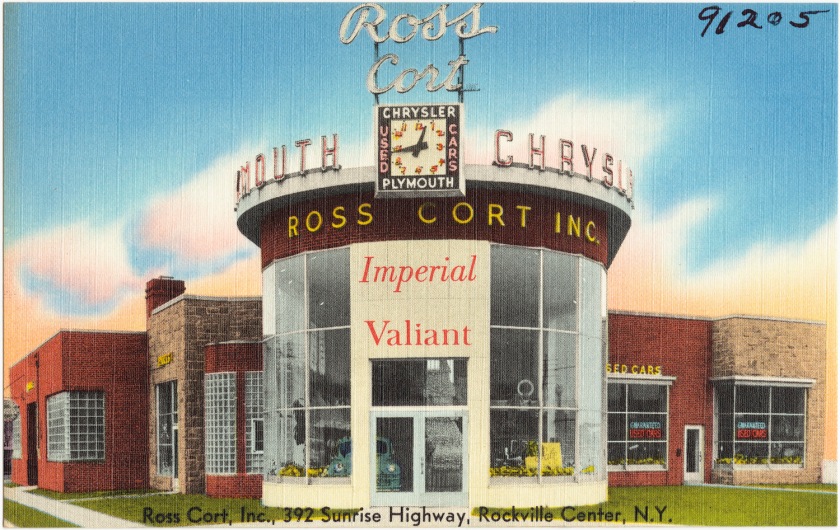
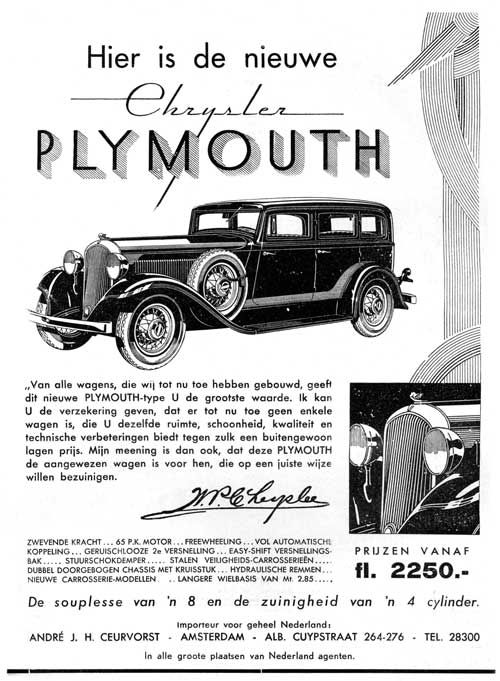
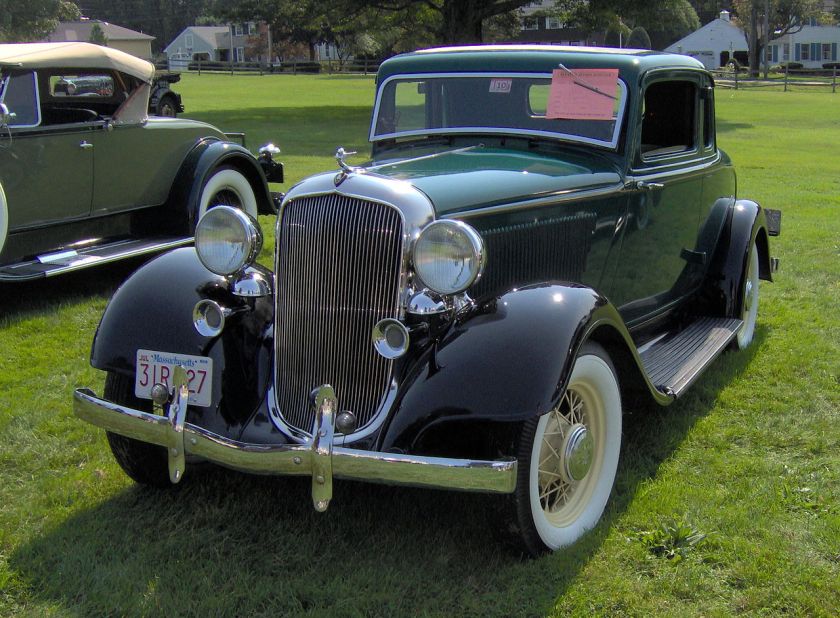
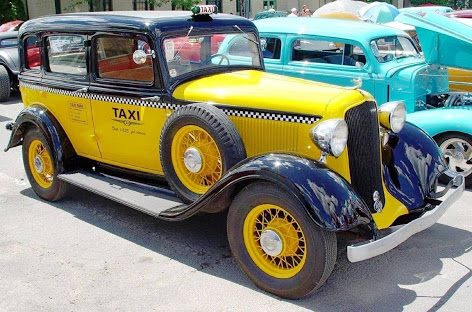
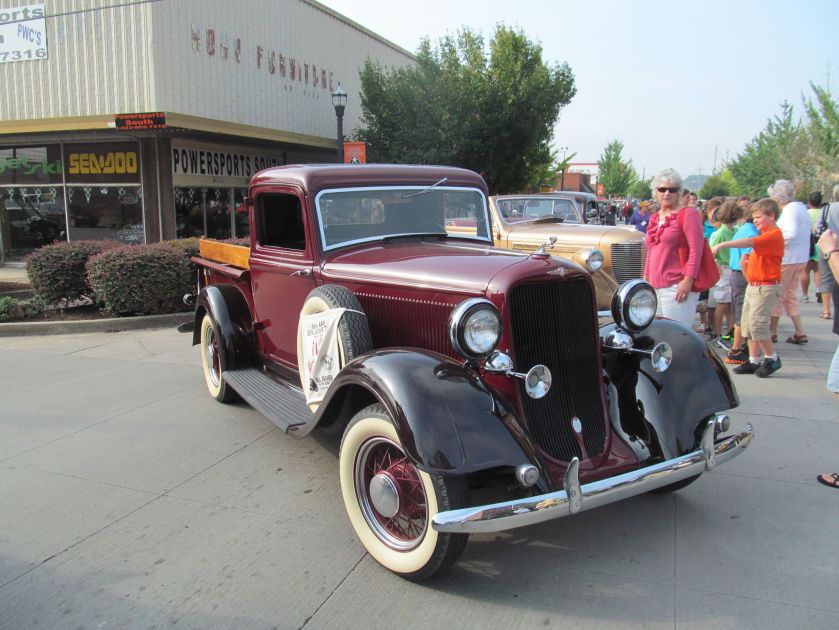
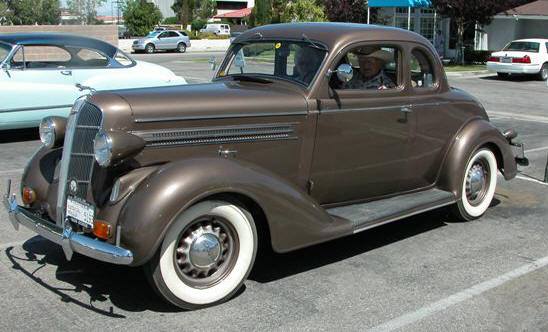
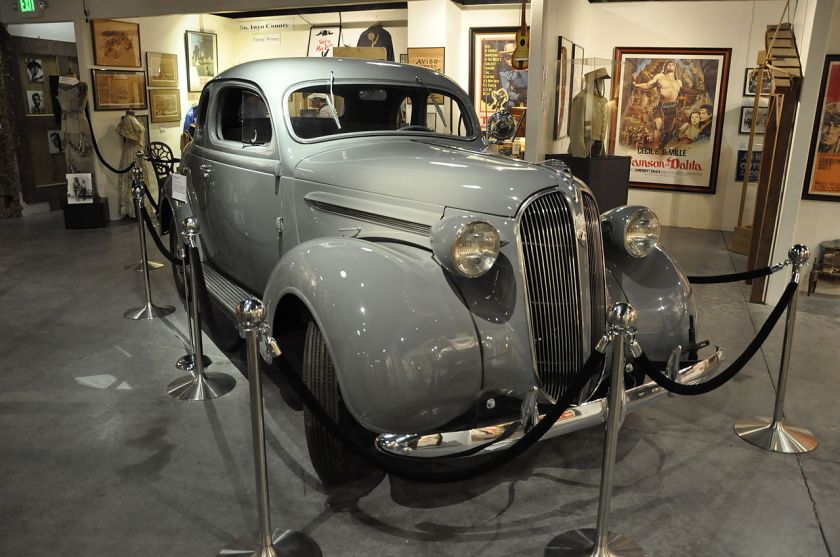
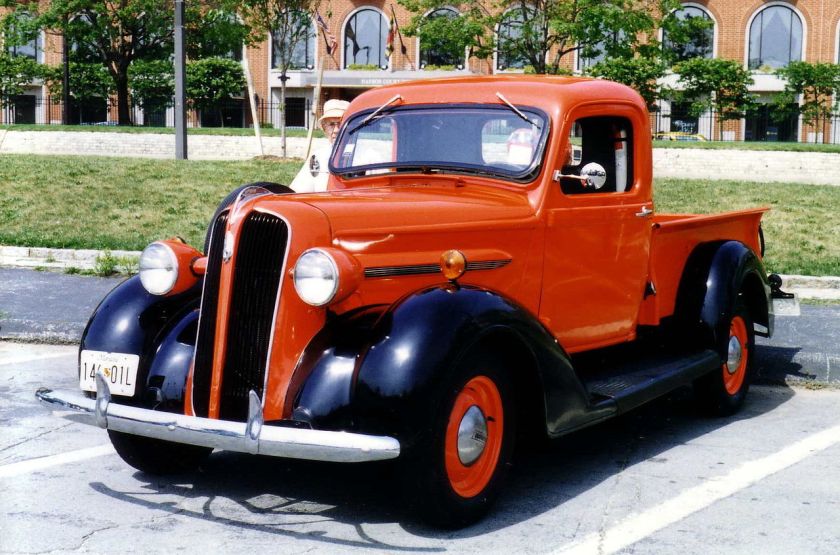
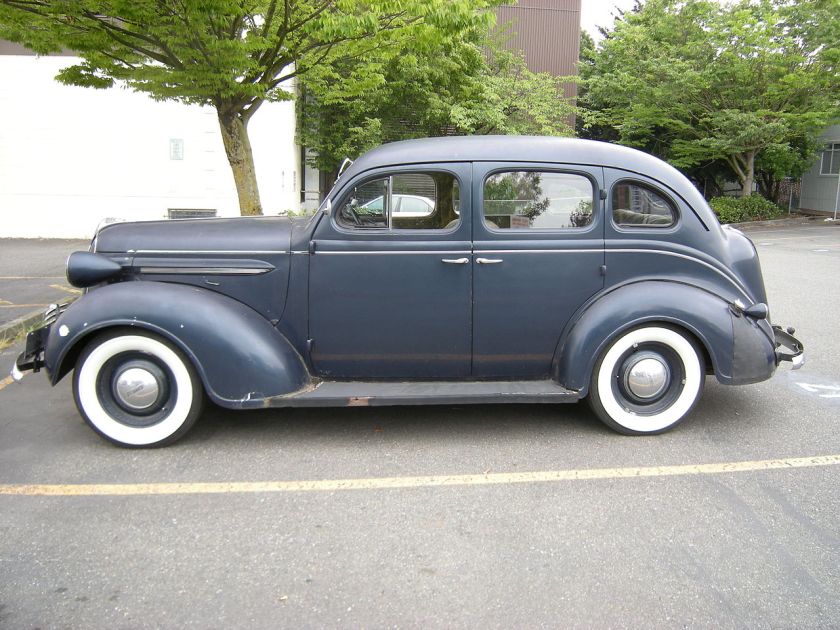
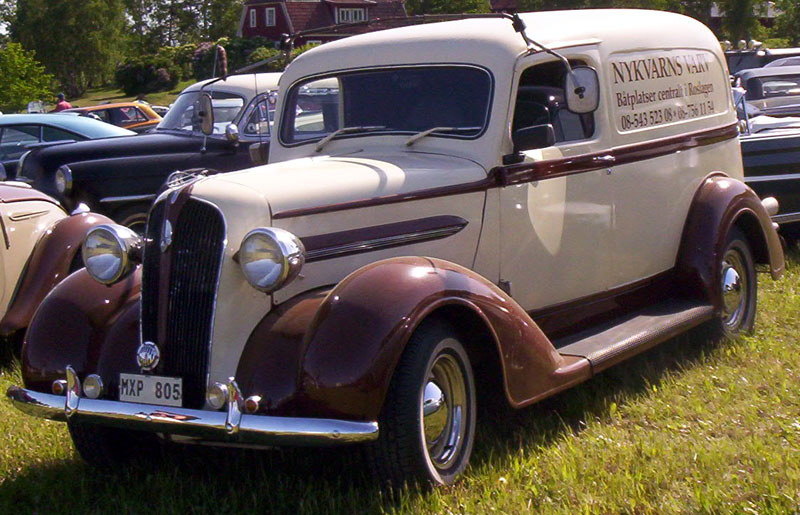
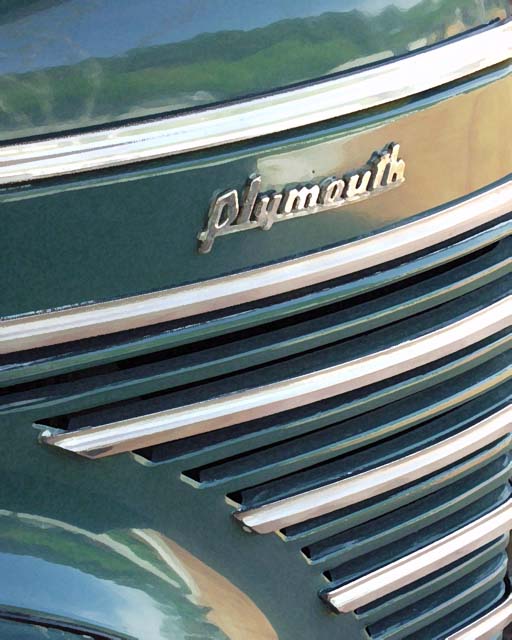
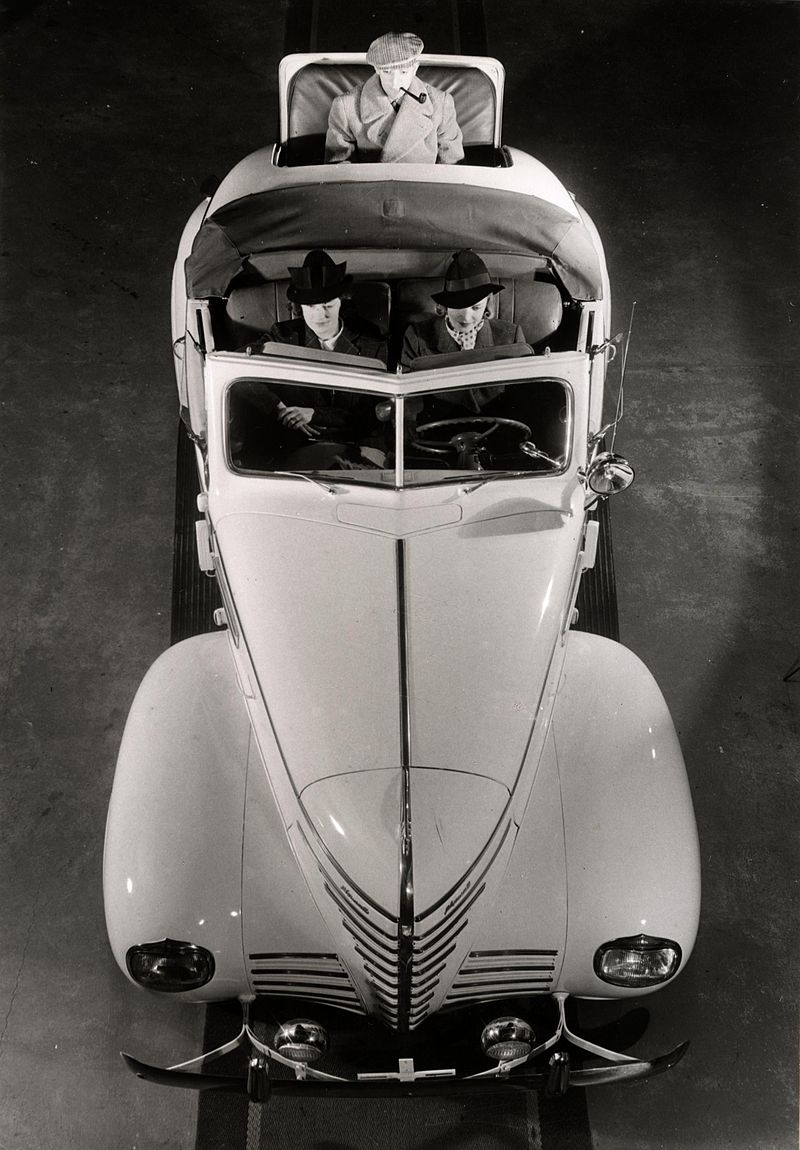
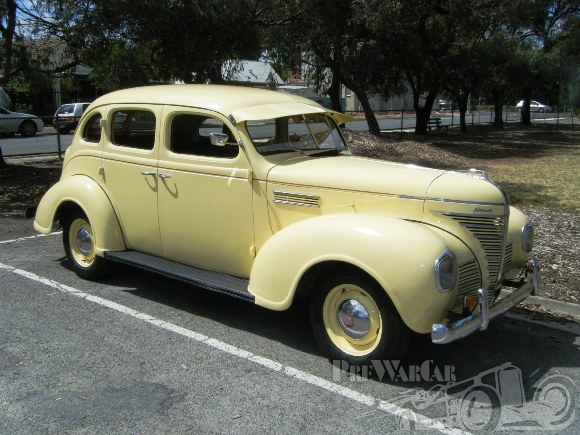
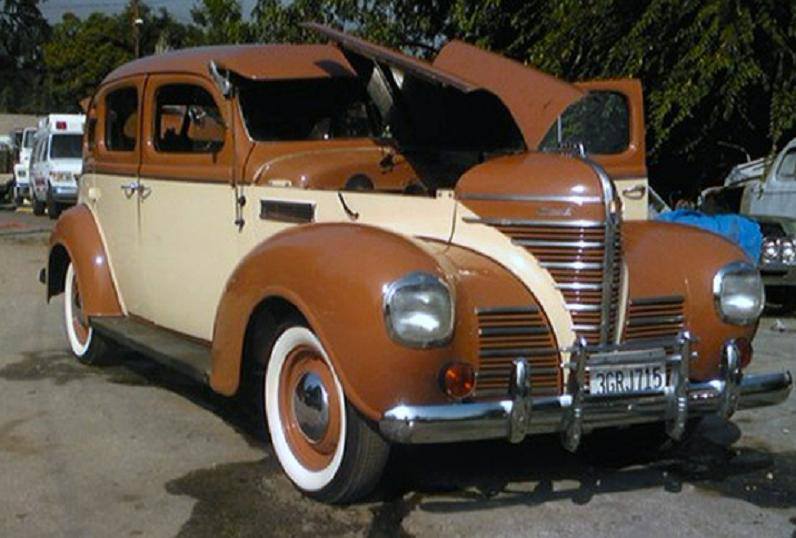
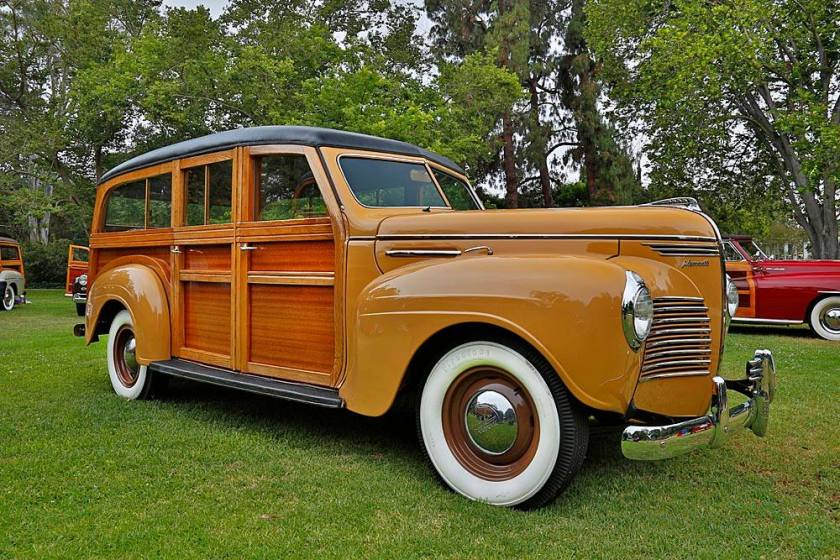
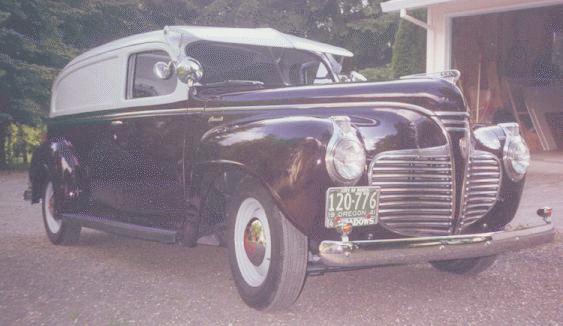
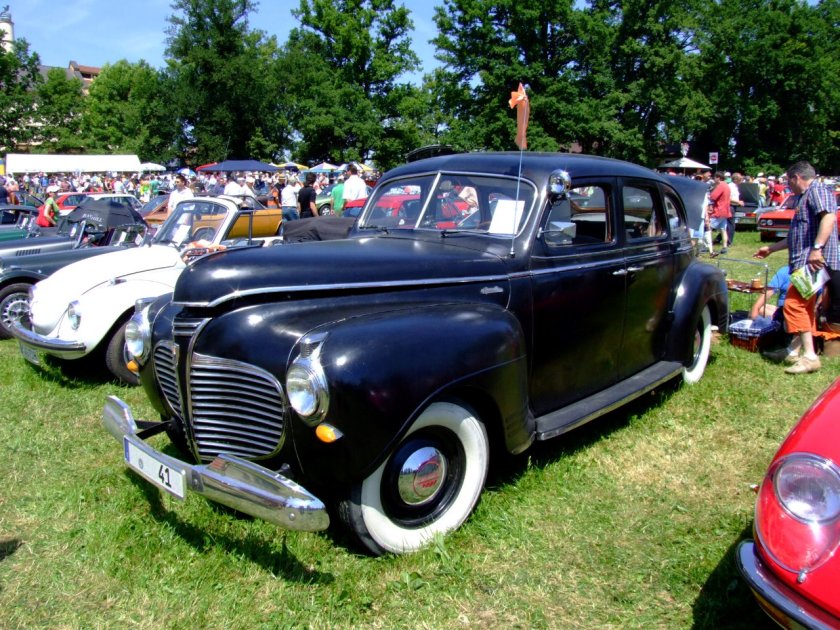
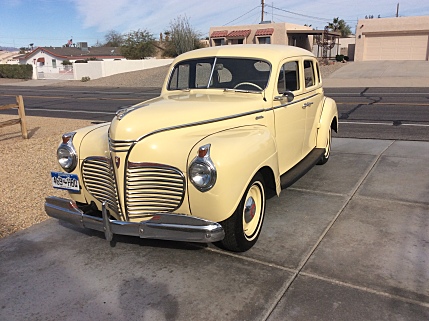
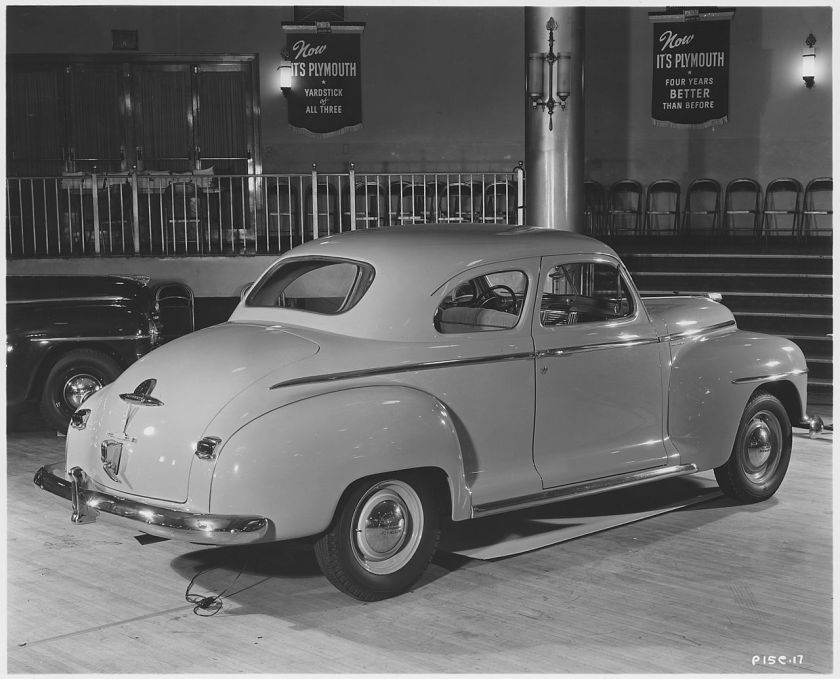
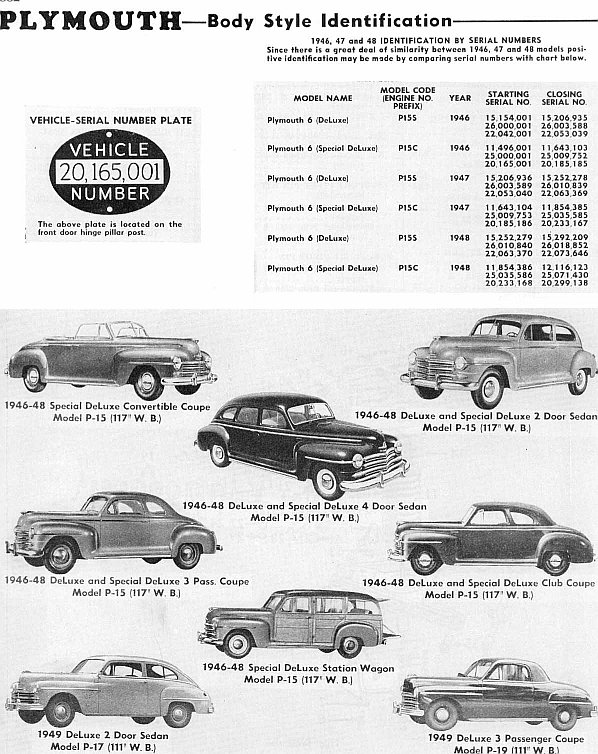
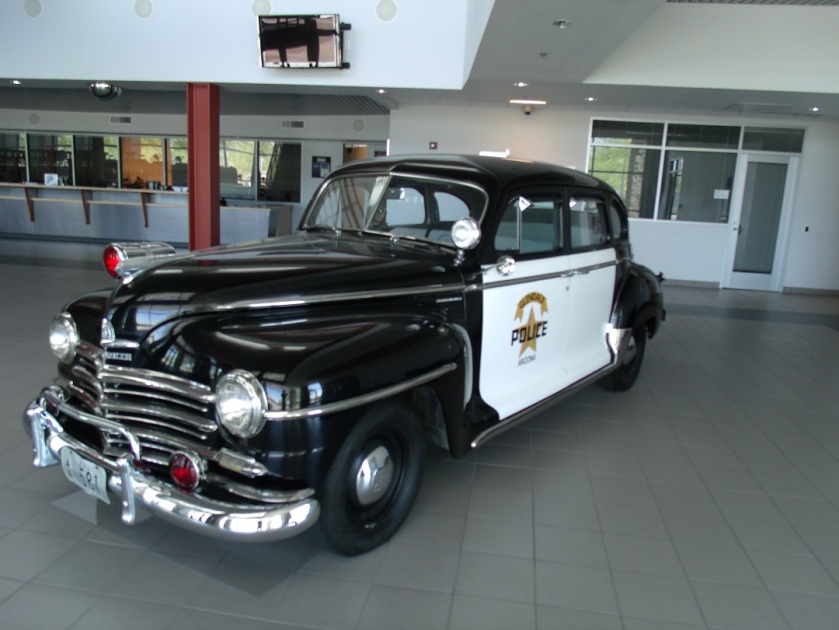
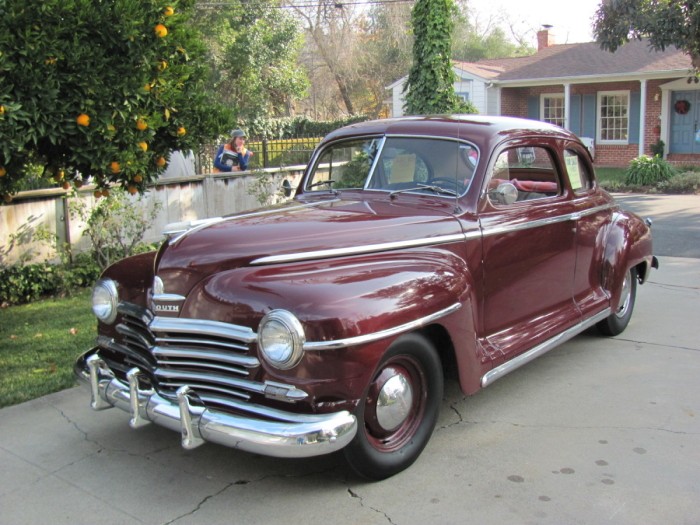
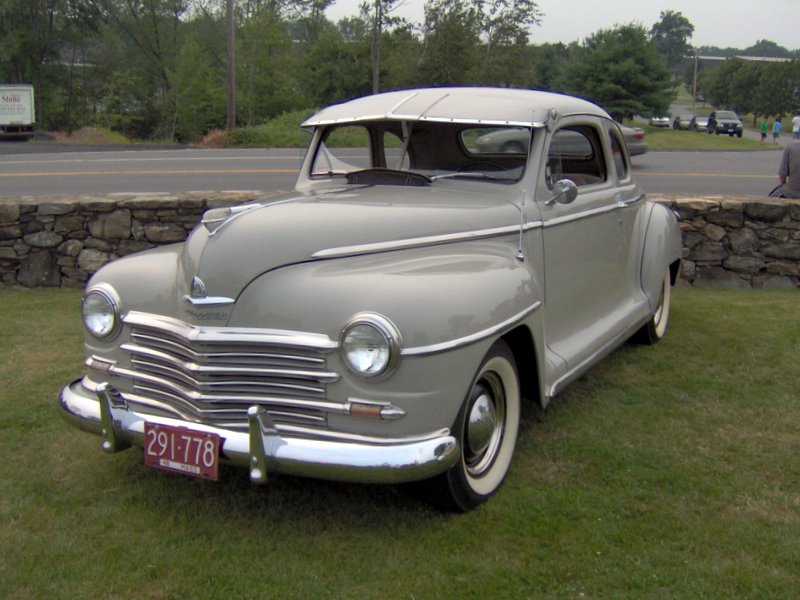
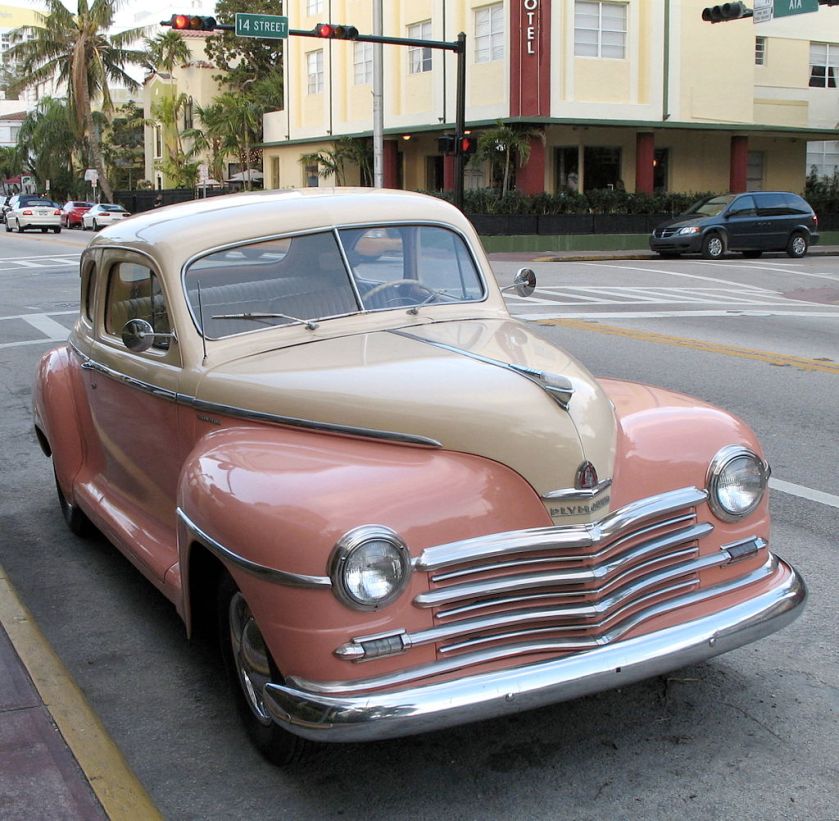
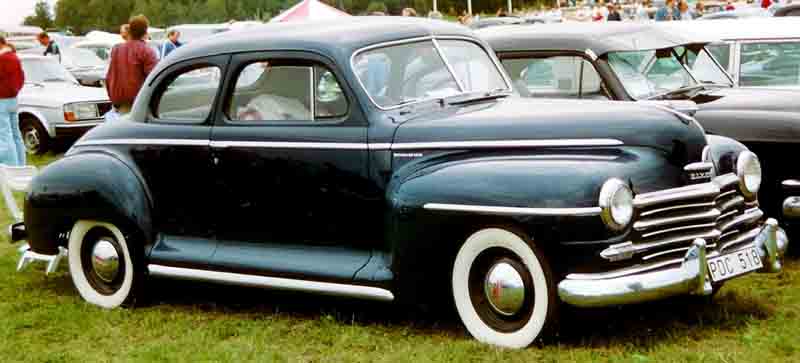
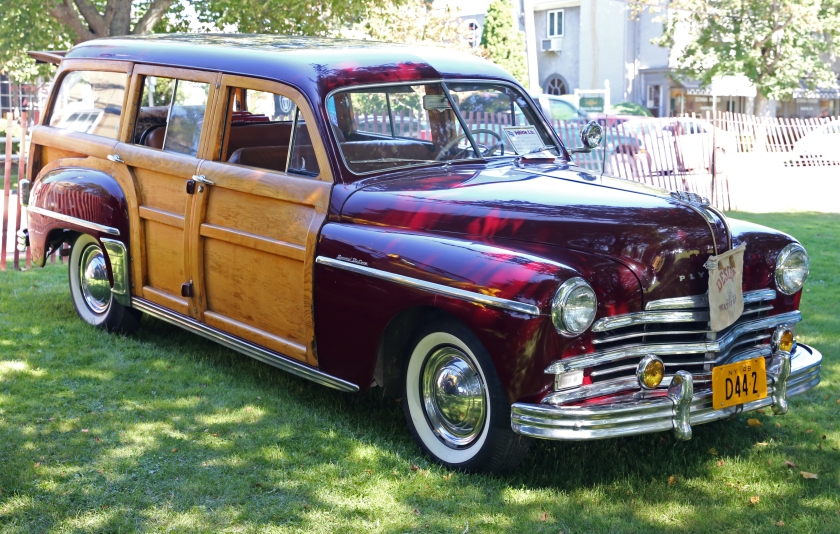
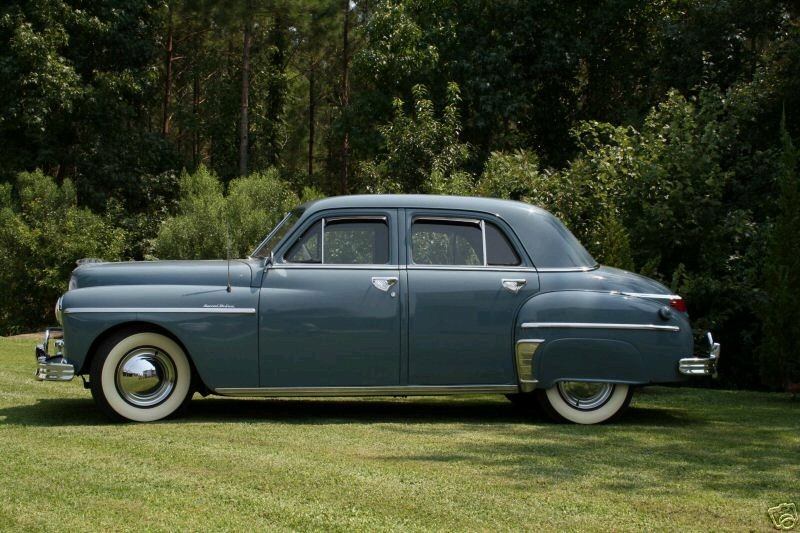
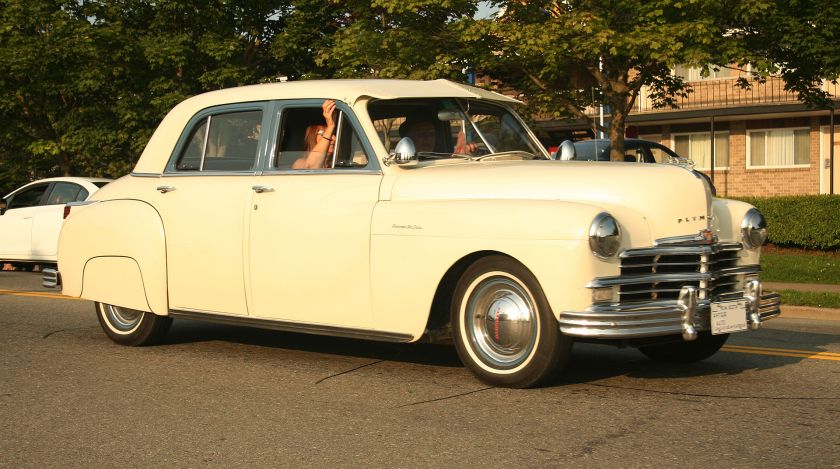
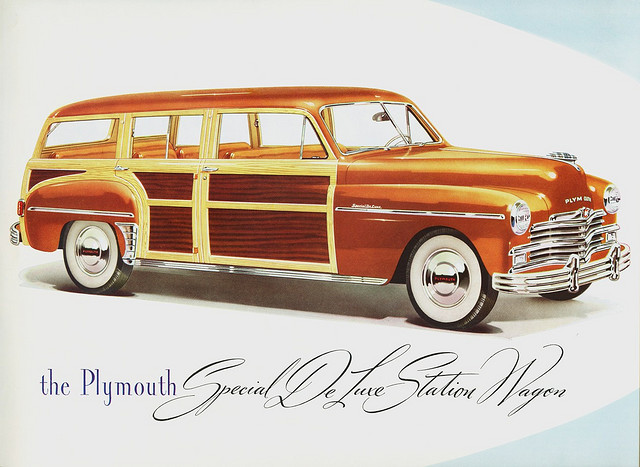

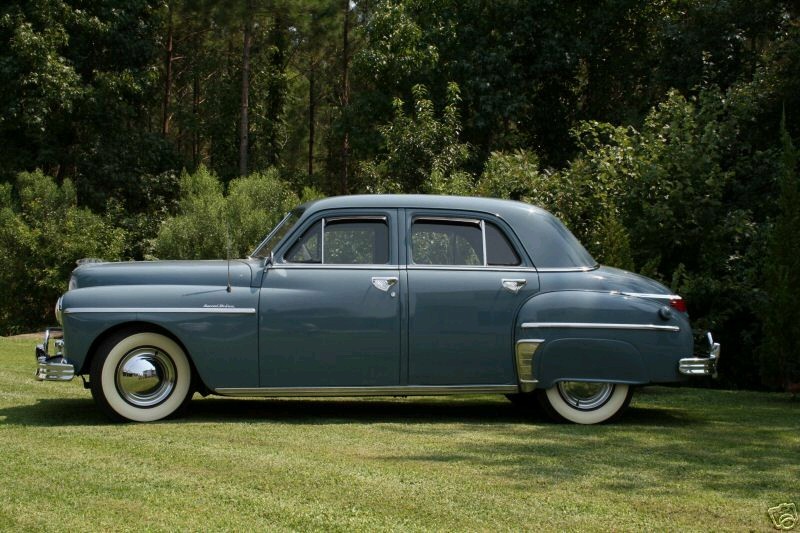
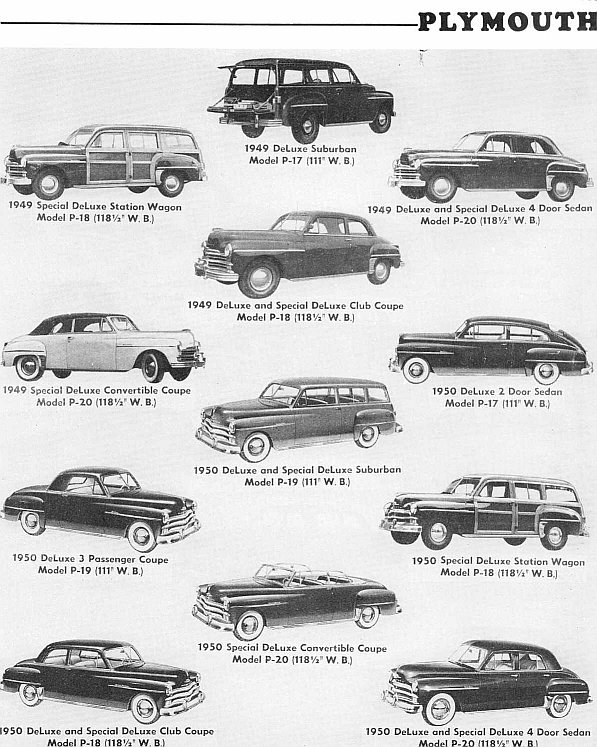
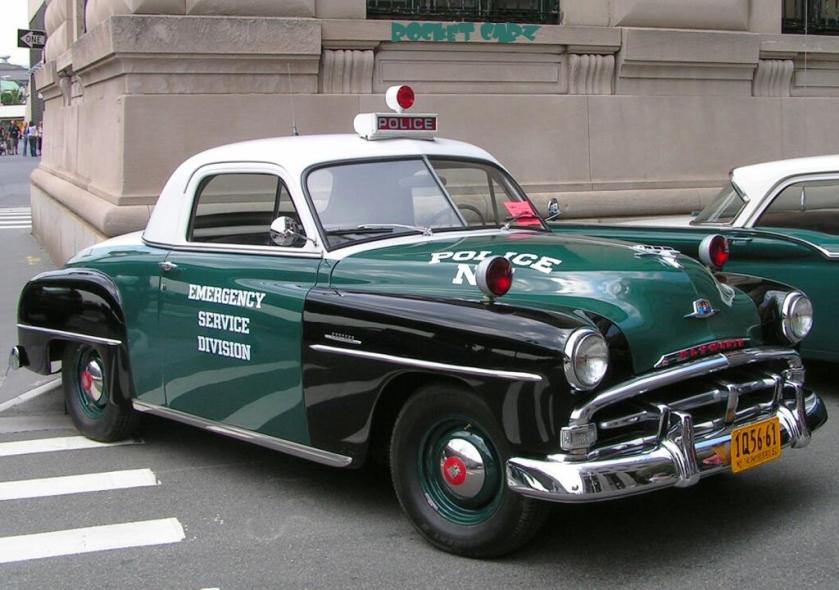
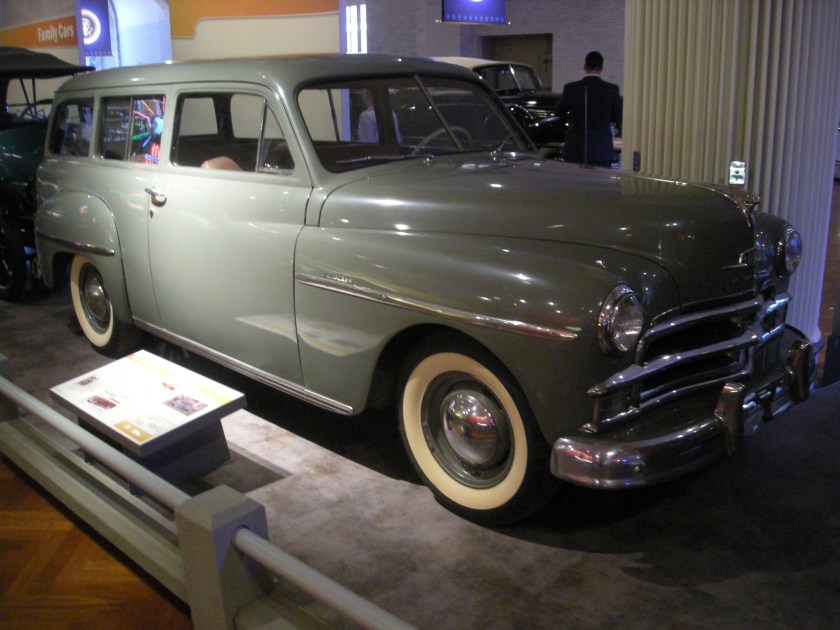
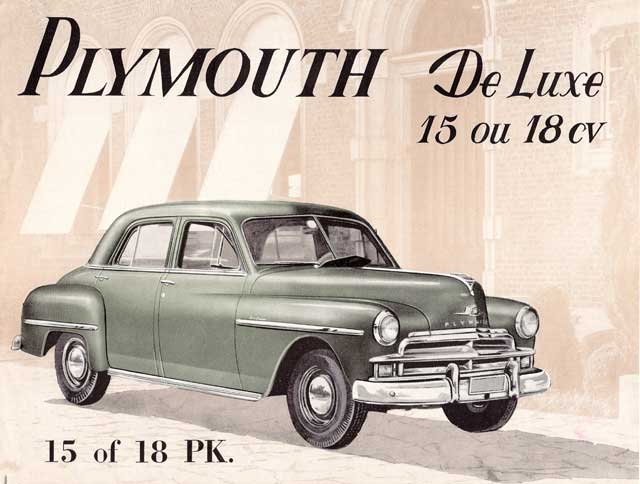
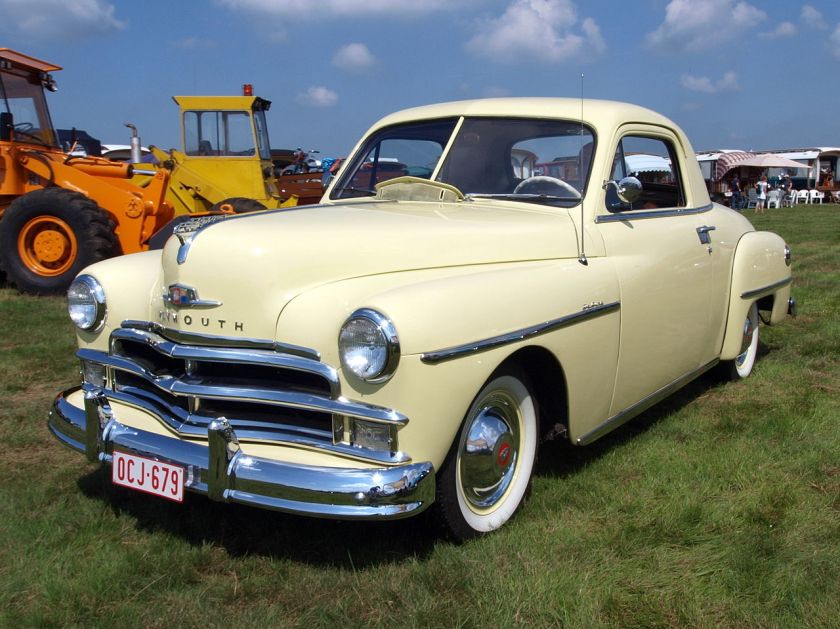
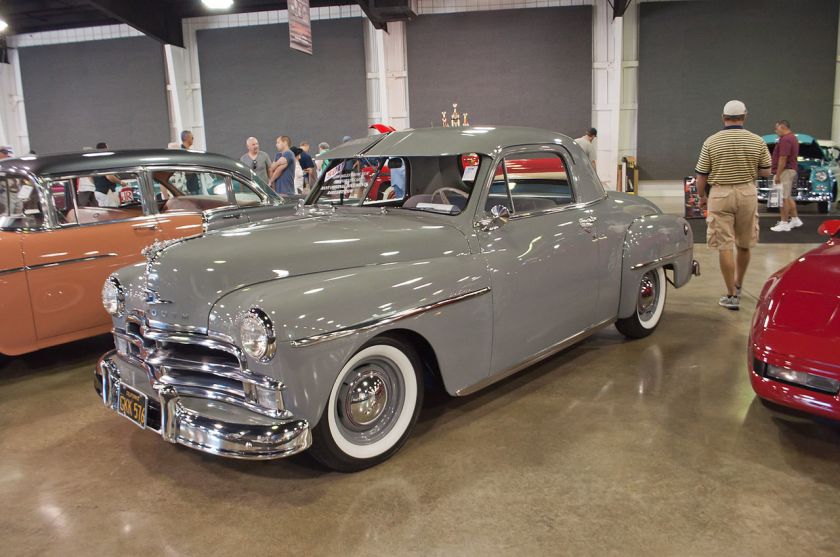
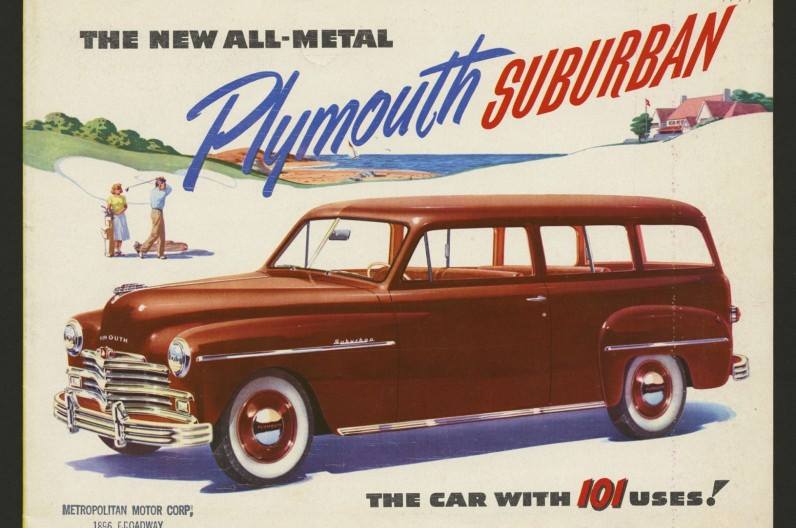
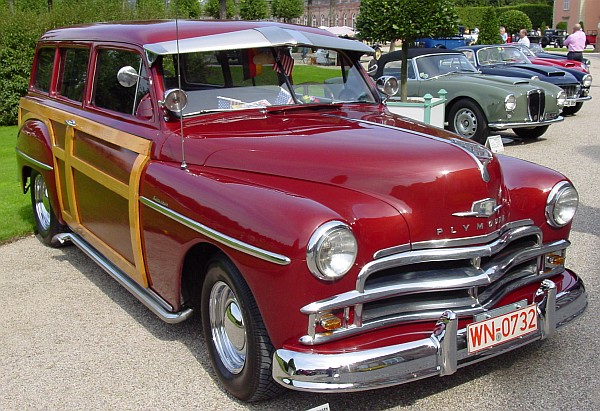
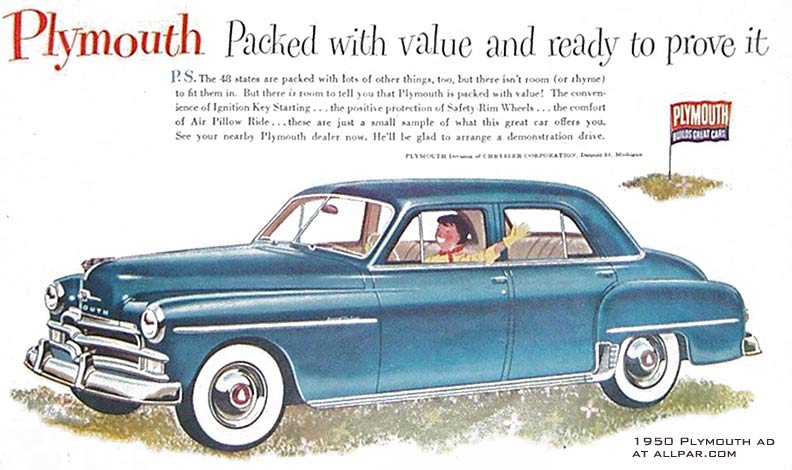
![1951 Plymouth Cambridge [P-23]](https://myntransportblog.wordpress.com/wp-content/uploads/2016/08/1951-plymouth-cambridge-p-23.jpg?w=840)
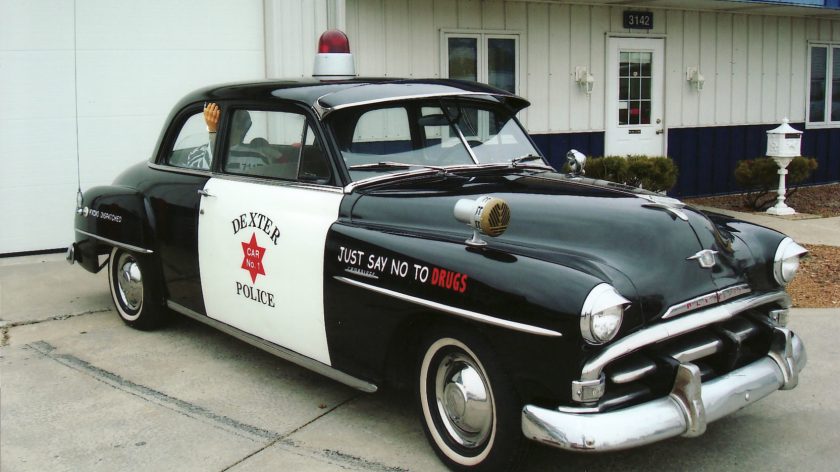
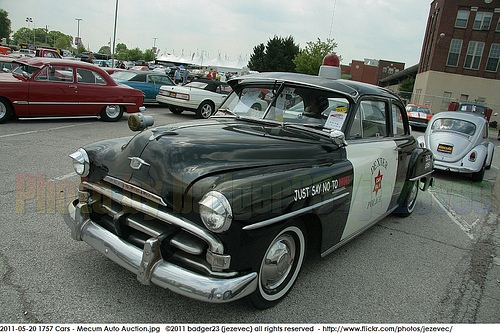
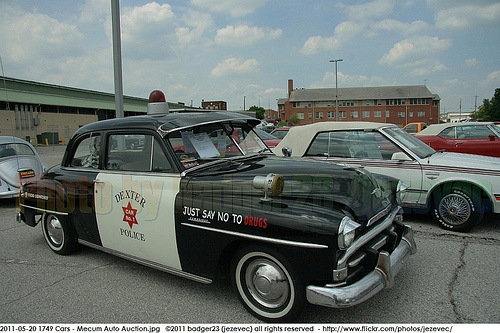
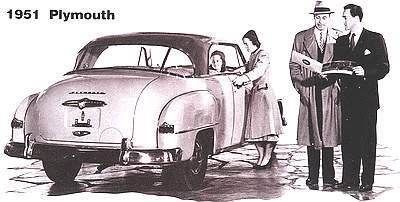
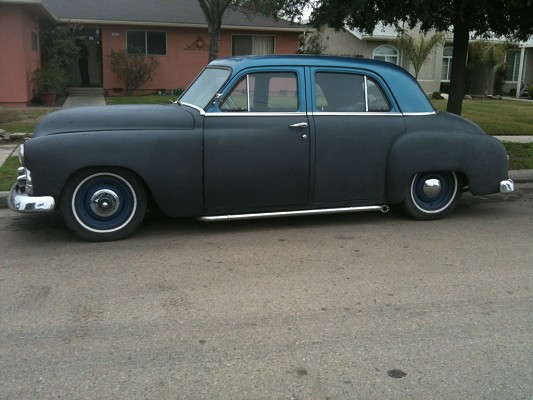
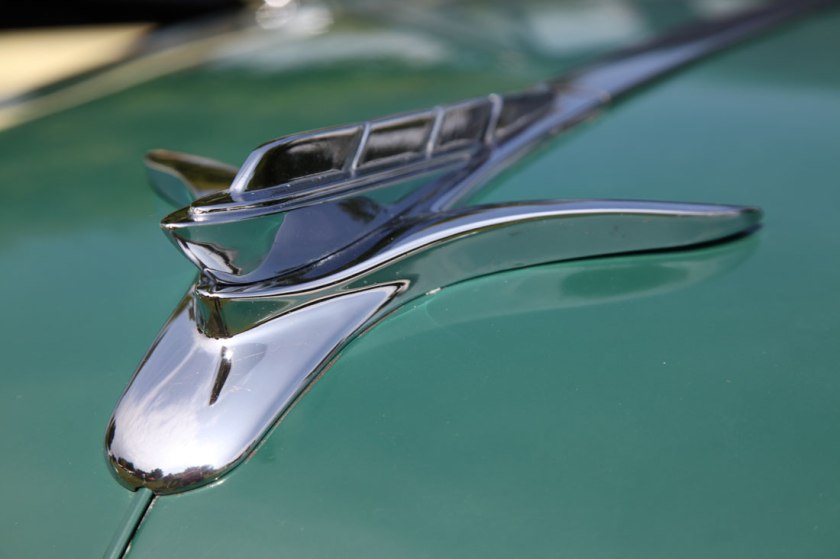
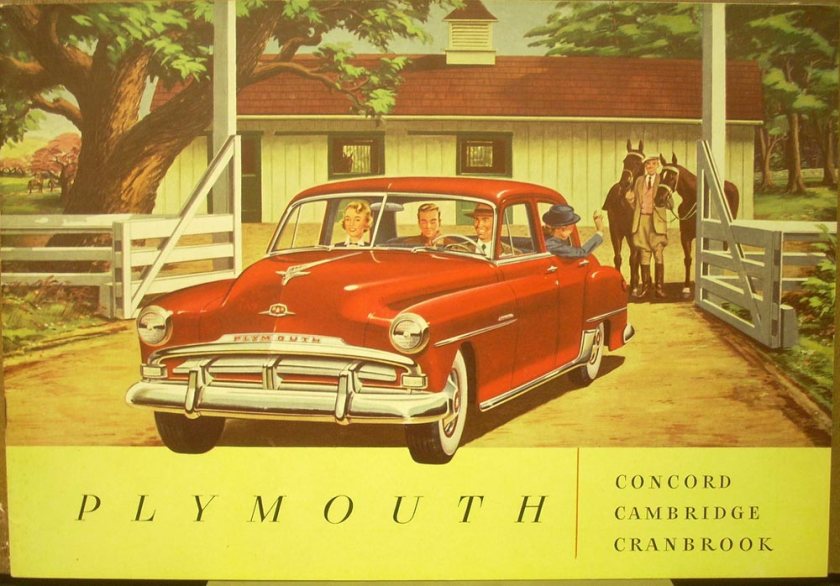
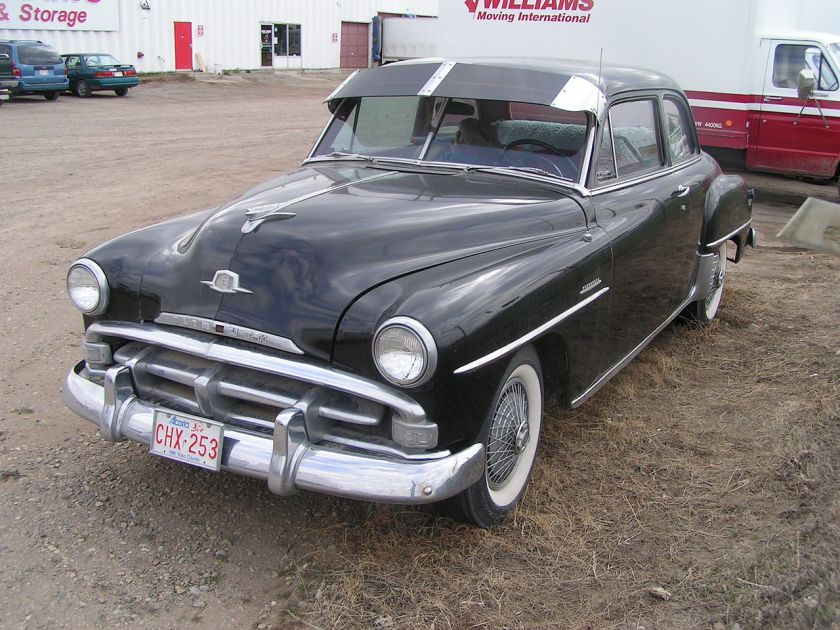
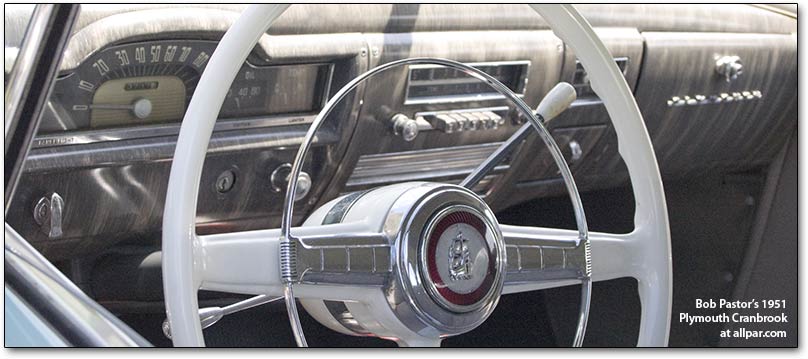
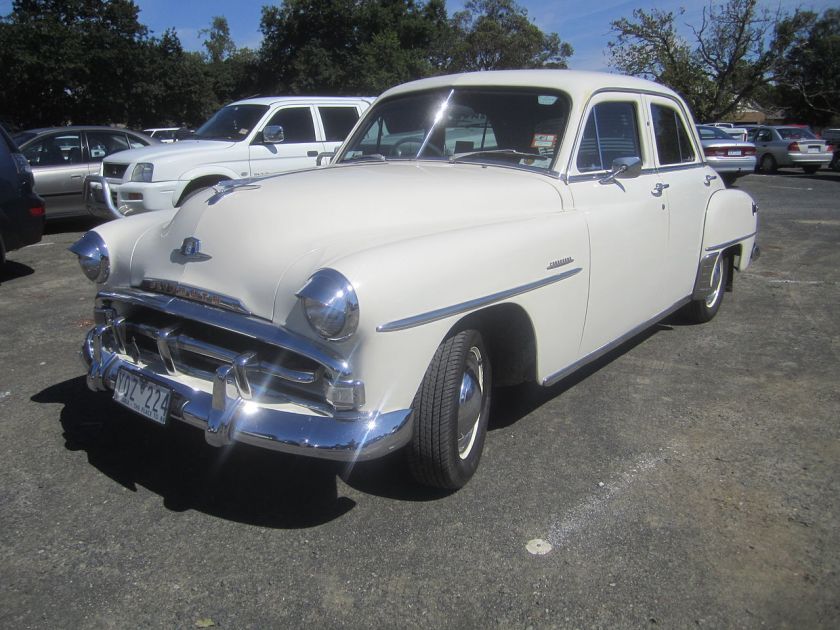
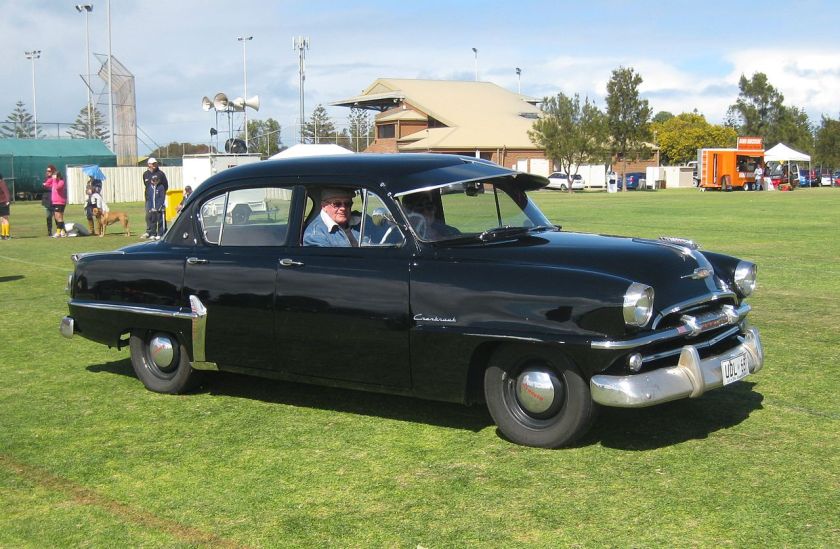
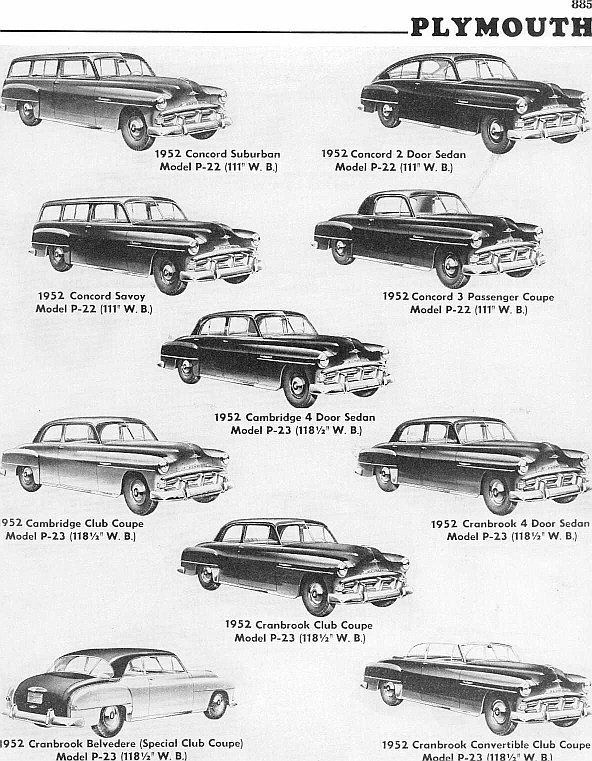
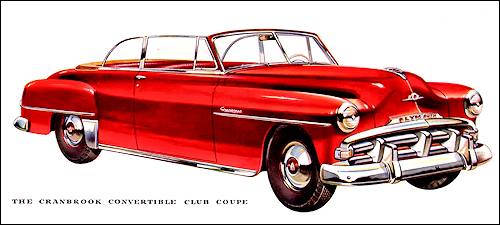
![1952 Plymouth Cambridge [P-23]](https://myntransportblog.wordpress.com/wp-content/uploads/2016/08/1952-plymouth-cambridge-p-23.jpg?w=840)
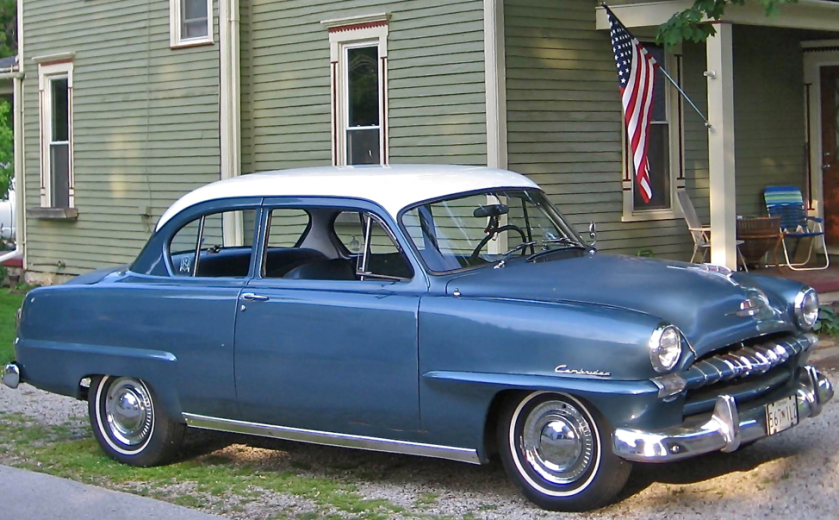
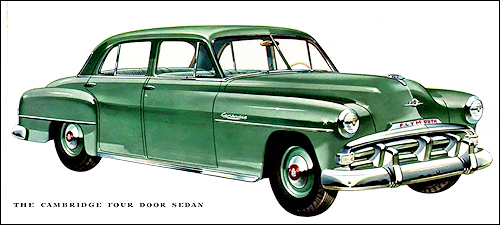
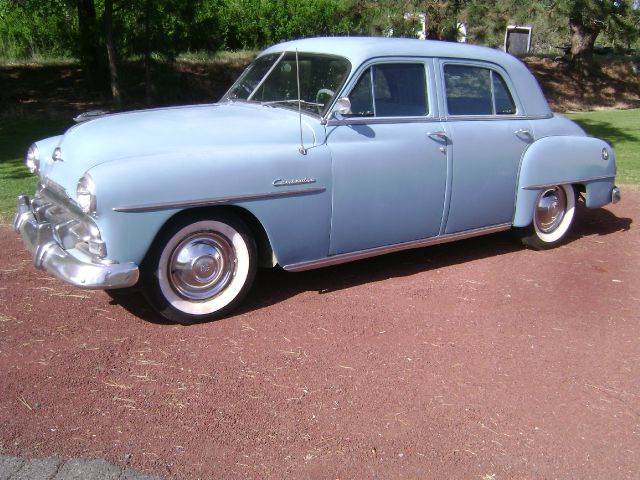
![1952 Plymouth Cambridge Four Door Sedan [P-23]](https://myntransportblog.wordpress.com/wp-content/uploads/2016/08/1952-plymouth-cambridge-four-door-sedan-p-23.jpg?w=840)
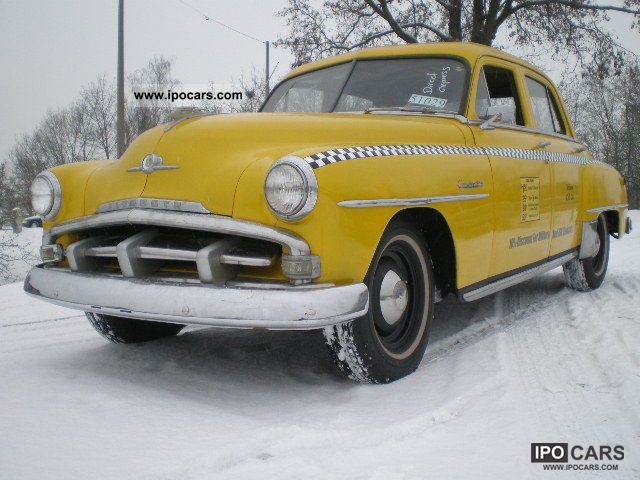
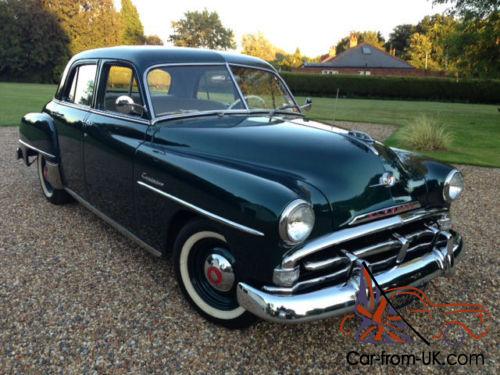
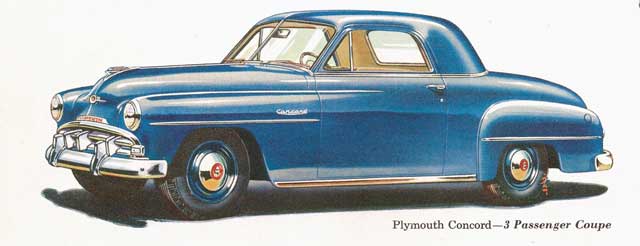
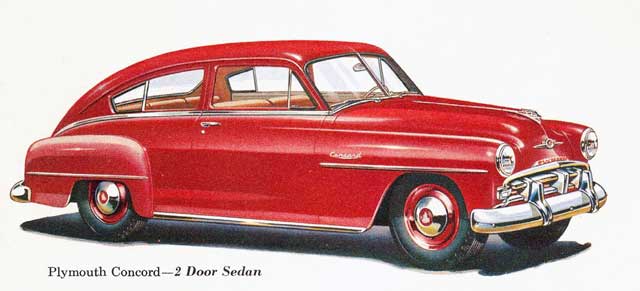
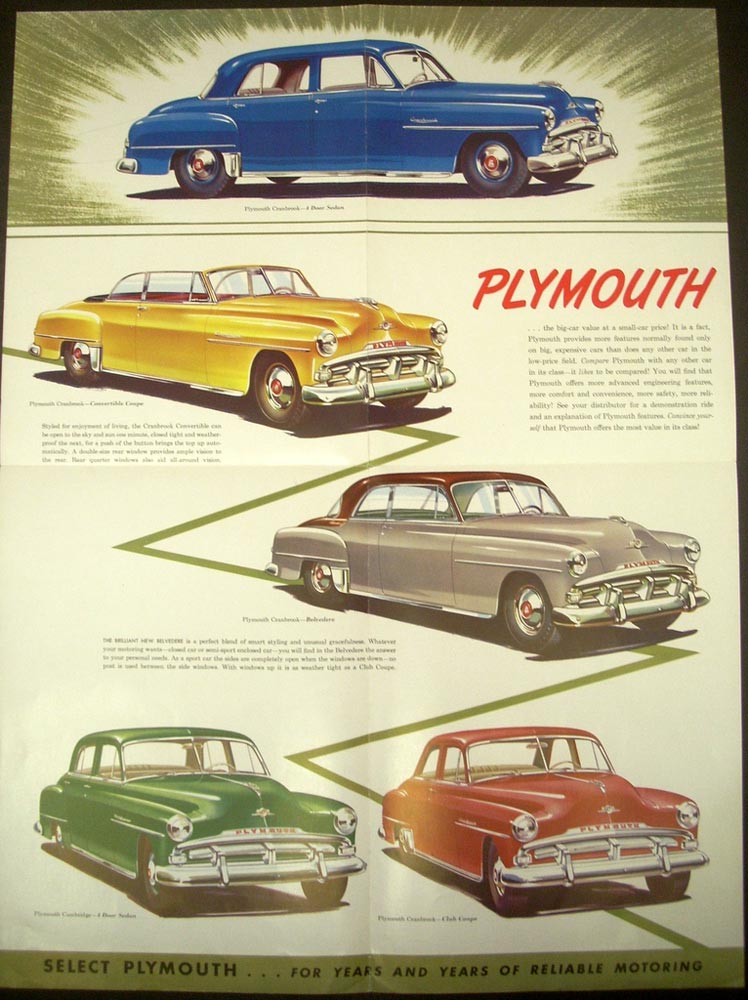
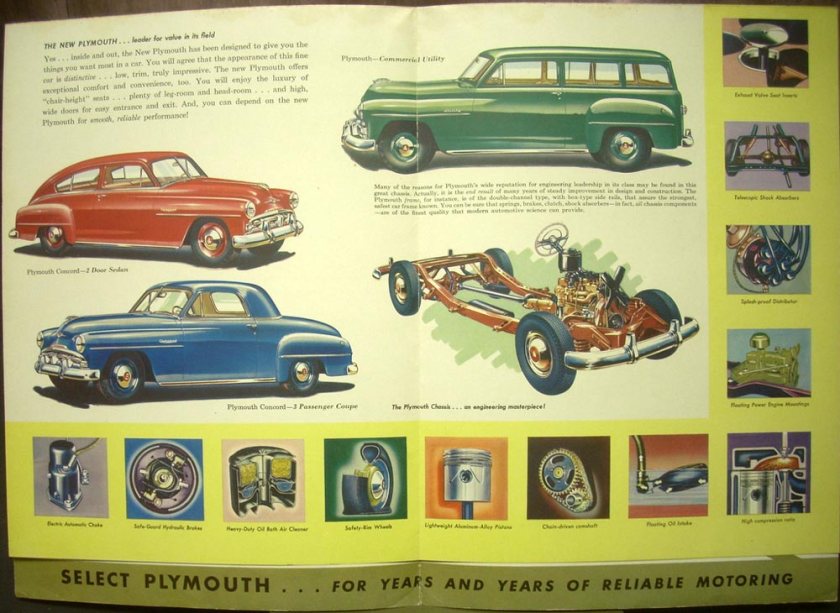
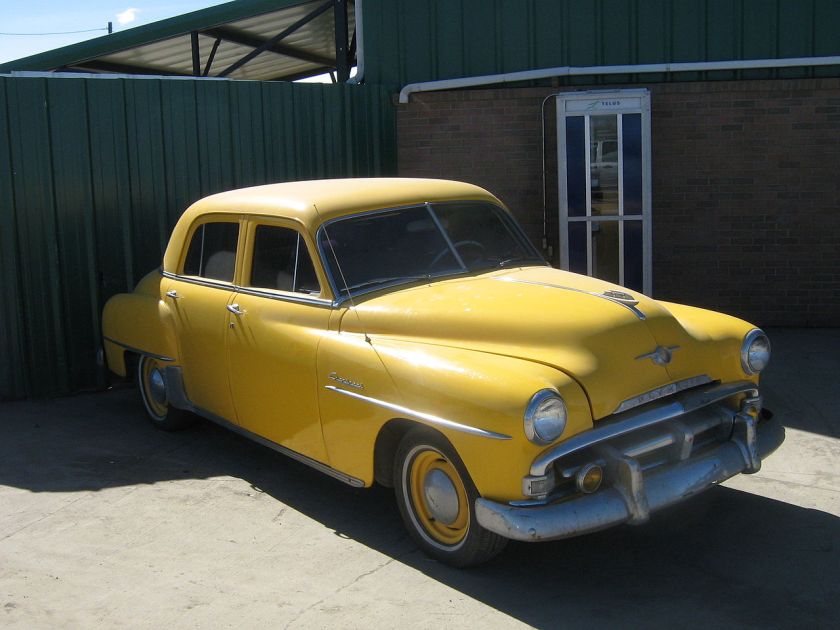
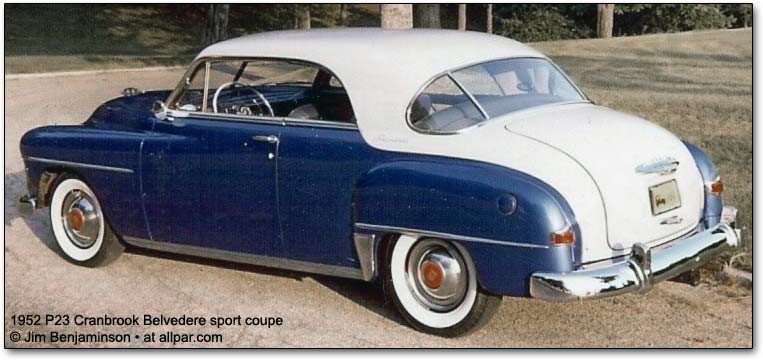
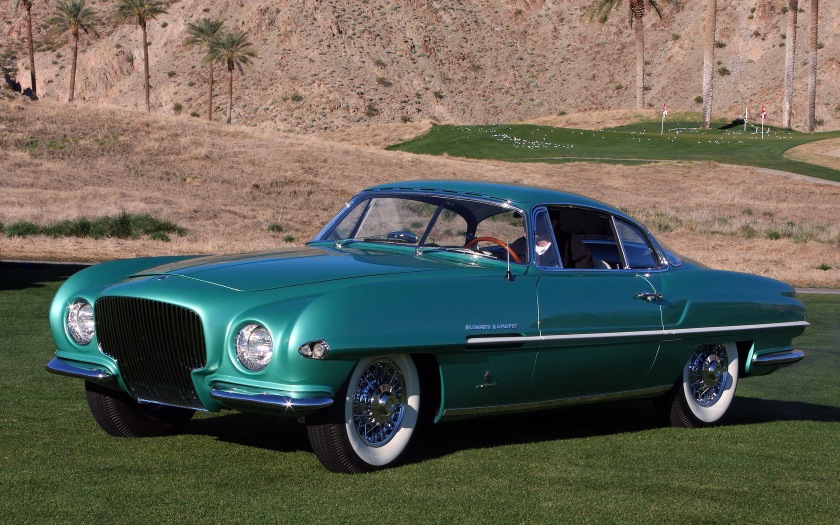
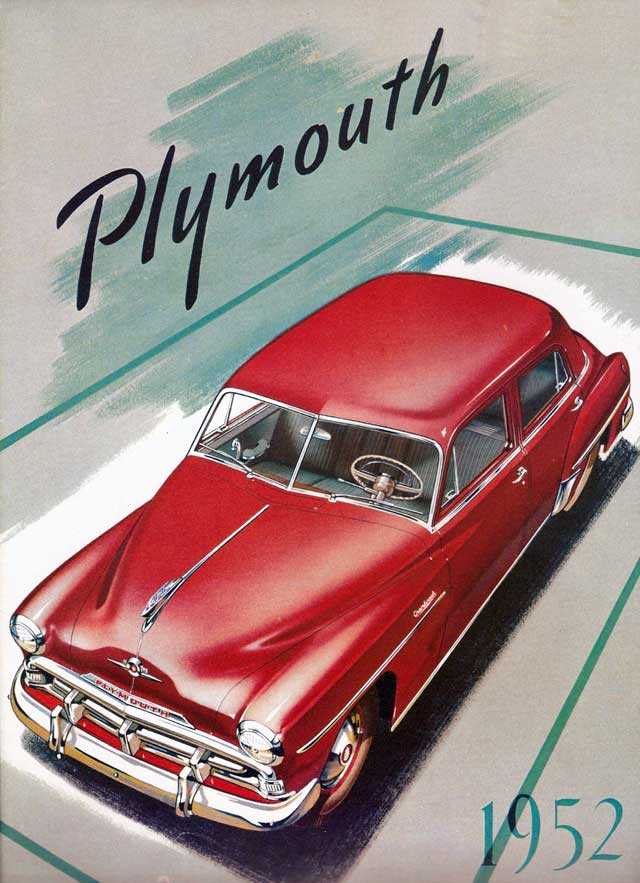
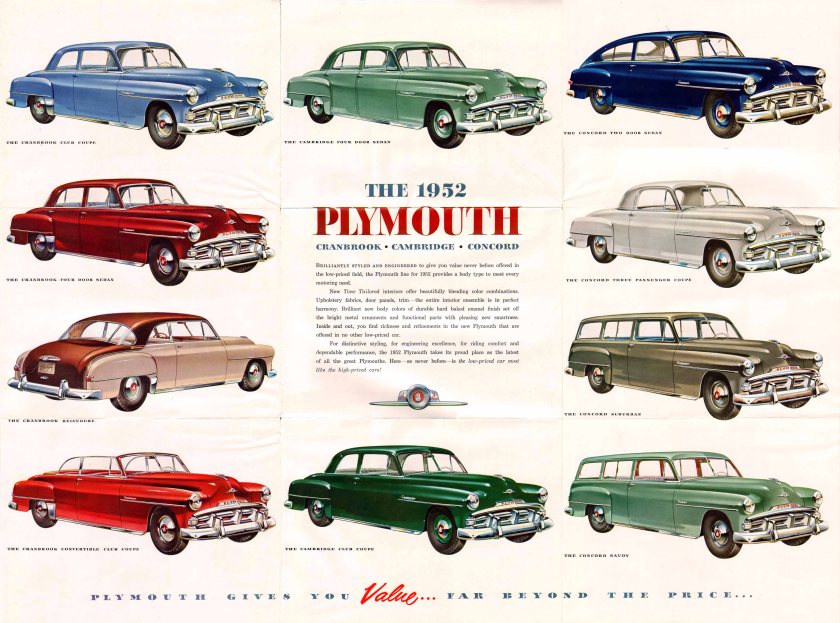
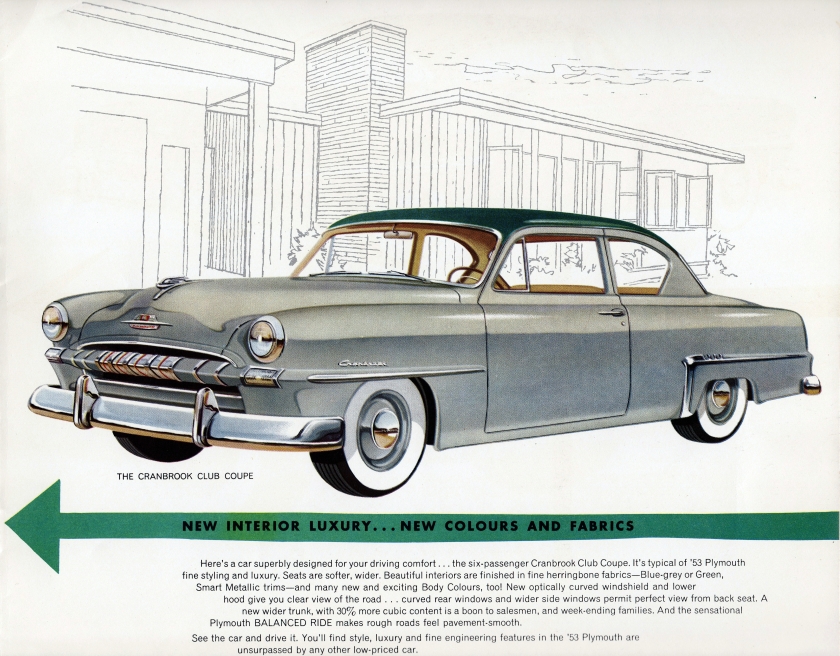
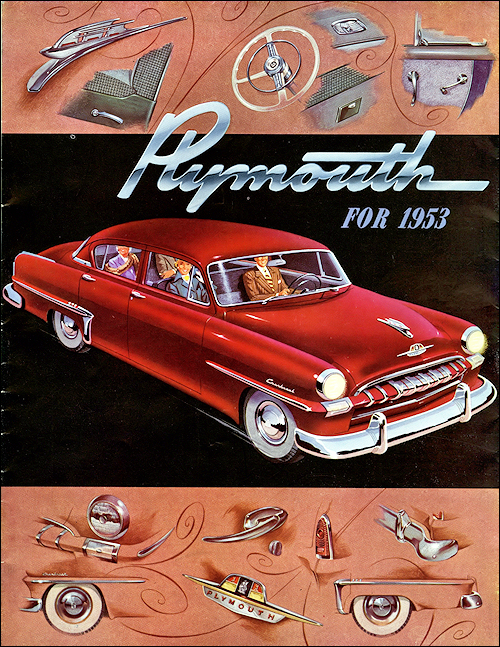
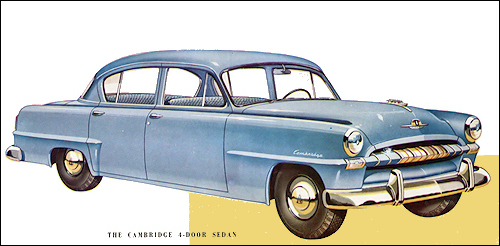
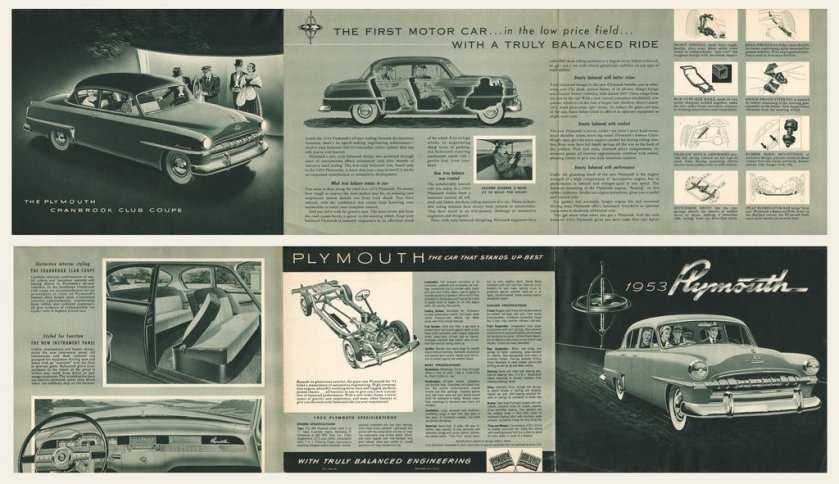
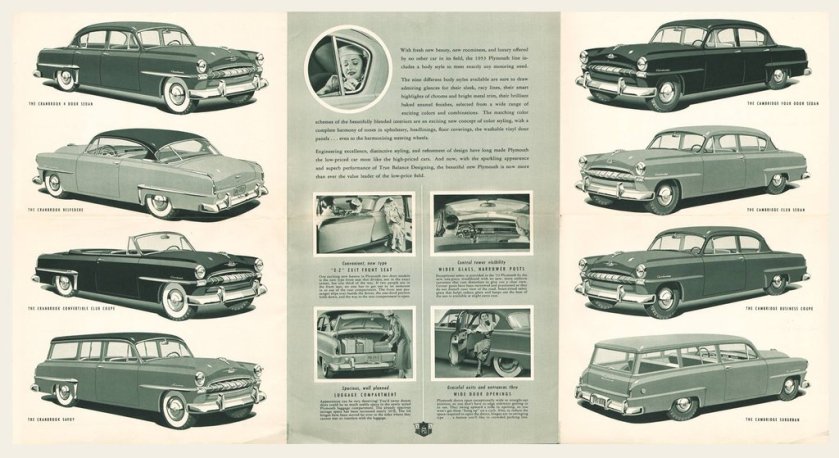
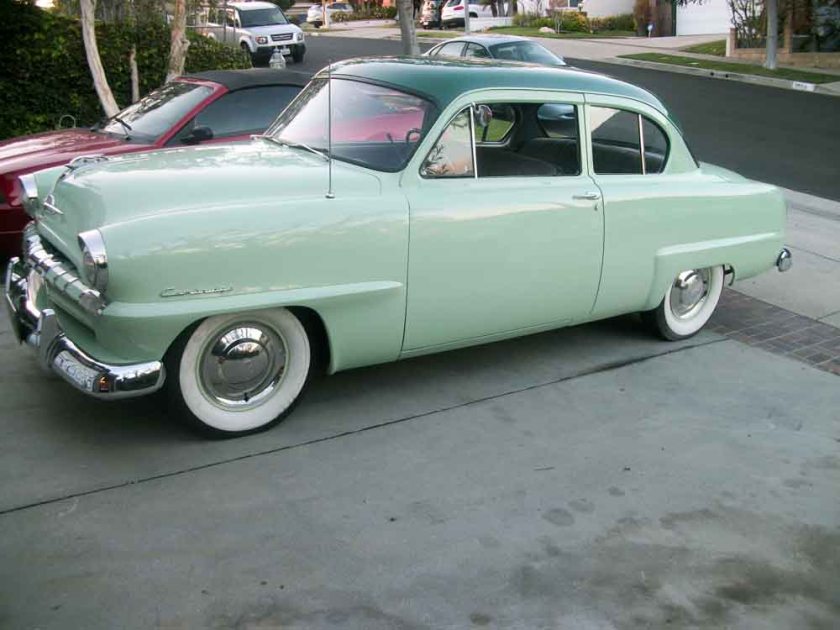
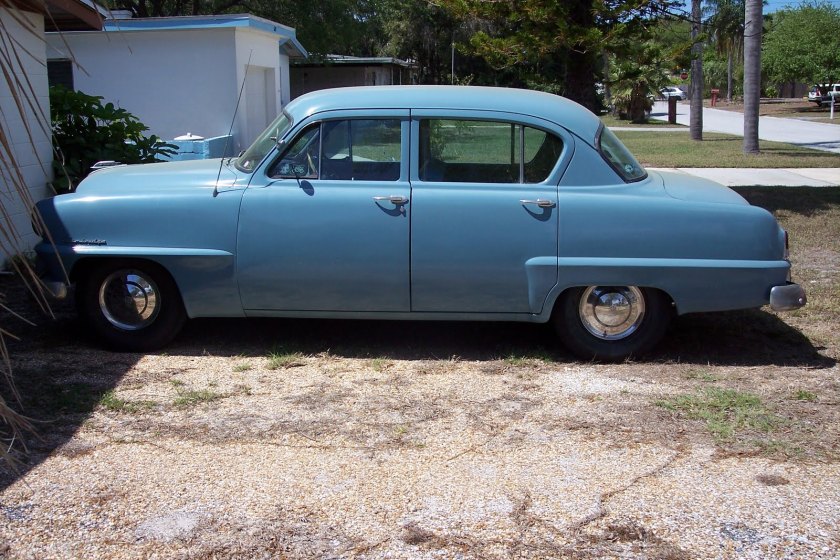
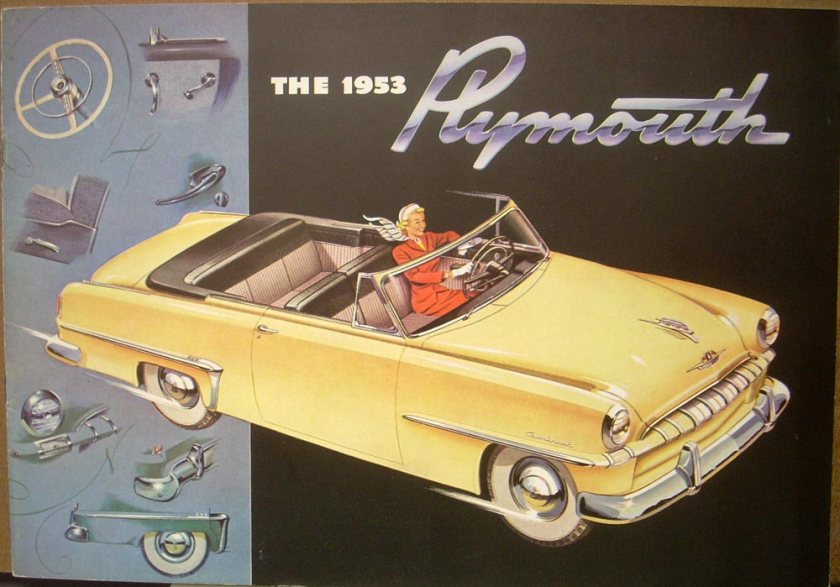
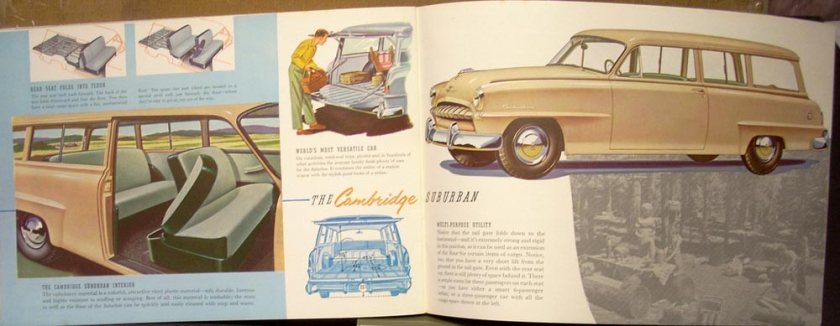
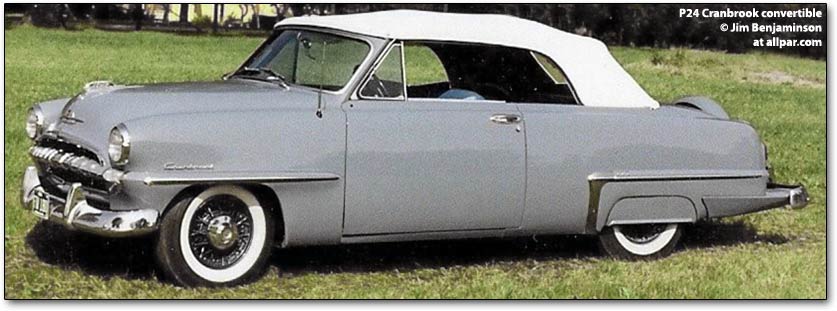
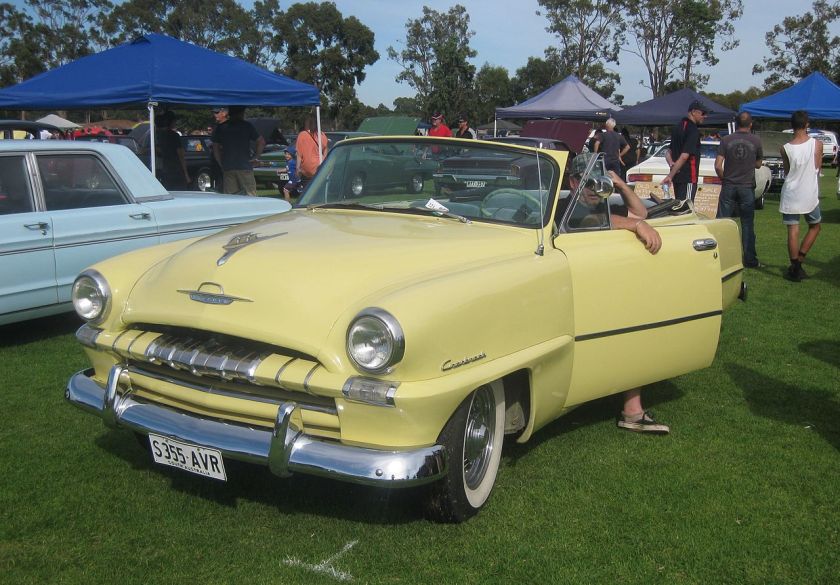
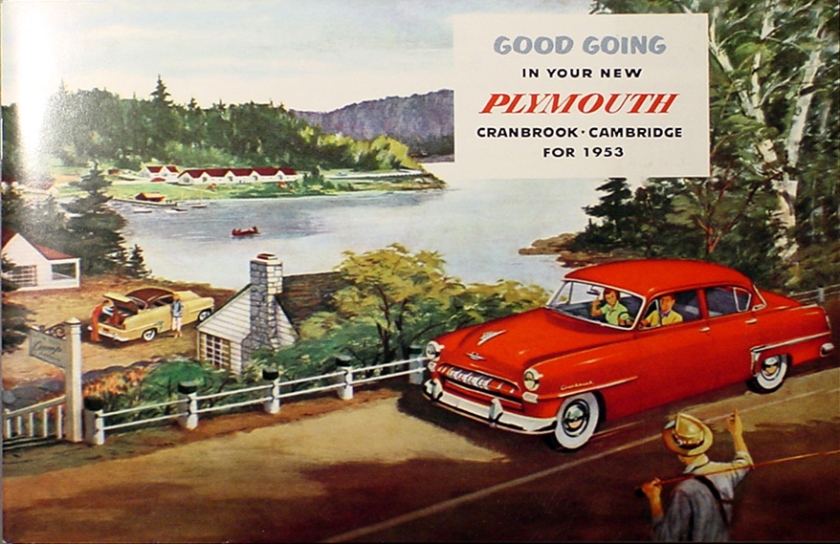
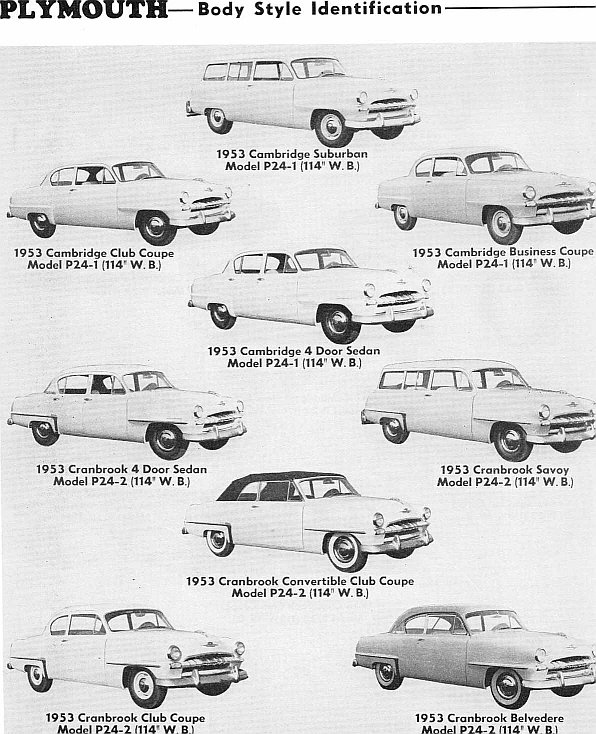
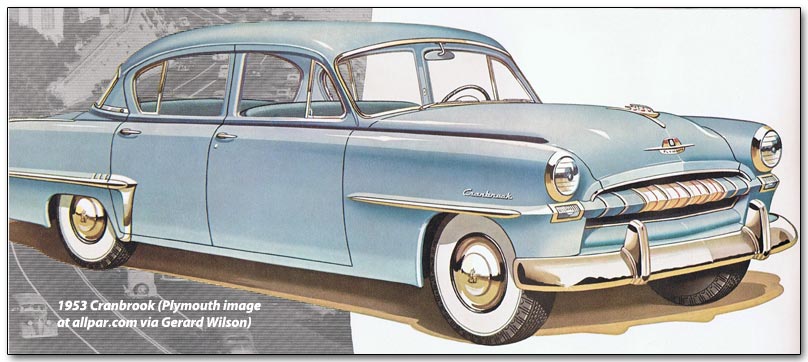
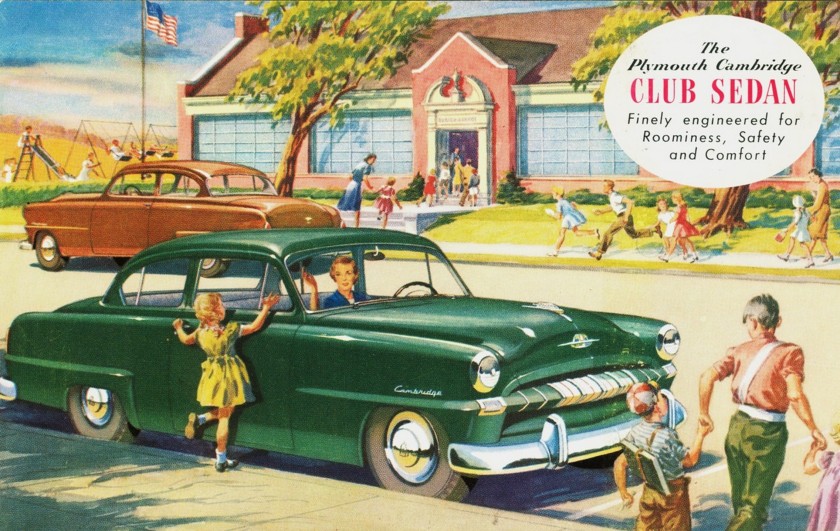
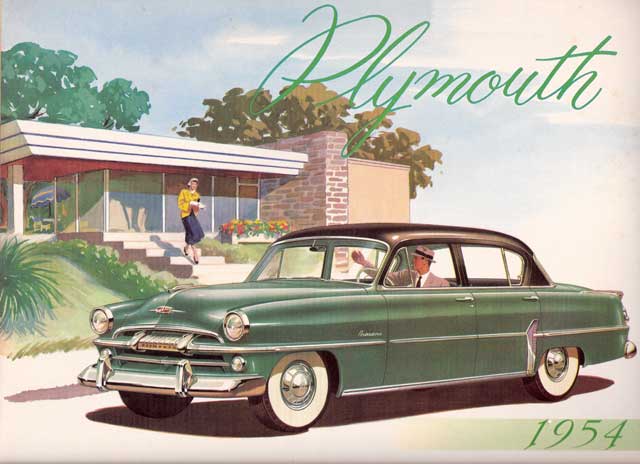
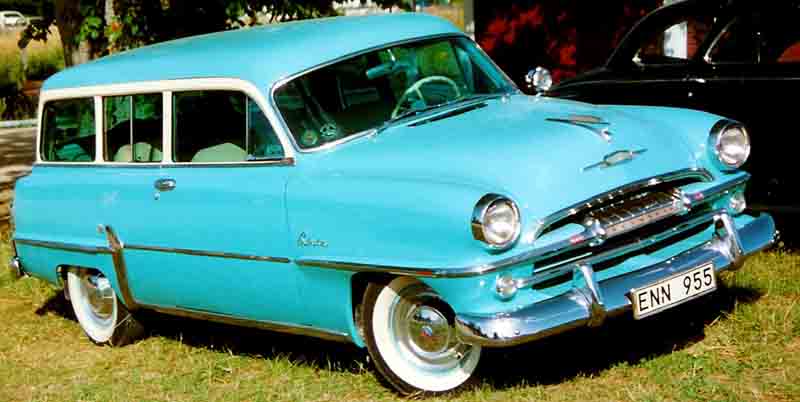
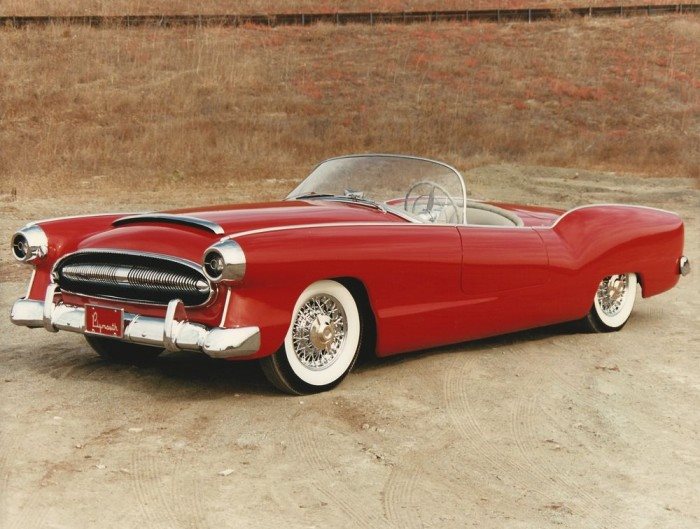
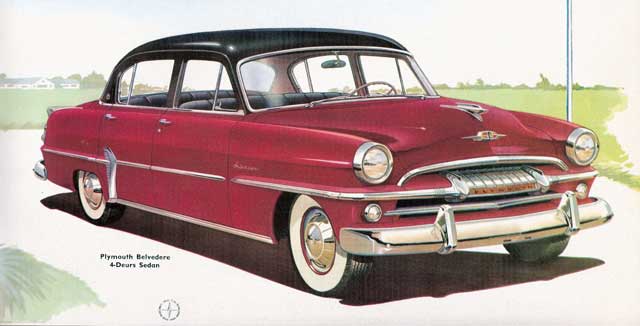
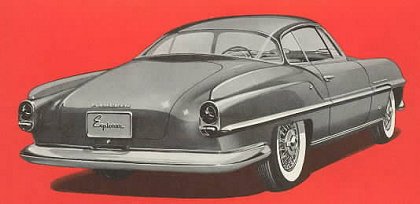
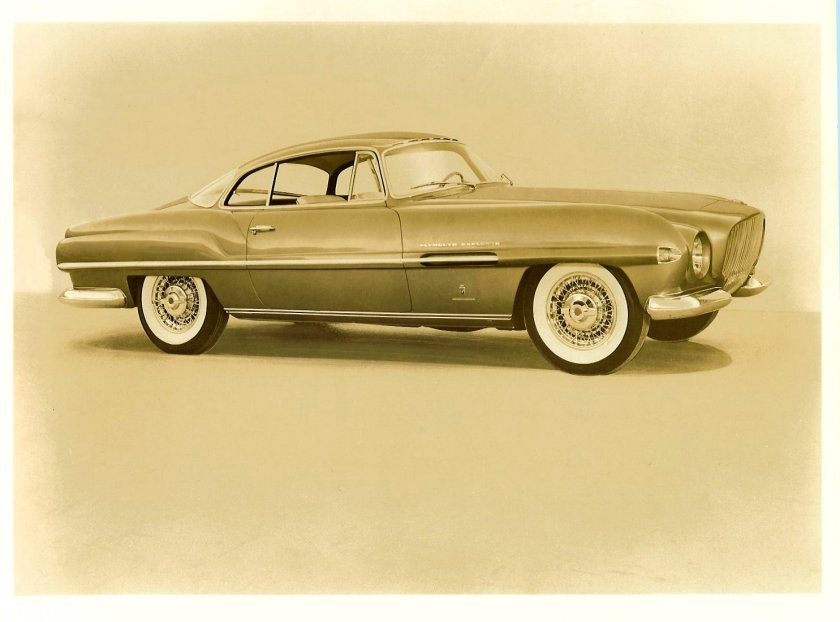
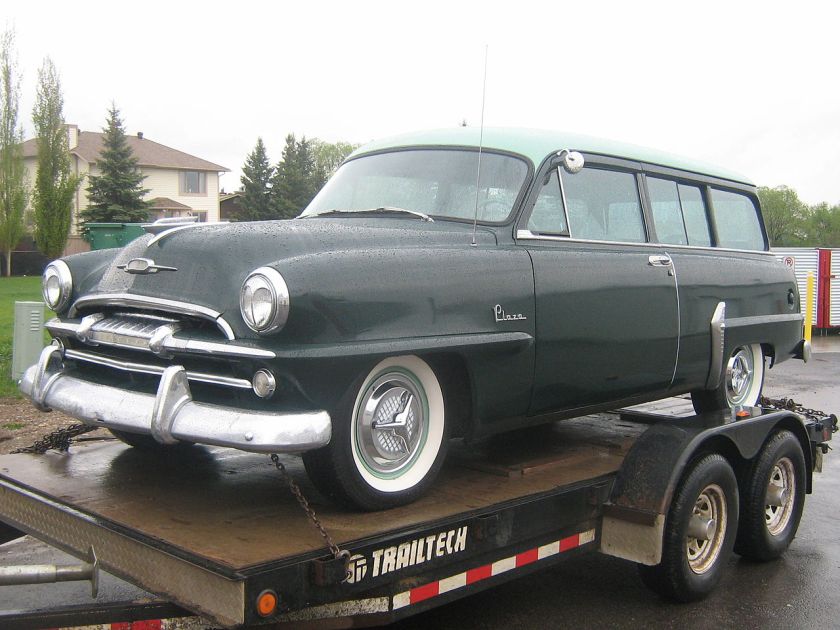
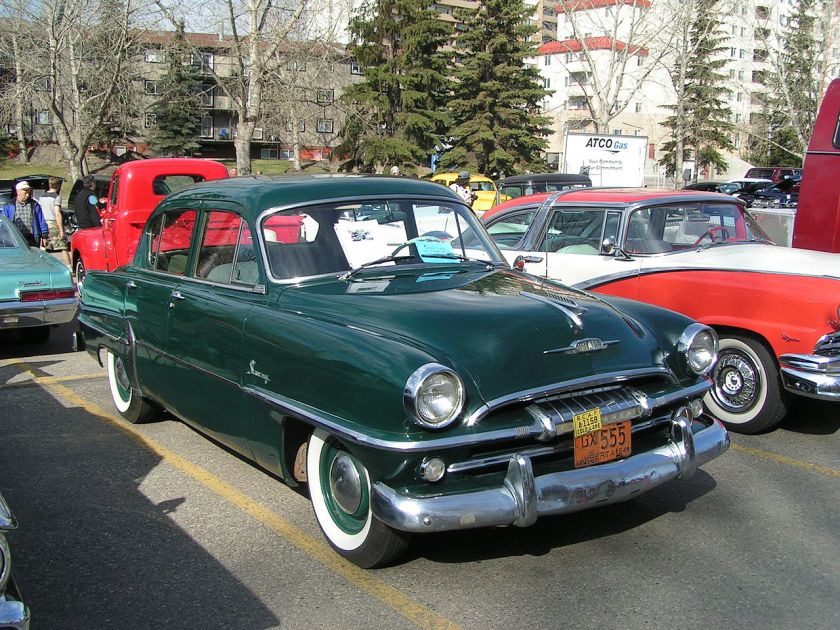
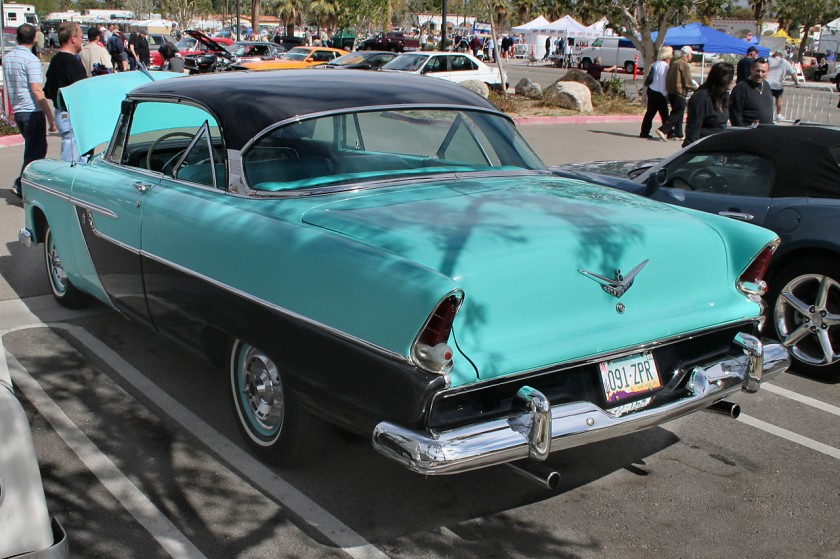
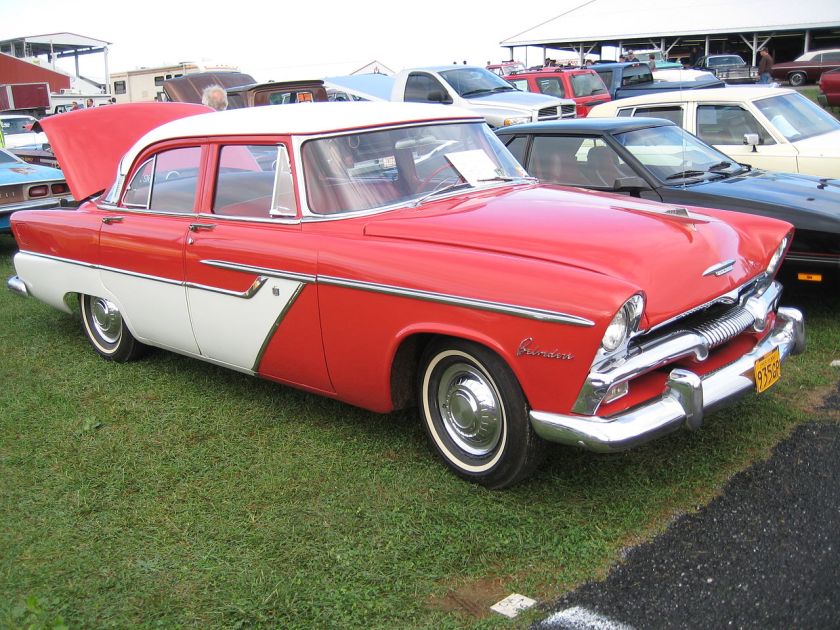
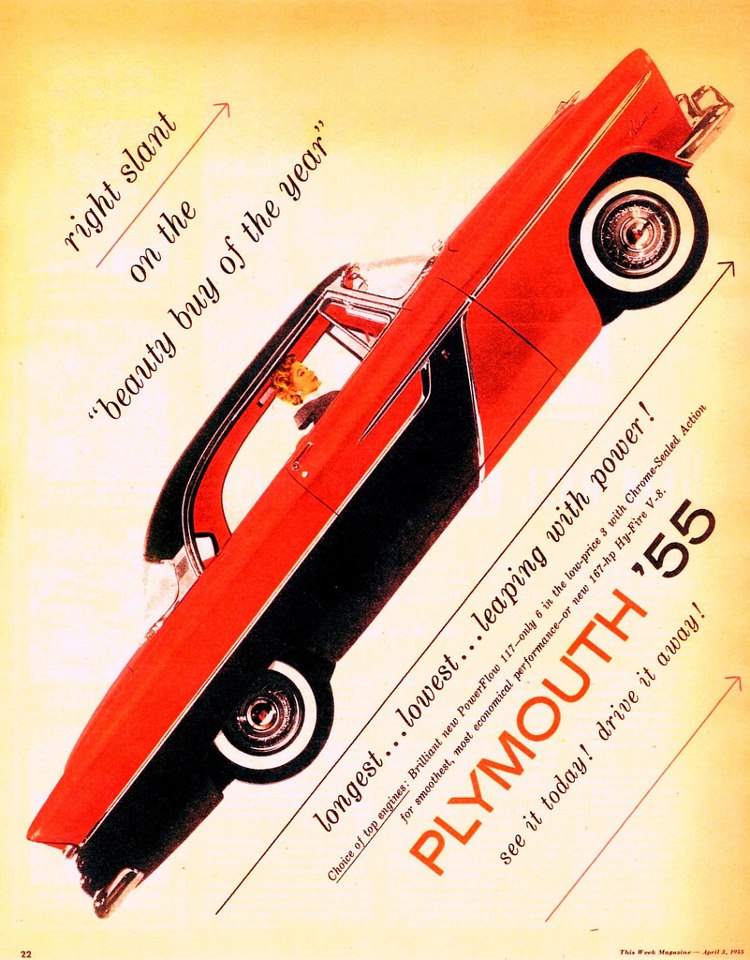
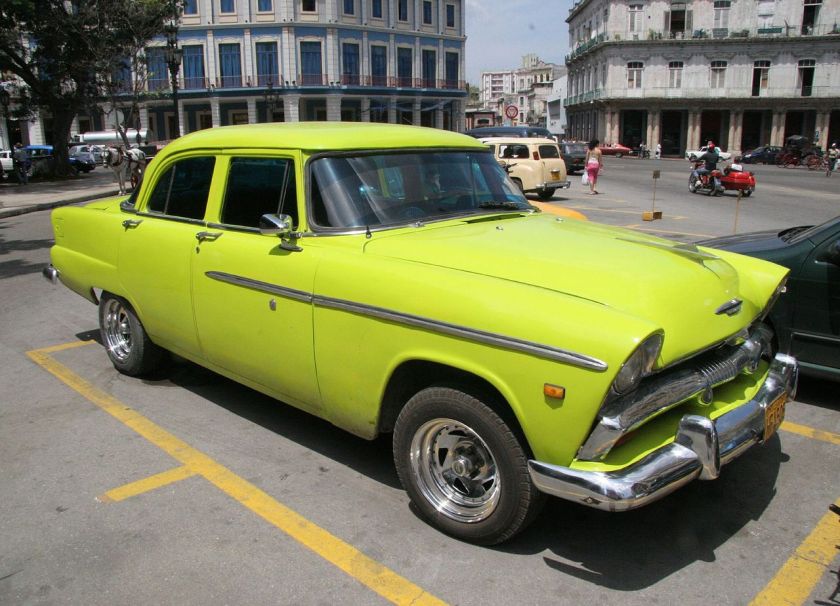
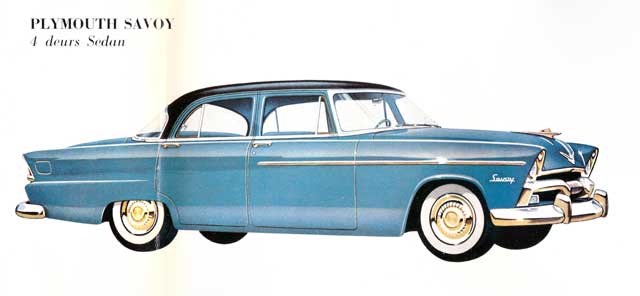
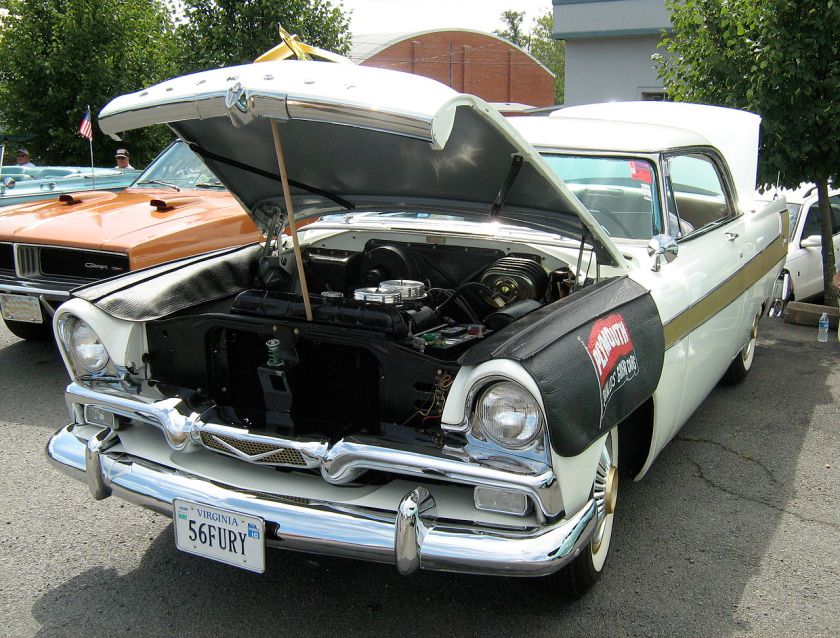
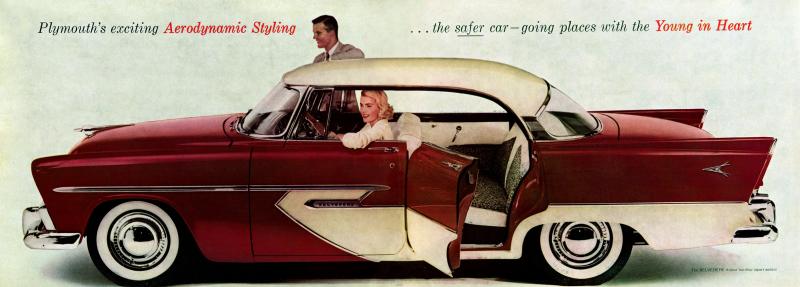
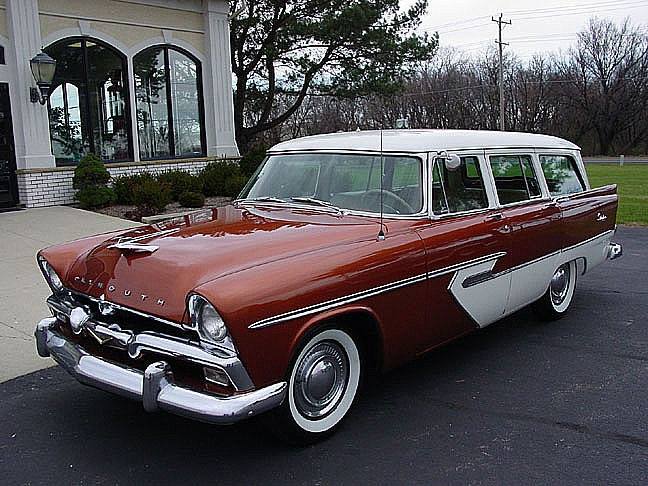
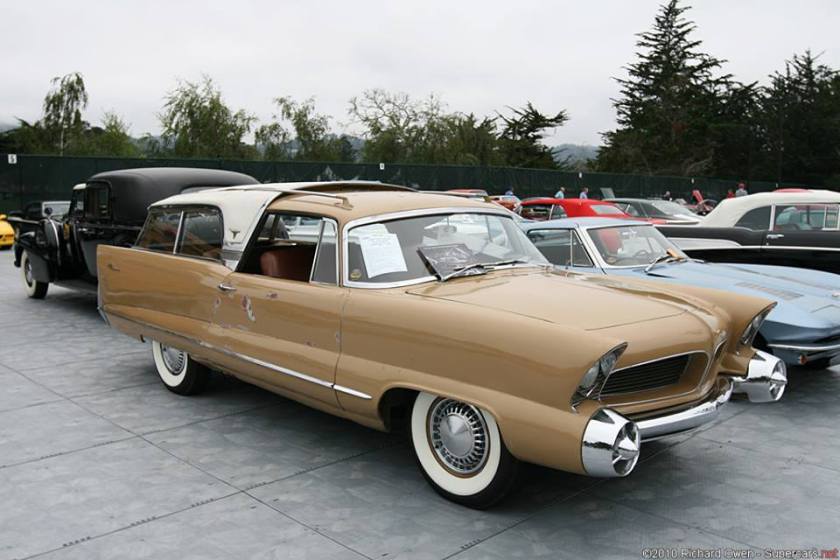
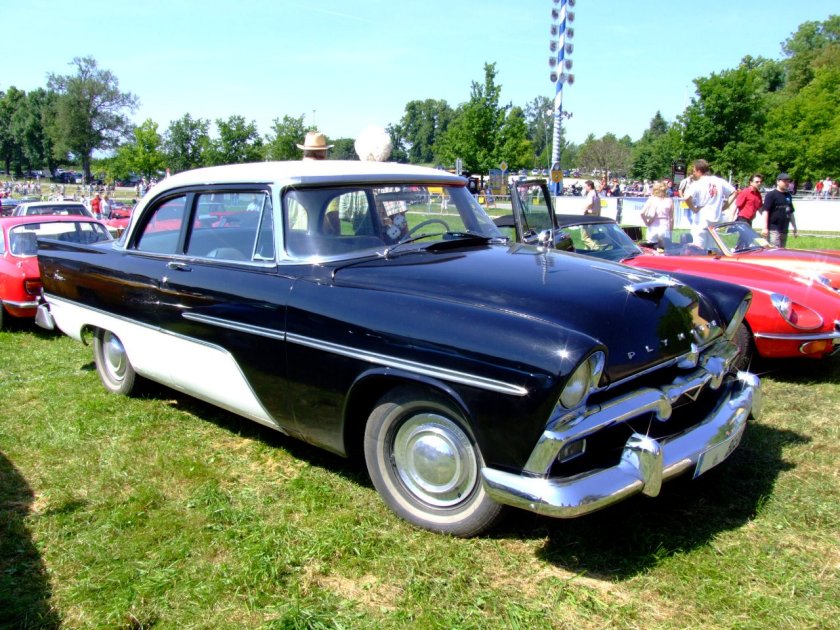
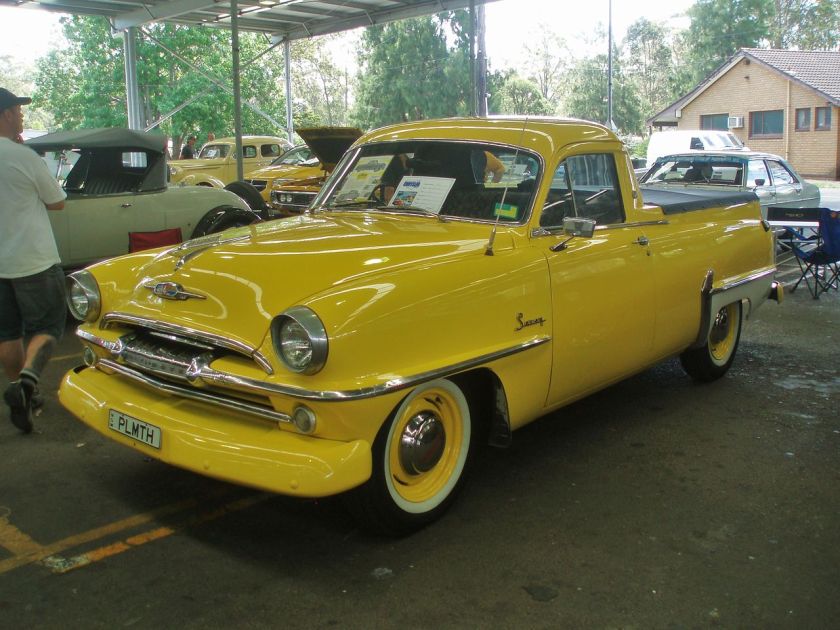
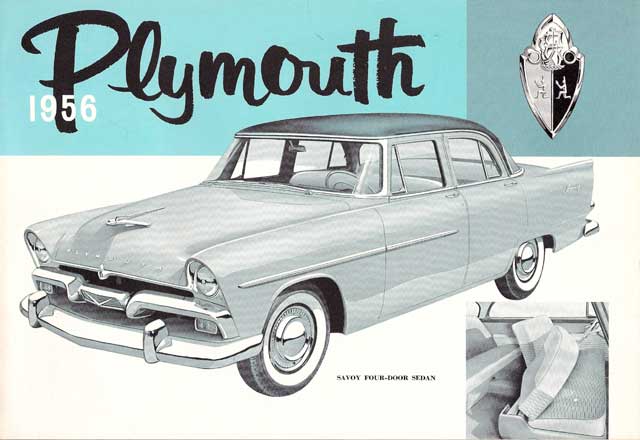
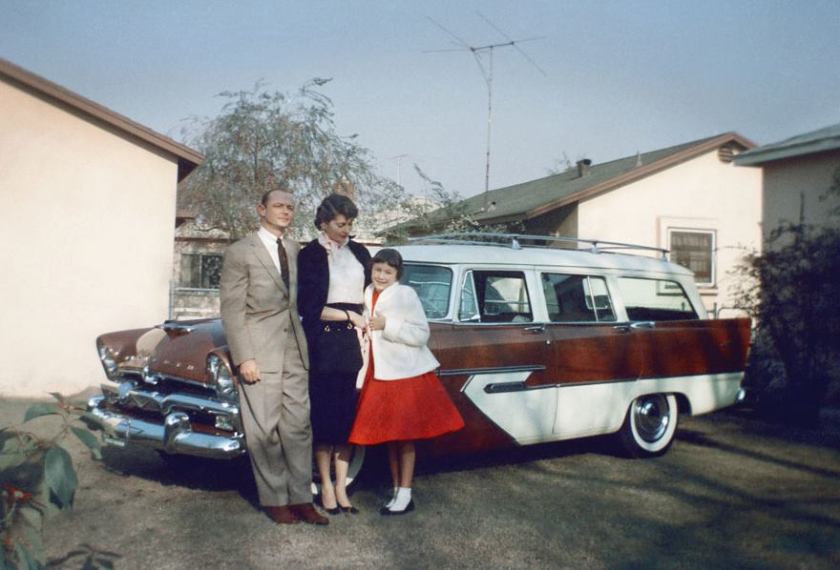
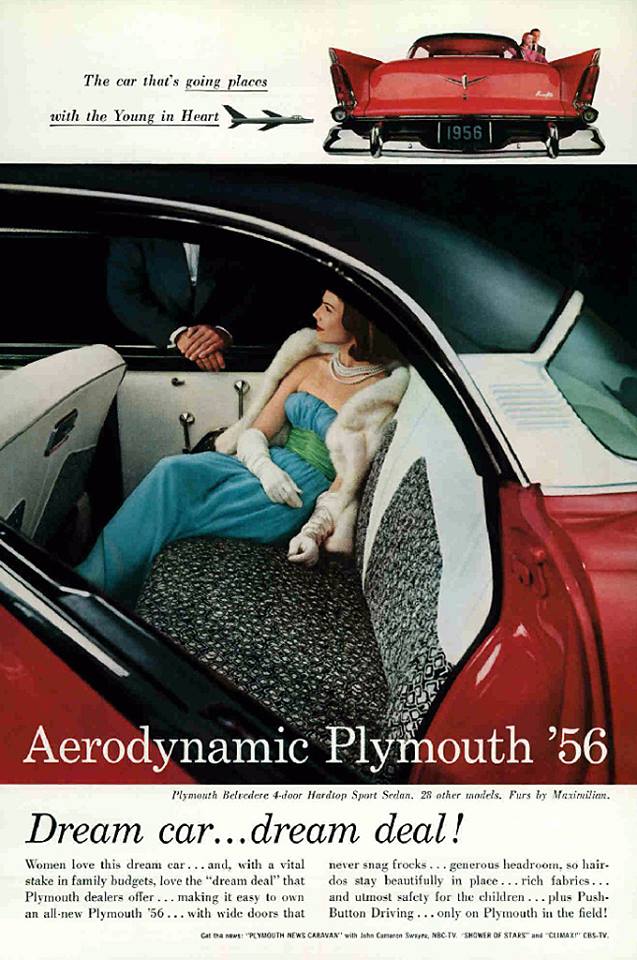
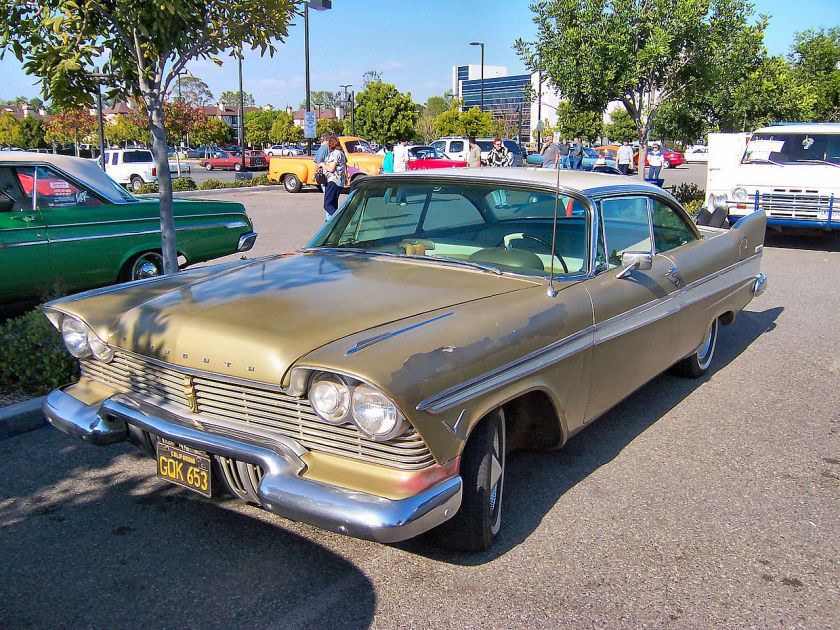
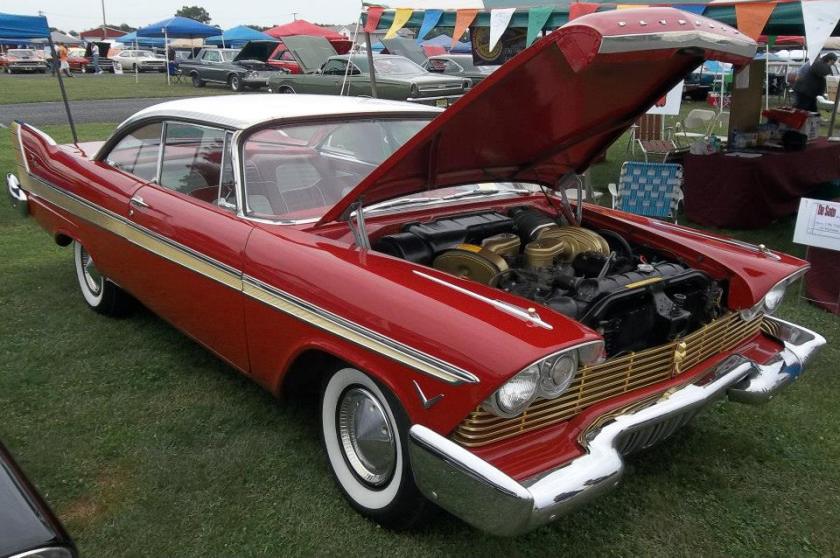
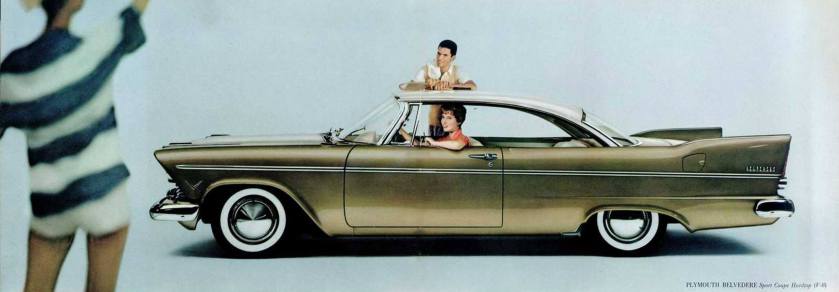
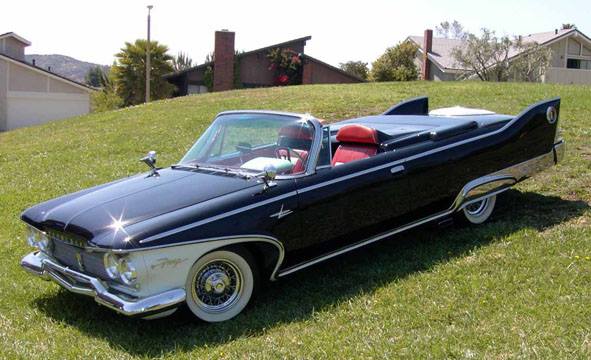
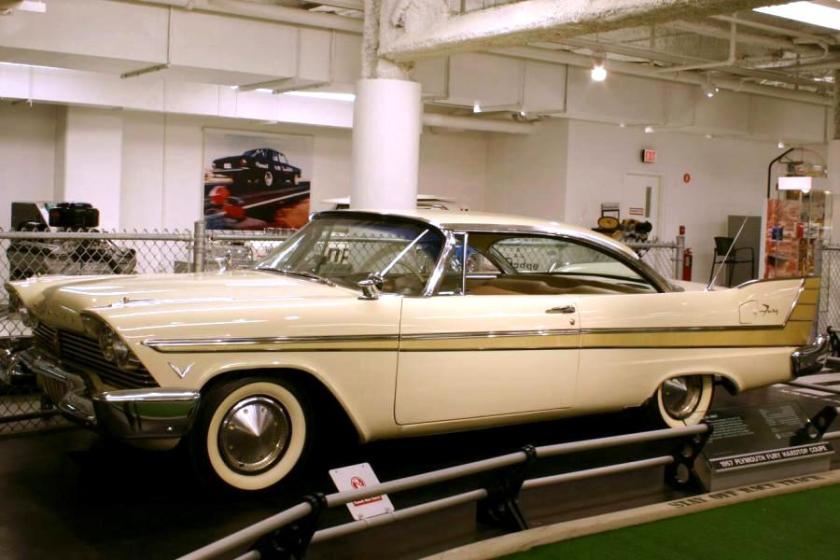
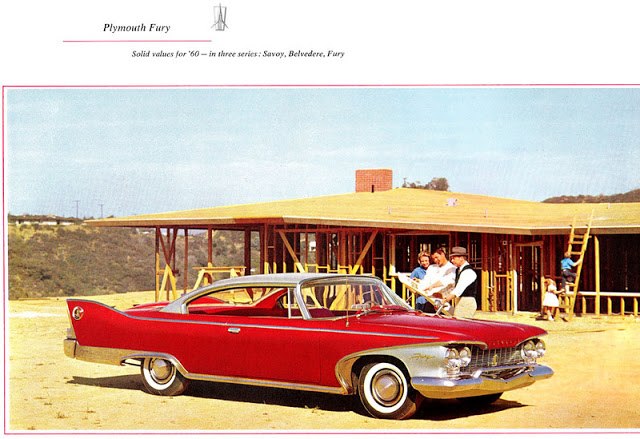
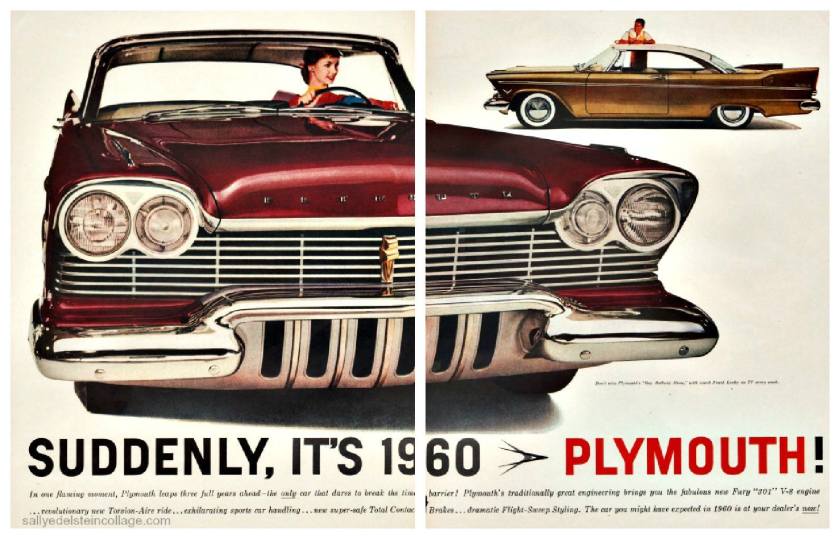
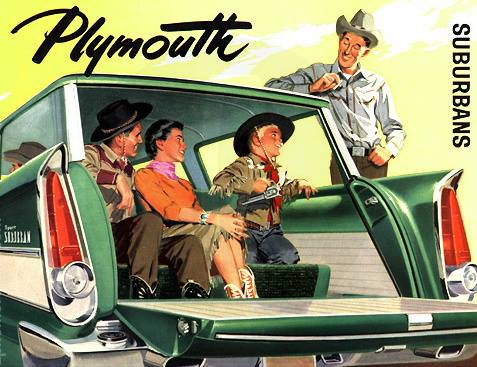
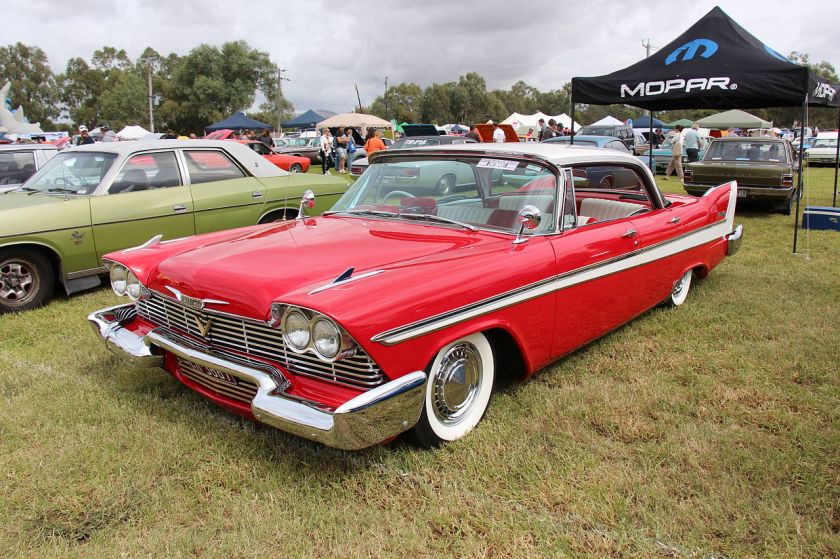
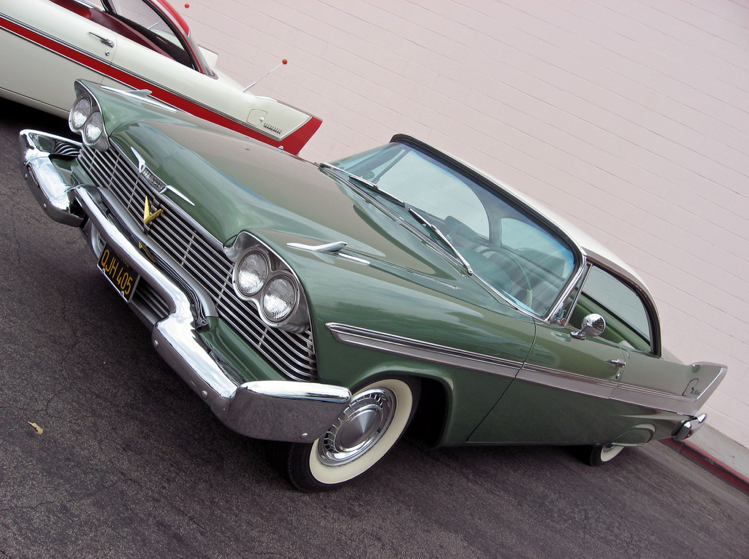
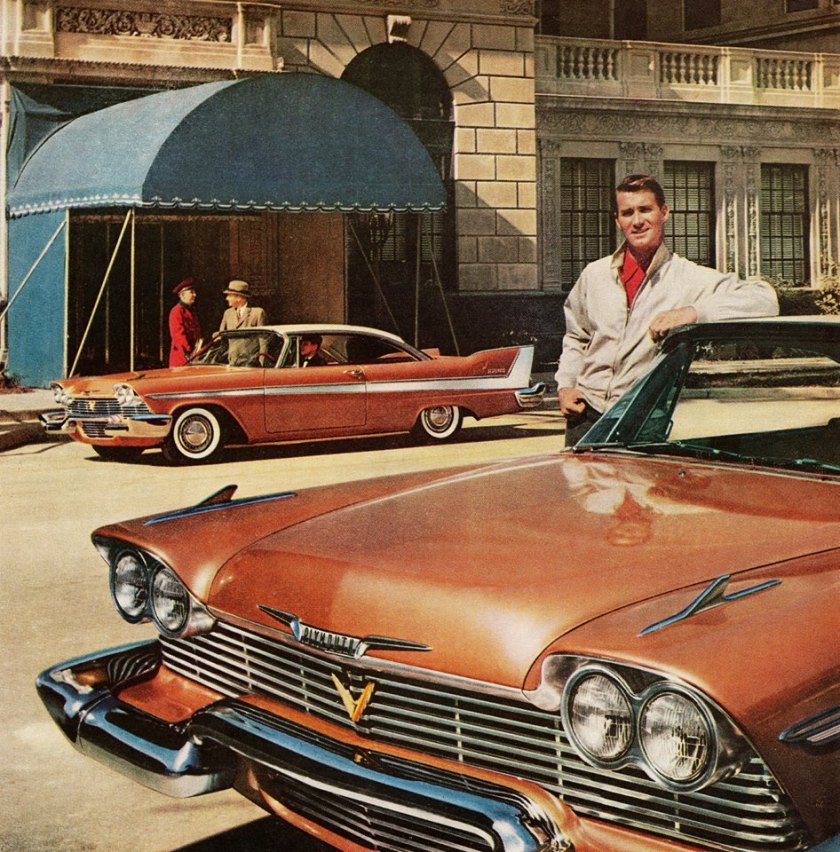
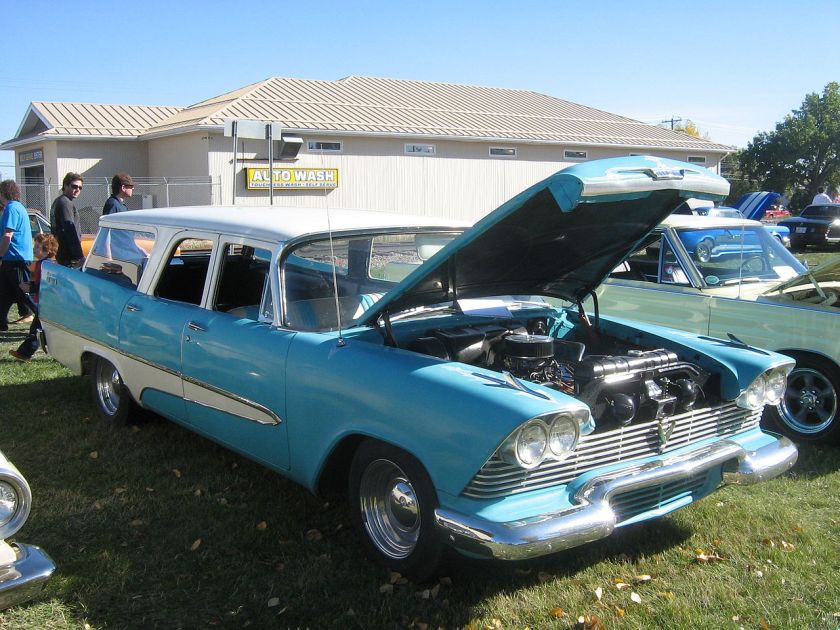

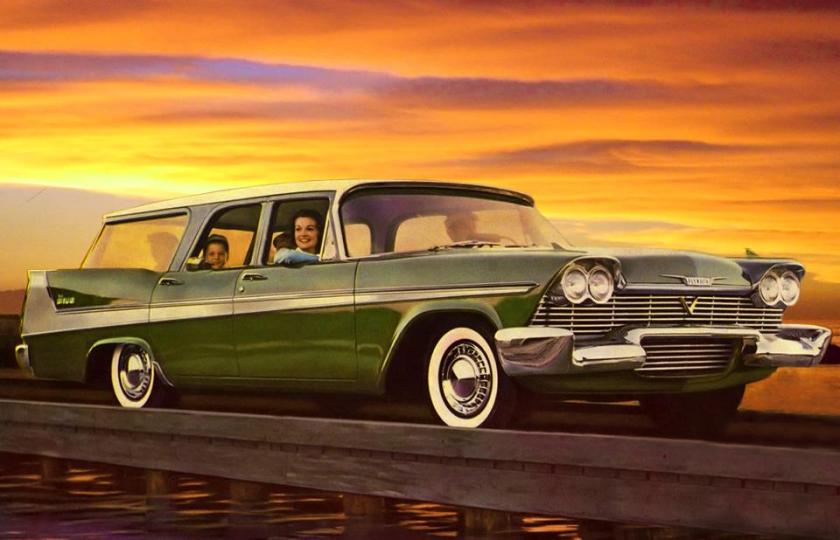
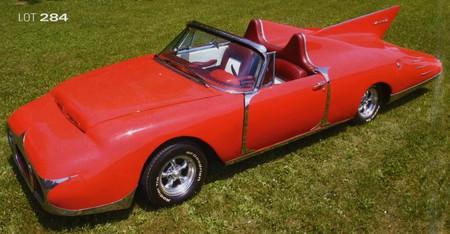
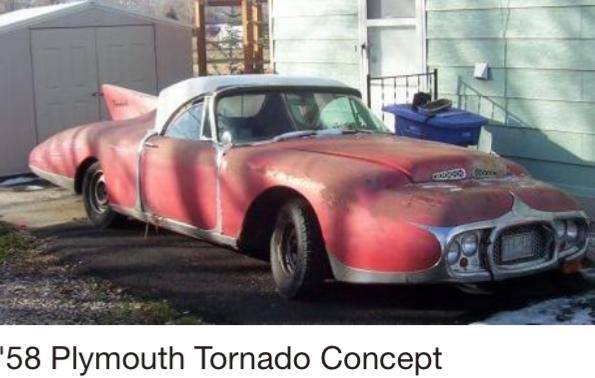
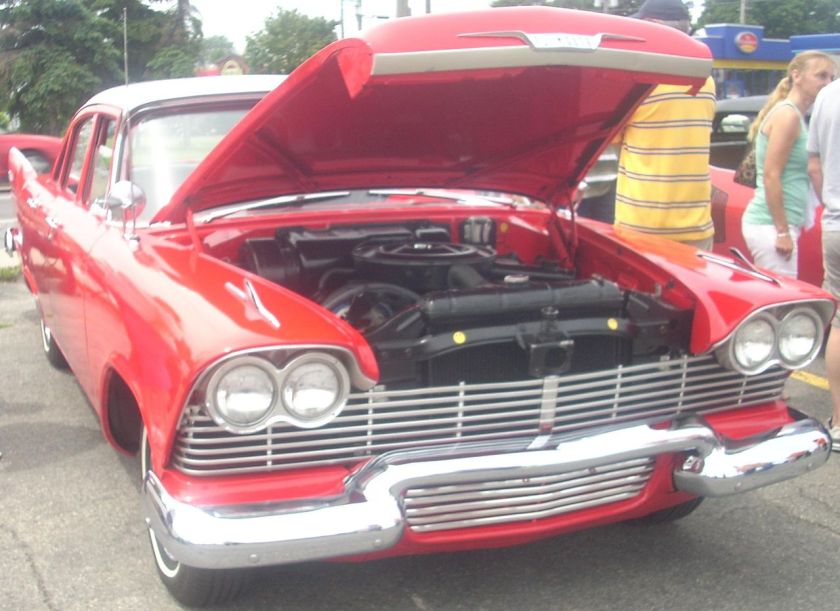
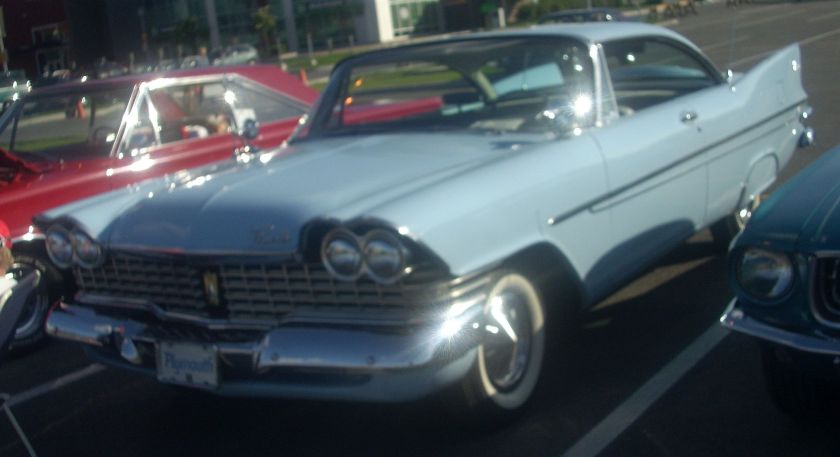
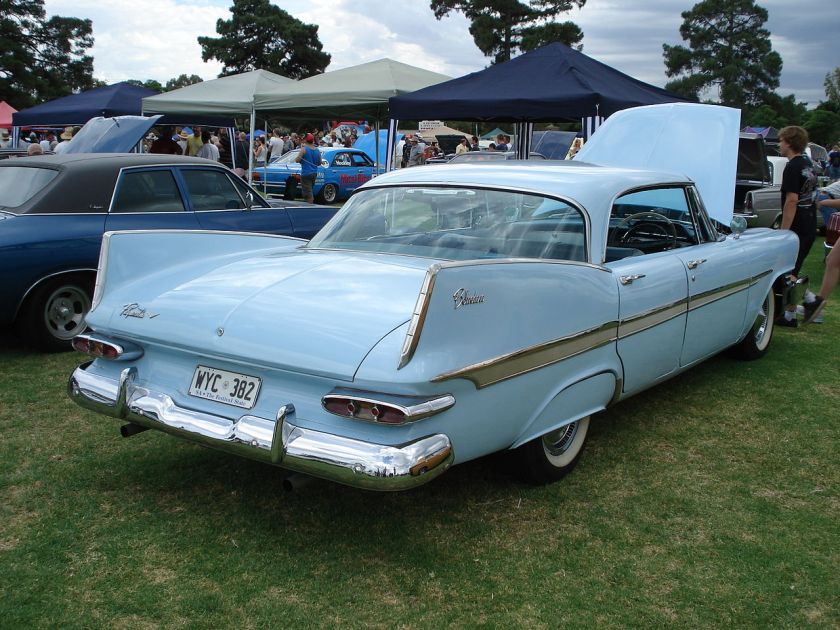
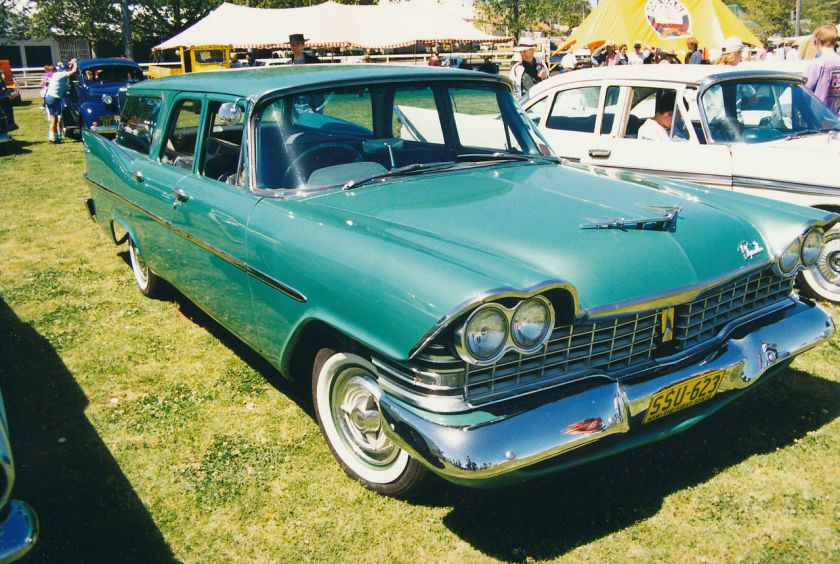
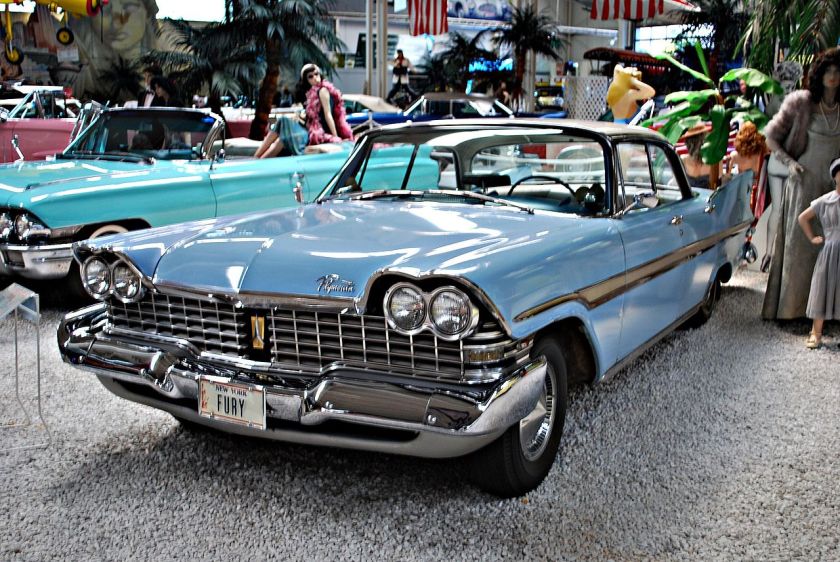
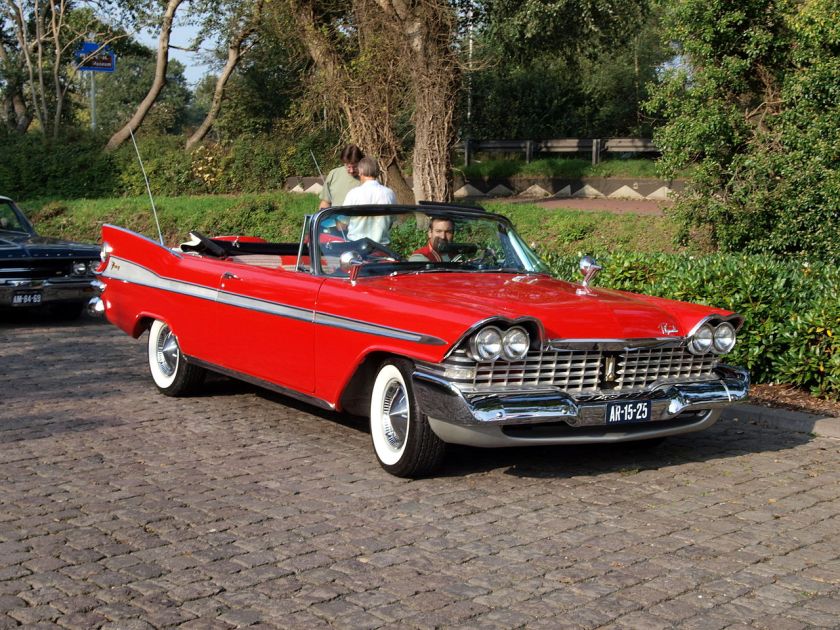
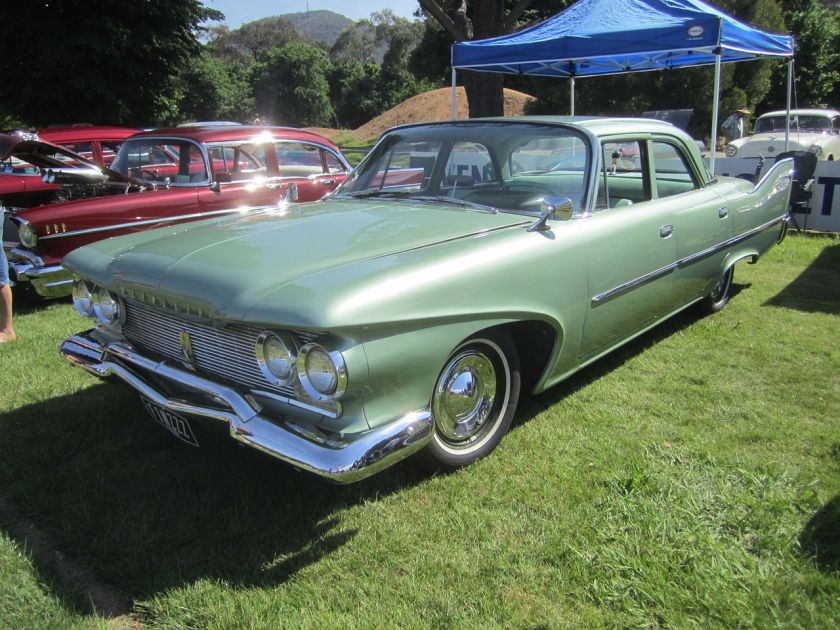
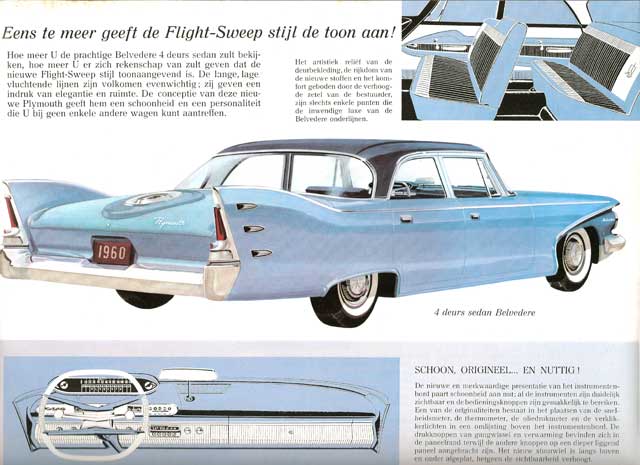
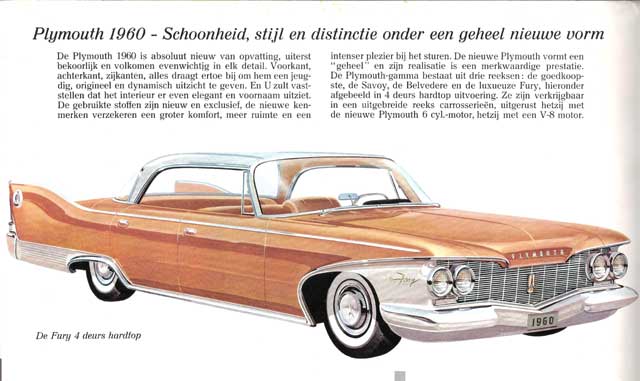
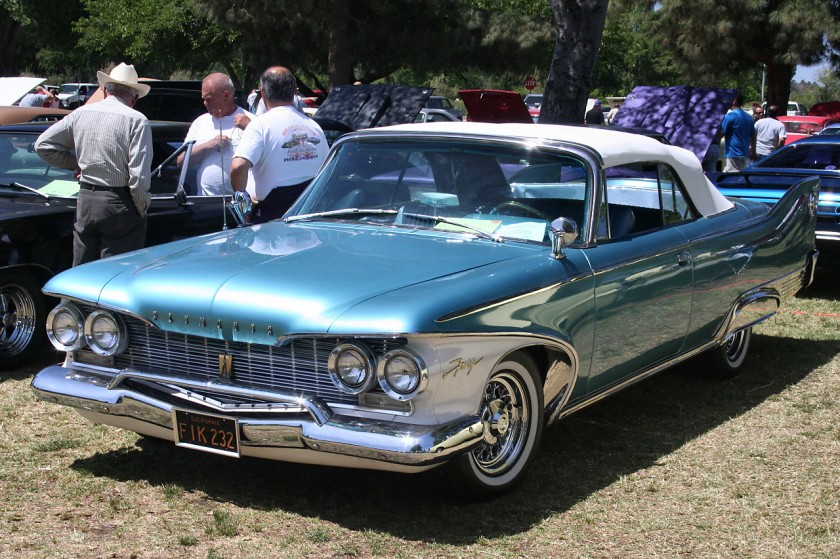
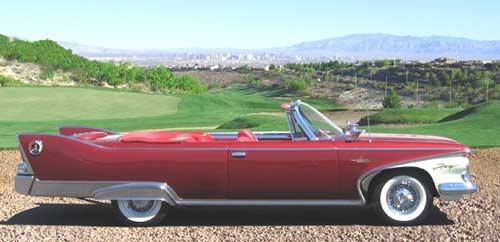
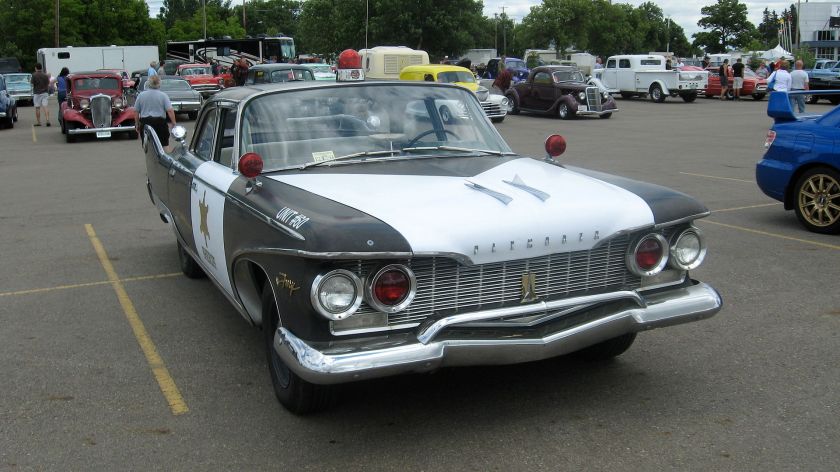
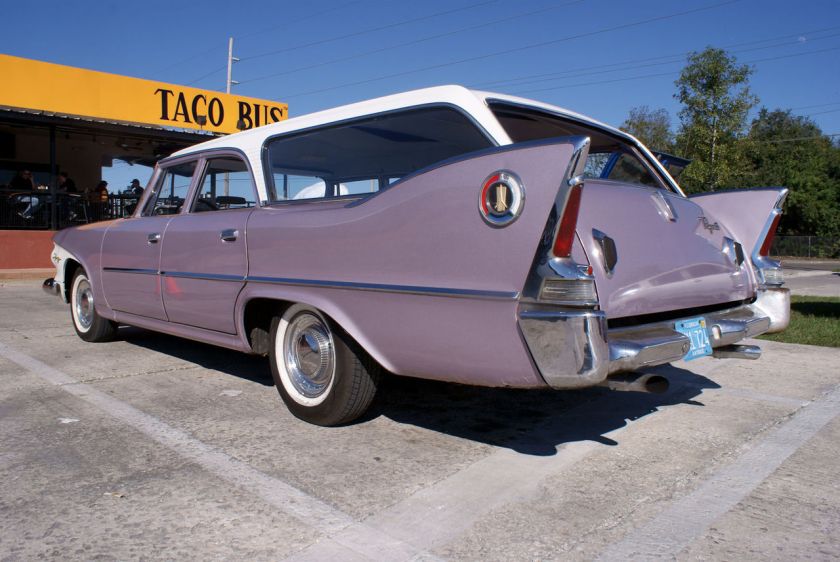
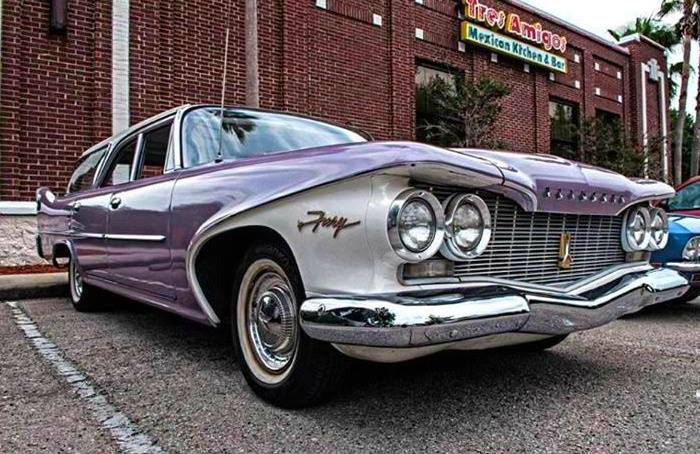
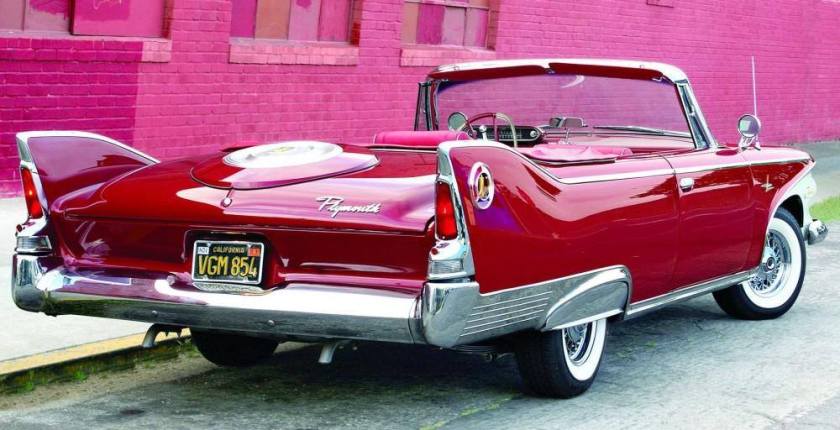
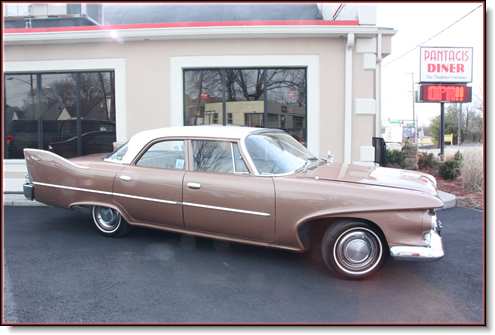
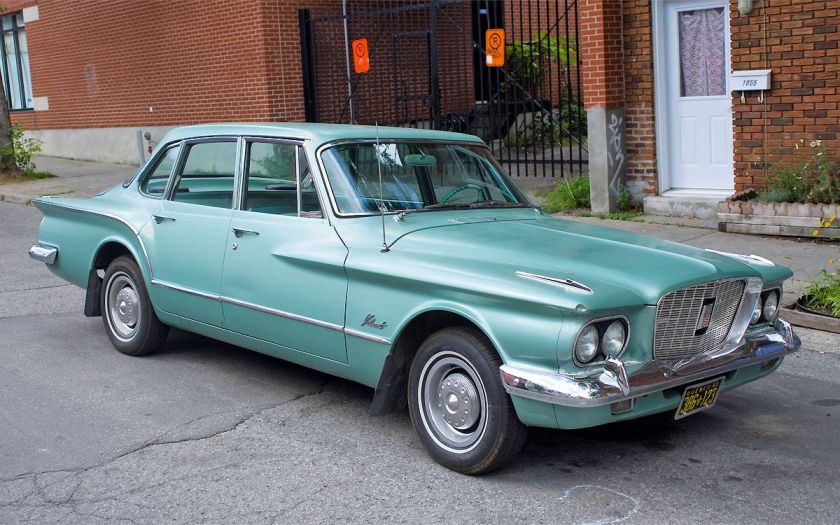
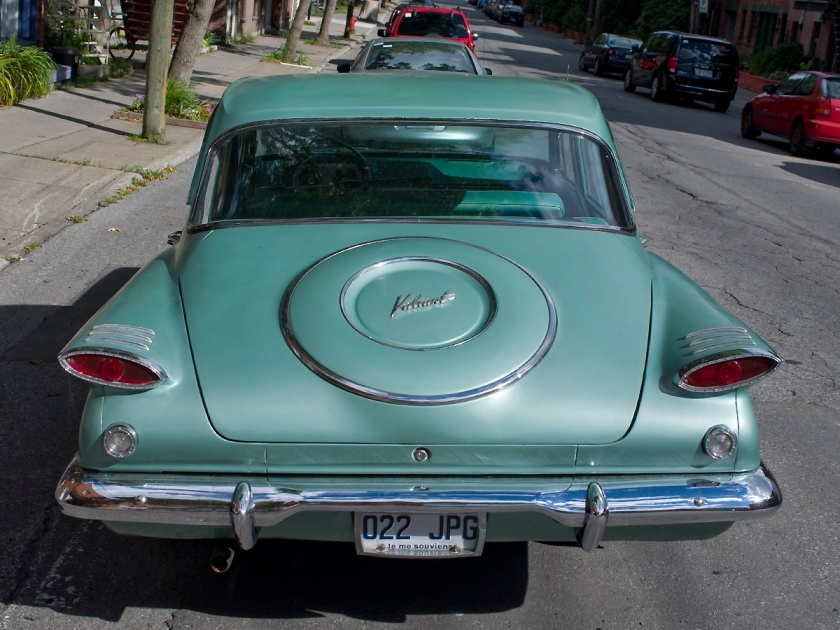
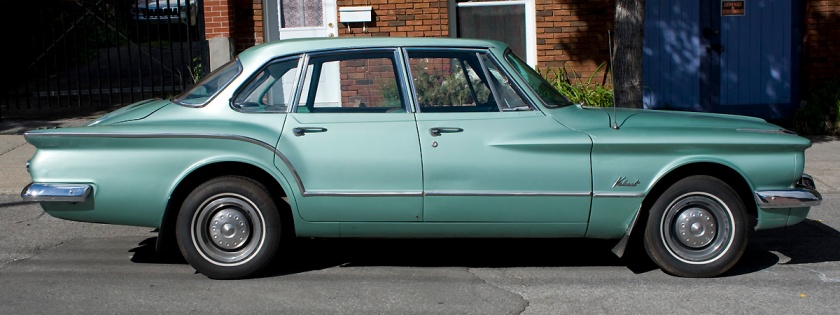
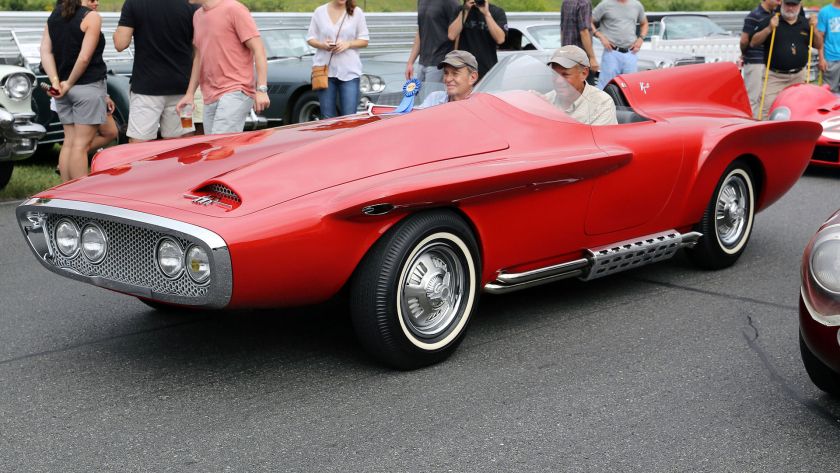
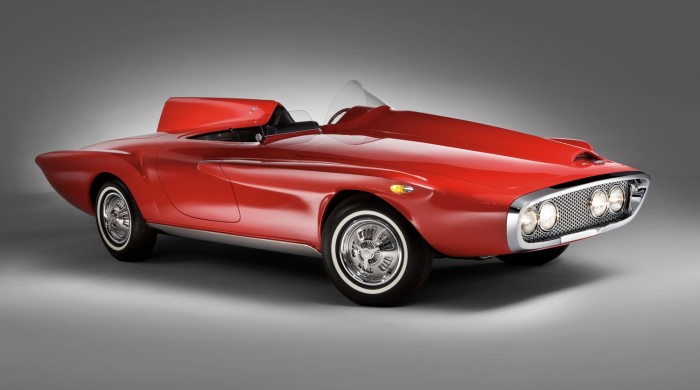
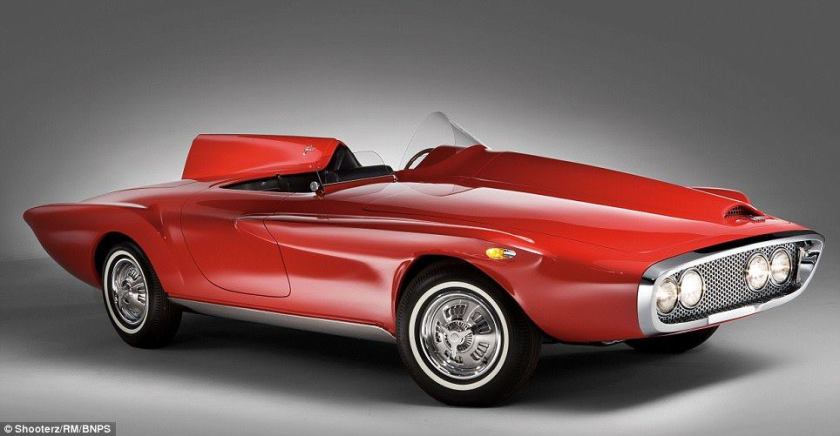
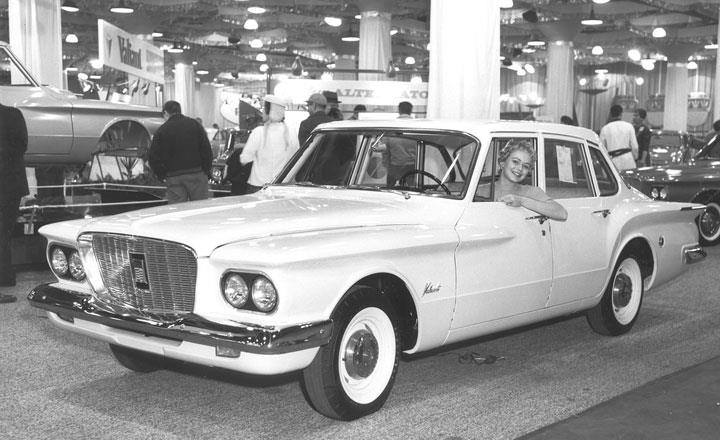
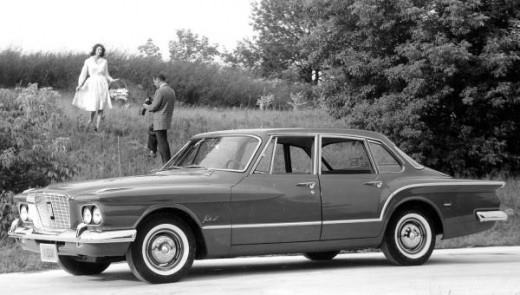

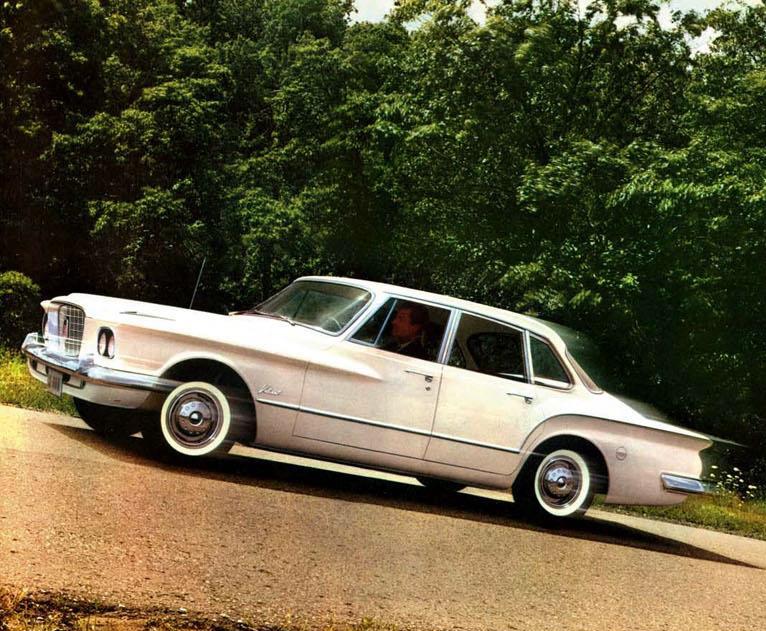
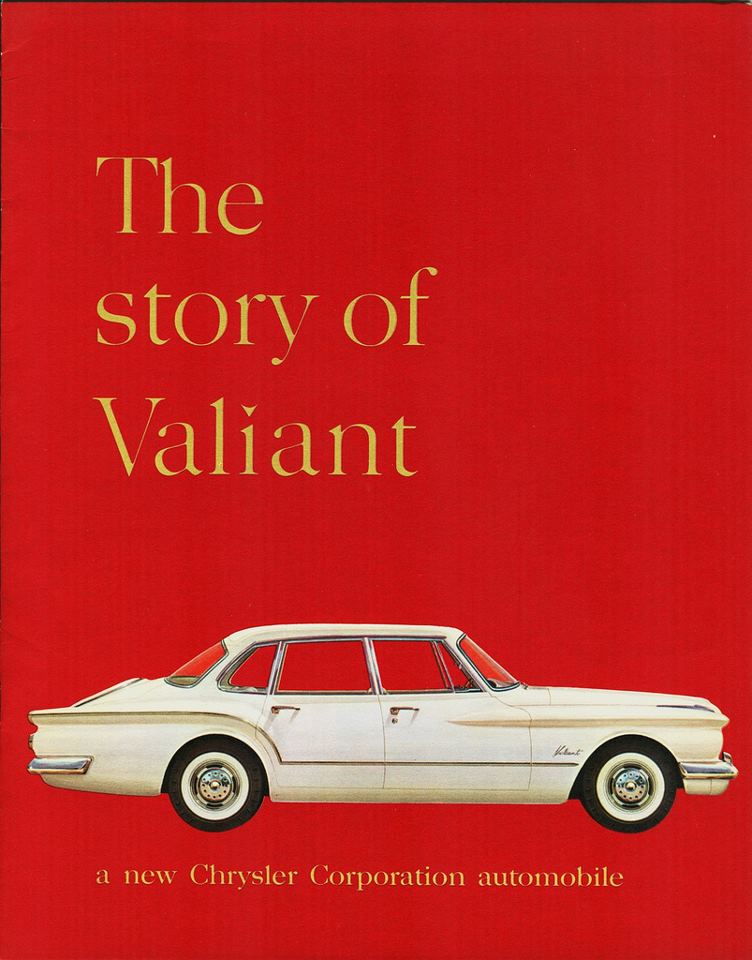
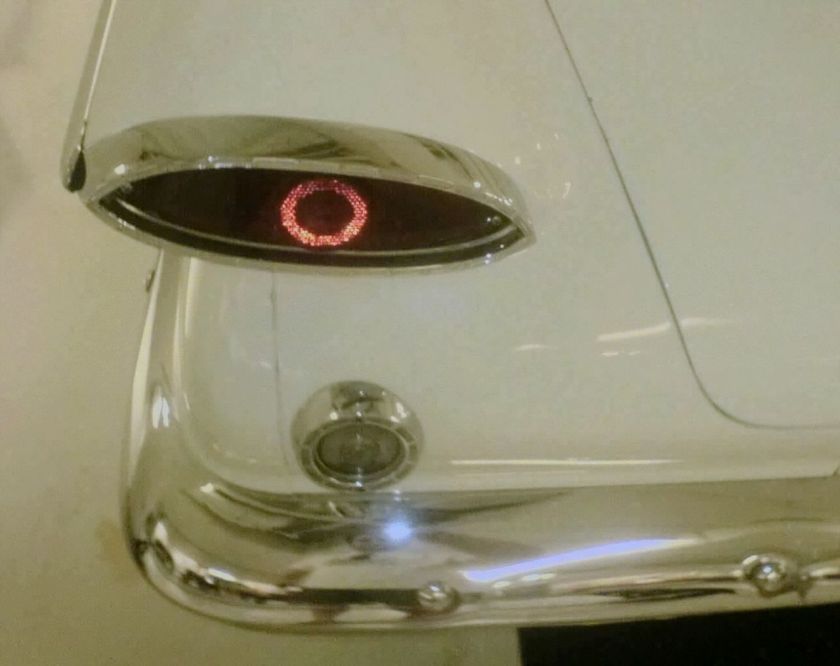
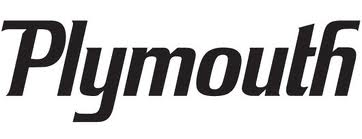
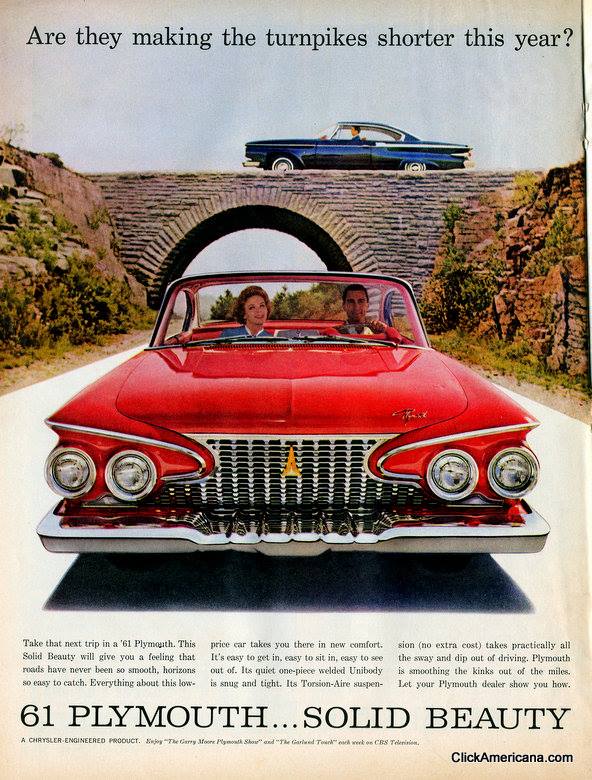
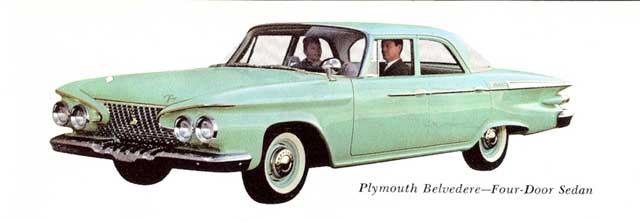
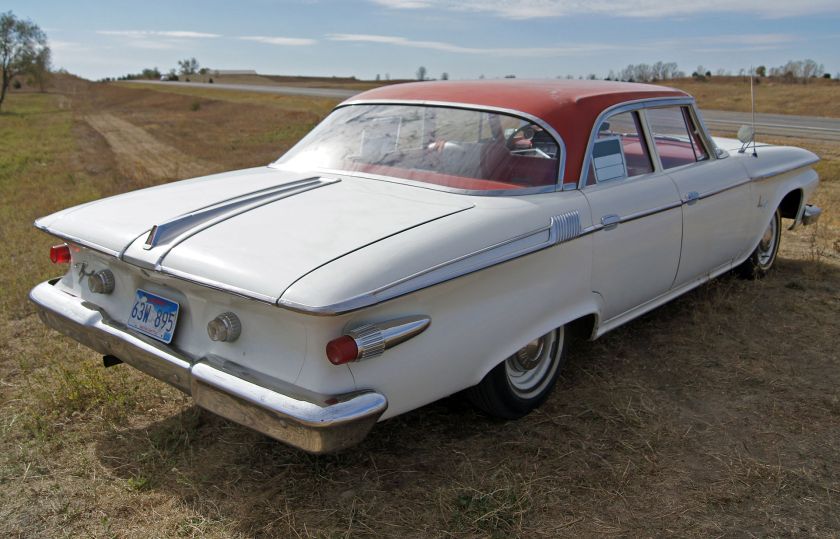
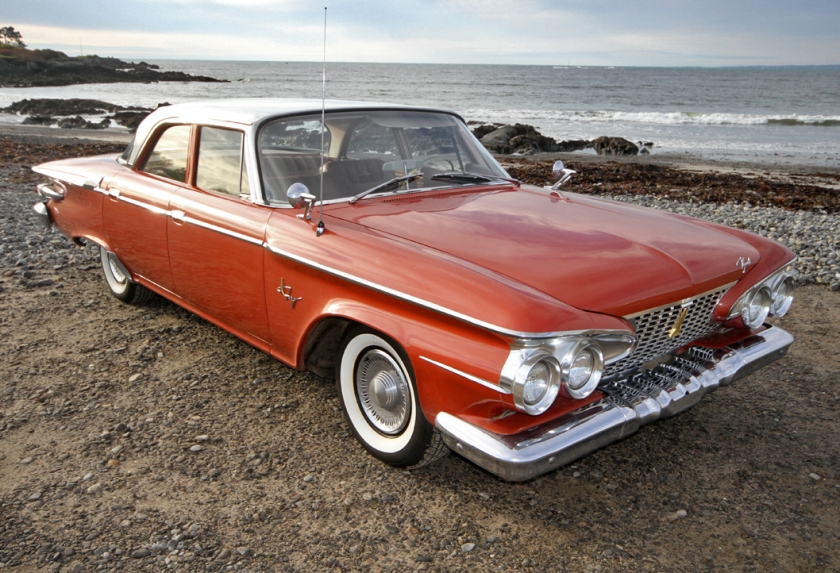
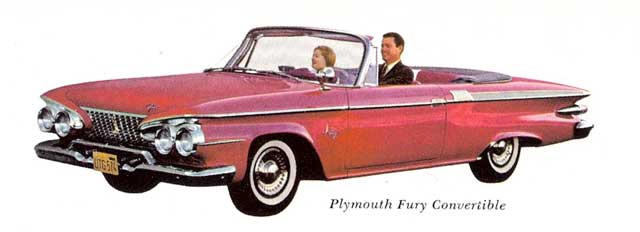
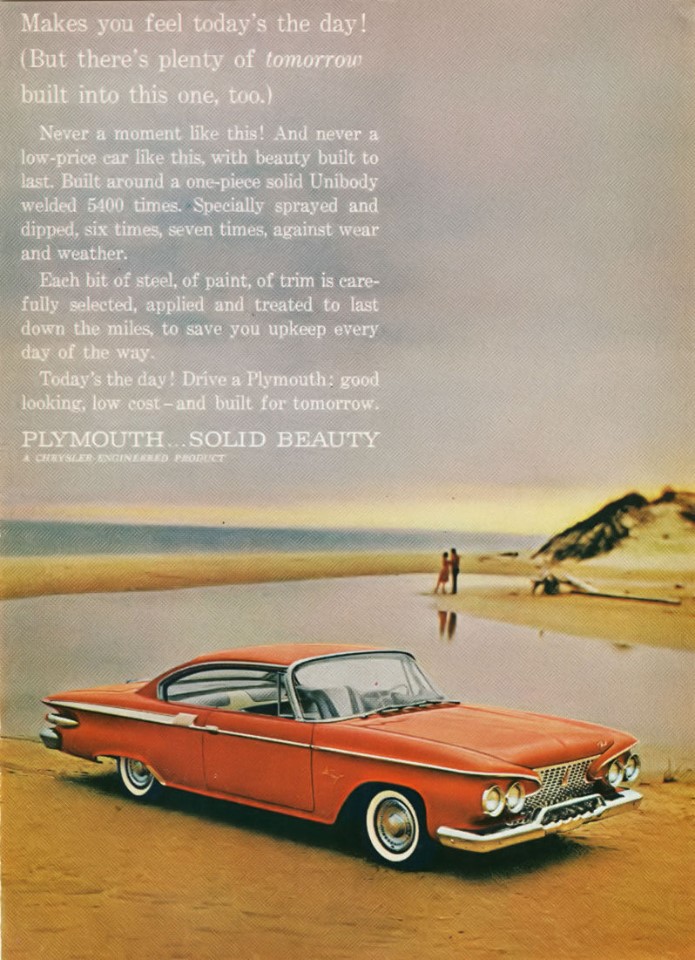

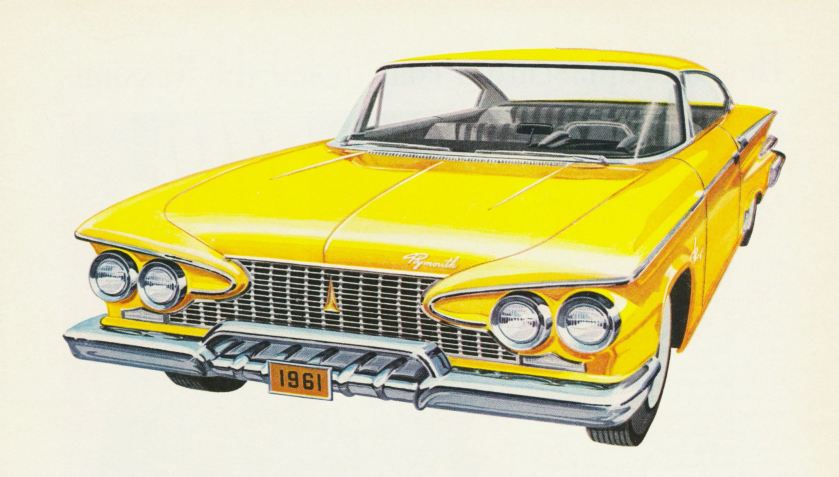
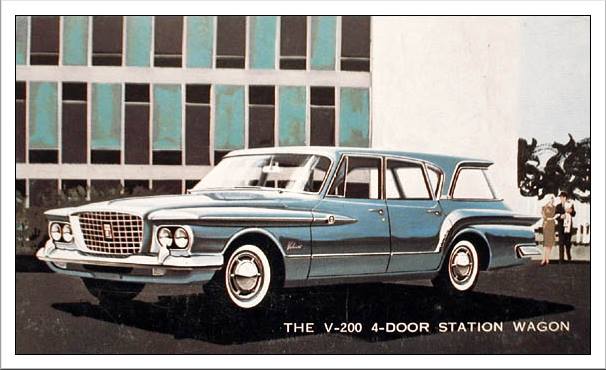
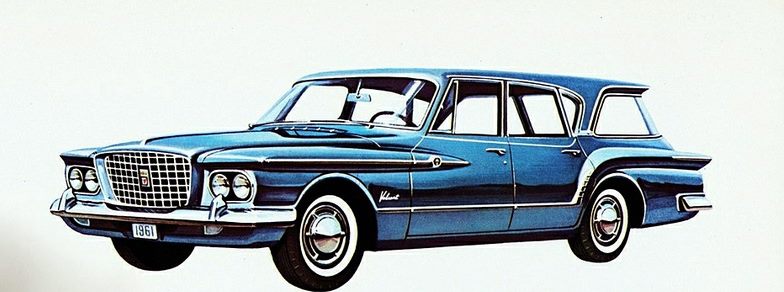
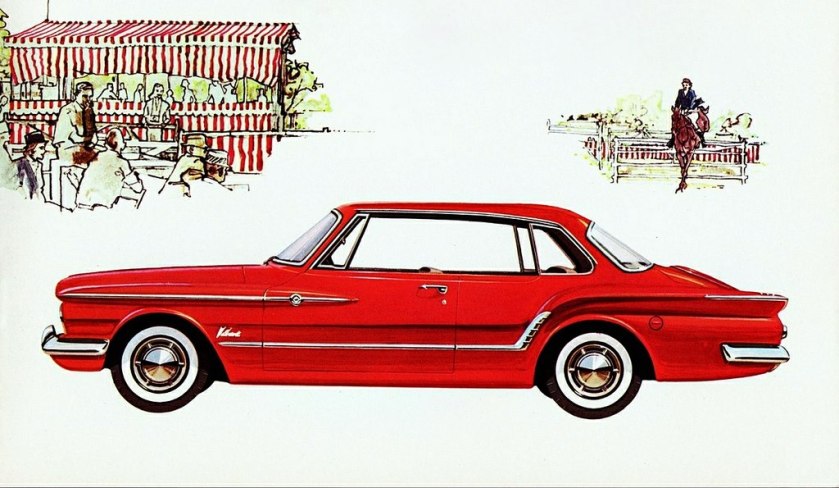
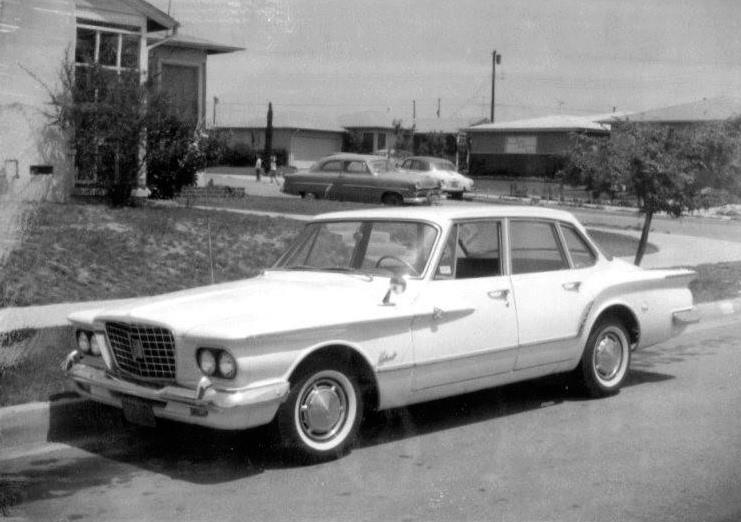
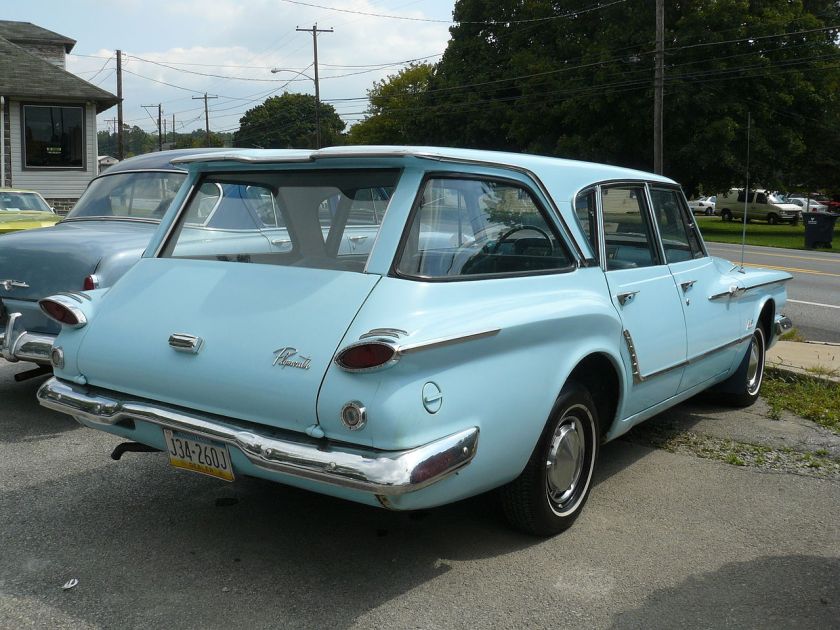
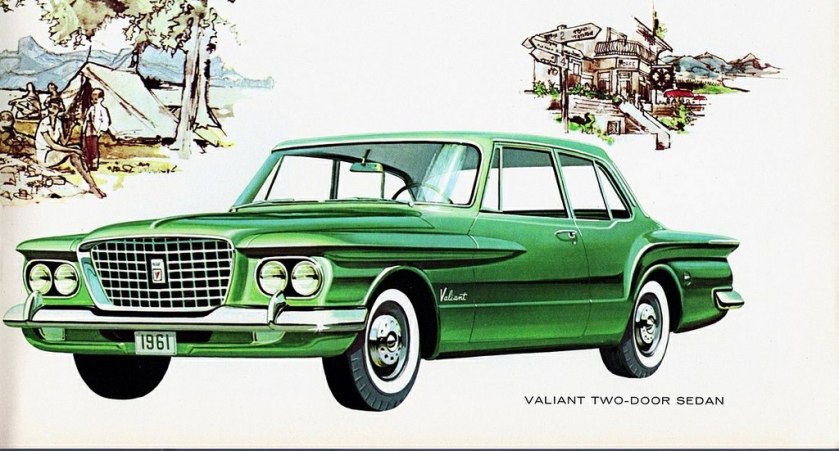
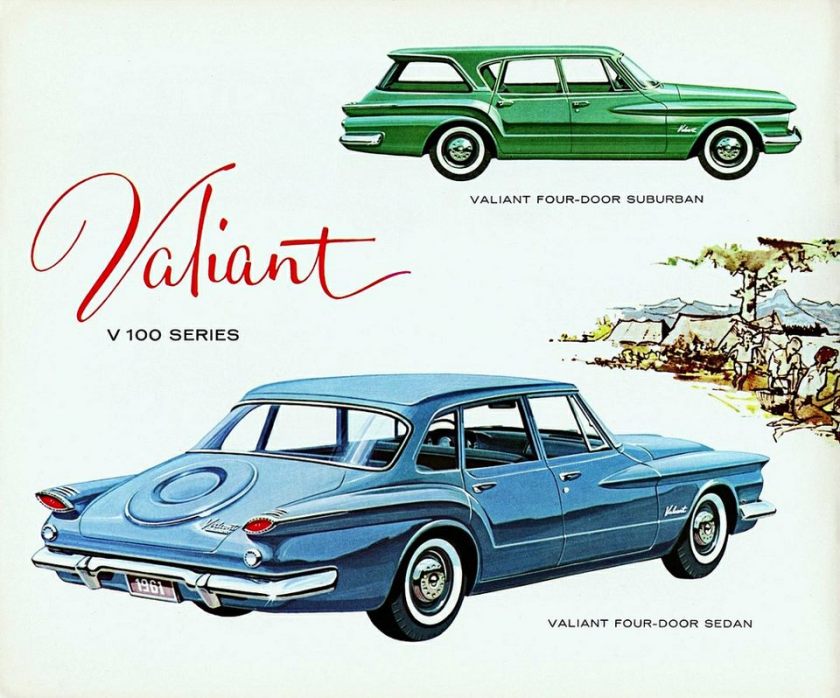
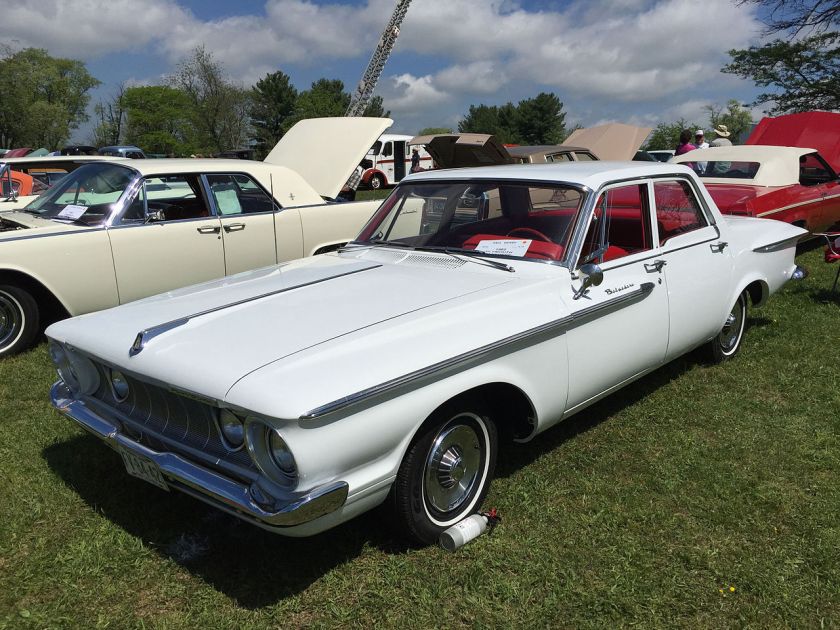
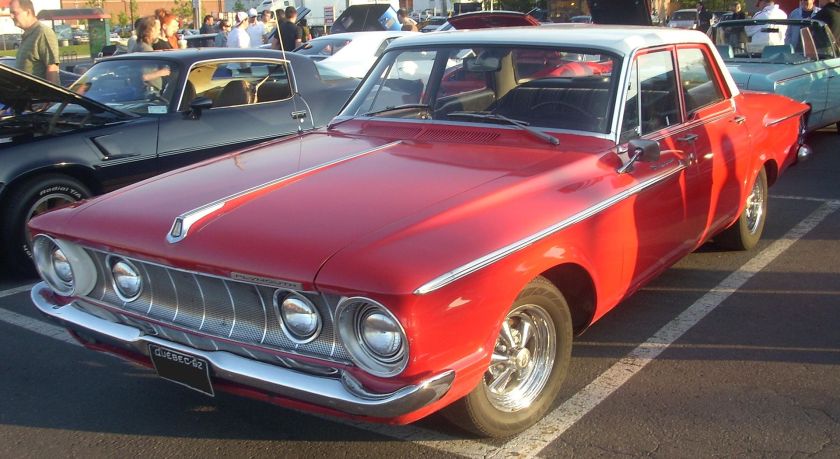
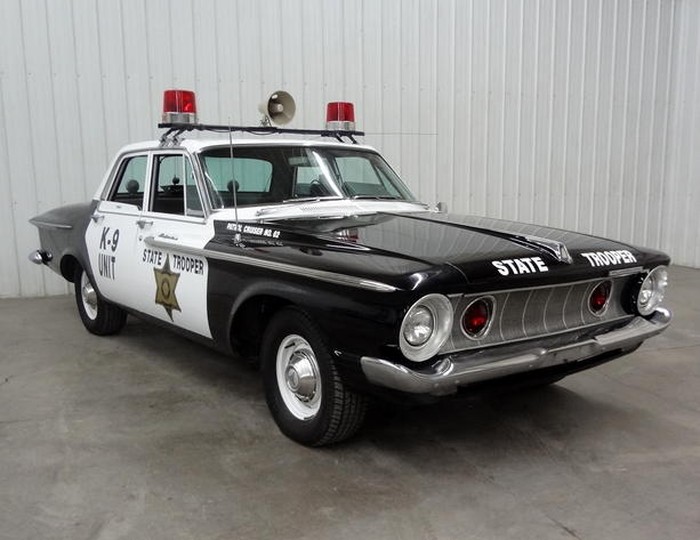
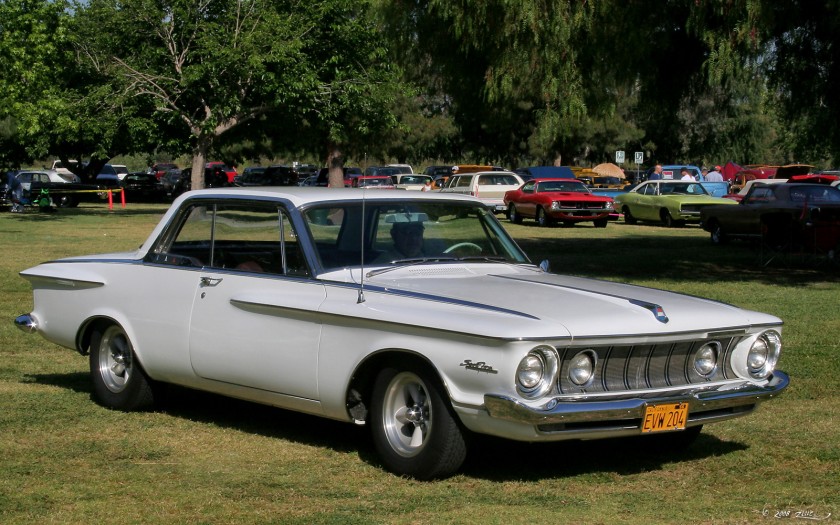
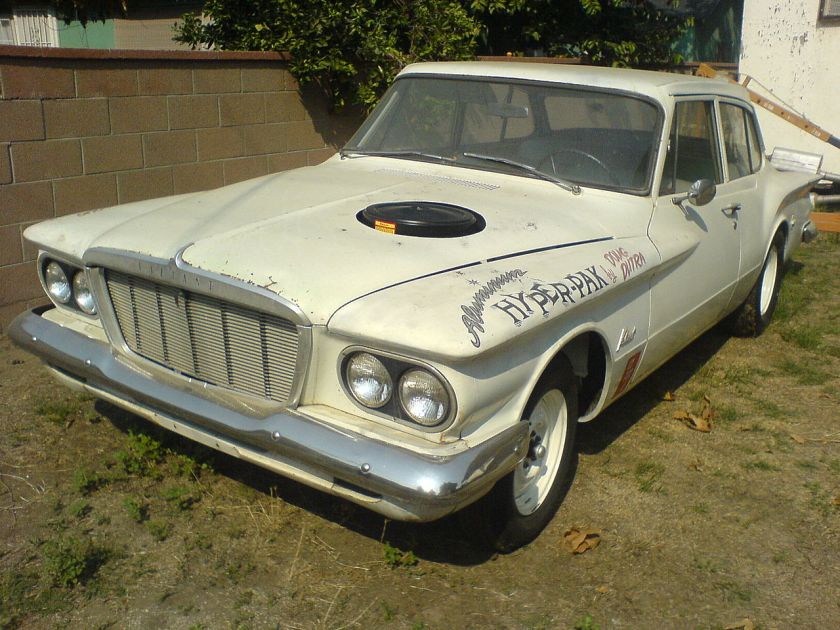
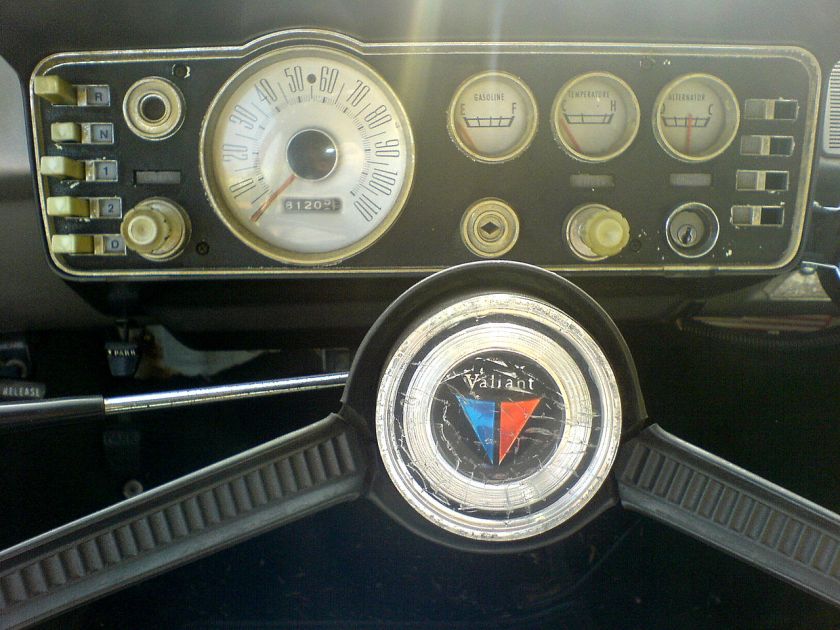
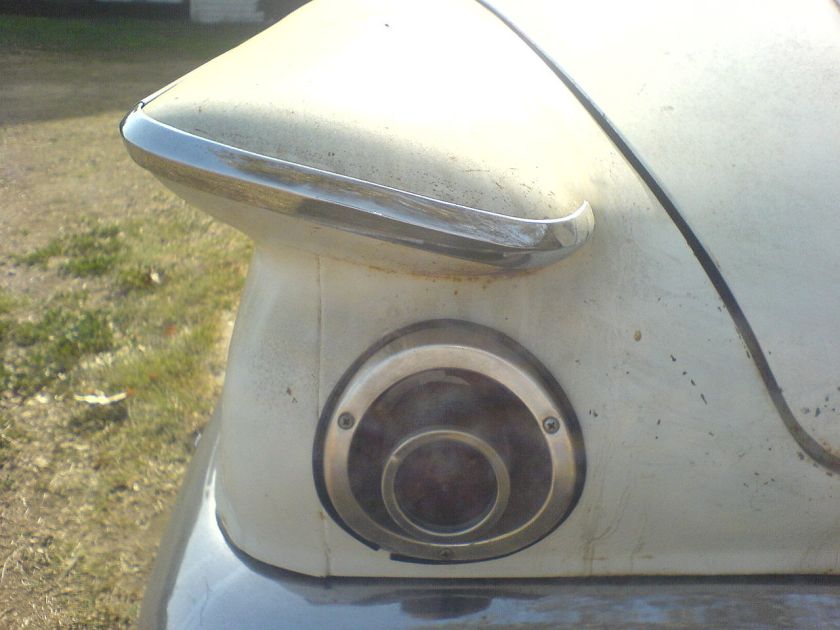
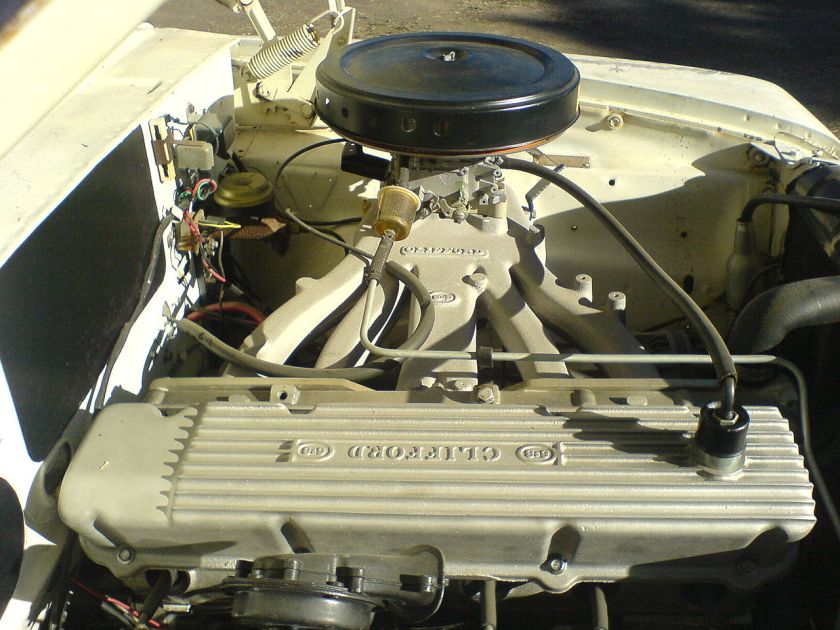
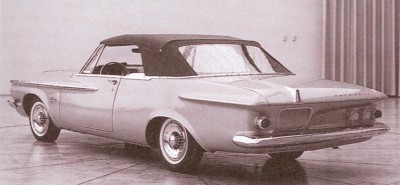
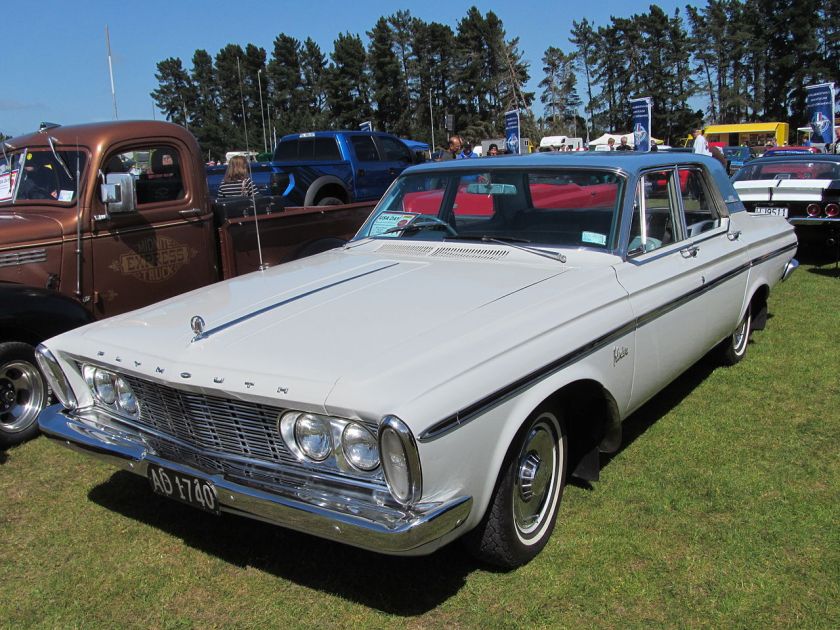
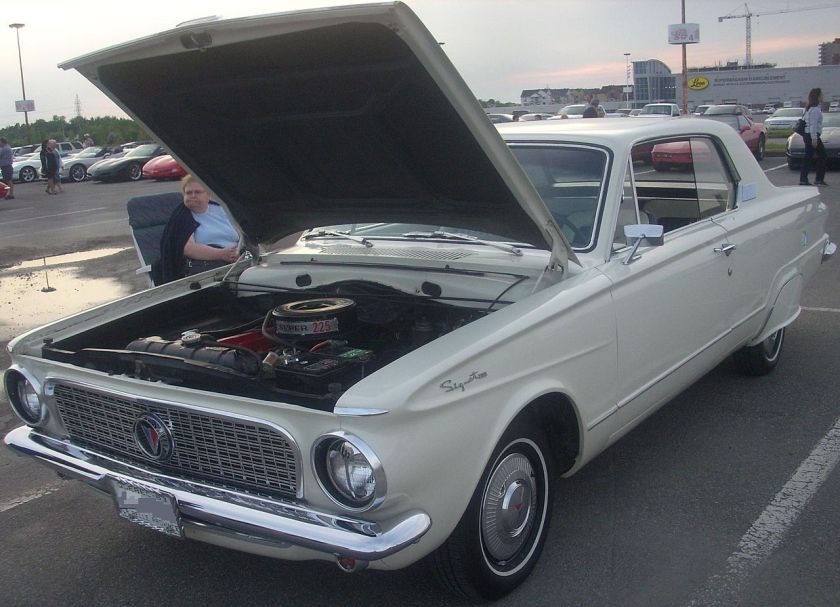
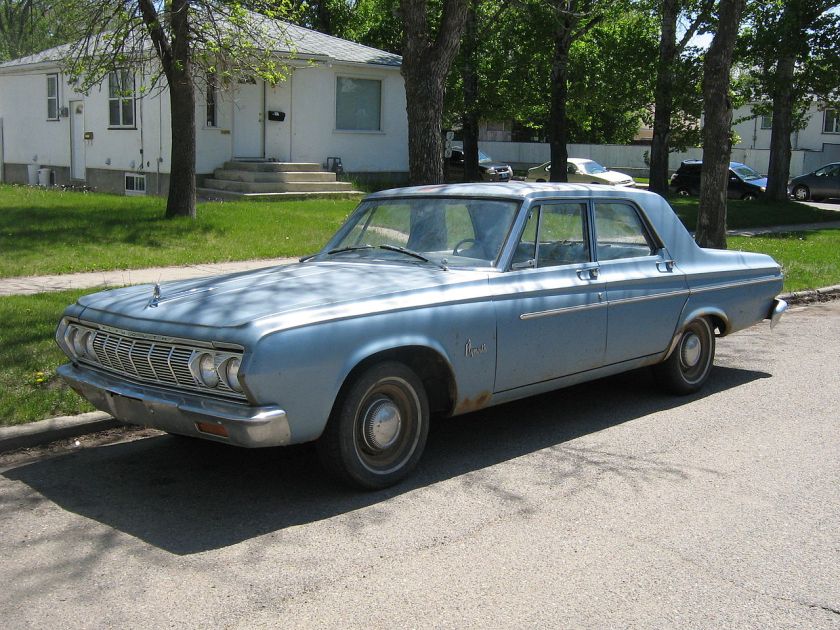
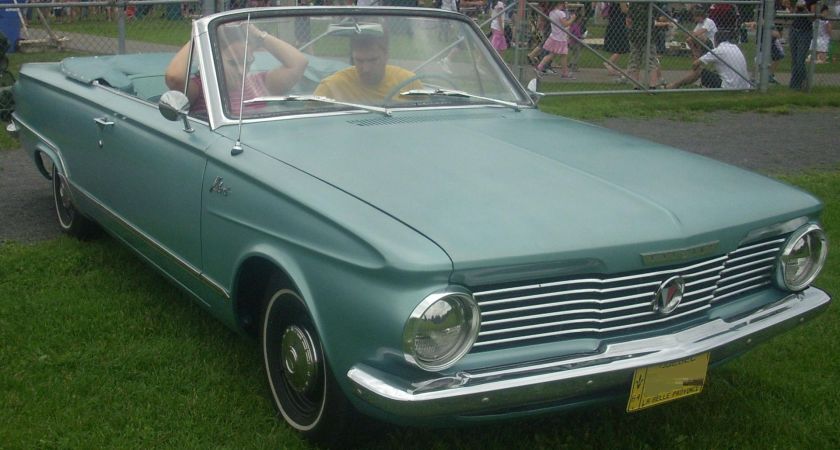
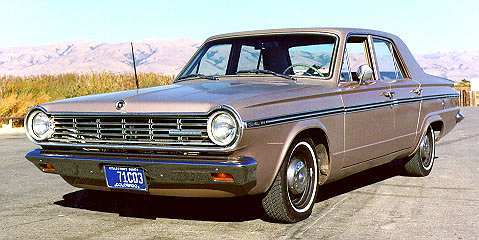
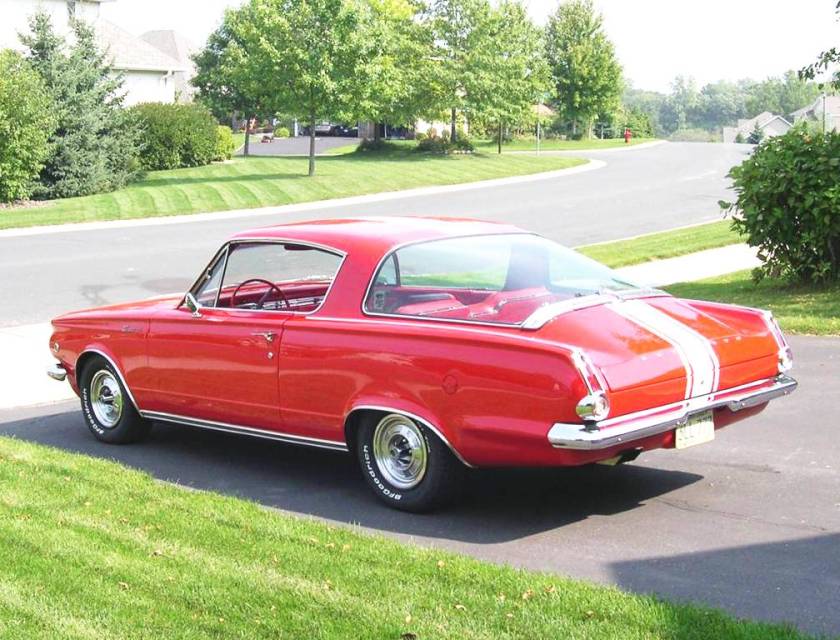
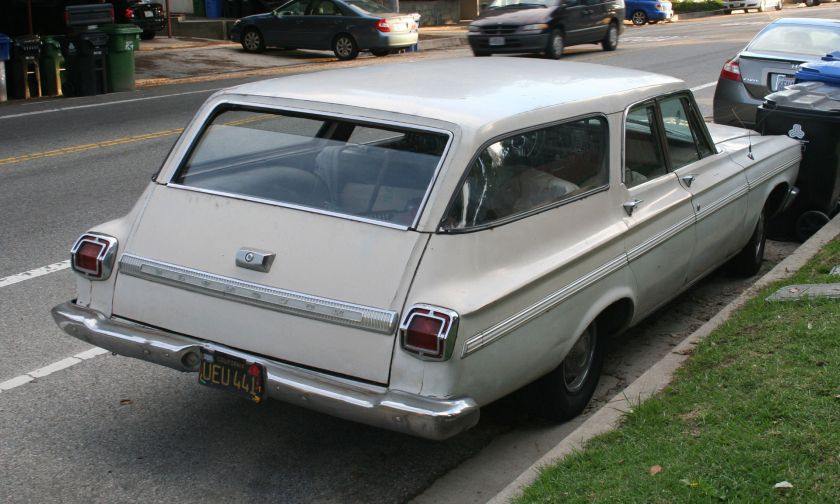
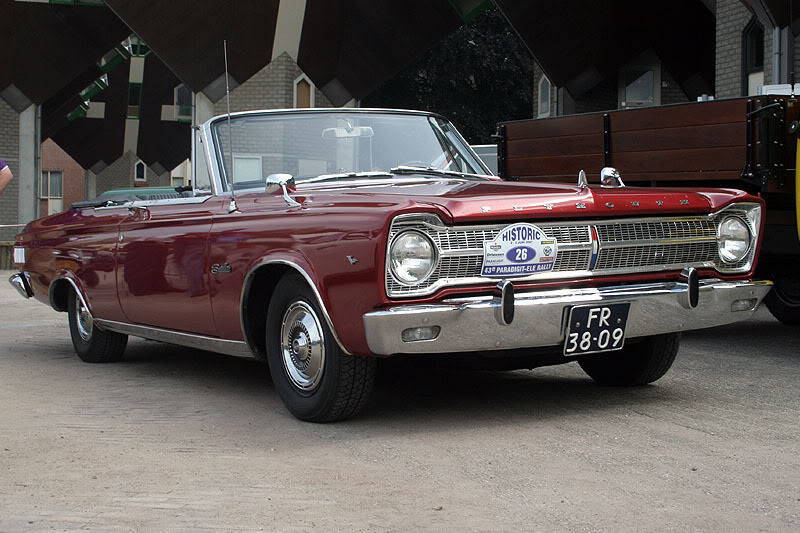
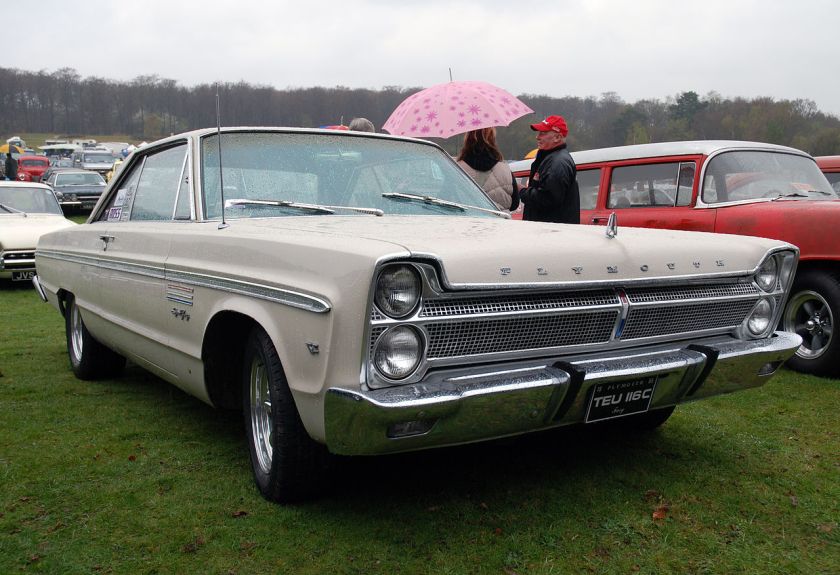
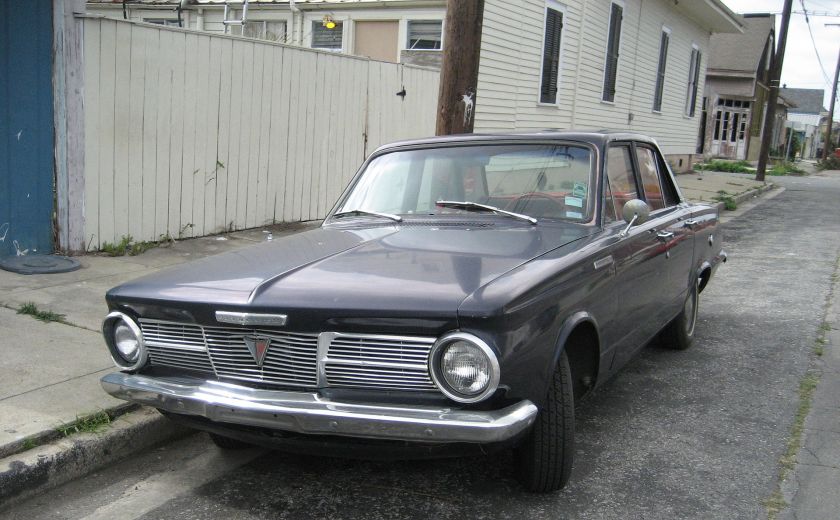
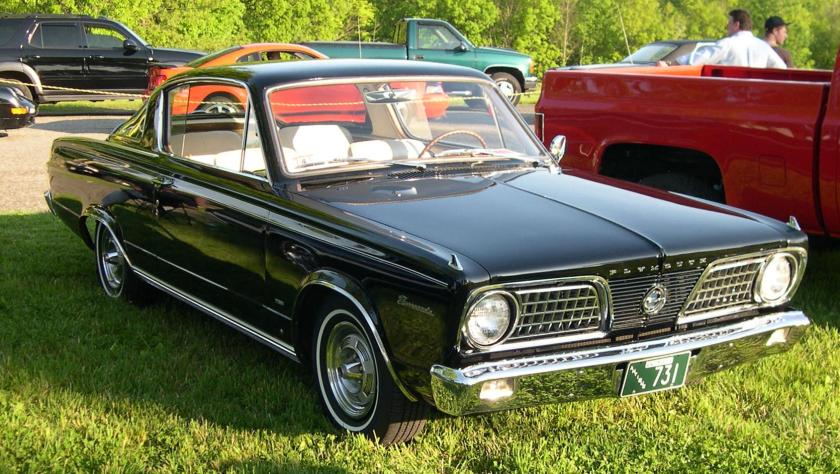
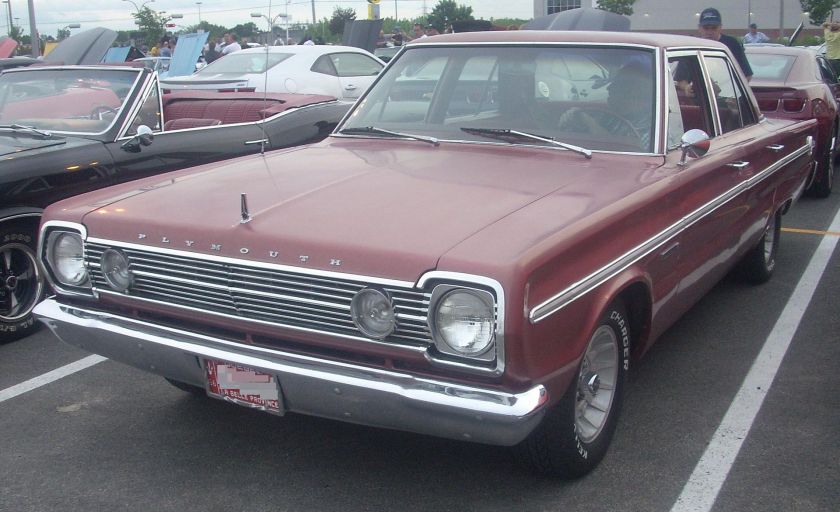
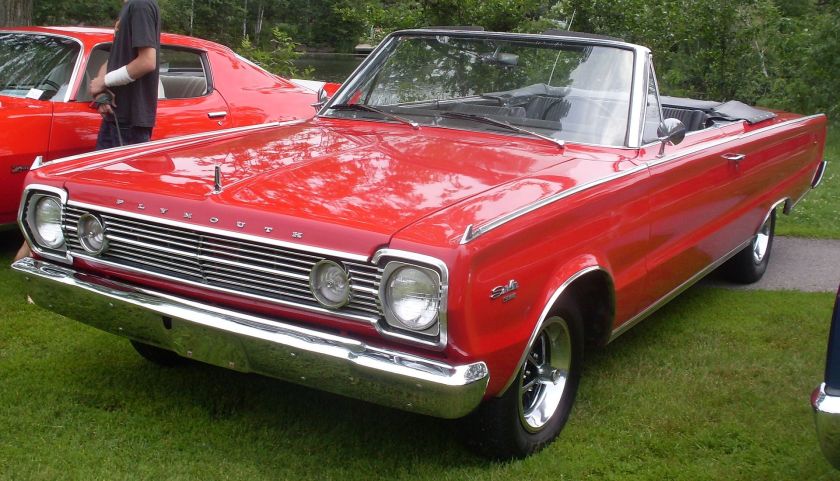
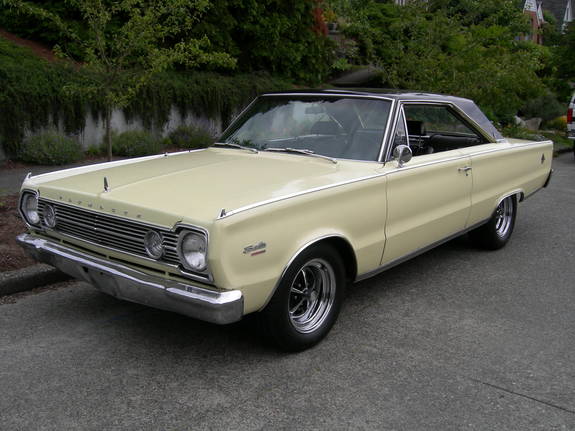
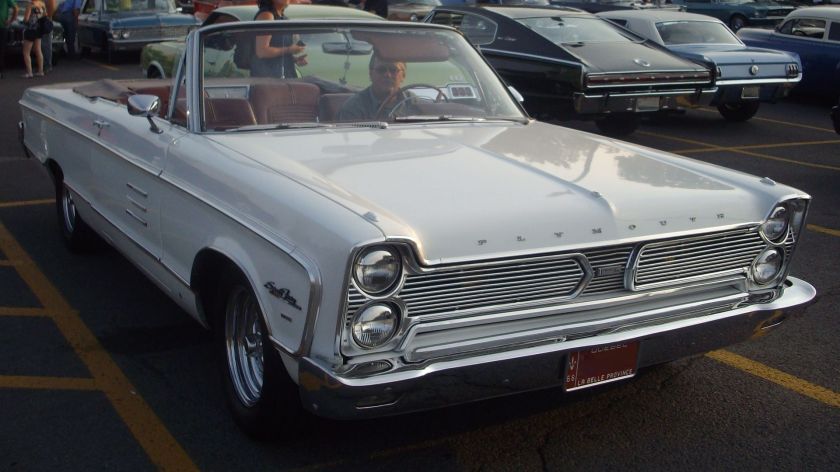
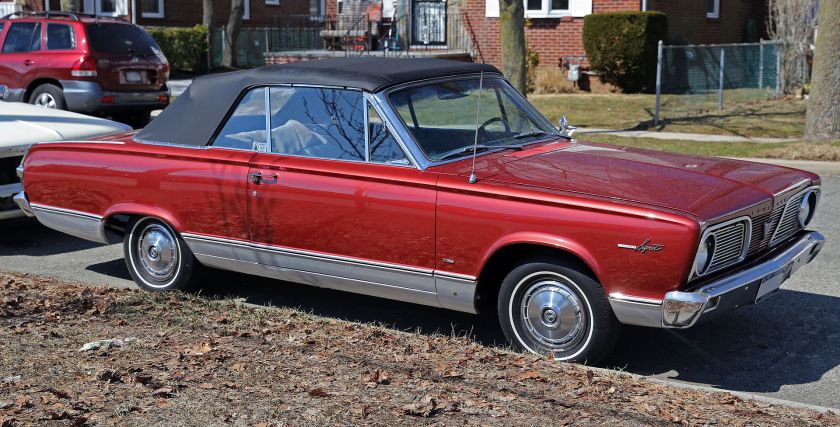
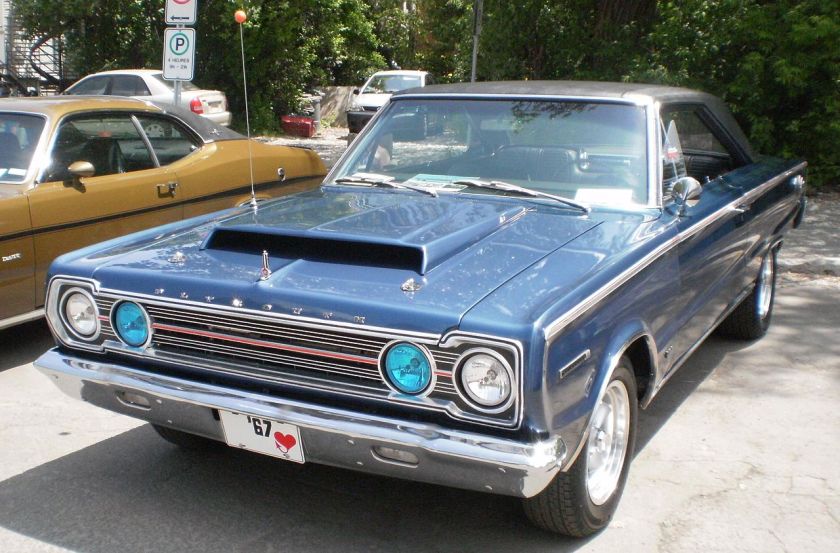
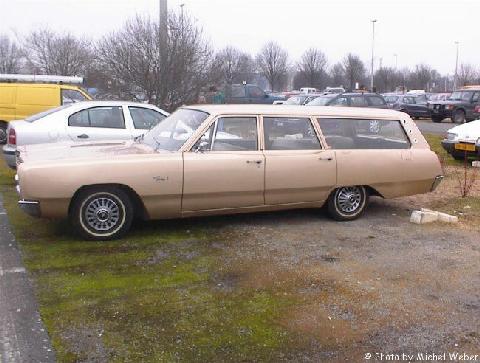
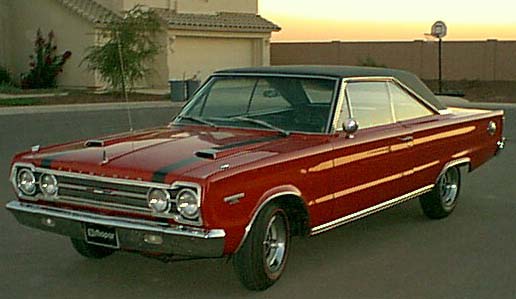
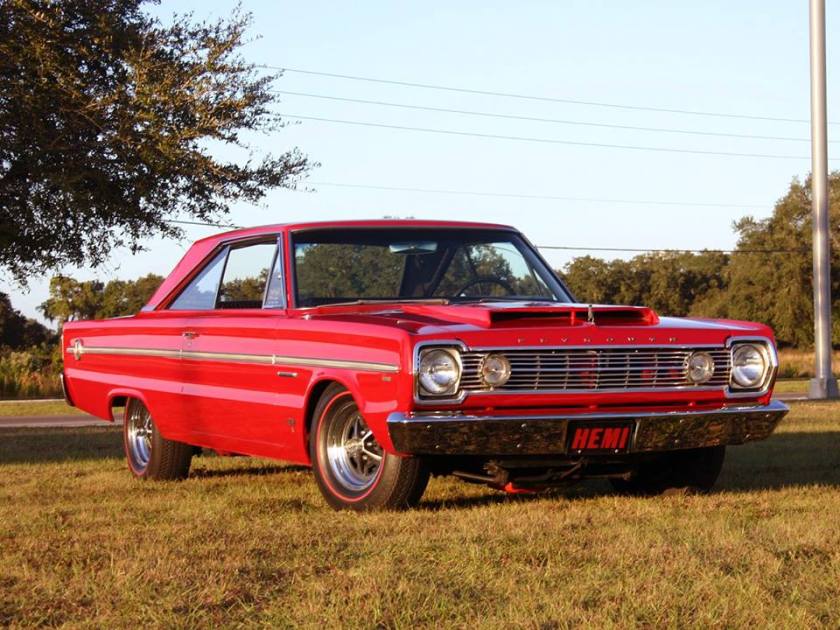
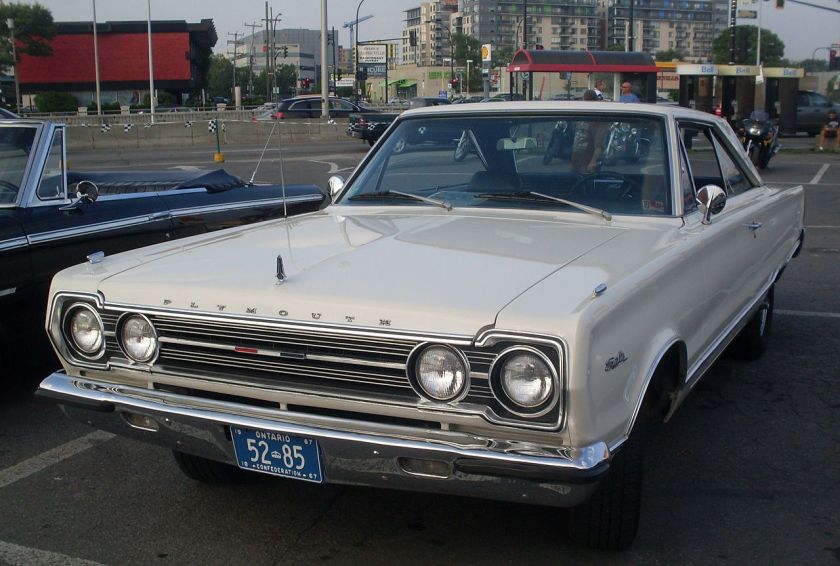
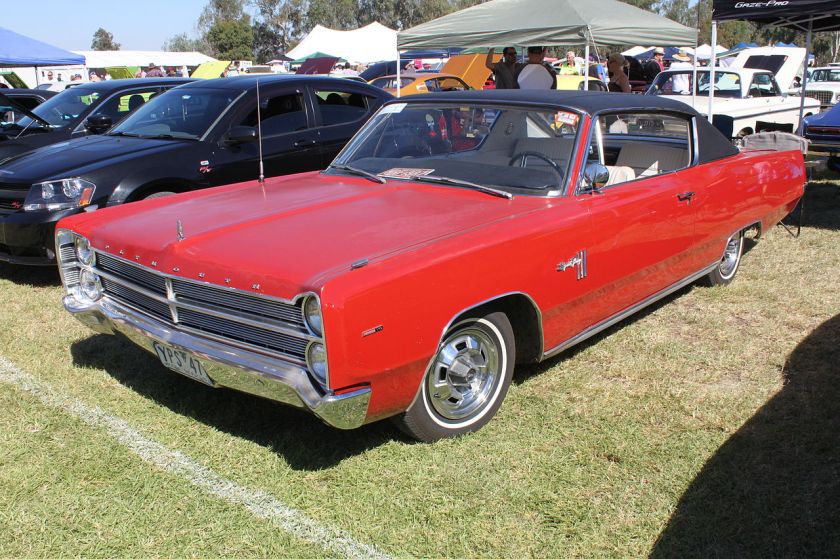
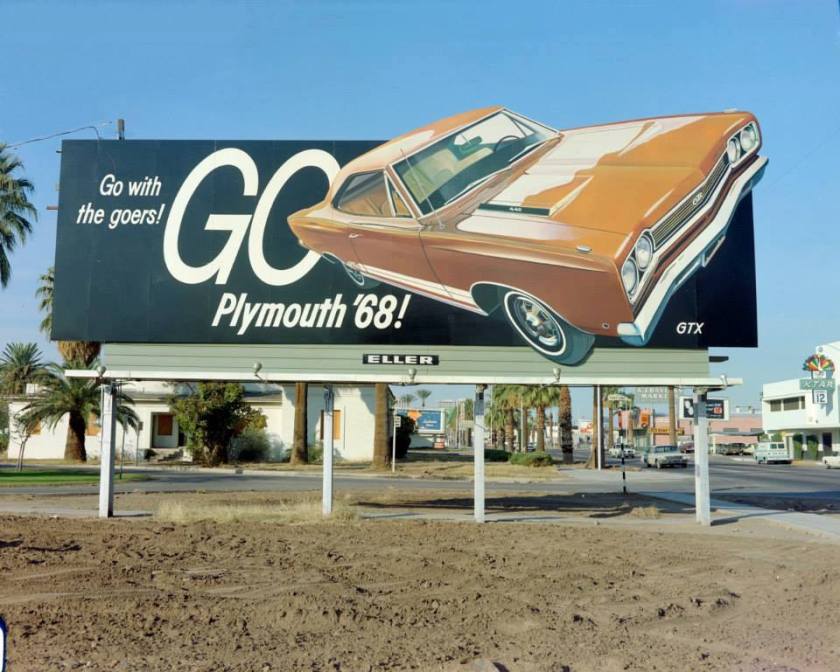
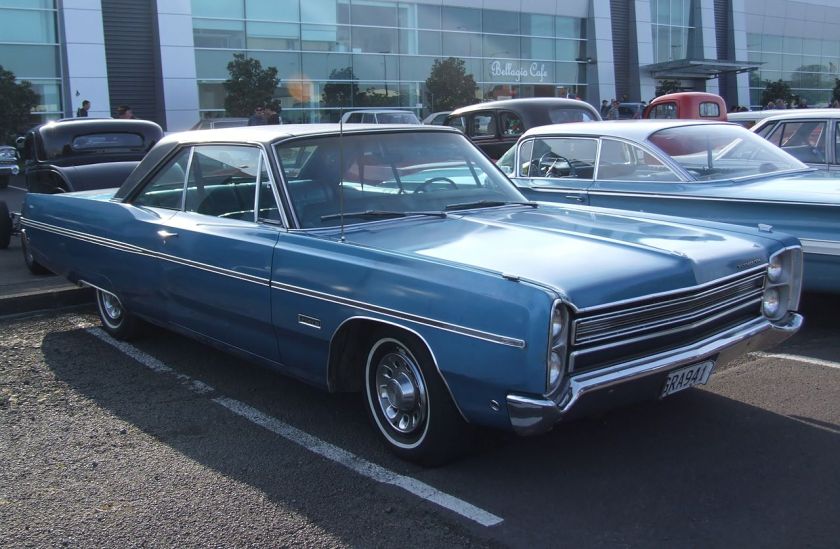

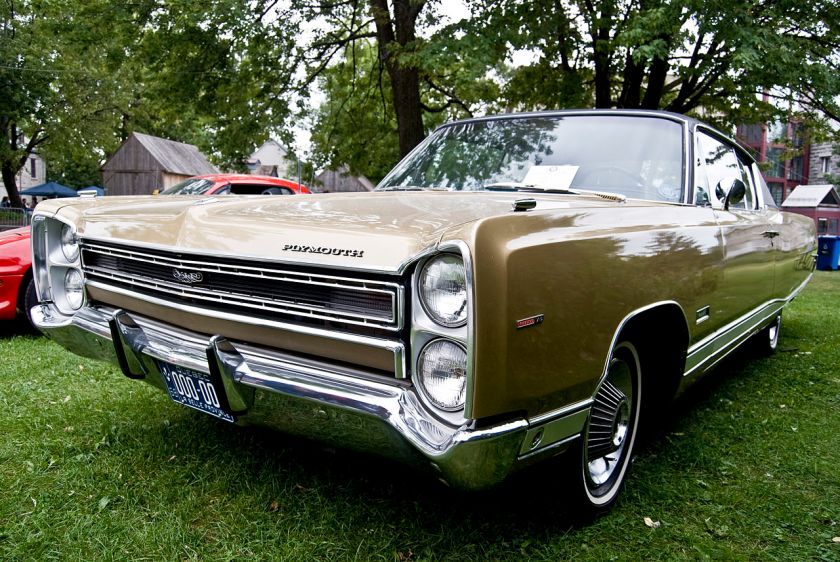
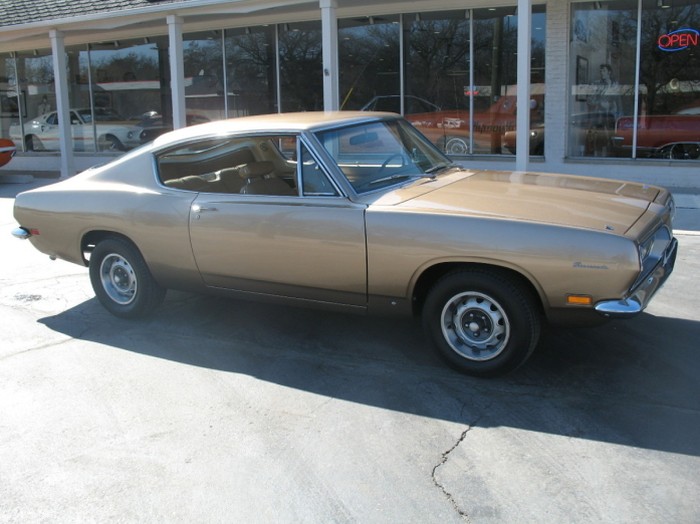
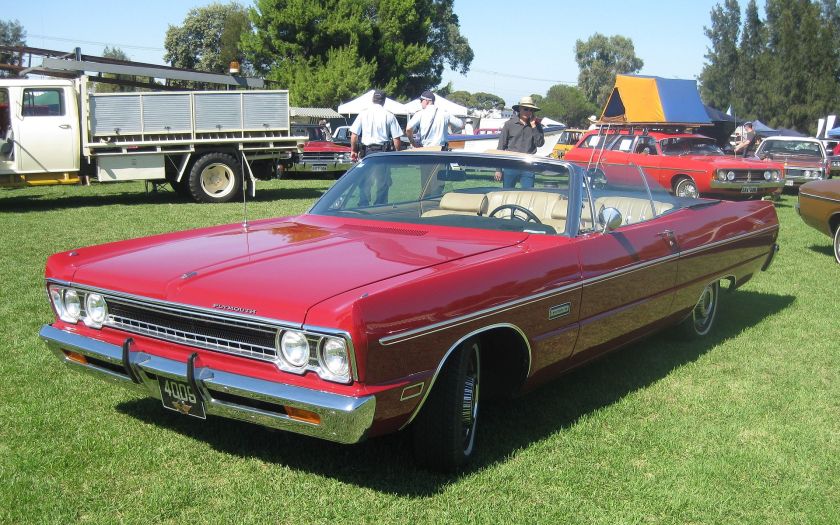
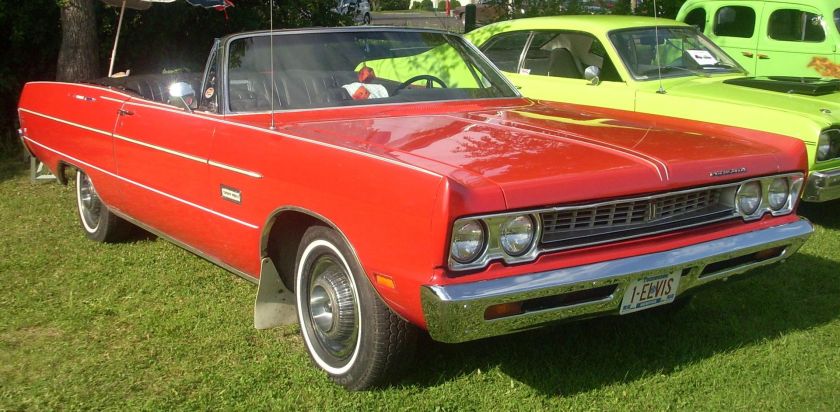
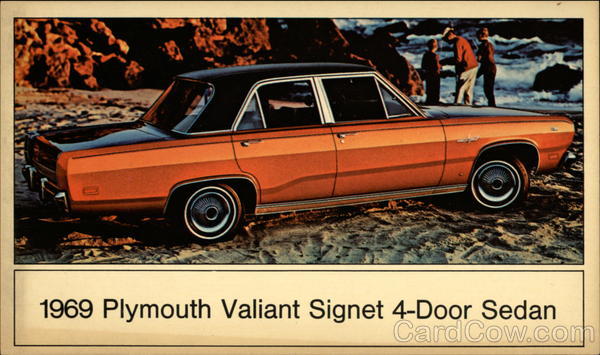
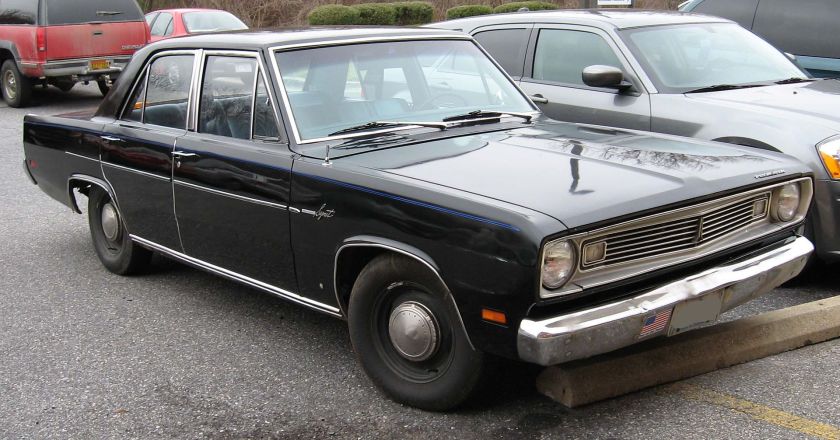
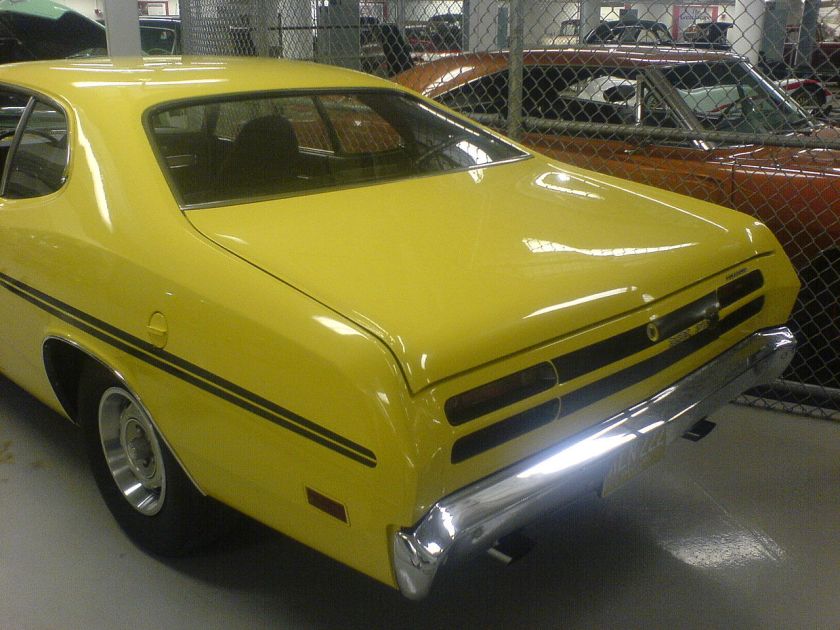
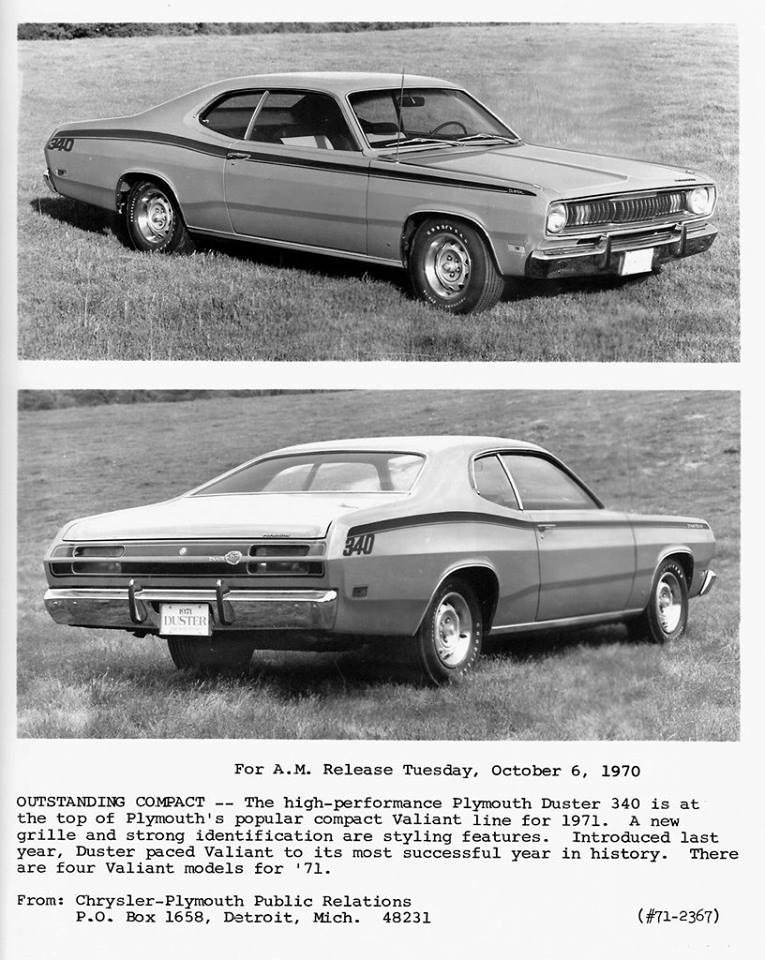
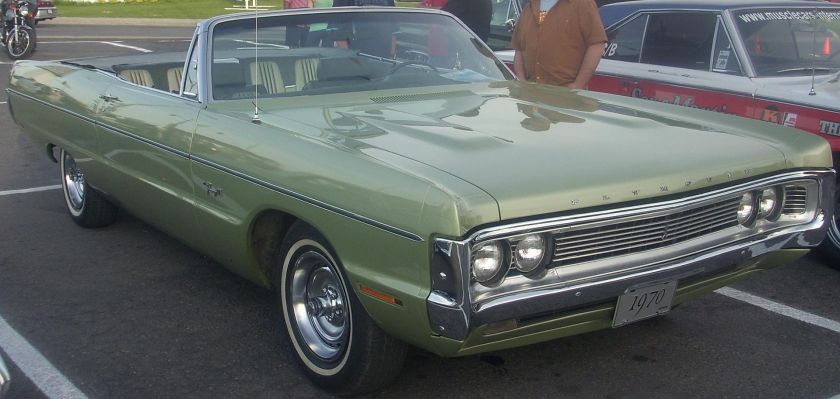
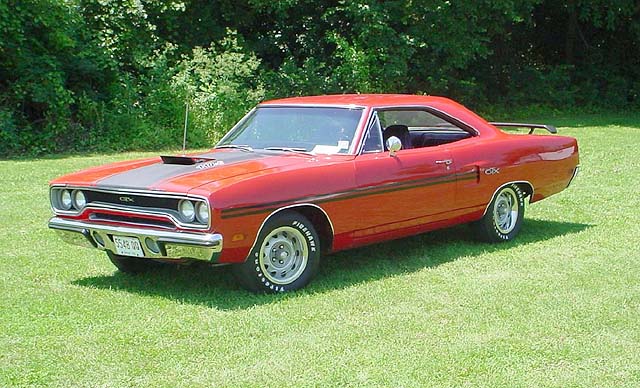
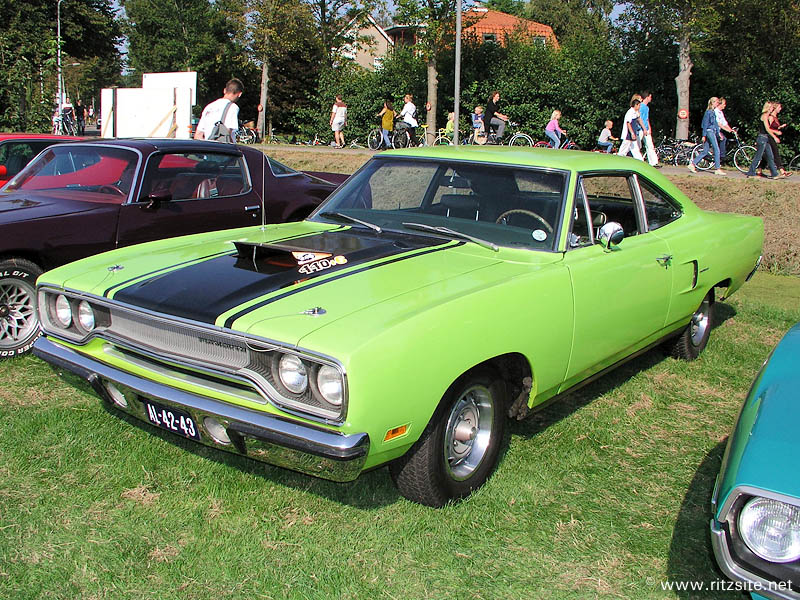
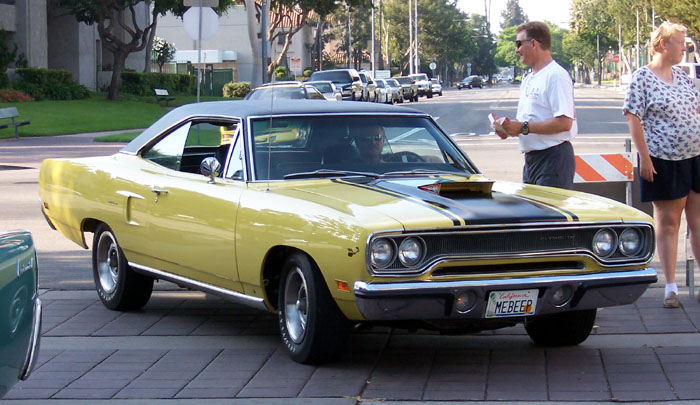
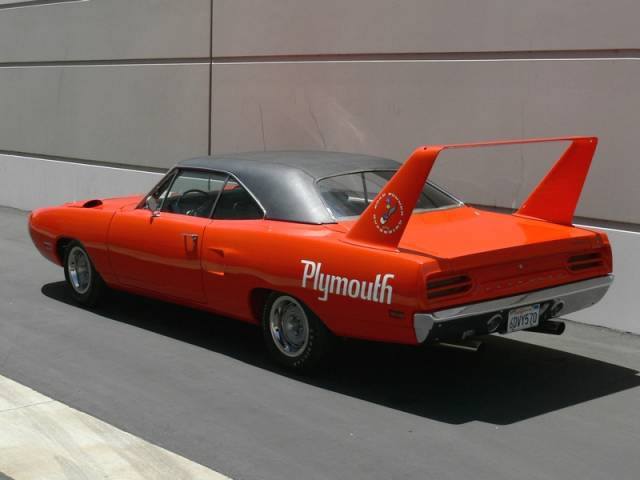

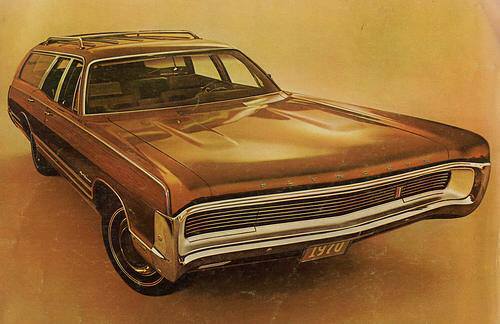
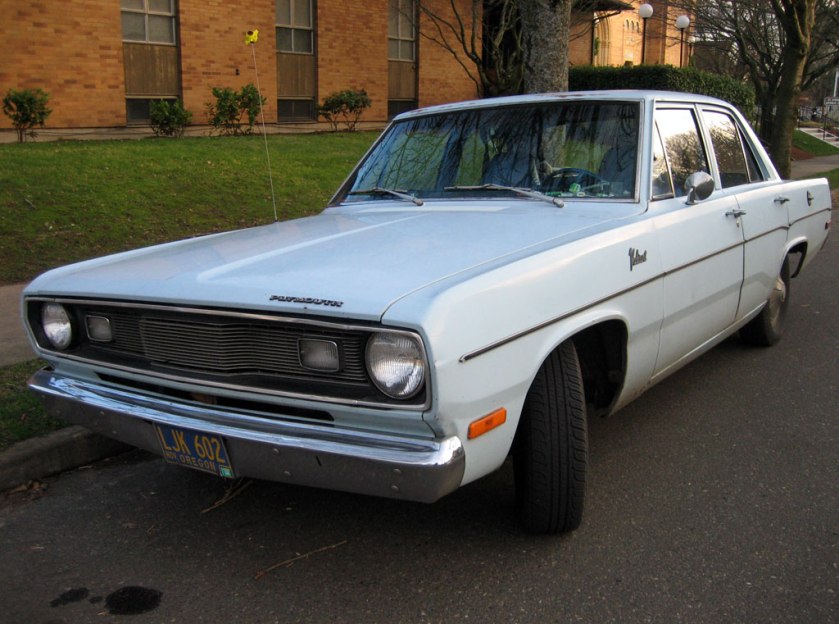
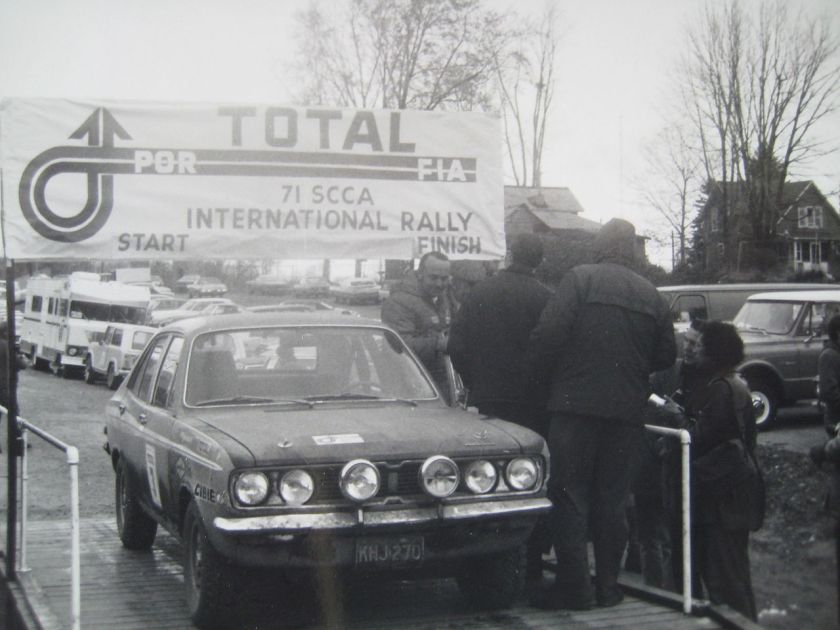
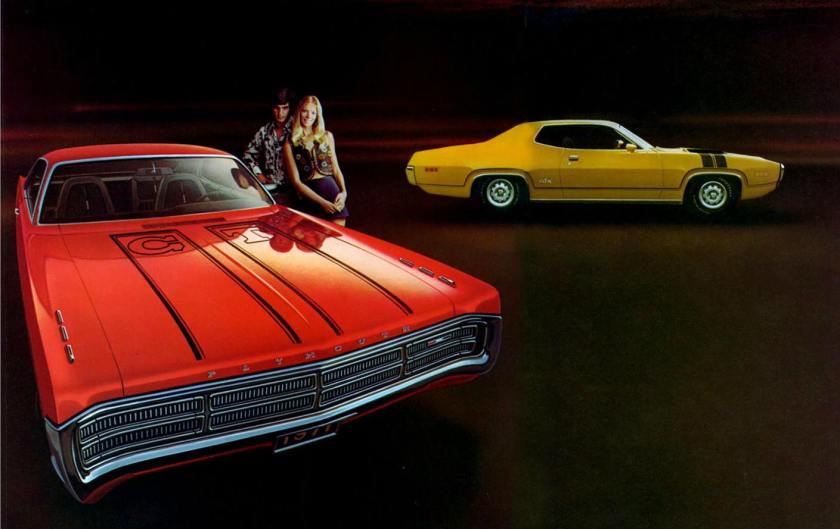
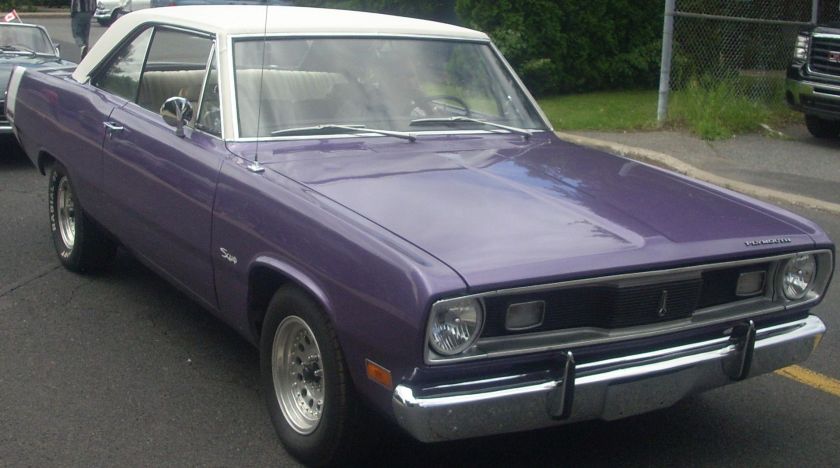
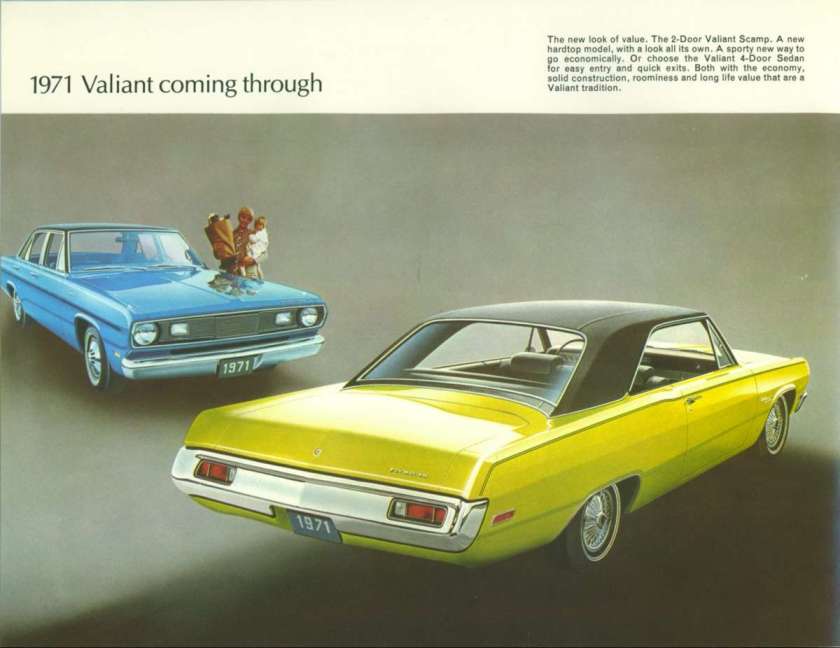
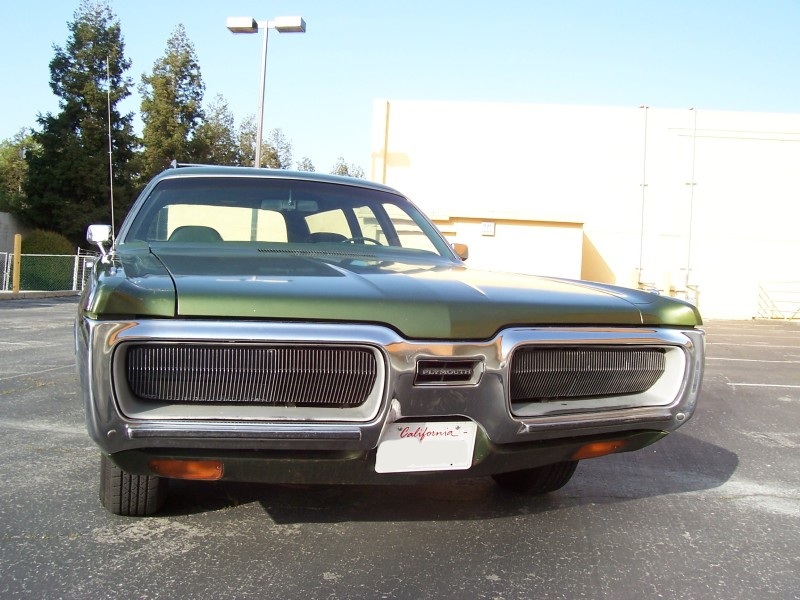
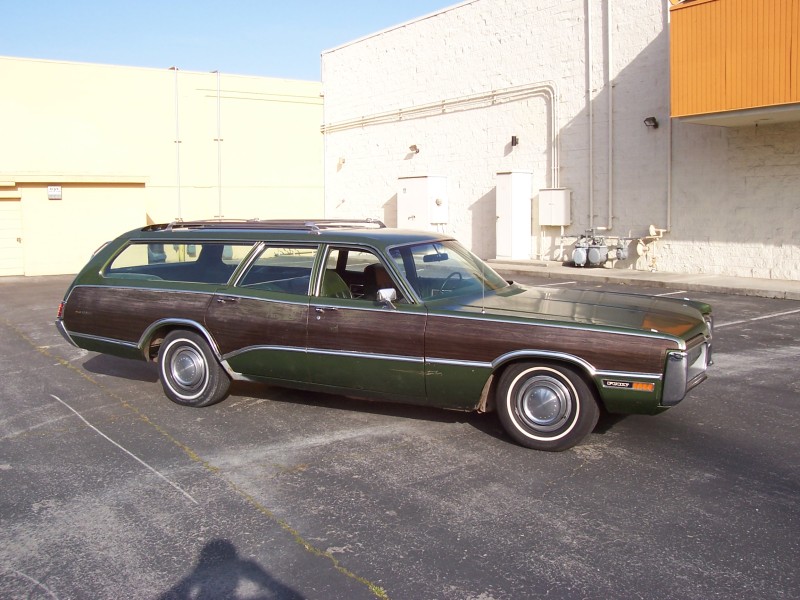
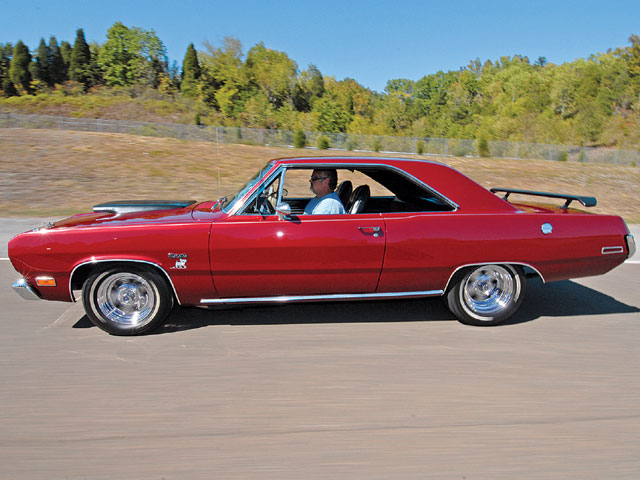
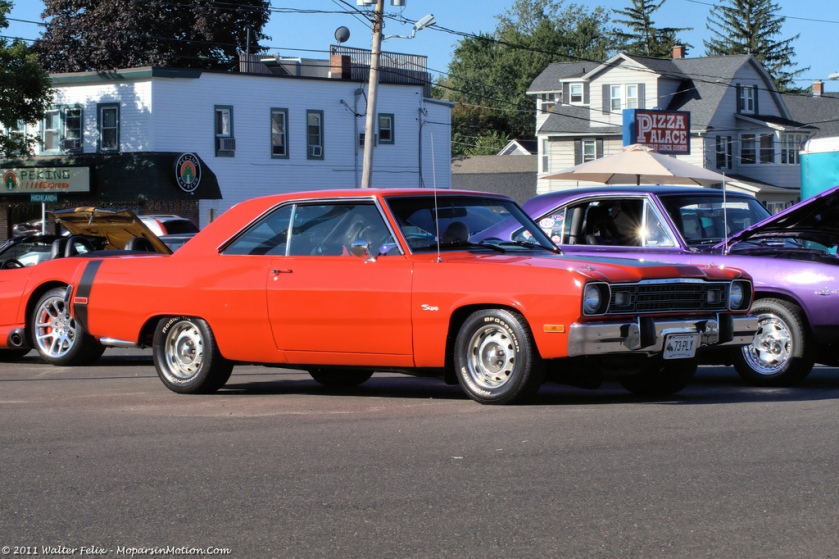
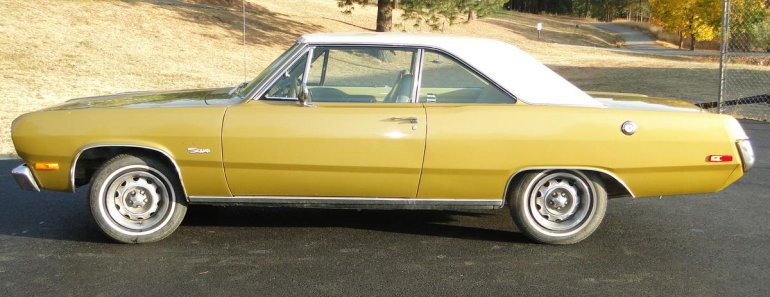
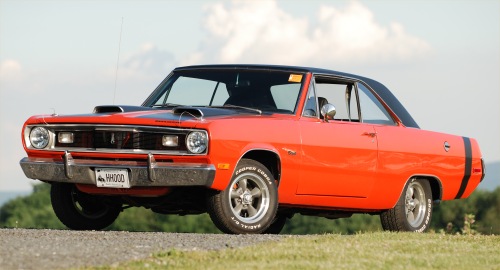
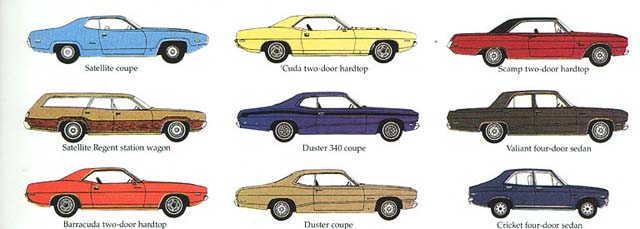
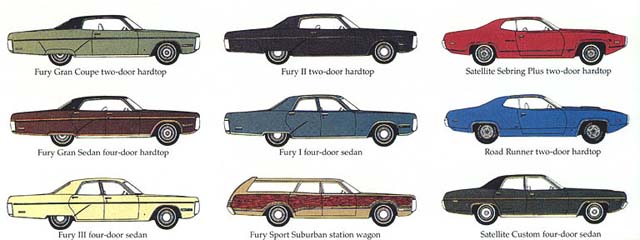
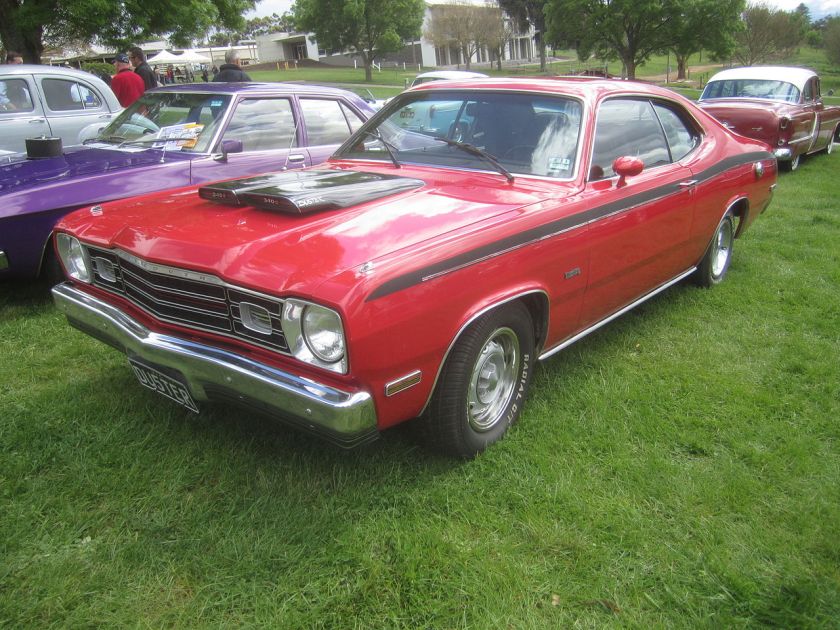
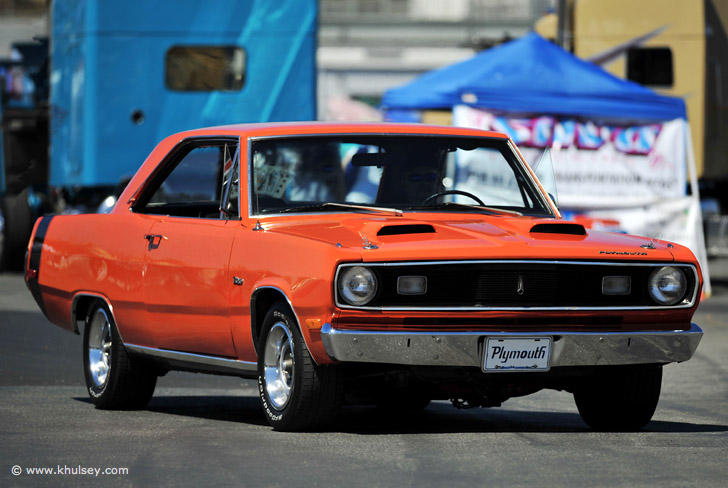
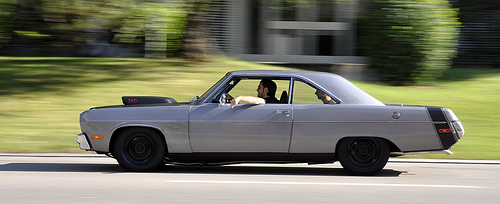
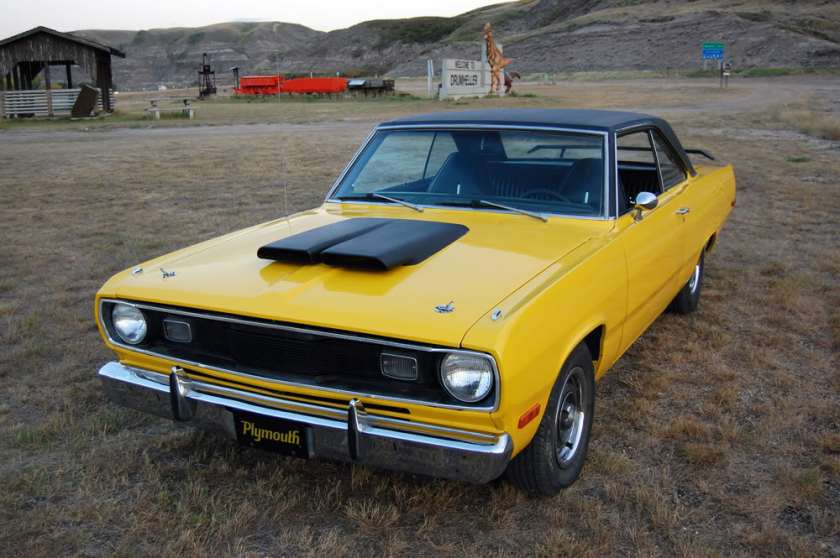
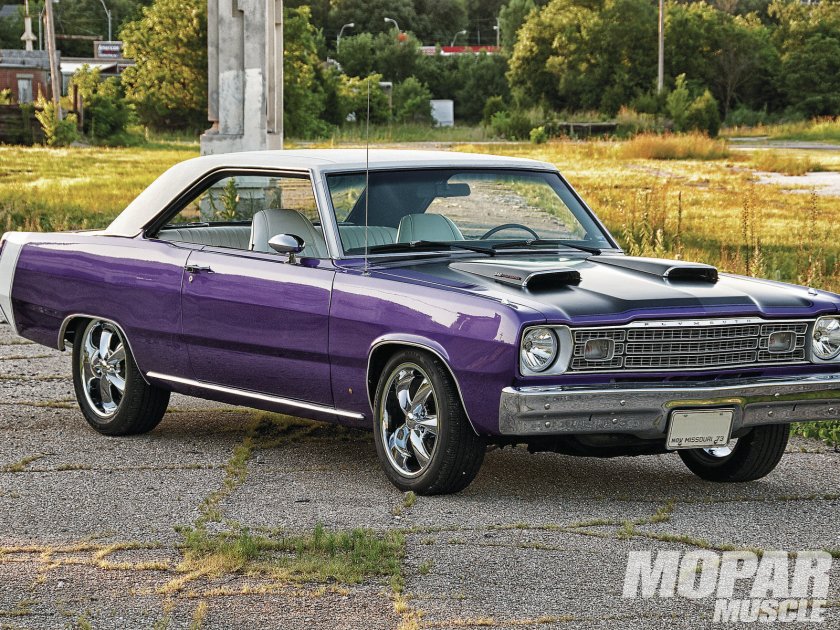
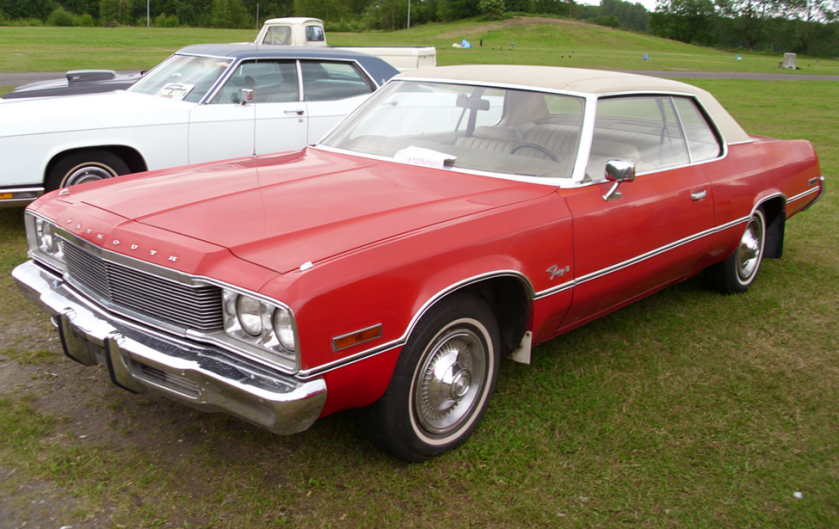
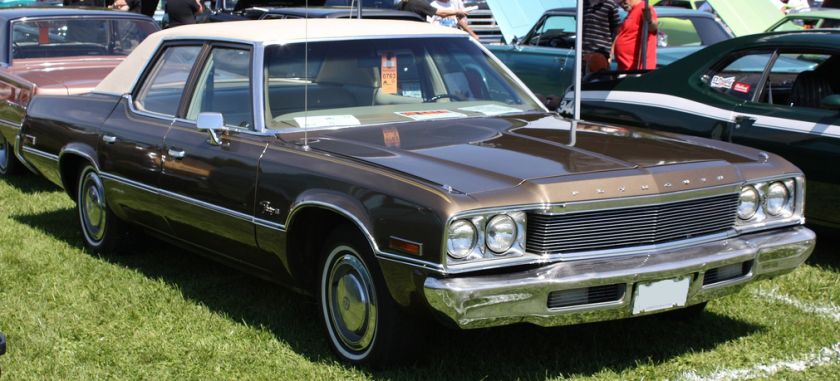
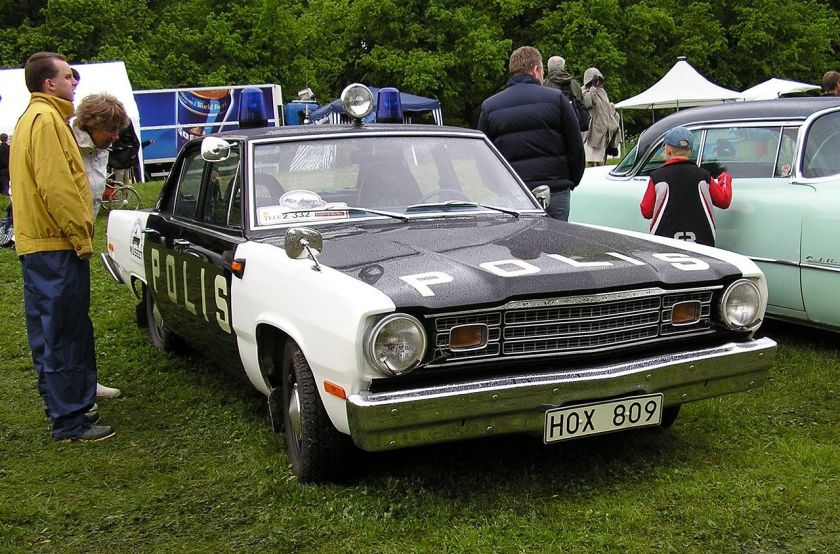
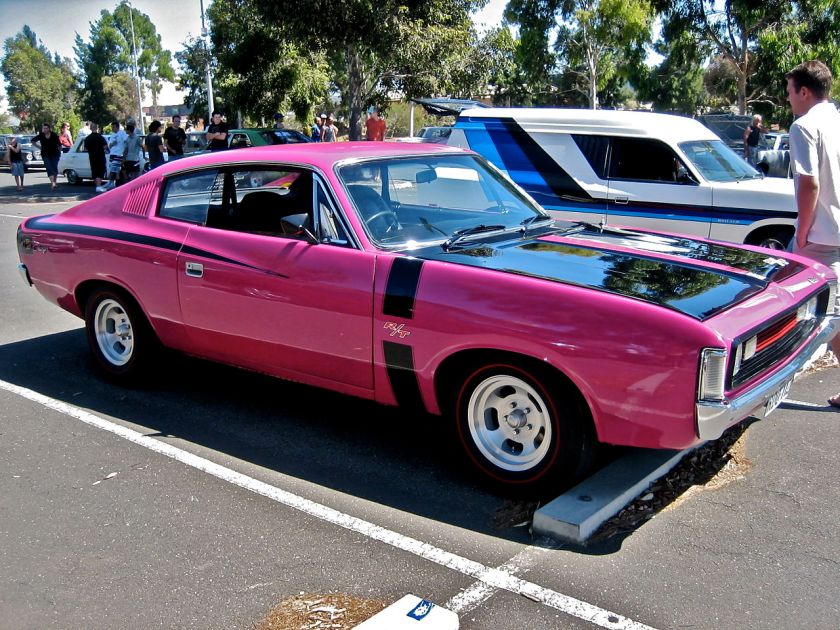

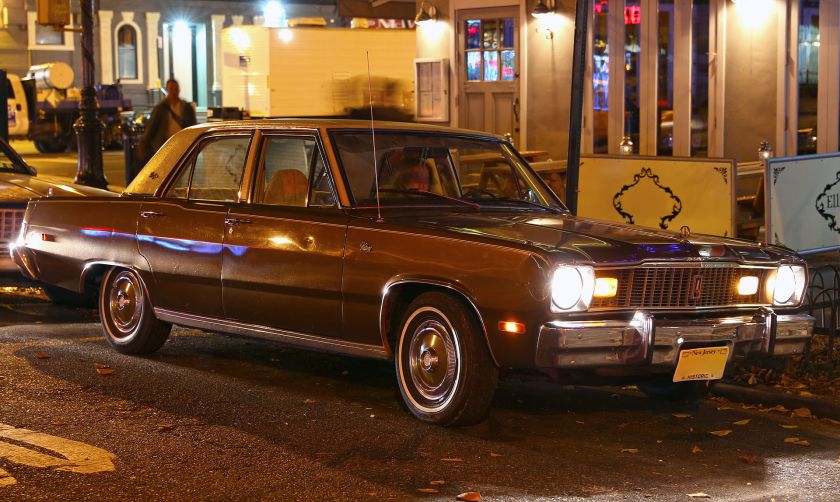

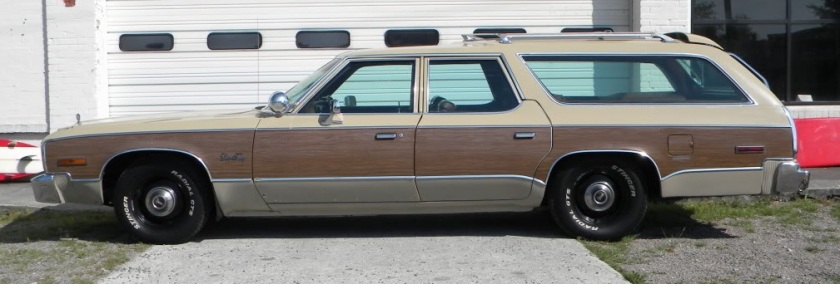
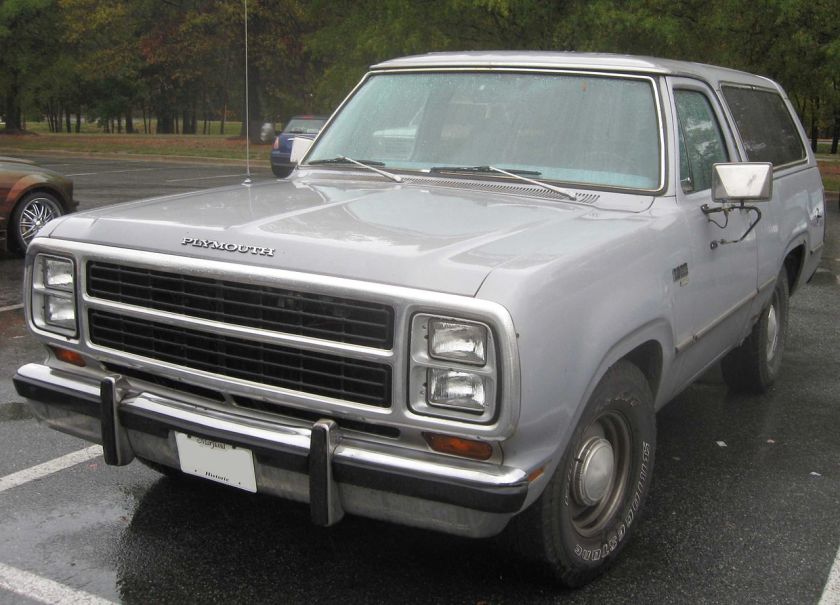
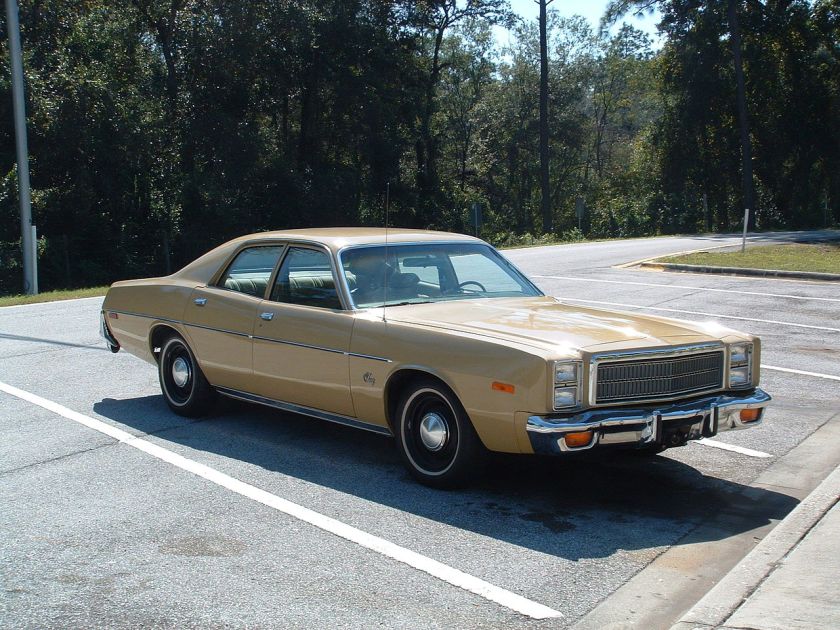
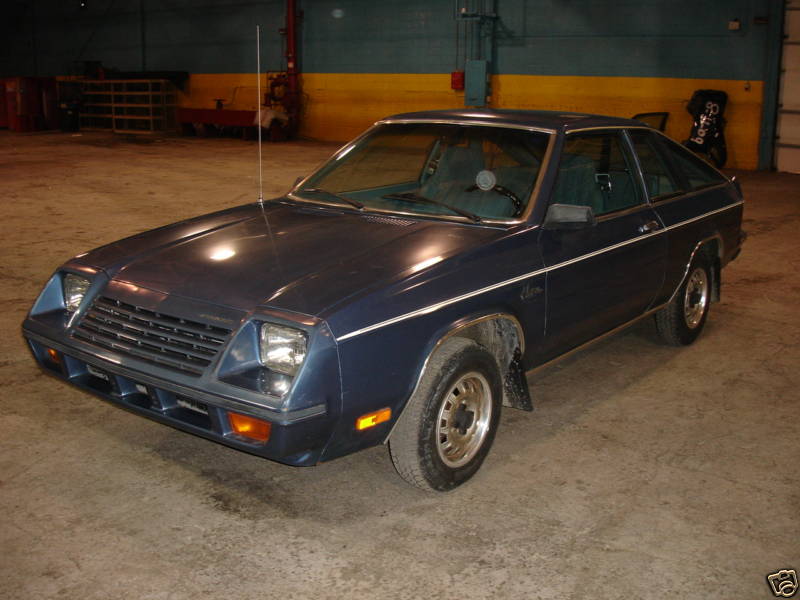
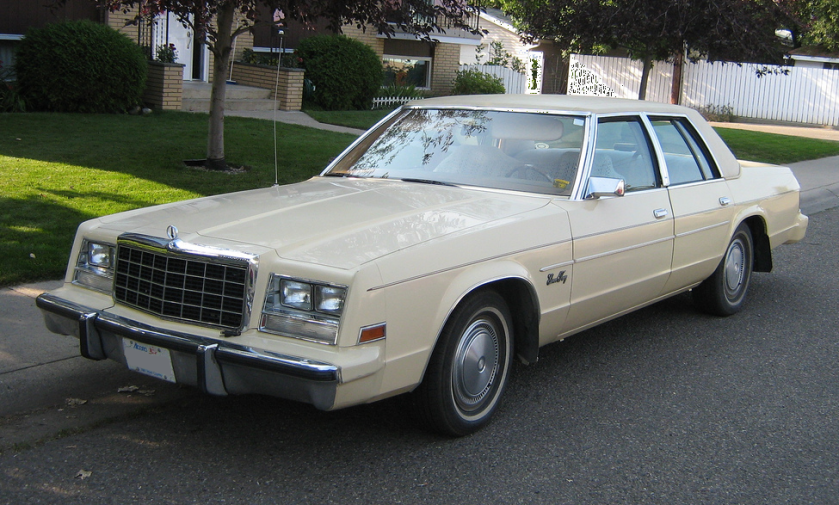
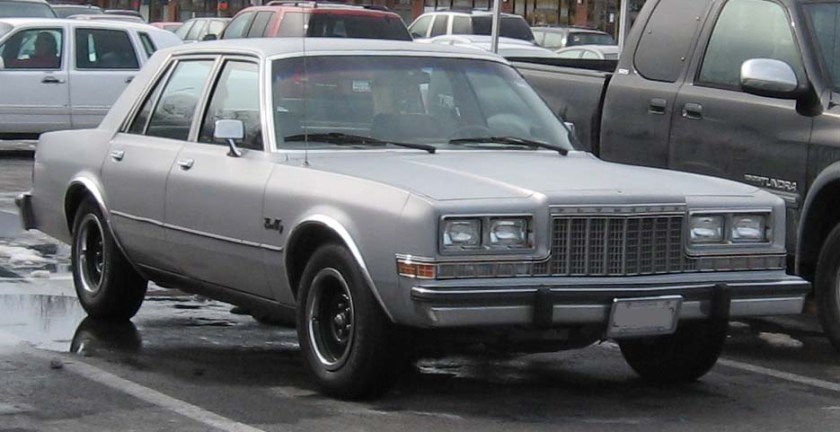
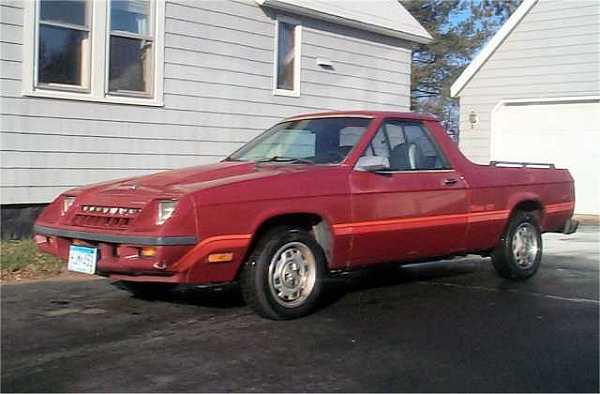
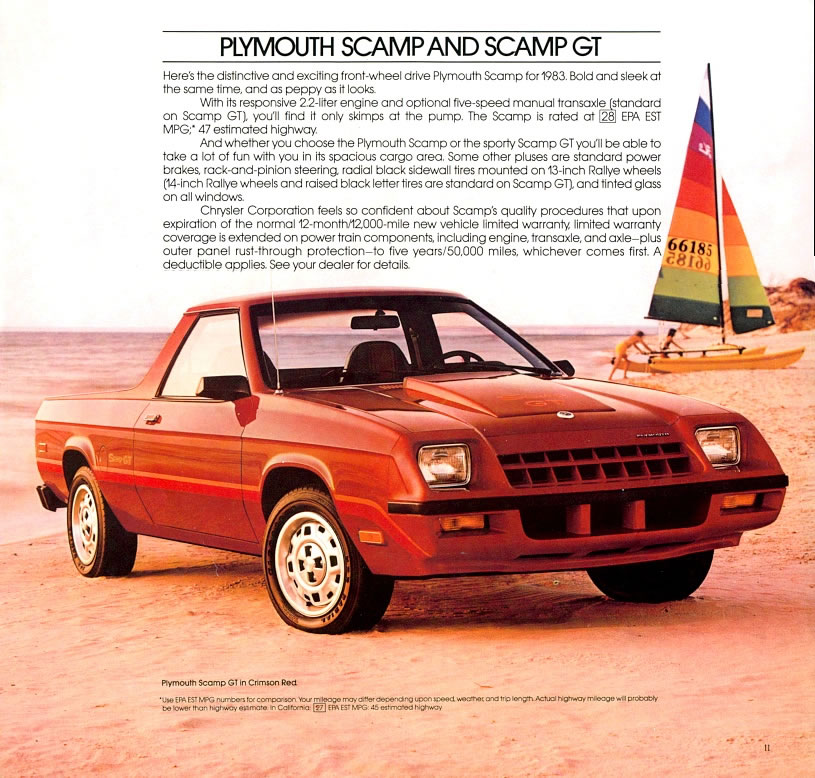
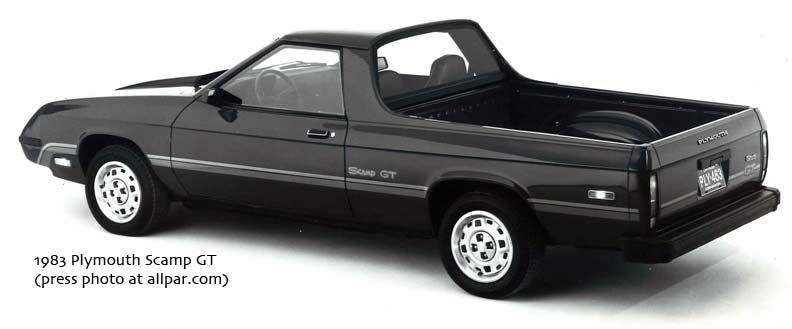
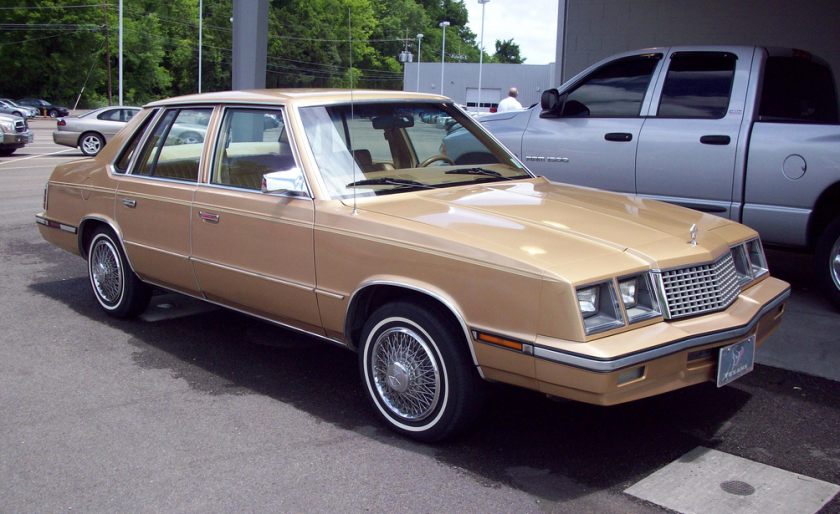
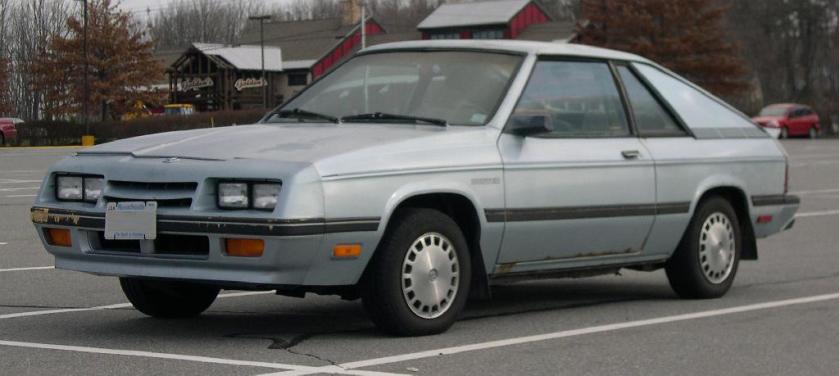
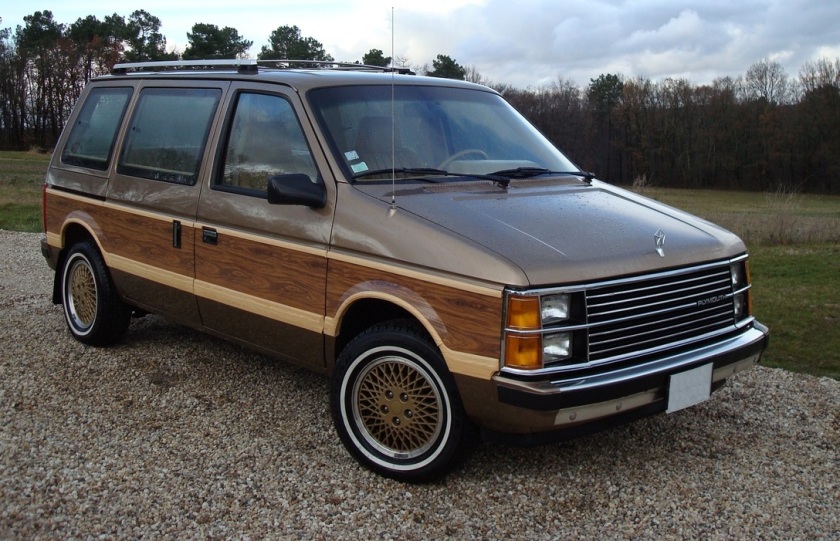
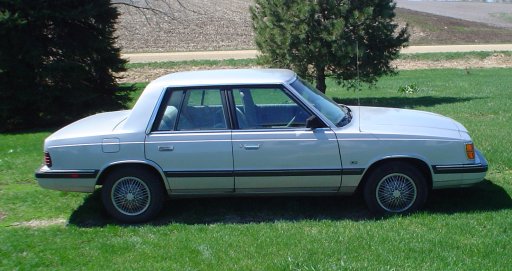
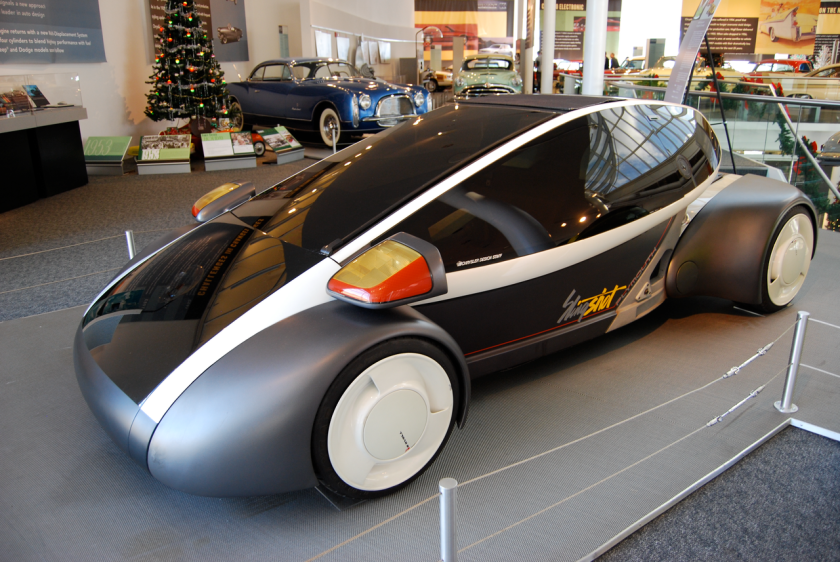
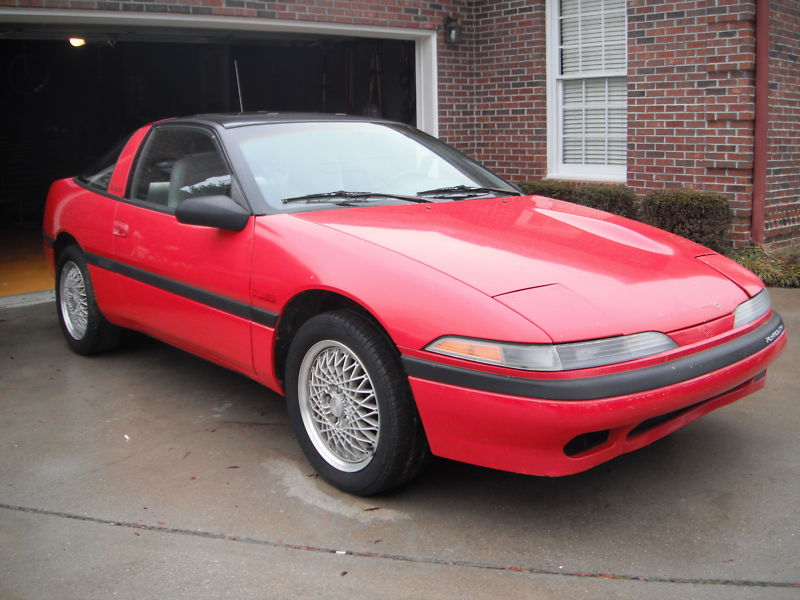
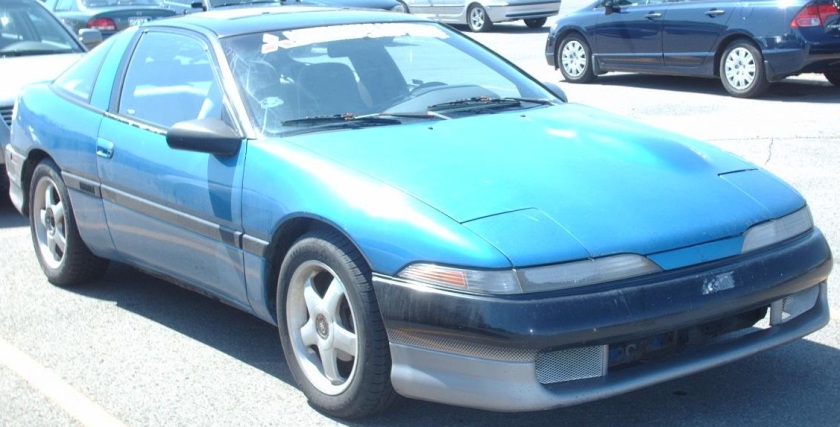
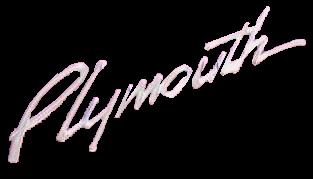
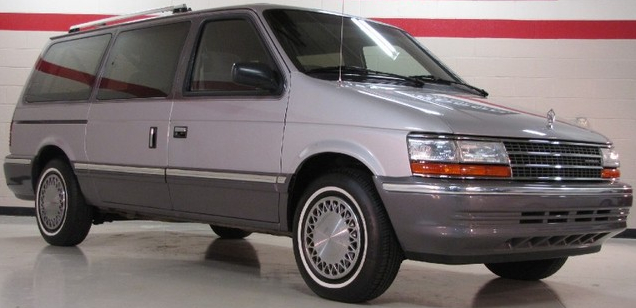
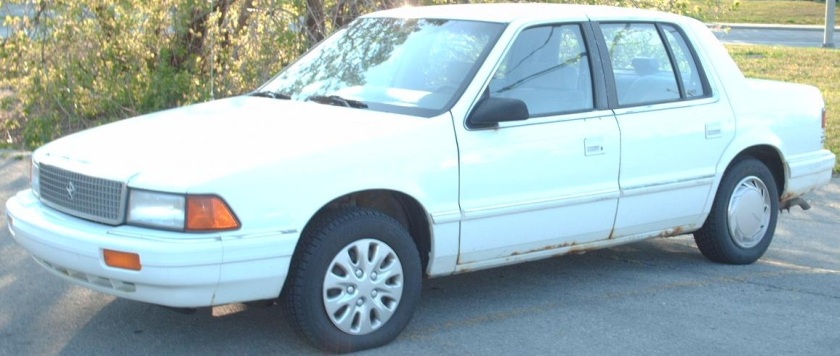
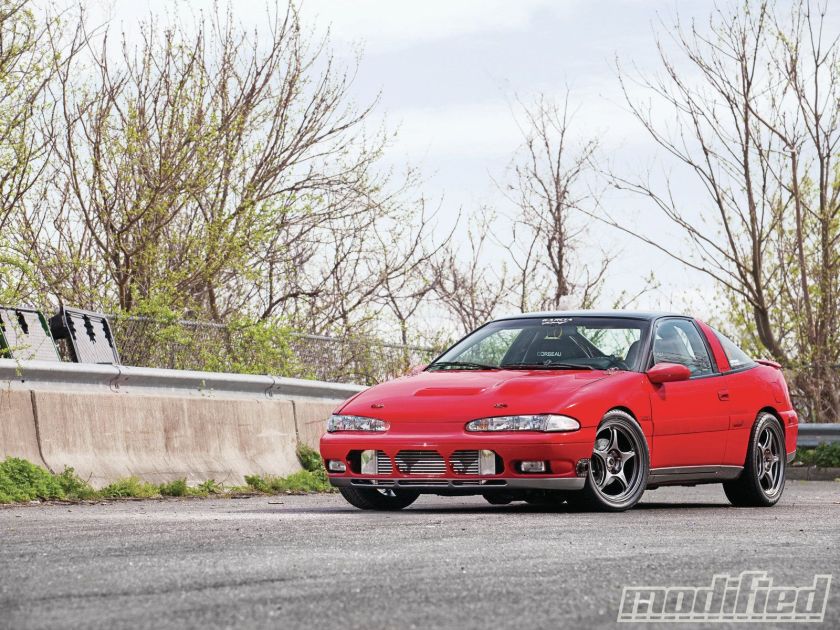
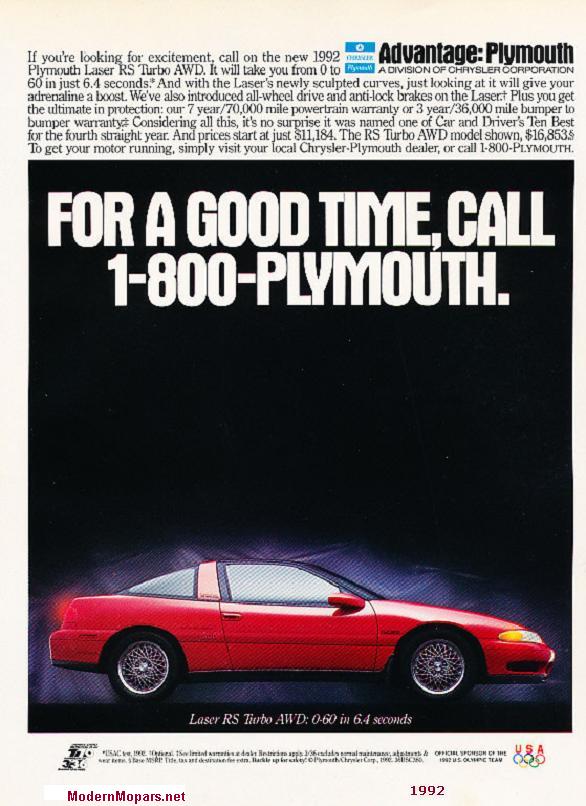
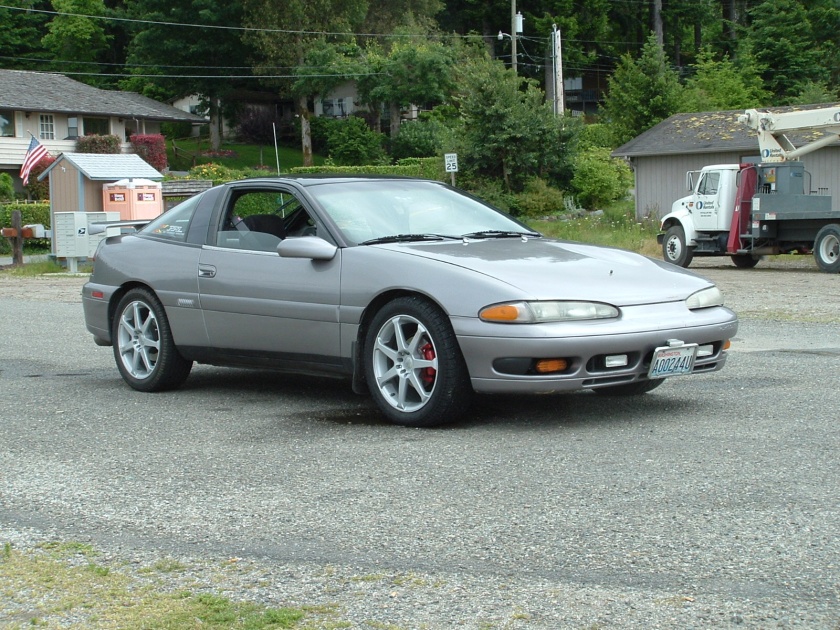
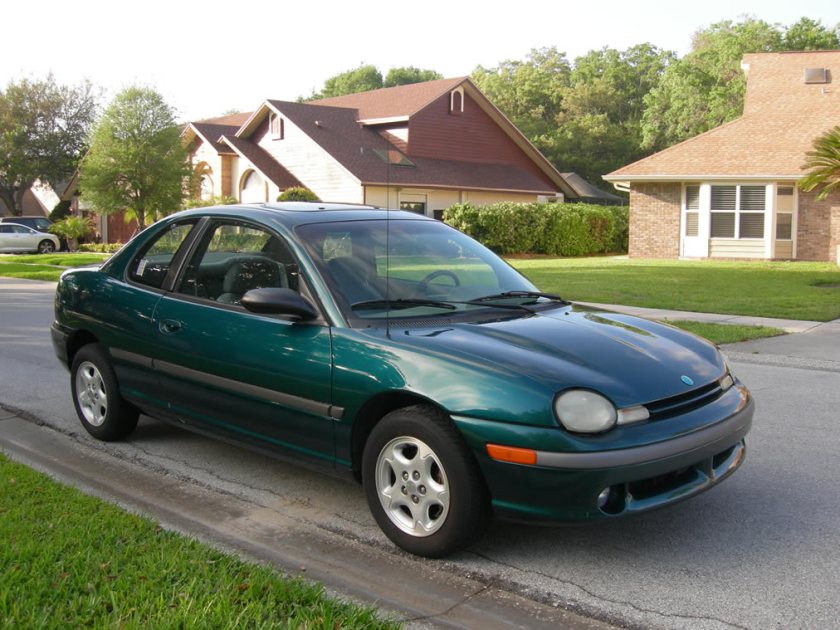
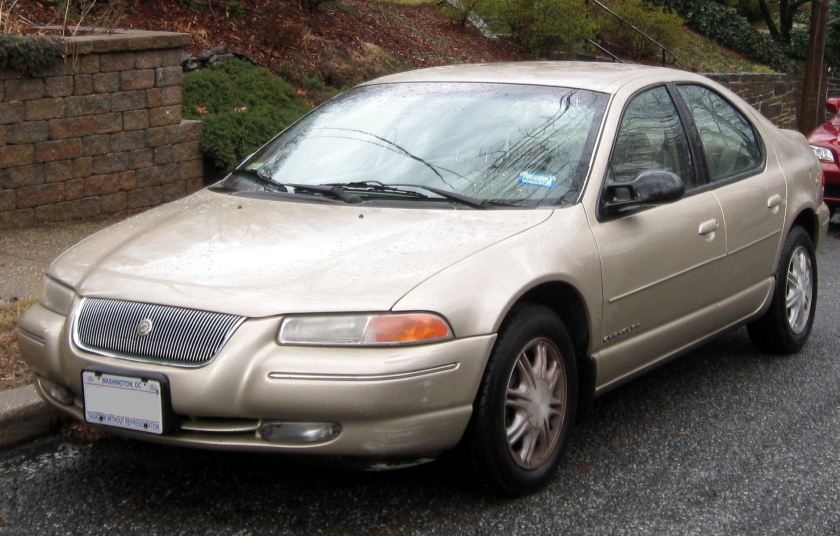
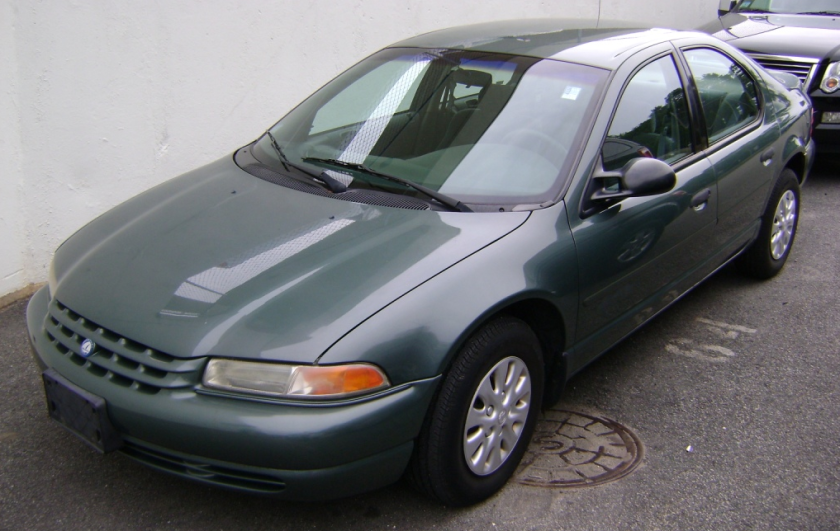
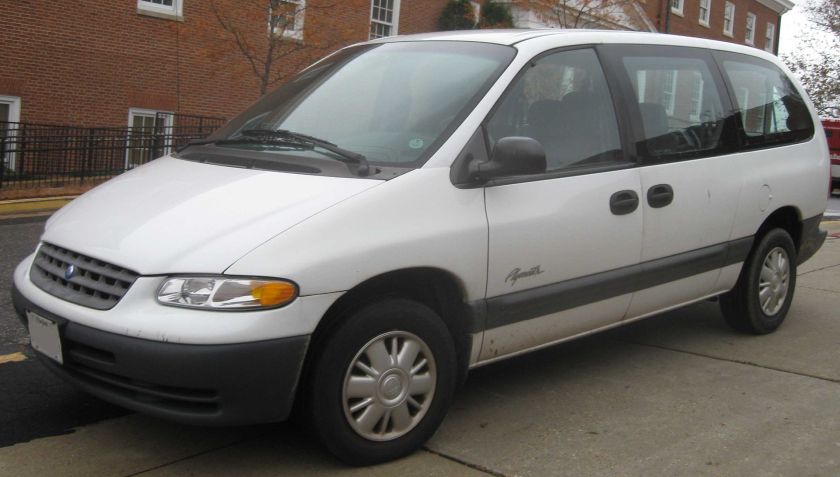
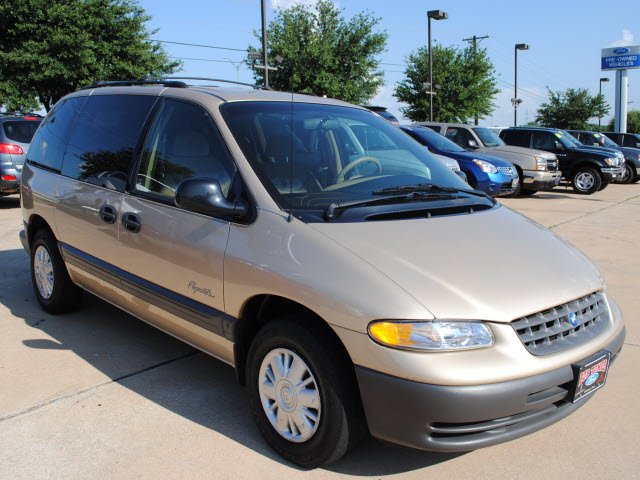
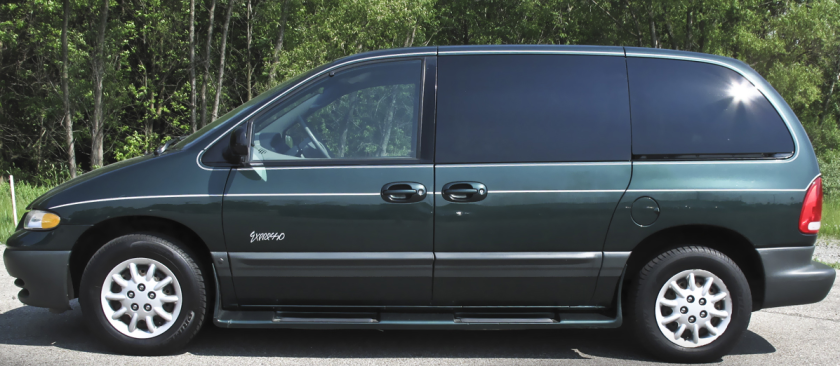
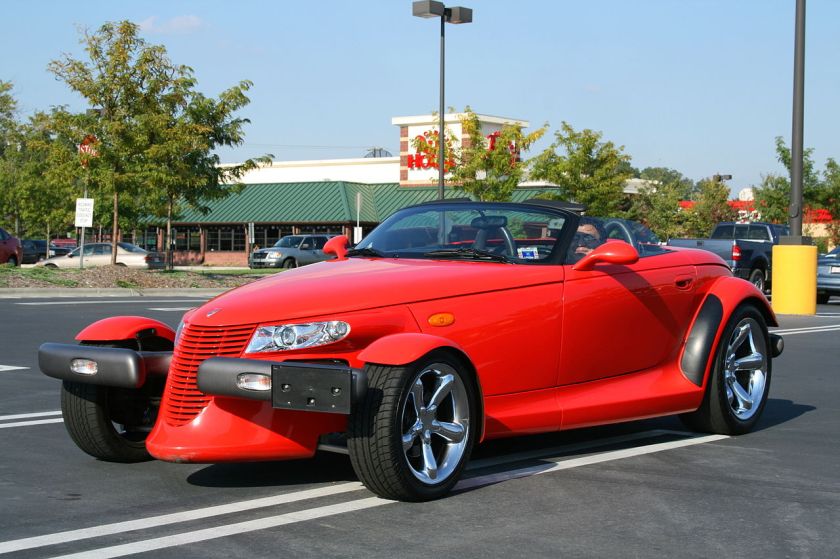
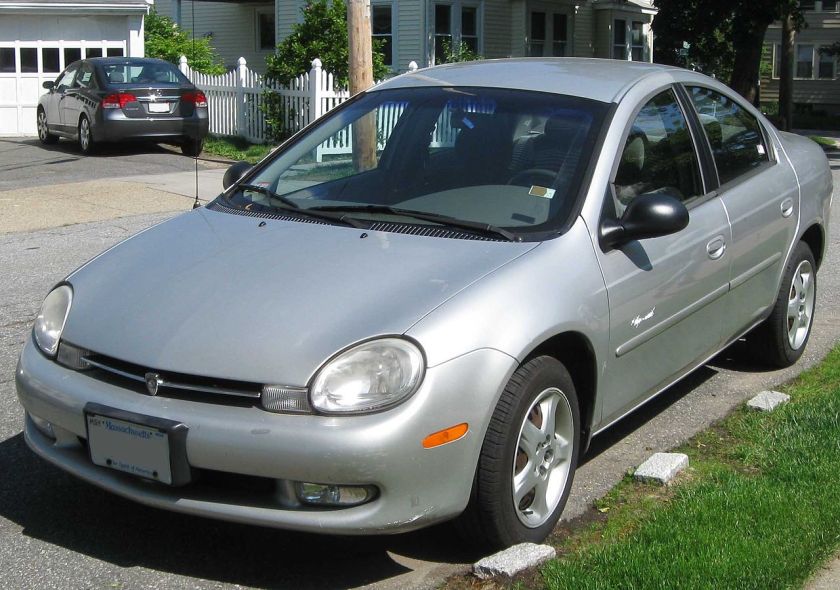
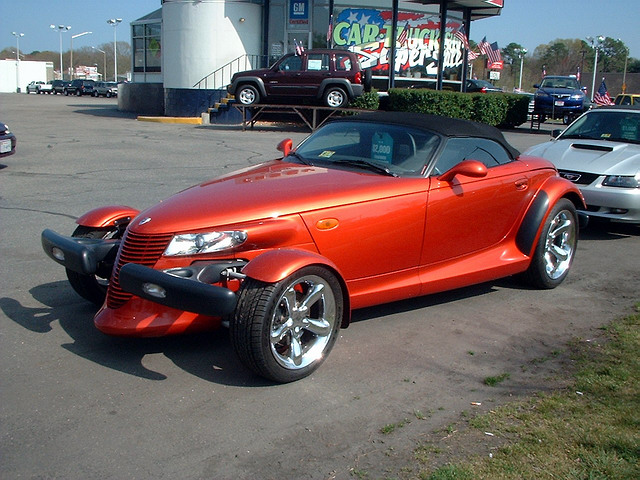
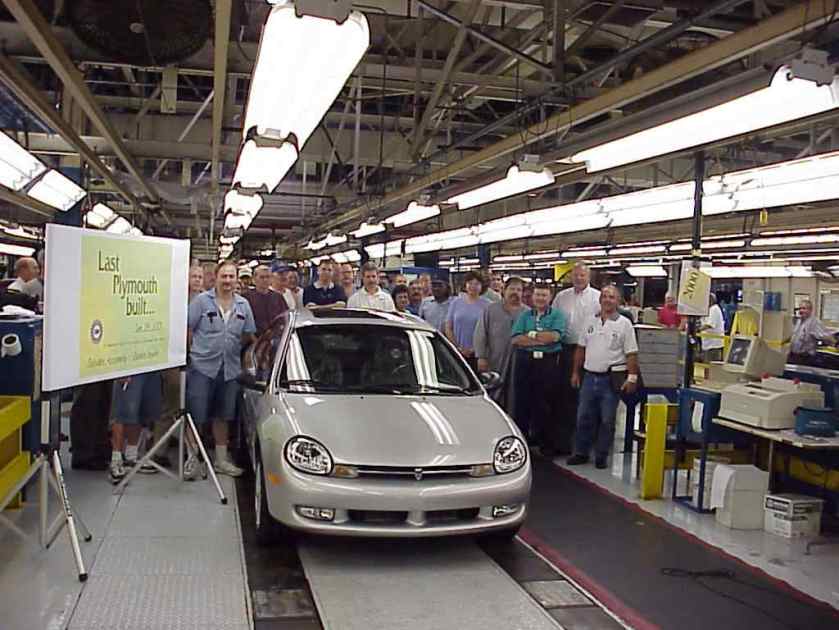
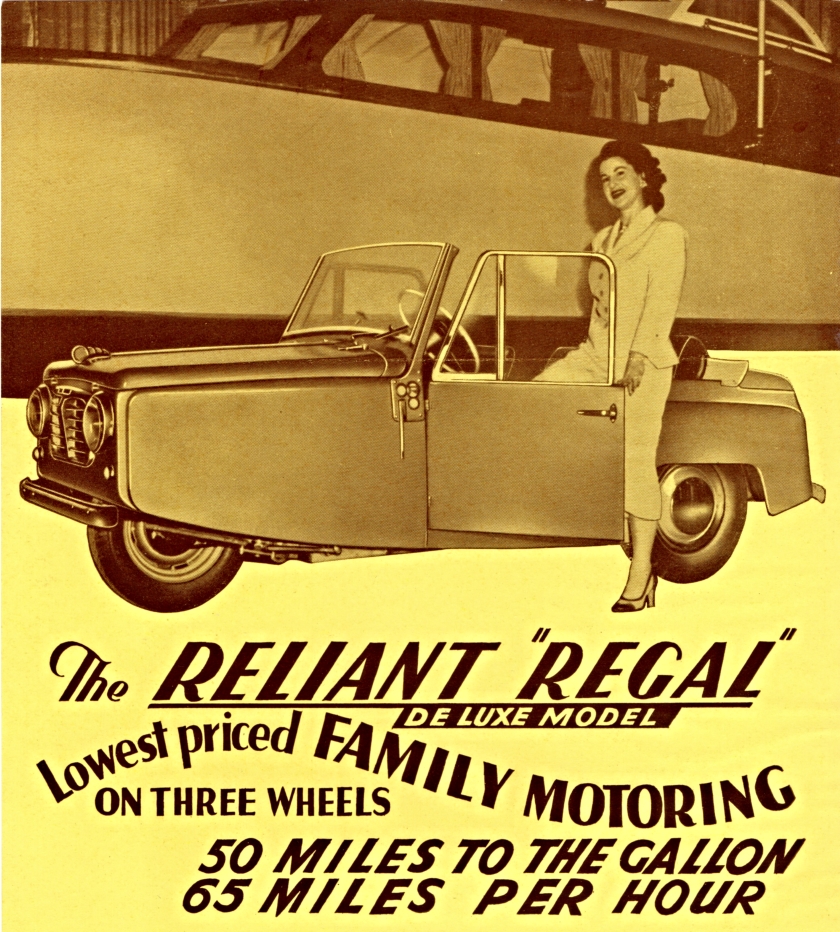
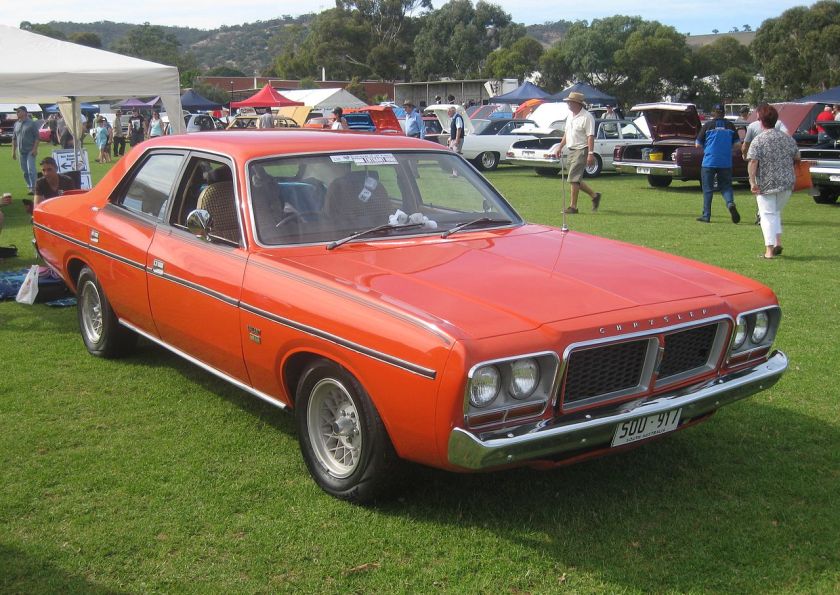
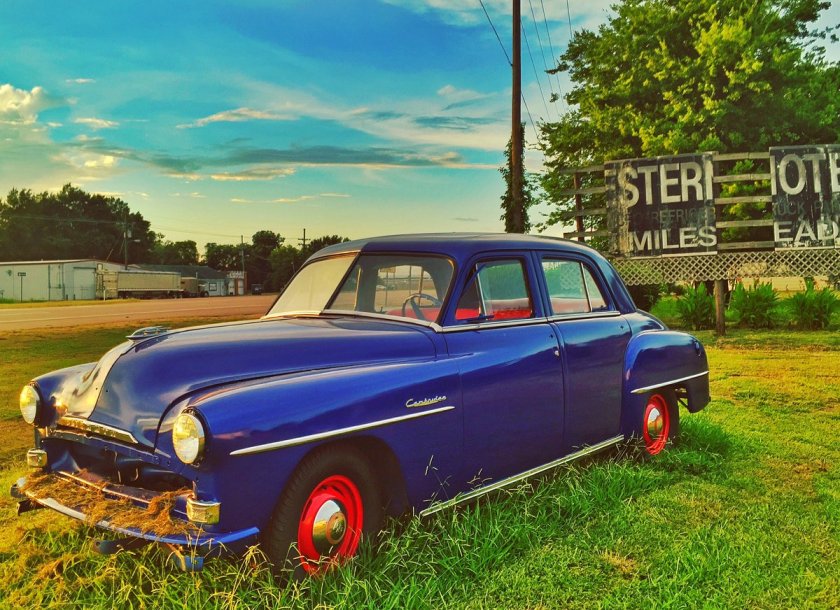
![IMCDb.org 1952 Plymouth Cambridge [P-23] in Bigger Th](https://myntransportblog.wordpress.com/wp-content/uploads/2016/08/imcdb-org-1952-plymouth-cambridge-p-23-in-bigger-th.jpg?w=840)
![IMCDb.org 1952 Plymouth Cambridge [P-23] in Kiss](https://myntransportblog.wordpress.com/wp-content/uploads/2016/08/imcdb-org-1952-plymouth-cambridge-p-23-in-kiss.jpg?w=840)

